You are using an out of date browser. It may not display this or other websites correctly.
You should upgrade or use an alternative browser.
You should upgrade or use an alternative browser.
Reviews by yong_shun
Filters
Show only:
Loading…
yong_shun
1000+ Head-Fier
Pros: High fidelity
Easy to drive
Supreme build quality
Accurate bass
Easy to drive
Supreme build quality
Accurate bass
Cons: High might be too harsh for those who have lower tolerance towards bright sounding
Average isolation
Average isolation
Introduction:
NF Audio is a professional audio company that has quickly made a name for itself in the high-fidelity earphone market. Founded with a passion for music and sound engineering, NF Audio specializes in creating in-ear monitors (IEMs) that deliver exceptional sound quality. Their products are known for their precise acoustic tuning, ergonomic design, and innovative technology. With a commitment to providing audiophile-grade listening experiences at accessible prices, NF Audio continues to gain popularity among music enthusiasts and professionals alike.
One of NF Audio's flagship products is the NM2+, a high-fidelity IEM that redefines the standard of sound quality. The NM2+ features a dual magnetic circuitry with dual cavity designed dynamic driver unit, which delivers a balanced and detailed sound across the frequency range. With a sleek and comfortable design, the NM2+ aim to offer a secure and snug fit for long hours of listening. Whether you are a music lover or a professional musician, the NM2+ could impress you with its immersive and realistic sound reproduction. Let’s find out how the NM2+ perform in this review!

Improvement from predecessor:
The NF Audio NM2+ elevates the listening experience with several enhancements over its predecessor, the NM2. It boasts an advanced dual magnetic circuitry in its dynamic driver unit, preserving the dual cavity design that facilitates superior air pressure management. This innovation leads to a smoother signal flow through the diaphragm, resulting in crisper sound clarity, a robust lower end, and an expanded soundstage. Additionally, the NM2+ delivers improved vocal clarity and range, with more defined imaging, sound separation, and detail, creating a slightly wider soundstage that enhances the overall audio performance.
Build Quality:
The NF Audio NM2+ is praised for its build quality, featuring aluminum shells that are crafted using 5-axis CNC technology for precision. This results in a pair of earphones that are not only aesthetically pleasing but also ergonomic and comfortable to wear. The use of aluminum contributes to their durability while maintaining a lightweight design for user comfort. However, the isolation provided by the earphones is fair, indicating that some external noise may be noticeable during use. Overall, the NM2+ is considered well-built and accessorized for its price range.

Packaging:
The NM2+ comes in a simple and elegant white box that showcases the earphones on the front. Inside the box, there are the following items:
Overall, the packaging of the NM2+ is impressive and generous, offering a variety of accessories and a high-quality presentation for the earphones.

Internals
Building upon the exceptional audio performance of its predecessor, the NM2, NF Audio's NM2+ comes with an enhanced dual magnetic circuit and a dynamic driver unit featuring an innovative dual cavity design. According to NF Audio, this advanced structure allows for more efficient air pressure control, enabling the diaphragm to move swiftly and smoothly. As a result, the sound profile is characterized by sharp clarity, robust bass, and an expansive soundstage.
Overall sound quality
The overall sound quality of the NF Audio NM2+ is highly regarded, particularly for its analytical and neutral sound profile. It is praised for its technical capabilities, offering excellent resolution and note definition. The earphones produce crisp, clear cymbals without smearing, and the bass is described as rhythmic with an above-average speed. The treble is sparkly yet not excessive, contributing to a balanced and detailed listening experience. While the slight energetic midrange might not suit all users, the NM2+ is generally appreciated for its ability to deliver a high-fidelity audio experience that rivals more expensive earphones.

Bass
The bass quality of the NF Audio NM2+ has excellent precision and control. The sub-bass is slightly elevated, providing a satisfying rumble without becoming overbearing, and it maintains good texture and detail even in the lowest frequencies. The roll-off is subtle and only becomes noticeable in the mid 20Hz range, which means the earphones can handle deep bass without distortion or loss of clarity.
Mid-bass is impactful, delivering a solid slam that complements the overall sound signature of the NM2+. The detail and speed in this range are commendable, contributing to a dynamic and engaging listening experience. While the decay on bass notes is sometimes described as slightly exaggerated, it does not detract from the overall quality of the bass response.
Overall, the NM2+ strikes a balance between quantity and quality, offering bass that is articulate and well-presented. It's not designed for those seeking a bass-heavy sound, but rather for listeners who appreciate accuracy and nuance in their music. The bass end of the NM2+ is one of its standout features, representing each note with remarkable precision, making it a great choice for audiophiles who value fidelity in their audio reproduction.

Midrange
The midrange of the NF Audio NM2+ is characterized by its clarity, fidelity, and detail, contributing to a sound signature that is near-neutral with a slight emphasis on upper midrange. This tuning makes the NM2+ an excellent choice for studio reference monitoring, where resolution and low distortion are crucial. The IEMs present a lot of detail with a well-sculpted low end and clear separation of notes.
However, I noticed that the upper midrange are slightly overboosted, making vocals, horns, and strings sound bright and forward. While this enhances clarity, it can also lead to listener fatigue over extended periods. For those who have lower tolerance towards bright sounding IEMs, this part could be a showstopper. Despite this, the NM2+ manages to maintain a wide soundstage, often compared favorably to more expensive IEMs.
The midrange performance of the NM2+ is generally well-received for its ability to convey musical nuances and provide an engaging listening experience. Its soundstage width makes it a strong contender in its price segment among single dynamic driver IEMs. Overall, the NM2+ offers a midrange that balances musicality with precision, suitable for both casual listening and professional use.

Treble
The treble of the NF Audio NM2+ is described as well-controlled, with a resonance that is less peaky compared to its predecessors. This results in a treble that has more air and richness, allowing for a smoother presentation of textural details in music. Albums with intricate high-frequency details are said to have a much richer presence, indicating that the NM2+ does well in reproducing the finer aspects of recordings.
Technical performance in the treble range is commendable, with good resolution and definition. Notes are presented clearly without much mushiness or smearing, which speaks to the NM2+'s ability to handle complex treble passages. The timbre, an important aspect of treble reproduction, is generally good with a slight metallic edge that is not overly pronounced.
While the upper mids are noted to be artificially boosted, leading to a bright and forward presentation that can be tiring over time, this does not seem to significantly affect the overall treble quality. The NM2+ manages to maintain a wide soundstage, which enhances the listening experience by providing a sense of space and separation in the music.
In summary, the NM2+ offers a treble response that balances control with detail, making it suitable for listeners who appreciate a rich and airy high-frequency performance without harshness or excessive brightness.

Comparison
Moondrop Blessing
The NM2+ has a near-neutral sound signature with a slight emphasis on mids and highs, making it an excellent studio reference monitor. It offers a detailed midrange, with a well-controlled treble that provides generous air and richness without being peaky. The bass is described as articulate and controlled, presenting with authority but never muddy or boomy.
On the other hand, The Moondrop Blessing is celebrated for its neutral sound profile, closely following the Harman target curve. It delivers a flat, balanced sound with well-reproduced bass and a detailed mix. The hybrid driver design, featuring dynamic drivers for bass and balanced armature drivers for mids and treble, ensures a smooth and detailed sound. The Blessing series offers a big, cinematic bass and high frequencies that add a blissful shine to the timbre. Overall, it provides an exceptional listening experience with a natural and balanced tuning suitable for a wide range of music genres.
In comparison, while the NM2+ has a more forward upper midrange that can render vocals and instruments with clarity, it may also lead to listener fatigue. The Moondrop Blessing series tends to offer a more balanced approach with less emphasis on the upper mids, potentially making it more suitable for longer listening sessions.
However, I am quite surprised that the fidelity level of NM2+ is same par with Moondrop Blessing. The driver configuration of NM2+ is simpler and the price level is lower too. NM2+ actually can be an alternative to those who are considering Moondrop Blessing but have tighter budget.
Kotori Audio Dauntless
The NM2+ is known for its detailed presentation, with a well-sculpted low end and clear upper mids. It has a forward midrange, particularly in the upper mids, which can render vocals and instruments with clarity but may also be perceived as bright and exhausting over time.
In contrast, the Kotori Audio Dauntless is described as having a slightly beefier lower midrange and bass, providing a fuller sound. It also offers a wider presentation to the staging, giving a more holographic image to the music. The Dauntless is noted for its detailed treble that is bright and well-extended, adding air to the upper range without being overdone.
Choosing between these two would depend on whether you prefer a brighter, more forward midrange (NM2+) or a fuller lower midrange with a wider soundstage (Dauntless).
AAW A3H+
AAW A3H+ is one of my favourite three drivers IEMs. The AAW A3H+ is known for its coherent and detailed soundstage. It delivers a natural and energetic low end that is articulate and accurate. The A3H+ is described as having a V-shaped sound signature that is engaging and dynamic, making it an enjoyable listening experience for hours.
However, in terms of fidelity level, I feel that NM2+ is doing a better job. AAW A3H+ tends to smoothen the upper midrange and treble, to add some warmth to the overall sound signature. Both IEMs offer impressive sound quality, but the choice between them would depend on your preference for either a detailed and high clarity sound (NM2+) or a V-shaped, engaging, and dynamic sound (A3H+).
Conclusion
In summary, the NF Audio NM2+ stands out for its analytical and neutral sound profile, offering an impressive high-fidelity audio experience. The bass is articulate with excellent control, while the midrange shines with clarity and detail, albeit with a slightly forward upper midrange that may not suit all preferences. The treble is smooth and well-defined, contributing to a rich and detailed presentation. Despite some minor quirks in the upper mids and treble, the NM2+ competes with higher-priced IEMs in delivering a balanced and precise sound that will satisfy both audiophiles and professional users alike.
The NF Audio NM2+ is a remarkable achievement for a single dynamic driver IEM, demonstrating how far the technology has advanced in recent years. The sound quality is comparable to some of the best multi-driver IEMs on the market, with a neutral and analytical tuning that reveals every nuance of the music. The NM2+ is not a warm or lush sounding IEM, but rather a transparent and faithful one, delivering a high-resolution and realistic soundstage. I am impressed by the tuning from NF Audio as NM2+ can achieve high fidelity sound reproduction with just a single dynamic driver. It reminds me of many matured brands like Sennheiser and Dita Audio who believe single dynamic driver is sufficiently good to cover the entire audible frequency spectrum. Well done NF Audio!
NF Audio is a professional audio company that has quickly made a name for itself in the high-fidelity earphone market. Founded with a passion for music and sound engineering, NF Audio specializes in creating in-ear monitors (IEMs) that deliver exceptional sound quality. Their products are known for their precise acoustic tuning, ergonomic design, and innovative technology. With a commitment to providing audiophile-grade listening experiences at accessible prices, NF Audio continues to gain popularity among music enthusiasts and professionals alike.
One of NF Audio's flagship products is the NM2+, a high-fidelity IEM that redefines the standard of sound quality. The NM2+ features a dual magnetic circuitry with dual cavity designed dynamic driver unit, which delivers a balanced and detailed sound across the frequency range. With a sleek and comfortable design, the NM2+ aim to offer a secure and snug fit for long hours of listening. Whether you are a music lover or a professional musician, the NM2+ could impress you with its immersive and realistic sound reproduction. Let’s find out how the NM2+ perform in this review!

Improvement from predecessor:
The NF Audio NM2+ elevates the listening experience with several enhancements over its predecessor, the NM2. It boasts an advanced dual magnetic circuitry in its dynamic driver unit, preserving the dual cavity design that facilitates superior air pressure management. This innovation leads to a smoother signal flow through the diaphragm, resulting in crisper sound clarity, a robust lower end, and an expanded soundstage. Additionally, the NM2+ delivers improved vocal clarity and range, with more defined imaging, sound separation, and detail, creating a slightly wider soundstage that enhances the overall audio performance.
Build Quality:
The NF Audio NM2+ is praised for its build quality, featuring aluminum shells that are crafted using 5-axis CNC technology for precision. This results in a pair of earphones that are not only aesthetically pleasing but also ergonomic and comfortable to wear. The use of aluminum contributes to their durability while maintaining a lightweight design for user comfort. However, the isolation provided by the earphones is fair, indicating that some external noise may be noticeable during use. Overall, the NM2+ is considered well-built and accessorized for its price range.

Packaging:
The NM2+ comes in a simple and elegant white box that showcases the earphones on the front. Inside the box, there are the following items:
- a pair of earphones
- a detachable 2-pin cable
- six pairs of silicone eartips (S/M/L)
- a pair of foam eartips
- a carrying case
- a cleaning tool
- a user manual
- a 3.5mm to ¼ inch adaptor
Overall, the packaging of the NM2+ is impressive and generous, offering a variety of accessories and a high-quality presentation for the earphones.

Internals
Building upon the exceptional audio performance of its predecessor, the NM2, NF Audio's NM2+ comes with an enhanced dual magnetic circuit and a dynamic driver unit featuring an innovative dual cavity design. According to NF Audio, this advanced structure allows for more efficient air pressure control, enabling the diaphragm to move swiftly and smoothly. As a result, the sound profile is characterized by sharp clarity, robust bass, and an expansive soundstage.
Overall sound quality
The overall sound quality of the NF Audio NM2+ is highly regarded, particularly for its analytical and neutral sound profile. It is praised for its technical capabilities, offering excellent resolution and note definition. The earphones produce crisp, clear cymbals without smearing, and the bass is described as rhythmic with an above-average speed. The treble is sparkly yet not excessive, contributing to a balanced and detailed listening experience. While the slight energetic midrange might not suit all users, the NM2+ is generally appreciated for its ability to deliver a high-fidelity audio experience that rivals more expensive earphones.

Bass
The bass quality of the NF Audio NM2+ has excellent precision and control. The sub-bass is slightly elevated, providing a satisfying rumble without becoming overbearing, and it maintains good texture and detail even in the lowest frequencies. The roll-off is subtle and only becomes noticeable in the mid 20Hz range, which means the earphones can handle deep bass without distortion or loss of clarity.
Mid-bass is impactful, delivering a solid slam that complements the overall sound signature of the NM2+. The detail and speed in this range are commendable, contributing to a dynamic and engaging listening experience. While the decay on bass notes is sometimes described as slightly exaggerated, it does not detract from the overall quality of the bass response.
Overall, the NM2+ strikes a balance between quantity and quality, offering bass that is articulate and well-presented. It's not designed for those seeking a bass-heavy sound, but rather for listeners who appreciate accuracy and nuance in their music. The bass end of the NM2+ is one of its standout features, representing each note with remarkable precision, making it a great choice for audiophiles who value fidelity in their audio reproduction.

Midrange
The midrange of the NF Audio NM2+ is characterized by its clarity, fidelity, and detail, contributing to a sound signature that is near-neutral with a slight emphasis on upper midrange. This tuning makes the NM2+ an excellent choice for studio reference monitoring, where resolution and low distortion are crucial. The IEMs present a lot of detail with a well-sculpted low end and clear separation of notes.
However, I noticed that the upper midrange are slightly overboosted, making vocals, horns, and strings sound bright and forward. While this enhances clarity, it can also lead to listener fatigue over extended periods. For those who have lower tolerance towards bright sounding IEMs, this part could be a showstopper. Despite this, the NM2+ manages to maintain a wide soundstage, often compared favorably to more expensive IEMs.
The midrange performance of the NM2+ is generally well-received for its ability to convey musical nuances and provide an engaging listening experience. Its soundstage width makes it a strong contender in its price segment among single dynamic driver IEMs. Overall, the NM2+ offers a midrange that balances musicality with precision, suitable for both casual listening and professional use.

Treble
The treble of the NF Audio NM2+ is described as well-controlled, with a resonance that is less peaky compared to its predecessors. This results in a treble that has more air and richness, allowing for a smoother presentation of textural details in music. Albums with intricate high-frequency details are said to have a much richer presence, indicating that the NM2+ does well in reproducing the finer aspects of recordings.
Technical performance in the treble range is commendable, with good resolution and definition. Notes are presented clearly without much mushiness or smearing, which speaks to the NM2+'s ability to handle complex treble passages. The timbre, an important aspect of treble reproduction, is generally good with a slight metallic edge that is not overly pronounced.
While the upper mids are noted to be artificially boosted, leading to a bright and forward presentation that can be tiring over time, this does not seem to significantly affect the overall treble quality. The NM2+ manages to maintain a wide soundstage, which enhances the listening experience by providing a sense of space and separation in the music.
In summary, the NM2+ offers a treble response that balances control with detail, making it suitable for listeners who appreciate a rich and airy high-frequency performance without harshness or excessive brightness.

Comparison
Moondrop Blessing
The NM2+ has a near-neutral sound signature with a slight emphasis on mids and highs, making it an excellent studio reference monitor. It offers a detailed midrange, with a well-controlled treble that provides generous air and richness without being peaky. The bass is described as articulate and controlled, presenting with authority but never muddy or boomy.
On the other hand, The Moondrop Blessing is celebrated for its neutral sound profile, closely following the Harman target curve. It delivers a flat, balanced sound with well-reproduced bass and a detailed mix. The hybrid driver design, featuring dynamic drivers for bass and balanced armature drivers for mids and treble, ensures a smooth and detailed sound. The Blessing series offers a big, cinematic bass and high frequencies that add a blissful shine to the timbre. Overall, it provides an exceptional listening experience with a natural and balanced tuning suitable for a wide range of music genres.
In comparison, while the NM2+ has a more forward upper midrange that can render vocals and instruments with clarity, it may also lead to listener fatigue. The Moondrop Blessing series tends to offer a more balanced approach with less emphasis on the upper mids, potentially making it more suitable for longer listening sessions.
However, I am quite surprised that the fidelity level of NM2+ is same par with Moondrop Blessing. The driver configuration of NM2+ is simpler and the price level is lower too. NM2+ actually can be an alternative to those who are considering Moondrop Blessing but have tighter budget.
Kotori Audio Dauntless
The NM2+ is known for its detailed presentation, with a well-sculpted low end and clear upper mids. It has a forward midrange, particularly in the upper mids, which can render vocals and instruments with clarity but may also be perceived as bright and exhausting over time.
In contrast, the Kotori Audio Dauntless is described as having a slightly beefier lower midrange and bass, providing a fuller sound. It also offers a wider presentation to the staging, giving a more holographic image to the music. The Dauntless is noted for its detailed treble that is bright and well-extended, adding air to the upper range without being overdone.
Choosing between these two would depend on whether you prefer a brighter, more forward midrange (NM2+) or a fuller lower midrange with a wider soundstage (Dauntless).
AAW A3H+
AAW A3H+ is one of my favourite three drivers IEMs. The AAW A3H+ is known for its coherent and detailed soundstage. It delivers a natural and energetic low end that is articulate and accurate. The A3H+ is described as having a V-shaped sound signature that is engaging and dynamic, making it an enjoyable listening experience for hours.
However, in terms of fidelity level, I feel that NM2+ is doing a better job. AAW A3H+ tends to smoothen the upper midrange and treble, to add some warmth to the overall sound signature. Both IEMs offer impressive sound quality, but the choice between them would depend on your preference for either a detailed and high clarity sound (NM2+) or a V-shaped, engaging, and dynamic sound (A3H+).
Conclusion
In summary, the NF Audio NM2+ stands out for its analytical and neutral sound profile, offering an impressive high-fidelity audio experience. The bass is articulate with excellent control, while the midrange shines with clarity and detail, albeit with a slightly forward upper midrange that may not suit all preferences. The treble is smooth and well-defined, contributing to a rich and detailed presentation. Despite some minor quirks in the upper mids and treble, the NM2+ competes with higher-priced IEMs in delivering a balanced and precise sound that will satisfy both audiophiles and professional users alike.
The NF Audio NM2+ is a remarkable achievement for a single dynamic driver IEM, demonstrating how far the technology has advanced in recent years. The sound quality is comparable to some of the best multi-driver IEMs on the market, with a neutral and analytical tuning that reveals every nuance of the music. The NM2+ is not a warm or lush sounding IEM, but rather a transparent and faithful one, delivering a high-resolution and realistic soundstage. I am impressed by the tuning from NF Audio as NM2+ can achieve high fidelity sound reproduction with just a single dynamic driver. It reminds me of many matured brands like Sennheiser and Dita Audio who believe single dynamic driver is sufficiently good to cover the entire audible frequency spectrum. Well done NF Audio!
yong_shun
1000+ Head-Fier
Pros: Great value
Excellent sound quality
Water-resistant
Powerful even in outdoor
Excellent sound quality
Water-resistant
Powerful even in outdoor
Cons: Lack of smartphone application
Where to Buy
You can grab it at following sites:Introduction
EarFun was founded in 2018 by a collection of skilled designers, engineers, and music lovers. They share a goal: to develop next-generation wireless audio devices that incorporate the most cutting-edge technologies to resolve current-generation wireless audio device obstacles.EarFun thinks that technology has the potential to enrich modern lifestyles and seamlessly integrate with our daily activities. Their tagline reinforces this belief, "Better Sound, Better Life." - EarFun.
EarFun includes the latest R&D results into every release, including the UBoom L. Features like Dual Passive Radiators and Dynamic Bass Boost Drivers showcase EarFun's R&D results. They are the selling points for UBoom L.
EarFun's "tradition" has been to surprise its users with all these enhancements in their products. Our objective in this article is to determine whether these enhancements are mere marketing pitches or if they lead to improved performance.

Design
With dimensions of 210 x 78 x 72mm and a weight of 2.1 pounds, the EarFun UBoom L speaker is relatively easy to hold with one hand, even if you have small hands. It is covered in black woven fabric and has a rubbery coating over its frame, providing some additional grip.The UBoom L looks like (almost) any other Bluetooth speaker on the market, which is both good and bad. Unlike other party speakers, there are no flashy light shows or spotlights on the EarFun UBoom L.
You can control the volume, power, Bluetooth, play/pause, and sound modes using the tactile buttons on the top. You can choose between indoor and outdoor modes, the latter of which amplifies bass and improves performance in noisy outdoor settings.
A rubber cover on the back of the device protects the 3.5mm aux input and USB-C port from damage. It does not include a charging plug, but it does include a USB-C cable. Since the EarFun UBoom L is waterproof, you will not have to worry about it getting wet while hiking in adverse weather conditions or even while swimming.
Although the EarFun UBoom L is designed to sit horizontally, it can also be placed vertically on most surfaces. However, from a sound perspective, it is best to keep it horizontal.
The EarFun UBoom L speaker offers up to 16 hours of battery life. This device has a 5,200 mAh battery that will keep you going all day long without any issues. In addition, Bluetooth 5.0 ensured that our connection was never interrupted.

Sound Quality
The EarFun UBoom L features two 55mm drivers and two passive bass radiators. This combination results in a reasonably strong audio experience. Audiophiles passionate about bass will find that the bass response is adequate.You can still benefit from a wide soundstage even with a single speaker. Adding a second speaker will improve the bass and widen the soundstage, but one speaker will still immerse you in the music.
You can hear some detailed mids and crisp trebles with the Indoor mode. It is not harsh in any way. The UBoom L produces the same results when listening to classical music - a smooth, comfortable sound.
The bass is boosted somewhat when you switch to Outdoors mode, so you may choose to do so as needed. It is still possible to hear each note clearly, as this mode ensures you can listen to it above background noise. Since there is no app for tweaking the equalizer, you will have to change modes to customize your listening experience.

Conclusion
It cannot be denied that the EarFun UBoom L speaker is a superb value.Earfun's UBoom L offers excellent sound-per-dollar value, regardless of how you look at it.

Last edited by a moderator:
yong_shun
1000+ Head-Fier
Pros: Excellent midrange clarity and transparency
Precise bass
Well-extended and clean treble
Comfortable fit with great isolation
Affordable price
Precise bass
Well-extended and clean treble
Comfortable fit with great isolation
Affordable price
Cons: Insufficient depth in the soundstage
Lack of sub-bass rumble
Lack of sub-bass rumble
Powered by a single 10mm PU+PEEK composite dynamic driver and tuned for technical listening, the Dauntless render your music with exceptional precision and clarity.
Kotori Audio is a relatively new audio company that started with manufacturing IEM cables. I have auditioned a few of their products and I am glad to have them in the market because they genuinely understand what audiophiles want. They are passionate and implement many creative ideas that no other manufacturers dare to try.Thank you to Ray Tan from Kotori Audio for providing the Dauntless for review purposes. This review is originally published on Headphonesty.
The founder of Kotori Audio, Ray Tan, approached me in October with their first pair of IEMs, the Dauntless. I immediately agreed to provide my honest opinion as I am eager to know what the Dauntless can deliver. Let’s reveal their actual color in this article!

Company Introduction
Kotori Audio is a Singapore-based company founded by Ray Tan, an audiophile and audio hobbyist. Ray can relate to the typical audiophile journey: trying out different products, buying some, regretting a few of them, and accidentally destroying a couple along the way.Looking at the audio industry over the years, Ray feels that many manufacturers are churning out "new" products simply for business gain and profit, without considering the user's needs and wants. With all his experience as a consumer, audiophile, and hobbyist, he founded Kotori Audio to offer products and services that minimize the unpleasant feelings that the current market can create with consumers.
“Here at Kotori audio, we create products for a purpose - to share the joy of the hobby with others.” - Kotori Audio
Technical Specifications
- Form: IEMs
- Drivers: 1 x 10mm dynamic driver with PU+PEEK Composite Membrane (made in Japan)
- Impedance (Ohm): 12.2Ω @1kHz 100dB
- Sensitivity (dB): Not stated
- Frequency Response (Hz): 20 Hz - 20 kHz
- Removable Cable: Y
- Source Jack: 3.5mm
- Cup/Shell Jack: 0.78mm 2-pin
Packaging
I received a pre-release version of the Dauntless, with no outer sleeve. However, I did receive the inner box and complete accessories. The retail version will have a white sleeve covering the inner box.The unboxing experience is relatively straightforward - the Dauntless ships in a black box with a shiny logo. The IEMs are well-protected within the carry case in the box.
In the box
- Dauntless IEMs
- Carry case
- 3 x silicone ear tips (S, M, and L)
- 1 x Ultra-Flexible Cable (3.5mm/ 0.78mm 2-Pin)
- 1 x Carabiner hook
Cable
According to Kotori Audio, the stock cable is named “Ultra-Flexible Cable”. I can confirm that it is supple and does not create significant microphonics when moved around. The only con I can think of is that this white cable may eventually turn yellowish when the outer sleeve gets dirty. Otherwise, the cable is perfect for daily usage.Design
The Dauntless have a semi-custom 3D printed shell using industrial hard-tough resin. The body is then coated with skin-safe lacquer, which gives it a shiny piano-like finish. The overall physical appearance is modern and classy, especially with the silver Kotori Audio logo.The nozzle is averagely long and wide, making it easy for users to source ear tips. The lip on the nozzle could be deeper to better secure the ear tips. I occasionally lose a tip when I remove the IEMs from my ears.
The Dauntless provide excellent isolation and I can happily use them on noisy public transport and most external noises are blocked. Besides splendid isolation, the Dauntless also provide a comfortable fit. Some semi-custom IEMs have extreme insertion, which irritates my ears. I am glad to report that Dauntless do not!
Internals
The Dauntless are powered by a Japanese-made 10mm dynamic driver with a combination polyurethane (PU) and polyetheretherketone (PEEK) composite membrane. The configuration is simple to design, but the sonic quality does rely heavily on the manufacturers’ tuning.Dauntless Sound
The Dauntless sound signature is towards the brighter side, emphasizing the midrange and treble. They remind me of the Campfire Audio Orion, which I like a lot. There are a lot of details delivered by Dauntless, and every piece is handled decently.The Dauntless are a good candidate for entry-level audiophiles looking for a pair of affordable IEMs with clarity.
The soundstage is wide but with average depth due to the lack of extension in the sub-bass. The headroom is more towards planar (two-dimensional) rather than three-dimensional.
Bass
The bass is fast, unlike typical dynamic driver-powered IEMs, which often have slower attack and decay responses. The quick and lean bass makes the Dauntless sound bright and transparent. They do not have much sub-bass extension to create headroom depth, but you can still feel their presence.According to Ray, to achieve the fast response speed using a dynamic driver, they sacrificed including a vent on the shell intended to mitigate driver flex. The driver's response is more immediate by sealing the shell and suffocating the dynamic driver, but bass extension and volume are sacrificed. This tweak is the reason why the Dauntless bass is lean and fast.
Midrange
Thanks to the bass precision, the Dauntless transparently present the midrange. There is no coloration due to bass bleed. The midrange position is slightly forward on the stage, but it is not shouty. The timbre of Dauntless in the mid-frequency is accurate too.The upper midrange is spacious and airy. Despite having more emphasis, the midrange is still comfortable to listen to without fatigue. The presentation is smooth and soft when listening to female vocals. It has good penetration and tickles the eardrums.
I auditioned Adele’s latest album, 30 with the Dauntless. The vocals are presented with a spacious body and preserve sufficient air. The fidelity is outstanding!
Treble
Despite having more upper-frequency focus, the treble is well-handled. I did not experience fatigue from piercing treble or sibilance. This tuning makes the Dauntless a pair of unique IEMs - more like all-rounder single BA IEMs with better detail retrieval capability than typical single dynamic driver IEMs.There is sufficient space and air in the treble to avoid it becoming too “stiff”. The spacious soundstage allows the treble to flow smoothly and comfortably. The treble of the Dauntless has a controlled decay and does not get distorted when reproducing very high frequencies.
Where to Buy
Conclusion
Although they are the first pair of IEMs from Kotori Audio, the Dauntless show a high level of maturity in tuning. Using a dynamic driver, they achieve excellent fidelity through tuning techniques, such as sealing the driver vent. The Dauntless may be the best choice for those looking for a pair of sub-USD$100 IEMs with a bright sound signature and excellent clarity.For those who are considering gaining some experience before entering the high-end portable audio market, I strongly encourage you to try the Dauntless. They are a great low-cost introduction to how high-end IEMs sound!
Last edited:
yong_shun
1000+ Head-Fier
Pros: Excellent build quality with a modern appearance
Powerful bass response
Decent wearing comfort
Lush and warm midrange
Smooth treble
High-quality stock cable
Can be easily driven for portable usage
Sturdy storage case
Powerful bass response
Decent wearing comfort
Lush and warm midrange
Smooth treble
High-quality stock cable
Can be easily driven for portable usage
Sturdy storage case
Cons: Ear cups are smaller
Headband size is small
Average detail retrieval capability
Headband size is small
Average detail retrieval capability
The Phoenix are perfect for bass enthusiasts who appreciate good midrange performance and a roomy soundstage.
Disclaimer: This article is originally posted on Headphonesty. Thank you to Collin Yang from Sivga for providing the Phoenix for review purposes.
The Phoenix are the latest open-back over-ear headphones from Sivga powered by an in-house designed 50mm dynamic driver. Exhibiting the same design signature of their other releases, the Phoenix feature superb zebrawood ear cups. The Phoenix’s position in Sivga’s line-up is just below the top-of-the-line (TOTL) planar magnetic P-II headphones, as such, we can consider the Phoenix as Sivga’s current high-end dynamic driver model.

The team in Sivga has rich experience and in-depth technology background in this industry. From raw materials to the end-products, Sivga is dedicated to presenting an extraordinary experience to their customers by upholding the highest levels during the entire production procedure.
On the back of the box, the technical specifications are printed in Chinese and English. The tagline of Sivga is printed on the back of the box as well - “Created with Craftsman Spirit.”
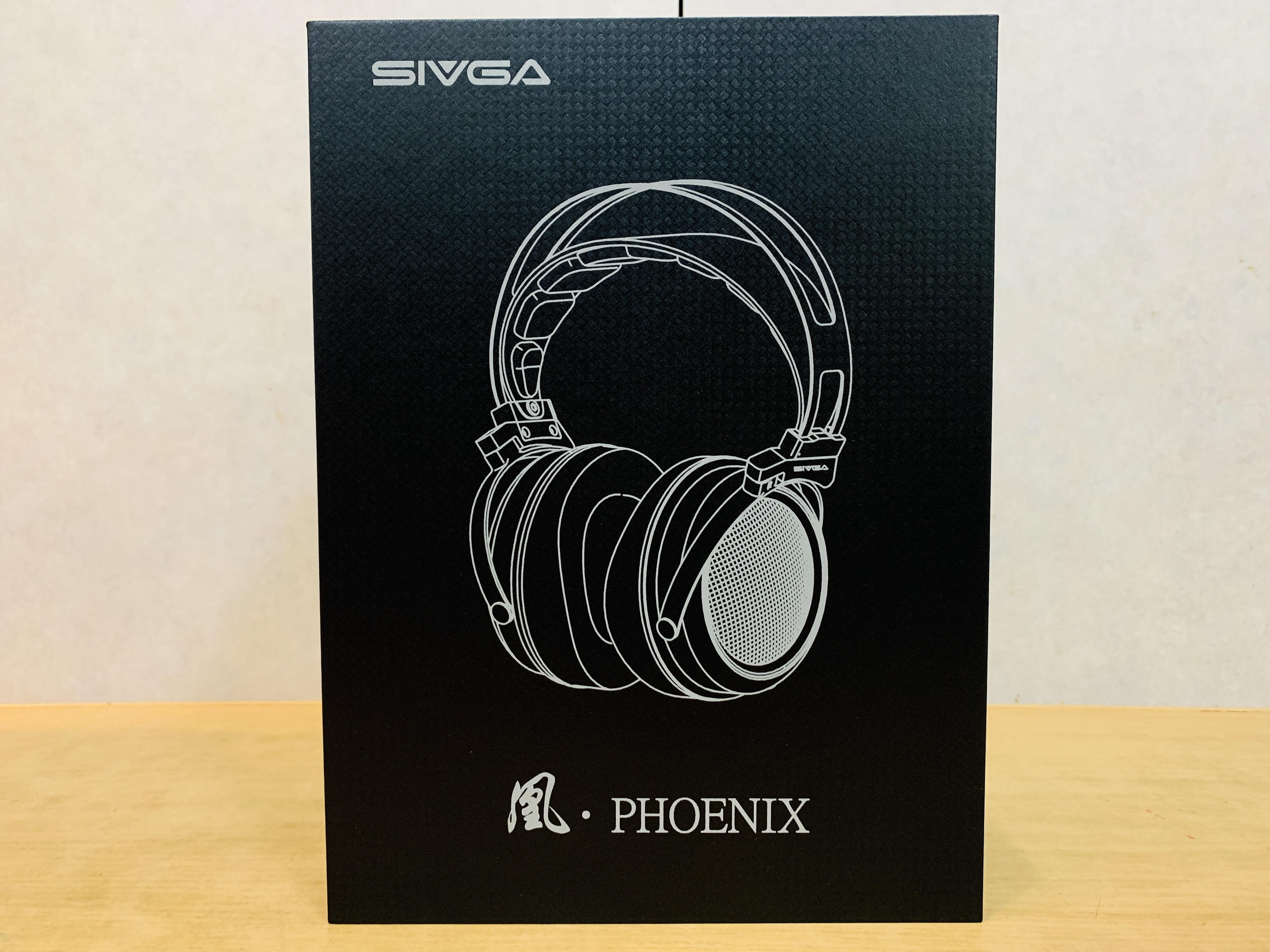
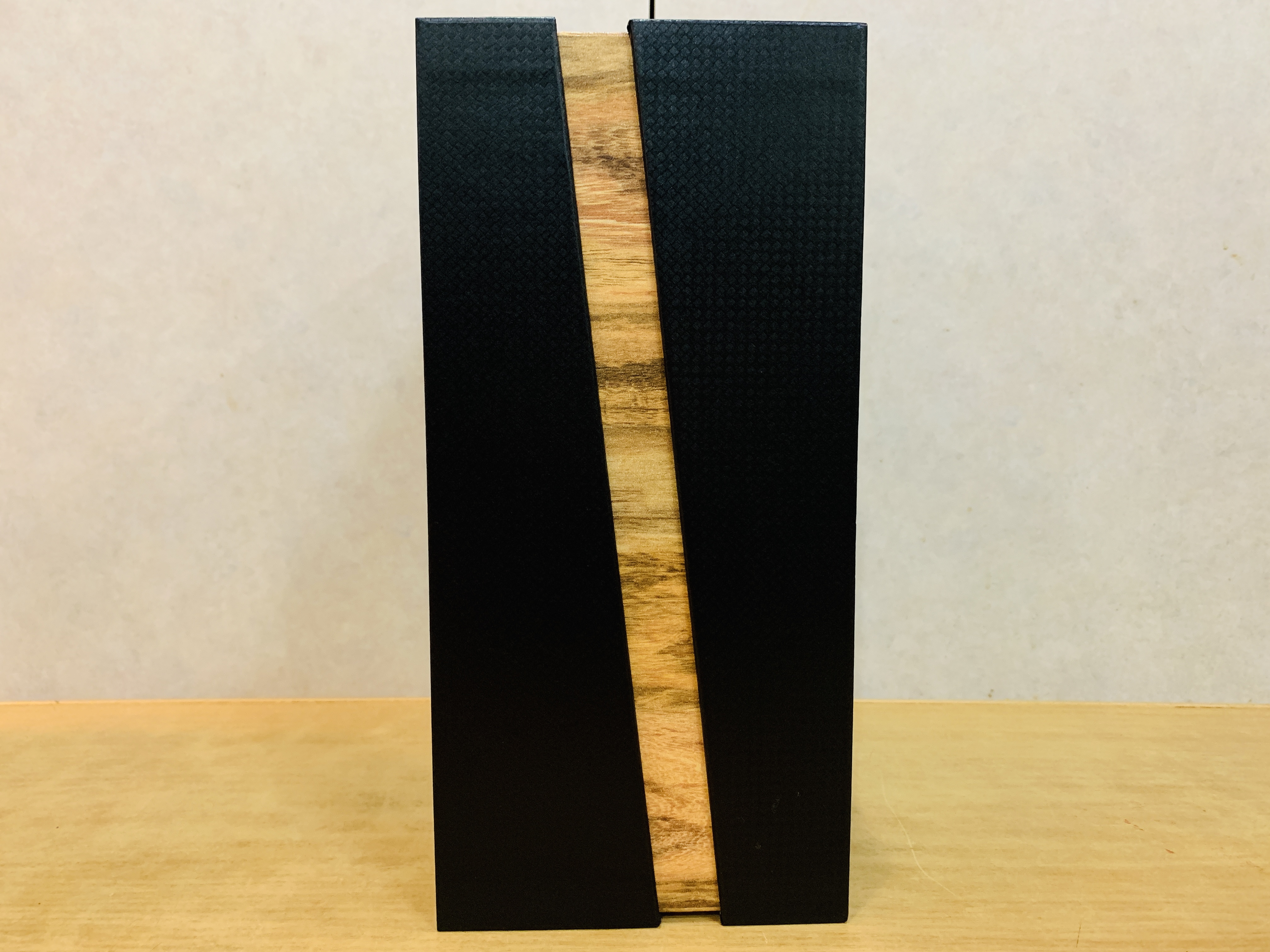

There’s a hard storage case included in the box. I love this accessory because the hard case can provide ample protection for the headphones. The inclusion of the hard case is one of the biggest differences as compared to the Robin.
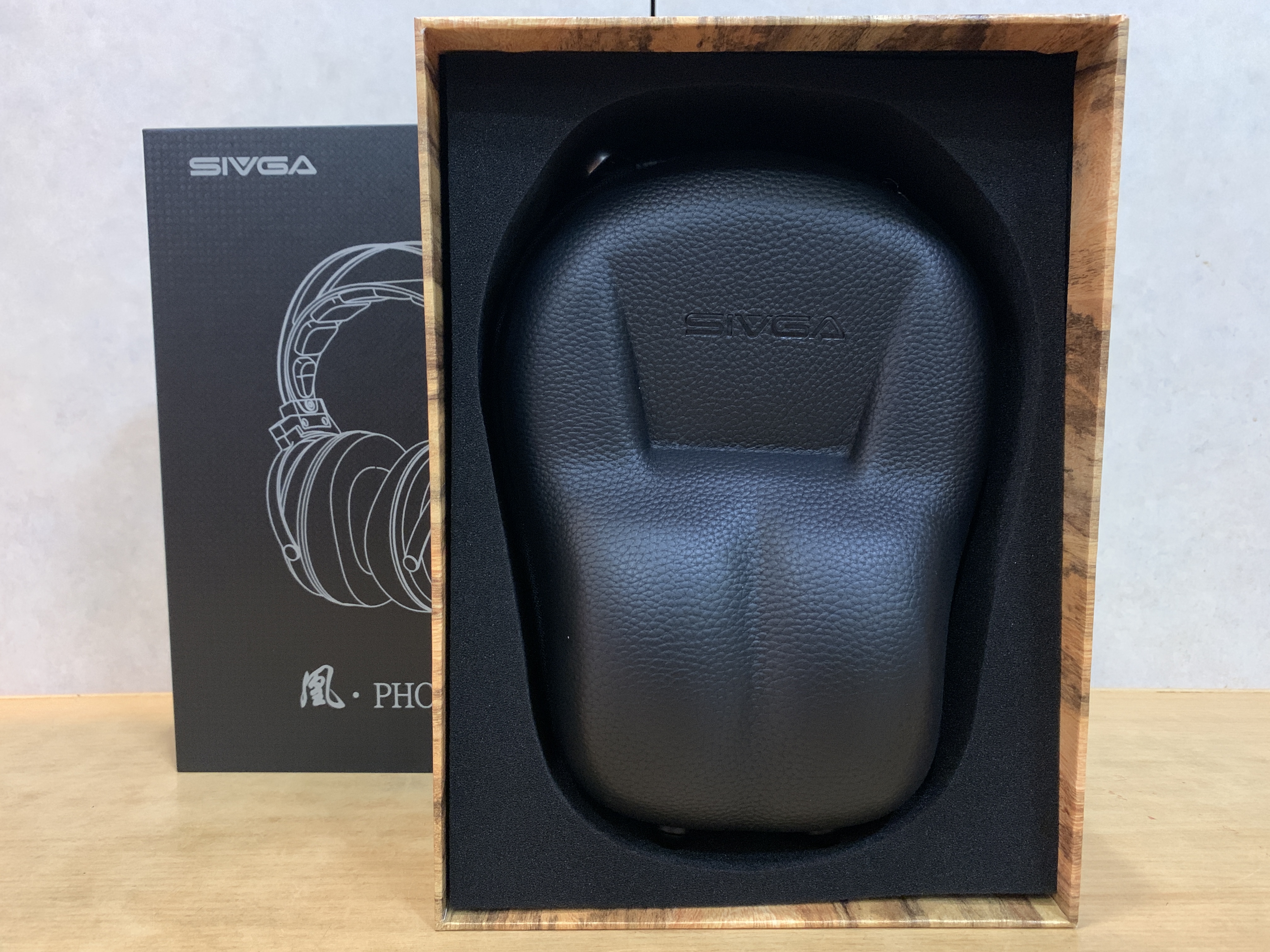
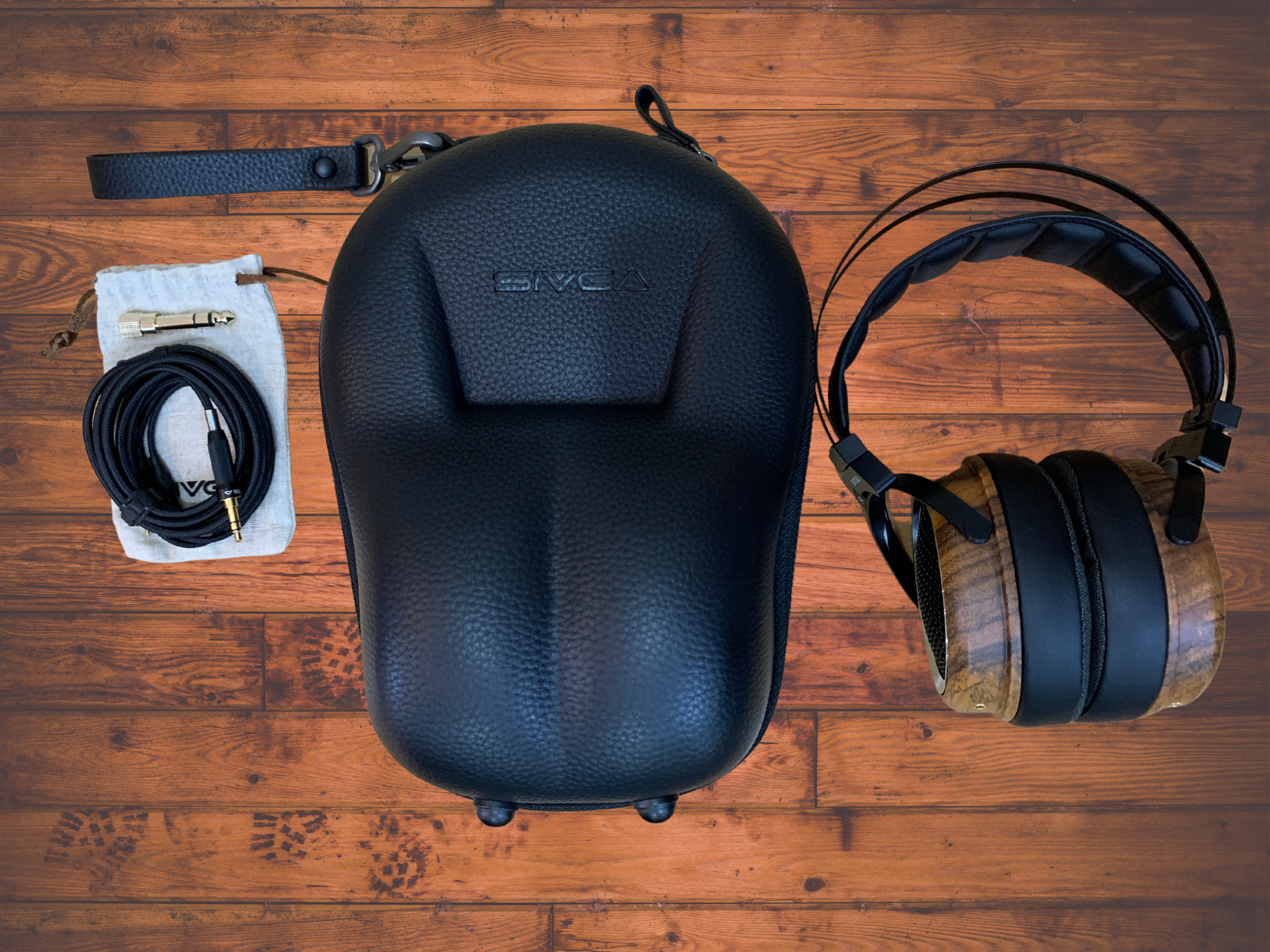
The stock cable’s length is 1.6m. This length is perfect for desktop usage as the Phoenix are open-back headphones, and as a result, not very suitable for portable use.
 [IMG alt="To reduce the strain stress exerted on the 3.5mm jack, Sivga includes a spring as strain-relief to improve overall durability.
[IMG alt="To reduce the strain stress exerted on the 3.5mm jack, Sivga includes a spring as strain-relief to improve overall durability.
"]https://lh6.googleusercontent.com/Z...d7LEsETq39AXhP7EKvoI8nSMB9DLpYiKyGlt=s0[/IMG]

The headband is made of computer numerical control (CNC) machined aluminum to ensure a smooth finish without any rough edges. The Phoenix use an adjustable headband strap, similar to what is commonly found on AKG’s headphones. I find that this type of design exerts less force on my head while wearing them, yielding a more comfortable listening experience.

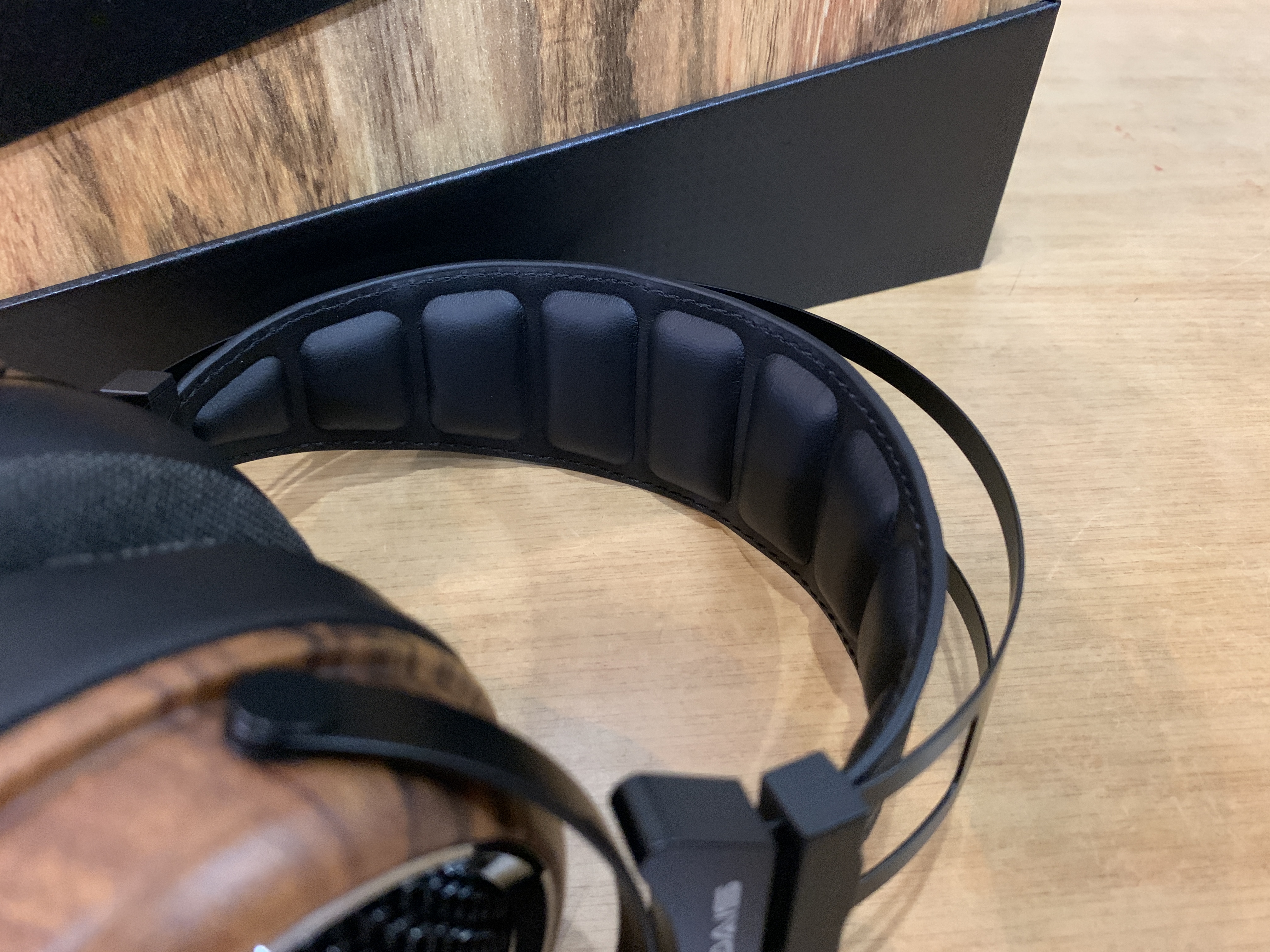
The Phoenix include hybrid ear pads - the side of the ear pad is made of leather while the center is made of fabric. Hybrid ear pads tend to provide good isolation while maintaining a high level of comfort for users. The fabric material in the inner side provides a breathable surface which reduces heat accumulation in the ear cups.
[IMG alt="The velour material on the inner side is breathable.
"]https://lh3.googleusercontent.com/M...iTKzCI3NPtJqQwFEPJ7YXMrcabccU-5nrorE=s0[/IMG]
The adjustable headband strap is well padded and distributes the weight of the headphones evenly on my head. I do not feel any hotspot pressure even after long hours of wearing, although I do need to extend the headband strap to the maximum length in order to fit my head.
The Phoenix may not be spacious enough for users with extremely large heads or ears.
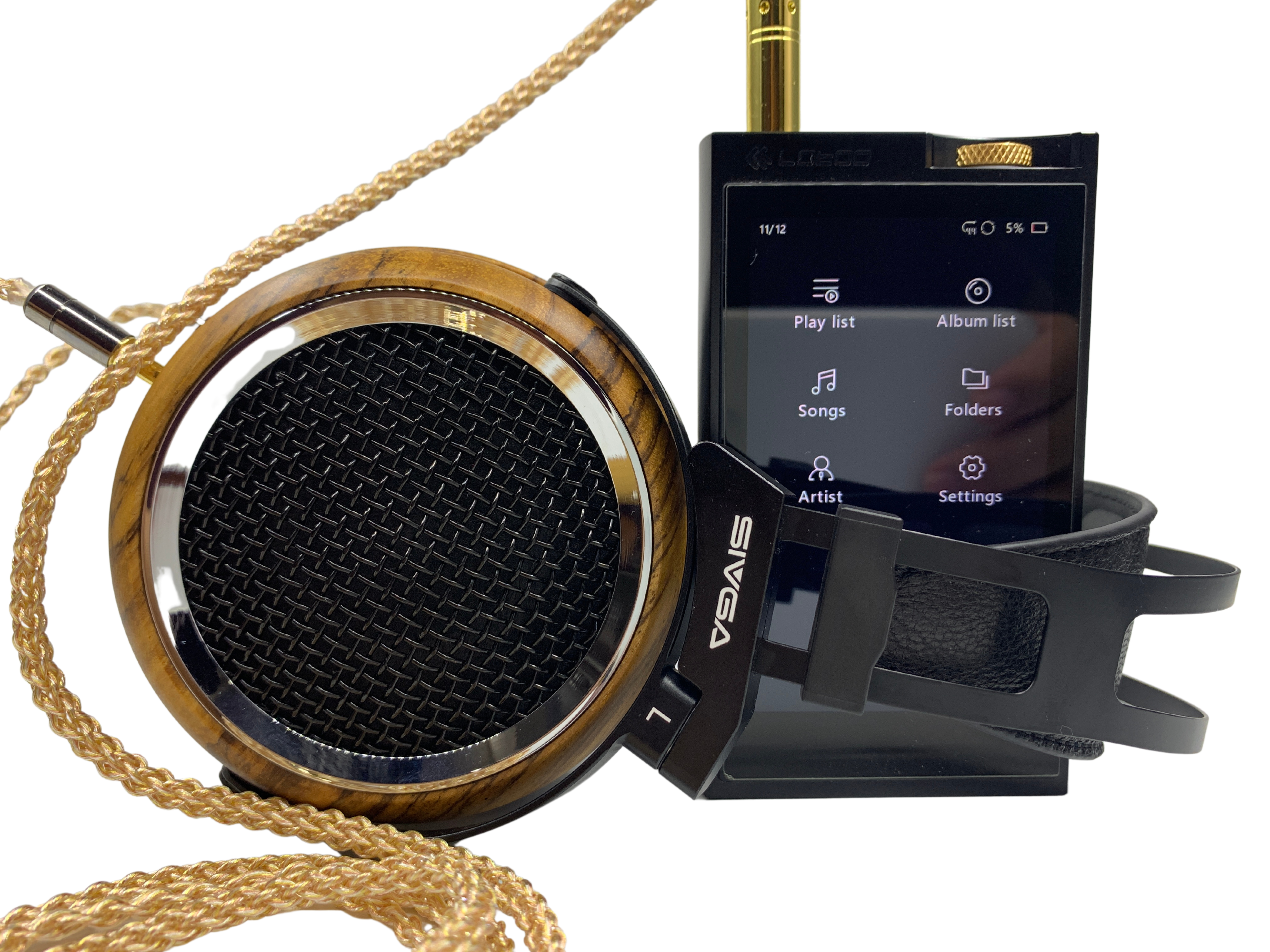
The sound signature of the Phoenix can be classified as warm and lush. They have more emphasis on the bass and midrange frequencies, creating a smooth and comfortable listening experience. The soundstage of Phoenix is about average, positioned slightly forward to create better engagement with the listener. Thanks to the warm sound signature, the forward-positioned stage does not create fatigue after long listening sessions.
With an adequate amount of expansion in each axis, they provide users with an experience of three-dimensional headroom. Compared to the closed-back Robin, the soundstage seems to be smaller, despite that the Phoenix are open-back. This impression could be due to the Phoenix’s fuller presentation as compared to the Robin’s more lean sound.
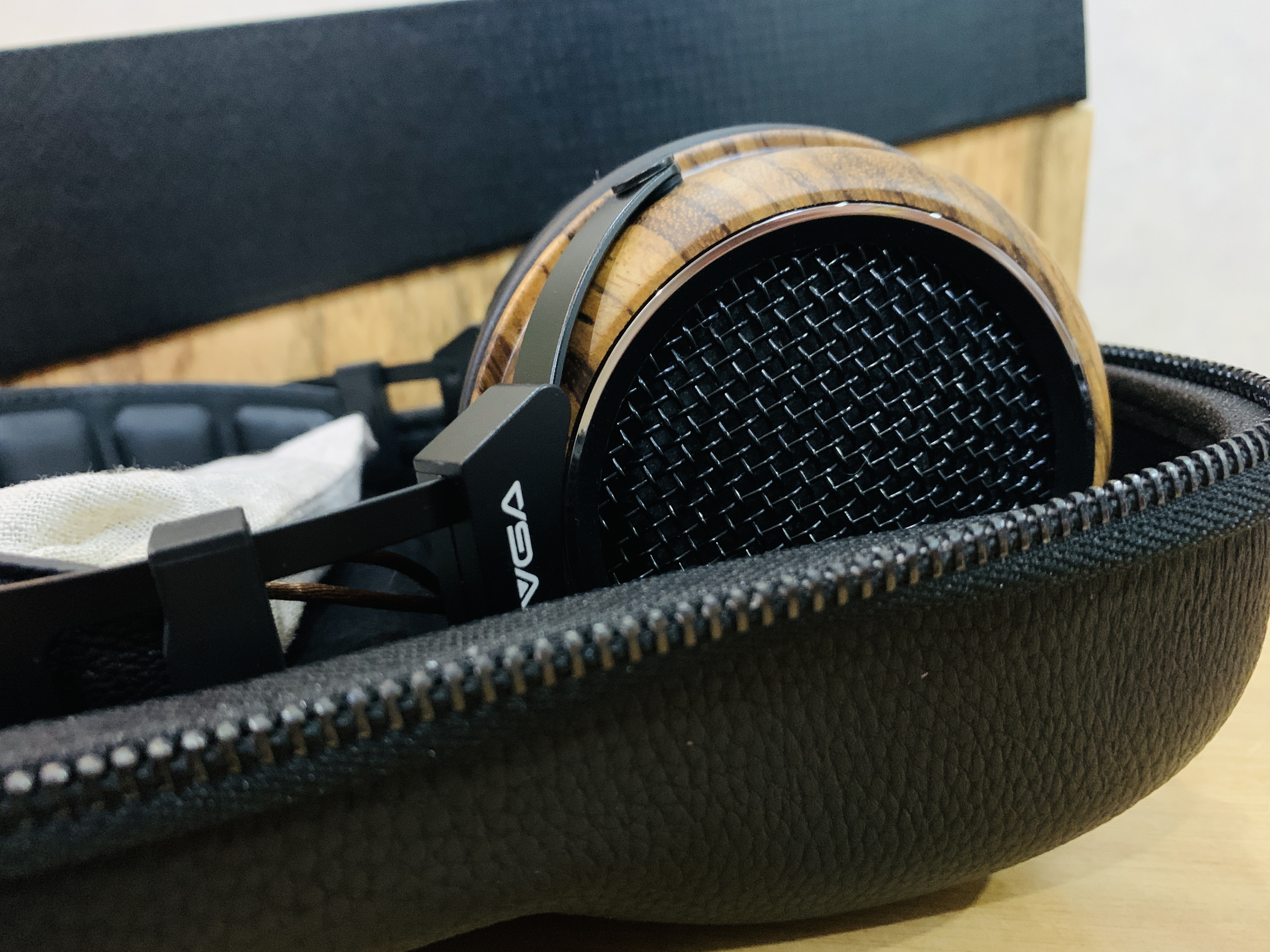
Moving to the mid-bass, there is a slight hump which further enhances the warmth of the overall presentation. To prevent bass spilling up into the midrange, the upper-bass region is more politely tuned, with more agile decay. I am not a bass-head audiophile and I like the Phoenix’s bass tuning - they are fun and musical to listen to, without affecting the performance of the midrange and treble.

The midrange separation and layering is decent. Instruments do not collide with vocals in tracks, and they complement each other. As compared to the bass, the midrange is positioned slightly recessed and the notes are leaner.
This tuning is reasonable as pushing every spectrum forward and making every note thick will definitely cause shouty and congested performance. Sivga shows their maturity in tuning here.
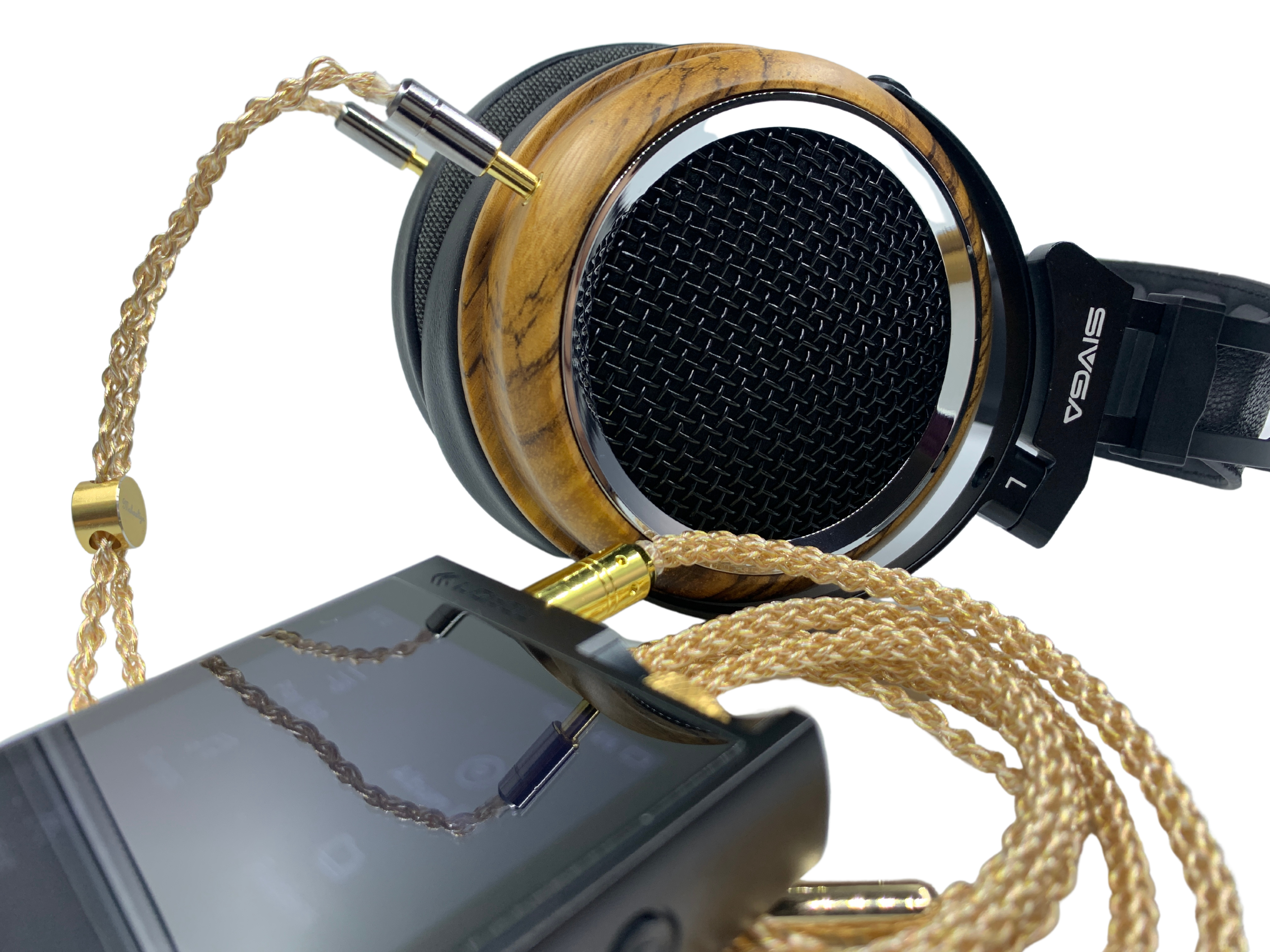
The Phoenix are lush and warm sounding, without a heavy emphasis on detail retrieval for monitoring usage. They are a comfortable and enjoyable pair of headphones for casual listening.
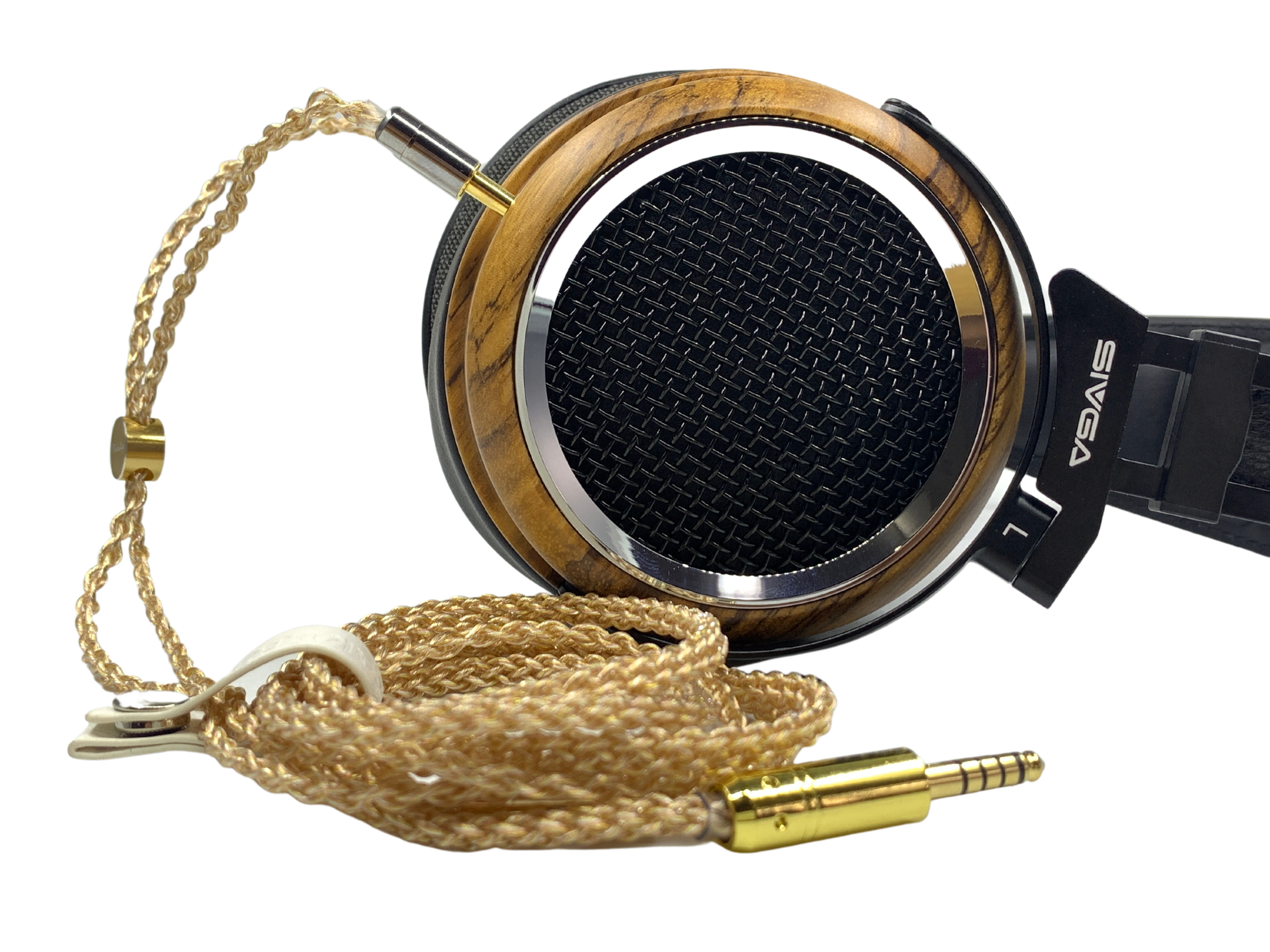
In terms of comfort, the ear cups of the HD600 are friendlier for my big ears. However, the headband of the HD600 gives me some hotspot pressure. Overall, I find the Phoenix to be more comfortable for long listening.
Sonically, the HD600 are more transparent and uncolored as compared to the warmly-tuned Phoenix. The detail retrieval capability of the HD600 tends to be better too. However, the Phoenix’s lush sound signature makes me listen to them longer, and the HD600 sound analytical and dry in comparison. I use them for different purposes - the HD600 are a better candidate for monitoring, while Phoenix are more suitable for casual listening. They have their own strengths and I will not claim which is superior.
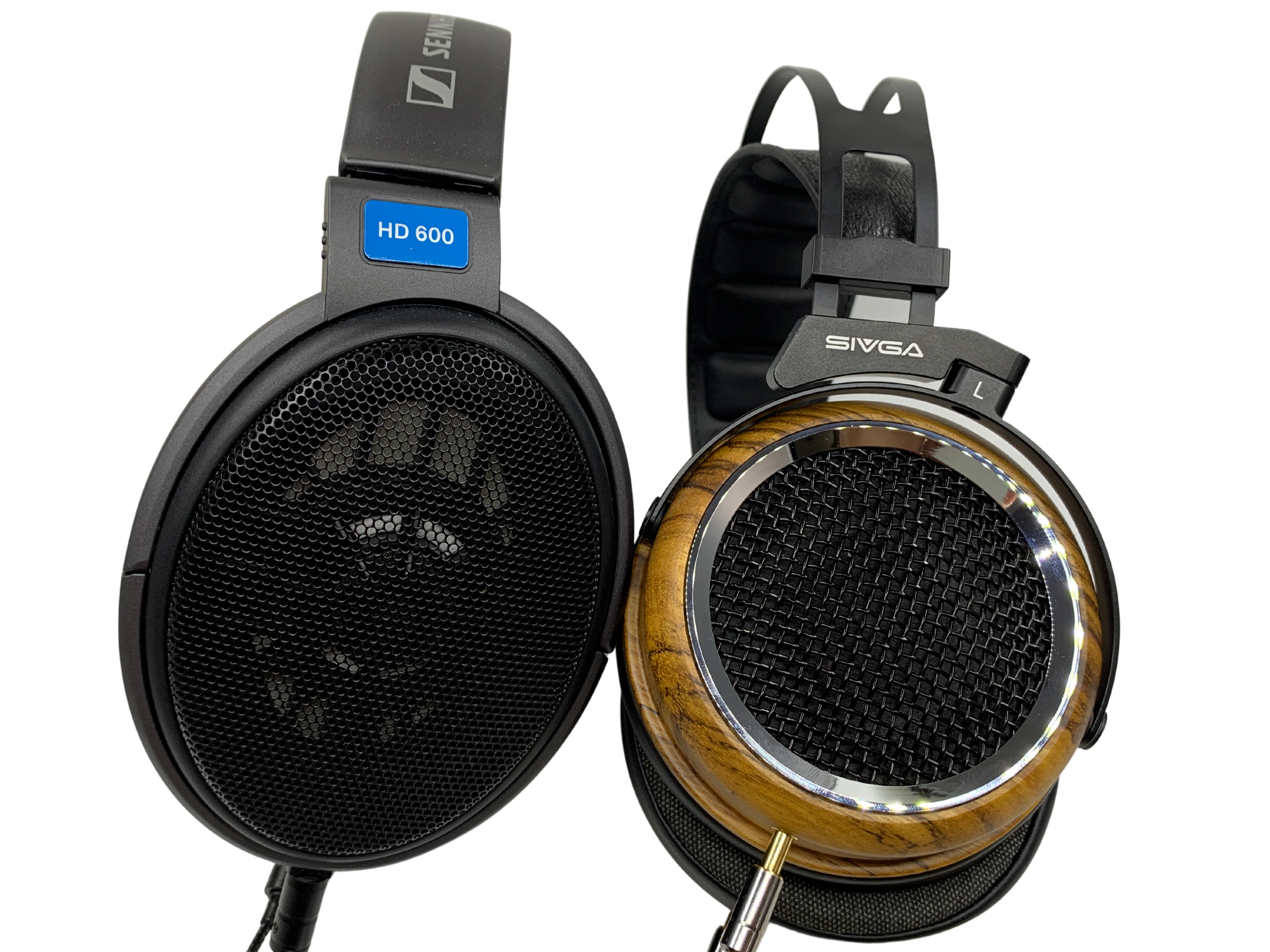
For those who are looking for a pair of open-back audiophile headphones with good bass emphasis and a warm sound signature, the Sivga Phoenix should be on your list. Sivga shows their maturity in tuning, once again, with the Phoenix.

Disclaimer: This article is originally posted on Headphonesty. Thank you to Collin Yang from Sivga for providing the Phoenix for review purposes.
The Phoenix are the latest open-back over-ear headphones from Sivga powered by an in-house designed 50mm dynamic driver. Exhibiting the same design signature of their other releases, the Phoenix feature superb zebrawood ear cups. The Phoenix’s position in Sivga’s line-up is just below the top-of-the-line (TOTL) planar magnetic P-II headphones, as such, we can consider the Phoenix as Sivga’s current high-end dynamic driver model.
Company Overview
Sivga was established in Dongguan city, China in 2016. Being a comprehensive enterprise, Sivga integrates research and design (R&D) with production and customer service. Their main focus is on innovating and producing high-quality headphones to meet the needs of the high-end audiophile community.The team in Sivga has rich experience and in-depth technology background in this industry. From raw materials to the end-products, Sivga is dedicated to presenting an extraordinary experience to their customers by upholding the highest levels during the entire production procedure.
Technical Specifications
- Form: Open-back headphones
- Drivers: 1 x 50mm dynamic driver with a polycarbonate (PC) diaphragm
- Impedance (Ohms): 32 Ohms
- Sensitivity (dB): 103 dB ± 3 dB
- Frequency Response (Hz): 20 Hz - 20 kHz
- Removable Cable: Y
- Source Jack: 3.5mm
- Cup/Shell Jack: 2.5mm dual-mono jack
- Mic: N
- Weight (g): 296g
Packaging
The unboxing experience of the Phoenix is unquestionably delightful, just like unboxing the Sivga Robin, which I previously reviewed. The packaging of the Phoenix is also similar to the Robin - the headphones are well-packaged in a black box, with the brand and model name printed on the front.On the back of the box, the technical specifications are printed in Chinese and English. The tagline of Sivga is printed on the back of the box as well - “Created with Craftsman Spirit.”
There’s a hard storage case included in the box. I love this accessory because the hard case can provide ample protection for the headphones. The inclusion of the hard case is one of the biggest differences as compared to the Robin.
In the box
- Sivga Phoenix headphones
- Detachable cable (1.6m)
- Hard leather headphone storage case
- 3.5mm to 6.35mm conversion adaptor
- Soft pouch for cable and adaptor
Cable
Similar to the Robin, the Phoenix come with a detachable cable, terminated with a 3.5mm unbalanced plug. On the headphone side, Sivga uses 2.5mm dual-mono tip-sleeve (TS) jacks (this type of connection is used by HiFiMan on their older HE4XX and Audioquest Nighthawk). The cable is well insulated with an outer layer of black-colored fabric. To reduce the strain on the 3.5mm plug, Sivga includes a spring to improve overall durability.The stock cable’s length is 1.6m. This length is perfect for desktop usage as the Phoenix are open-back headphones, and as a result, not very suitable for portable use.
"]https://lh6.googleusercontent.com/Z...d7LEsETq39AXhP7EKvoI8nSMB9DLpYiKyGlt=s0[/IMG]
Design
As mentioned in the introduction, the Phoenix exhibit Sivga’s design signature of using eye-catching zebrawood ear cups. A stainless steel grill is located in the center of the ear cups, a style that reminds me of the Audeze LCD-3. Unlike the LCD-3 or Robin, the zebrawood ear cups have a matte finish, instead of shiny gloss, which I prefer because it does not show fingerprints.The headband is made of computer numerical control (CNC) machined aluminum to ensure a smooth finish without any rough edges. The Phoenix use an adjustable headband strap, similar to what is commonly found on AKG’s headphones. I find that this type of design exerts less force on my head while wearing them, yielding a more comfortable listening experience.
The Phoenix include hybrid ear pads - the side of the ear pad is made of leather while the center is made of fabric. Hybrid ear pads tend to provide good isolation while maintaining a high level of comfort for users. The fabric material in the inner side provides a breathable surface which reduces heat accumulation in the ear cups.
[IMG alt="The velour material on the inner side is breathable.
"]https://lh3.googleusercontent.com/M...iTKzCI3NPtJqQwFEPJ7YXMrcabccU-5nrorE=s0[/IMG]
Comfort
As mentioned in my previous review of the Robin, I am not a frequent full-sized headphone user because the majority of headphone ear cups are too small for me. The Phoenix’s round-shaped ear cups house my big ears well without causing irritation. For those with really big ears, the Phoenix’s ear cups might not be quite roomy enough.The adjustable headband strap is well padded and distributes the weight of the headphones evenly on my head. I do not feel any hotspot pressure even after long hours of wearing, although I do need to extend the headband strap to the maximum length in order to fit my head.
The Phoenix may not be spacious enough for users with extremely large heads or ears.
Internals
The Phoenix’s drivers are specifically designed in-house with a 3mm high-performance rubidium iron boron magnet to provide high magnetic flux. The voice coil in each driver unit is composed of a copper-clad aluminum wire which is light in weight to provide higher sensitivity and a wider dynamic range. The diaphragm is made of a polycarbonate structure that restricts any deformations as the diaphragm moves.Phoenix Sound
To analyze the sound quality of the Phoenix, I mainly used my desktop setup - a Topping E30 DAC with iFi Audio Zen Can amplifier. The Phoenix are highly efficient and can be easily driven with portable DAPs such as my Lotoo PAW6000. However, similar to most dynamic-driver powered headphones or IEMs, a better (stronger) power output from the source is definitely favorable to the Phoenix’s sonic performance.The sound signature of the Phoenix can be classified as warm and lush. They have more emphasis on the bass and midrange frequencies, creating a smooth and comfortable listening experience. The soundstage of Phoenix is about average, positioned slightly forward to create better engagement with the listener. Thanks to the warm sound signature, the forward-positioned stage does not create fatigue after long listening sessions.
With an adequate amount of expansion in each axis, they provide users with an experience of three-dimensional headroom. Compared to the closed-back Robin, the soundstage seems to be smaller, despite that the Phoenix are open-back. This impression could be due to the Phoenix’s fuller presentation as compared to the Robin’s more lean sound.
Bass
The Phoenix’s bass response is full and thick. The sub-bass extends deeply, creating a good rumble. The decay speed is slower, which contributes to the warmth in the overall presentation. The Phoenix are at the brink of being bass-head headphones like the Campfire Audio Cascade. Despite having a “rumble-full’ sub-bass, the layering between bass and the rest of the frequency spectrum has been done well. The power of the sub-bass does not overshadow higher frequencies.Moving to the mid-bass, there is a slight hump which further enhances the warmth of the overall presentation. To prevent bass spilling up into the midrange, the upper-bass region is more politely tuned, with more agile decay. I am not a bass-head audiophile and I like the Phoenix’s bass tuning - they are fun and musical to listen to, without affecting the performance of the midrange and treble.
Midrange
The Phoenix have a smooth and lush midrange that is easy to listen to. The coloration in the Phoenix’s midrange and overall tonality does not deviate from “sounding right”, and the Phoenix position themselves away from midrange dryness by incorporating the warmth from the bass to enhance emotional delivery.The midrange separation and layering is decent. Instruments do not collide with vocals in tracks, and they complement each other. As compared to the bass, the midrange is positioned slightly recessed and the notes are leaner.
This tuning is reasonable as pushing every spectrum forward and making every note thick will definitely cause shouty and congested performance. Sivga shows their maturity in tuning here.
Treble
The treble receives the least emphasis from the Phoenix. The body is lean, however, the treble is still crisp and energetic, with sufficient presence in the overall presentation. The lack of emphasis in the treble slightly degrades the detail retrieval capability of the Phoenix and pulls back the overall openness (airiness).The Phoenix are lush and warm sounding, without a heavy emphasis on detail retrieval for monitoring usage. They are a comfortable and enjoyable pair of headphones for casual listening.
Comparison
Sennheiser HD600
The Sennheiser HD600 have been well received by the audiophile community since 1997 when they first launched. In terms of physical appearance, the HD600 preserve a more low-profile plastic look, while the Phoenix design is definitely more eye-catching.In terms of comfort, the ear cups of the HD600 are friendlier for my big ears. However, the headband of the HD600 gives me some hotspot pressure. Overall, I find the Phoenix to be more comfortable for long listening.
Sonically, the HD600 are more transparent and uncolored as compared to the warmly-tuned Phoenix. The detail retrieval capability of the HD600 tends to be better too. However, the Phoenix’s lush sound signature makes me listen to them longer, and the HD600 sound analytical and dry in comparison. I use them for different purposes - the HD600 are a better candidate for monitoring, while Phoenix are more suitable for casual listening. They have their own strengths and I will not claim which is superior.
Where to Buy
Verdict
The Phoenix’s warm and lush sound signature, premium zebrawood ear cups, and exceptional comfort are their primary selling points. Personally, I would like to applaud Sivga for making its stance clear when creating the Phoenix - to provide consumers with an enjoyable listening experience. The end result is extraordinarily pleasing!For those who are looking for a pair of open-back audiophile headphones with good bass emphasis and a warm sound signature, the Sivga Phoenix should be on your list. Sivga shows their maturity in tuning, once again, with the Phoenix.
yong_shun
1000+ Head-Fier
Pros: Excellent build quality with modern physical appearance
Precise bass response
Decent wearing comfort
Transparent and natural mids
Well extended highs
High-quality stock cable
Can be easily driven for portable usage
Precise bass response
Decent wearing comfort
Transparent and natural mids
Well extended highs
High-quality stock cable
Can be easily driven for portable usage
Cons: The stock cable is too long for portable use
Hemp storage pouch does not protect headphones
Hemp storage pouch does not protect headphones
Disclaimer: This article is originally posted on Headphonesty. Thank you to Collin Yang from Sivga for providing the Robin (SV021) for review purposes.
Sivga continues to live up to their motto of ‘craftsman spirit’ with their latest release of the Robin, closed-back headphones with wooden ear cups finished to a piano gloss.
The Robin are the latest closed-back headphones from Sivga. Similar to some of Sivga’s other models, the Robin feature wooden ear cups with a high gloss piano finish and metal headband. This is indeed a combination of classic and modern design, giving the Robin a unique appearance.
The Robin are powered by a pair of high-efficiency, in-house designed, 50mm dynamic drivers. Sivga designed the closed-back Robin to be easily driven to enhance their portability. Sivga uses both the name Robin and the model number SV021 interchangeably. To avoid confusion, I will use the model name, Robin, for this review.
Company Overview
Sivga was established in Dongguan city, China in 2016. Being a comprehensive enterprise, Sivga integrated research and design (R&D) with production and customer service. Their main focus is on innovating and producing high-quality headphones to meet the needs of the high-end audiophile community.The team in Sivga has rich experience and in-depth technology background in this industry. From raw materials to the end-products, Sivga is dedicated to presenting an extraordinary experience to their customers by upholding the highest levels during the entire production procedure.
Technical Specifications
- Form: Closed-back headphones
- Drivers: 1 x 50mm dynamic driver with ultra-thin diaphragm made of polycarbonate (PC) and fiber
- Impedance (Ohms): 32 Ohms
- Sensitivity (dB): 105 dB ± 3 dB
- Frequency Response (Hz): 20 Hz - 20 kHz
- Removable Cable: Y
- Source Jack: 3.5mm
- Cup/Shell Jack: 2.5mm dual-mono jack
- Mic: N
- Weight (g): 275 g
Packaging
The unboxing experience of Robin is definitely enjoyable. The headphones are well-packaged in a black box, with the brand and model number printed on the front. On the back of the box, the technical specifications are printed in Chinese and English. The tagline of Sivga is printed on the back of the box too - “Created with Craftsman Spirit”.The “spirit” can be immediately felt when you open the box.
There’s a hemp storage pouch included in the packaging. However, I find the protection provided by the fabric storage pouch to be insufficient. Perhaps, a simple hard case would serve the purpose better.
In the box
- Sivga Robin headphones
- Detachable cable (1.6m)
- Hemp headphone storage pouch
- 3.5mm to 6.35mm conversion adaptor
Cable
The Robin come with a detachable cable, terminated with a 3.5mm unbalanced jack. On the headphone side, Sivga uses 2.5mm dual-mono tip-sleeve (TS) jacks. This type of jack is used by HiFiMan on their older HE4XX and Audioquest Nighthawk. The cable is well insulated with a layer of fabric at the outer layer. To reduce the strain stress exerted on the 3.5mm jack, Sivga includes a spring as strain-relief to improve overall durability.The stock cable’s length is 1.6m. Personally, I find this length to be too long for portable usage. I would appreciate it if Sivga would include another shorter cable (around 1.3m) for portable usage.
Design
The eye-catching design of Robin is definitely one of their selling points. Sivga’s extensive experience in designing and producing wood ear cups is evident in the well-polished, shiny gloss finish. I could not stop myself from touching the ear cups immediately when I removed them from the box. The surface is as smooth as a piano.The headband of Robin is made of lightweight metal and matches well with the classic-looking ear cups, yielding a unique and modern design. The headband cushion and ear pads are light brown and thick, providing good comfort for users. The ear pads can be removed and replaced easily by twisting.
Comfort
I am not a frequent full-sized headphone user because the majority of headphone ear cups are too small for me. However, the Robin’s thick pads do not “press” on my face when I am wearing them and the depth and width of ear cups are sufficient to house my big ears too.The Robin provide me with a high level of comfort, and allow me to have them on for hours.
The headband is well padded and appears to be the same material as the ear cups. The cushion distributes the weight of the headphones evenly on my head and I do not feel any hotspot pressure even after long hours of wearing.
Internals
The Robin are powered by a pair of 50mm dynamic drivers. Sivga designed the dynamic driver in-house with an ultra-thin diaphragm made of polycarbonate (PC) and fiber.Sivga did not mention this specifically but I am assuming this is the same diaphragm used in their highly-acclaimed model, Phoenix.
Robin Sound
To analyze the sound quality of the Robin, I mainly used my desktop setup - a Topping E30 DAC with a iFi Audio Zen Can amplifier. After several hours of auditioning, I observed that despite the Robin being easily driven by portable DAP such as my Lotoo PAW6000, the performance from a more powerful source yields better results.You’ll need a powerful source to obtain the maximum capability of the Robin.
The sound signature of the Robin can be classified as neutral and balanced. The three main parts of the frequency spectrum (bass, midrange, treble) receive equal amounts of focus. The overall sound signature does not alter much by changing the source, but the differences to the specific parts of the frequency spectrum are significant. I will elaborate more shortly.
The soundstage of Robin is above average. With an adequate amount of expansion in each axis, they provide users an experience of three-dimensional headroom. They are arguably better when compared to some open-back headphones that are tuned to sound more “in your face”. I do not feel any fatigue after long hours of listening.
Occasionally, I found myself turning my head because I could feel some sounds around me - instruments are well-positioned to create an impression of surround sound.
Out of the box, I immediately observed that the detail retrieval capability of the Robin is extraordinary. In some of the tracks that I always listen to, I found “surprises” with the Robin. To confirm their capability, I compared the sound with some of my better IEMs. Those newly noticed details are indeed more prominent and are better highlighted on the Robin.
I look forward to re-listening to those tracks again with the Robin to find more “surprises” in the music.
Bass
The bass performance of the Robin can be described as speedy, responsive, and accurate. Whenever a bass note is hit, the Robin can respond energetically and accurately without affecting notes in other frequencies. This accuracy in the bass preserves good clarity and transparency in the overall performance. The mid-bass is not boosted to enhance warmth which improves the overall cleanliness of the sound signature.The quantity of the bass is only average and I personally do not think the Robin will be sufficient for bass-head audiophiles. The Robin have good extension in the sub-bass, creating a good depth that contributes to the three-dimensional soundstage. I can feel the rumble from the sub-bass as a small punch on my eardrums. They are not the kicking type.
Sivga focused on accuracy and precision when tuning, rather than boosting the bass to hit the maximum “enjoyable” state where all other factors are compromised. I consider this mature tuning.
Midrange
Thanks to the precision and accuracy of the bass, the midrange of the Robin has a high level of transparency with an absolutely low level of coloration. I get exactly what the track has without any blending, mixing, or coloring from the headphones. It is as good as getting a photo in RAW format from your DSLR.To continue the photography analogy, the midrange of Robin can be Photoshopped by swapping the source, either a DAC or amplifier. Using the Topping E30/iFi Zen Can combo the midrange of the Robin is neutrally balanced, neither warm nor dry. When I swapped the amplifier to my ALO Audio RX Nickel edition, the midrange shifted towards the more analytical side.
The Robin is responsive to the nature of the amplifiers and DACs. I spent lots of time experimenting and I finally settled on the Topping E30 plus iFi Zen Can combo.
The Robin are capable of handling both male and female vocals well. Male vocals are natural, with a good body, and are well segregated within the mid-bass with no bleeding. Female vocals are airy, spacious, and engaging. They maintain politeness towards my eardrums with no irritating piercing or harsh sibilance in the vocals.
Treble
The treble of the Robin is well-extended with a good amount of space. The presentation is smooth and airy. Robin handle the decay of the super-high frequencies decently with negligible distortion. This contributes to the high level of cleanliness and makes the treble is an enjoyable component and equal partner in the overall sound.With the Robin, I can really pick out guitar plucking and cymbal crashing in the music, without a need to focus on these aspects. They are brought to the same level as the vocals and bass. With help from the wide soundstage, all these components play harmonically with each other without collisions.
Listening to the Robin is as enjoyable as listening to my Edifier desktop speaker - open and non-fatiguing.
Comparison
Audio Technica ATH-M50X
The Audio Technica ATH-M50X could arguably be the most competitive challenger for the Sivga Robin in the same price bracket. Launched in 2007, the ATH-M50X are still in production, and Audio Technica releases new limited editions of them from time to time. I have owned my pair of ATH-M50X since 2015 and they still serve me as a good pair of monitoring headphones.The sound signature of the ATH-M50X is similar to the Robin. However, the overall performance of the ATH-M50X is duller and colder, while the Robin are more energetic and engaging. The Robin bring the music to me in a more lively form.
In terms of detail capability, both are at the same level.
The ATH-M50X focuses more on mid-bass, creating some bloat in their low-end performance. The Robin have a more balanced bass, focusing equally on both sub and mid-bass. This creates a drastic difference in terms of soundstage. The soundstage of the Robin is more three-dimensional as compared to the ATH-M50X’s linear soundstage.
In terms of build quality, the ATH-M50X are made of plastic and the ear cups are shallower. The modern and fashionable-looking Robin are definitely more eye-catching for consumers. The deeper ear cups and better cushioning on the headband are more comfortable as well.
The Robin are an attractive choice for headphones below USD$200.
Where to Buy
Conclusion
Sivga has achieved numerous successes with the release of the Robin - combining eye-catching design, comfortable wearing experience, and outstanding sound quality. The Robin are definitely state-of-the-art headphones within a reasonable price tag under USD$200. Within this price range, I really can not find anything that is close to the Robin in terms of physical appearance and sonic performance.For those who are looking for a pair of entry-level audiophile headphones, the Sivga Robin should be on your list. The maturity of design and tuning from Sivga is totally worth the price. You will not be disappointed by the Robin!
yong_shun
1000+ Head-Fier
Pros: Neutral and balanced sound signature
Excellent cable quality
Accurate and precise bass response
Uncolored and natural midrange for vocal monitoring
Smooth and well-extended highs
Pleasant unboxing experience
Huge soundstage
Excellent cable quality
Accurate and precise bass response
Uncolored and natural midrange for vocal monitoring
Smooth and well-extended highs
Pleasant unboxing experience
Huge soundstage
Cons: Insufficient depth
Power hungry
High price
Power hungry
High price
You can see the desire to create a new “peak” in the audio industry in PEAK Audio’s courageous and ambitious release - the planar-magnetic driver powered Origin IEMs.
As a new IEM manufacturer from Hong Kong, PEAK Audio is likely a stranger to many audiophiles. I came across PEAK Audio from a Facebook page recommendation. After talking to Aaron, the founder of PEAK Audio, I decided to try the Origin.
A single planar-magnetic driver powers the Origin. Planar magnetic drivers are rare in IEM driver configuration due to space constraints and source power requirements. I know of only two brands that utilize purely planar-magnetic drivers in their IEMs - Audeze and TinHiFi. PEAK Audio is the third in the market, to the best of my knowledge.
According to Aaron, he chose planar-magnetic drivers to power the Origin for the following reasons:
Before trying the Origin, my impression towards planar-magnetic IEMs was “meh.” After trying the Audeze iSine and TinHiFi models, I concluded that they are power-hungry, and their potential is limited. I did not see any attractive selling points, except that the driver is rare.
Will the Origin change my impression towards planar-magnetic IEMs? Let’s find out in this article!


Opening the box, you find three major items: a PEAK Audio IEM stand holding the Origin, a leather carry case, and another round wooden box from CM Cable. The stock cable, the Dark from CM Cable, is stored in the round wooden box. The stock silicone ear tips are in the leather carry case.

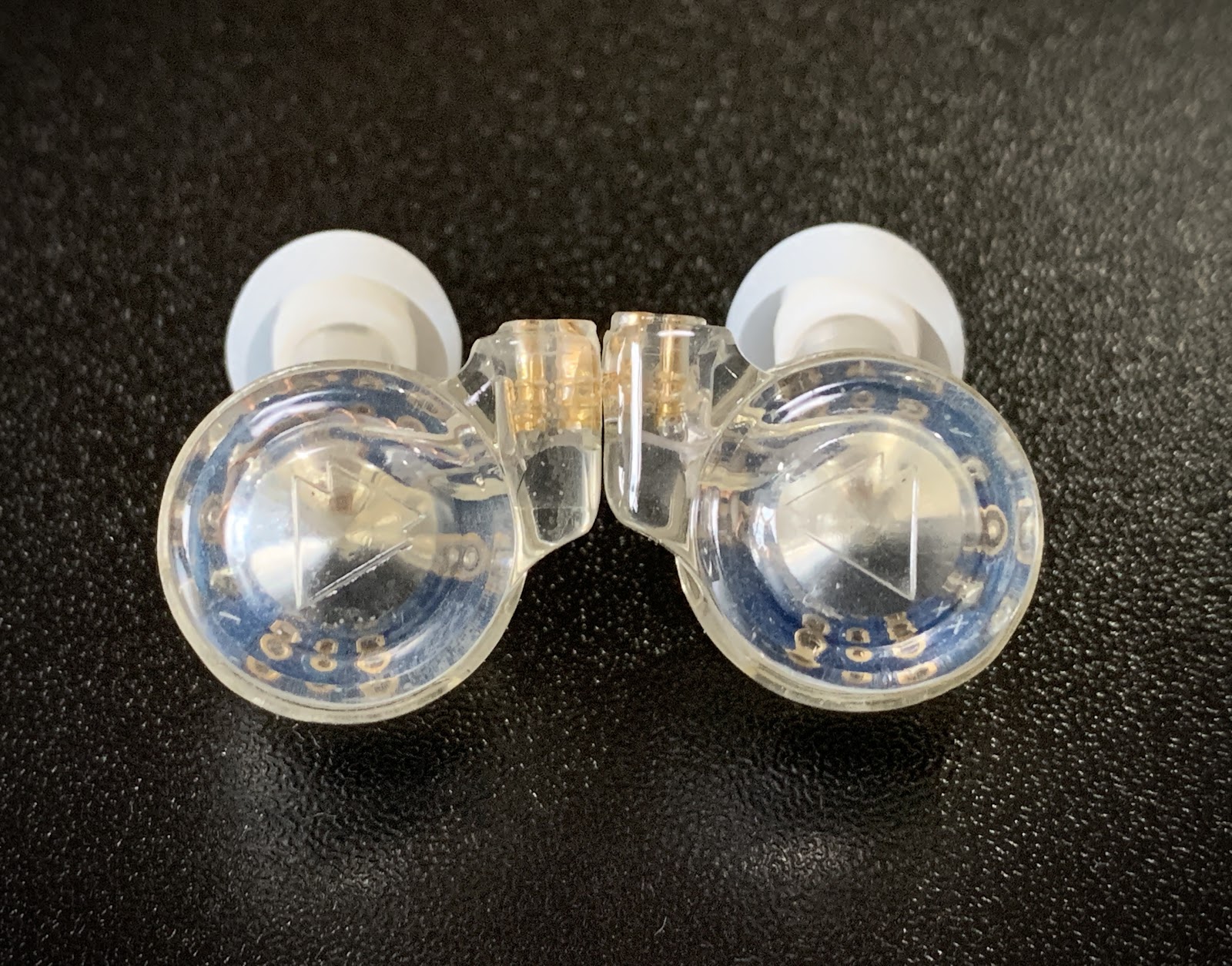
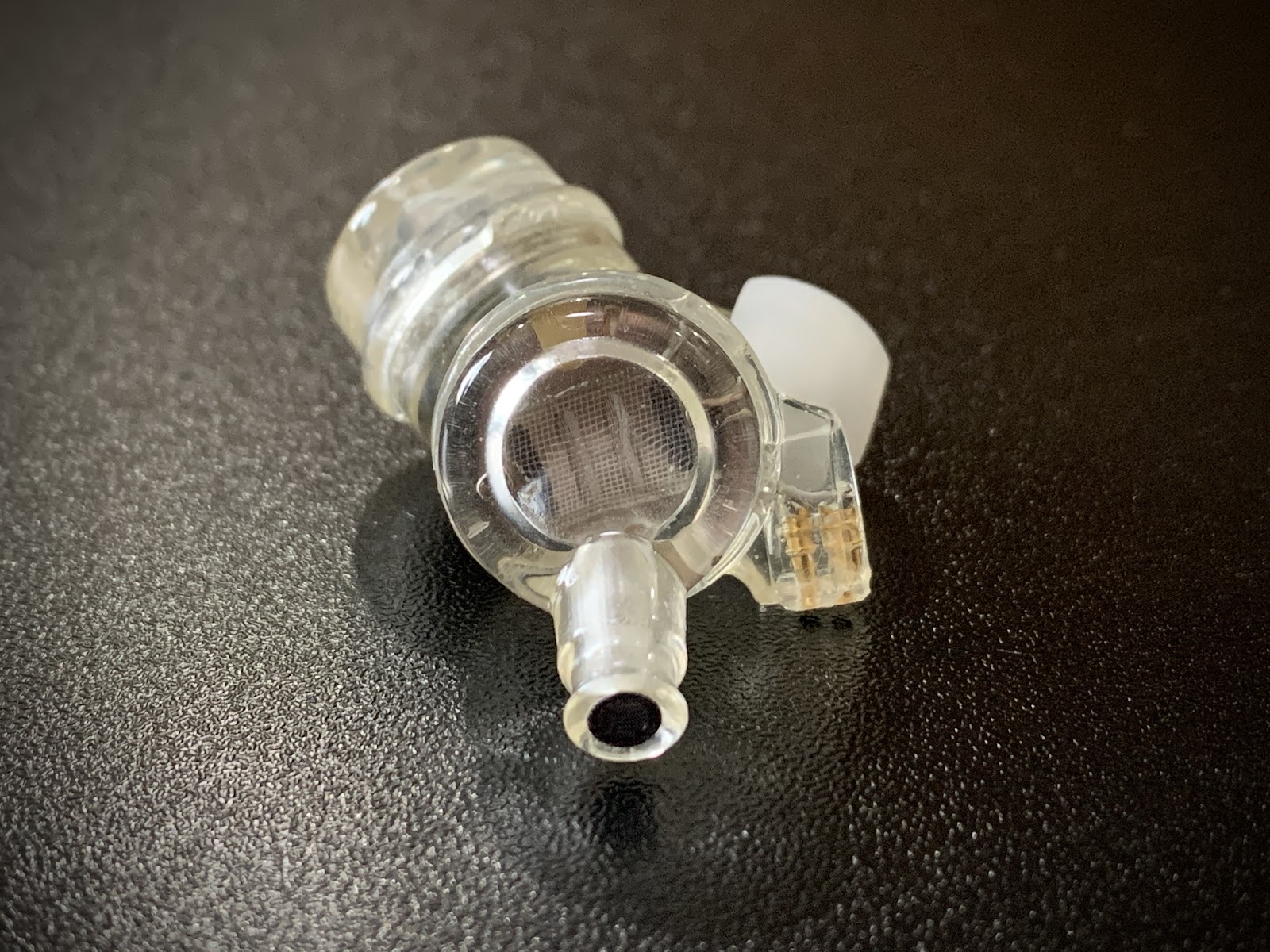
The nozzle of Origin is on the inner acrylic piece of the shell. It is very long - longer than any other of my IEMs. There is a lip on the nozzle to retain the ear tips securely. The 0.78mm 2-pin connector is on top of the shell, secured in between 2 acrylic pieces.
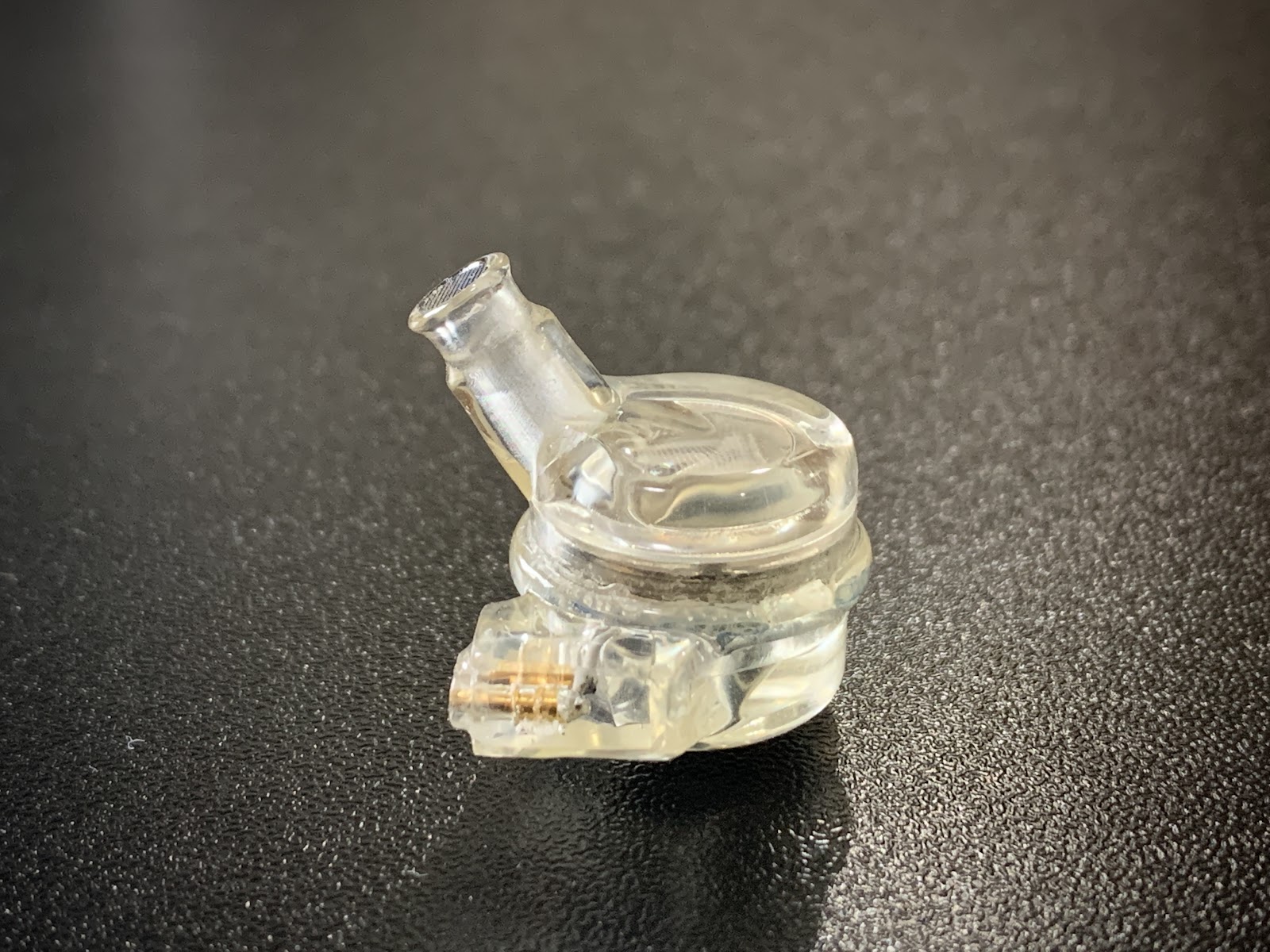
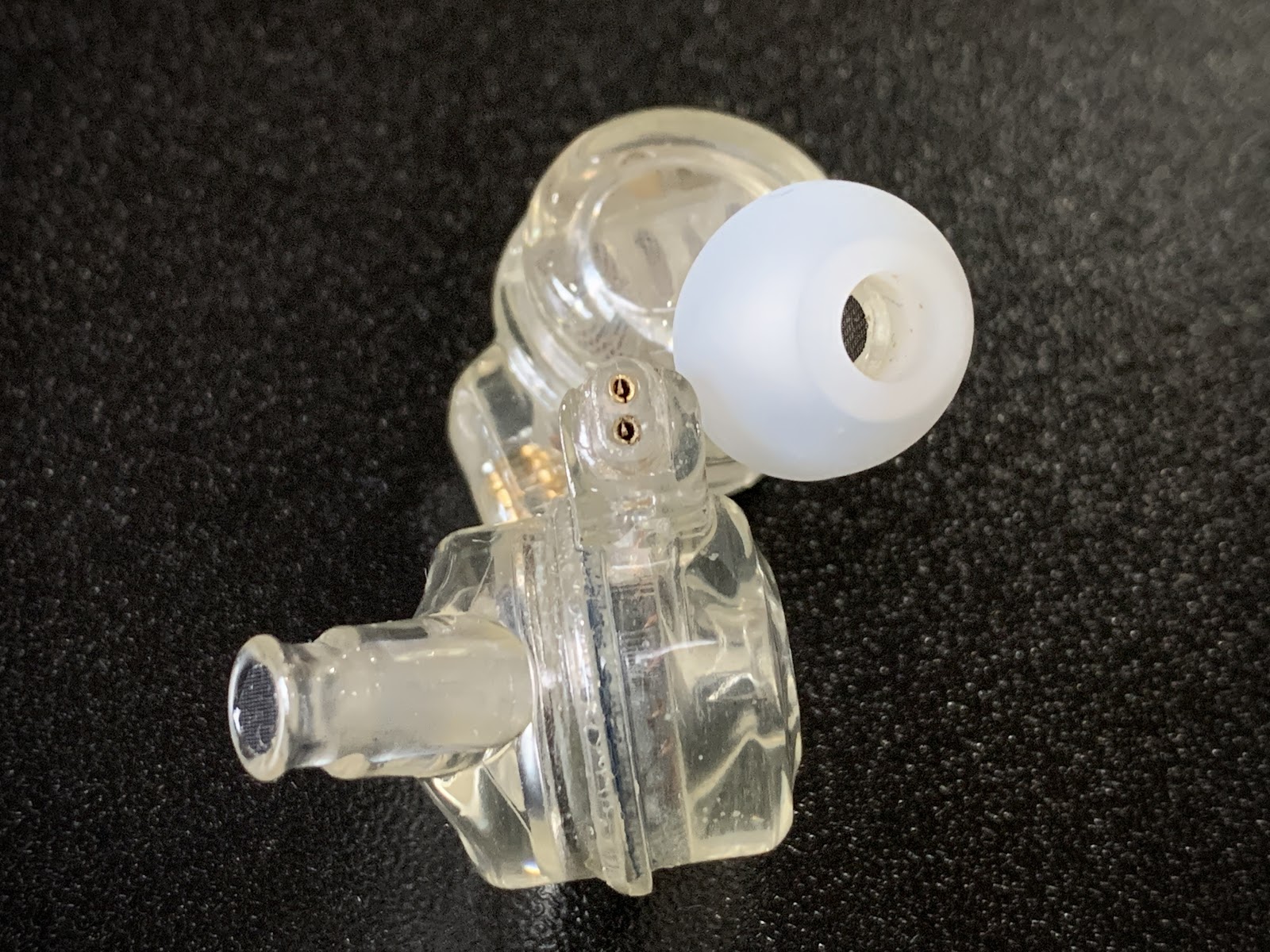
As mentioned in the previous section, the stock cable is from CM Cable, a Hong Kong cable manufacturer. The Dark, the stock cable for the Origin, is the new flagship model from CM Cable. Coated with black PVC, the Dark is constructed from 28AWG Litz 7N OCC Copper with Cryo treatment. My cable is terminated with a 2.5mm TRRS balanced jack. I believe the termination can be chosen when you order the Origin.
https://lh3.googleusercontent.com/oYzuFN_IJ2M8IfAd9af_Yt0bhHjh-VRdCoKNffOo73SNfhBkoK9_qCeAtLjjMdla-_ueIf0lXFNNNq2ZQO_gCZPuCqYJflMtauS17xEH9hvUtPVHLXdIDxRbezkkip****TZdl0q

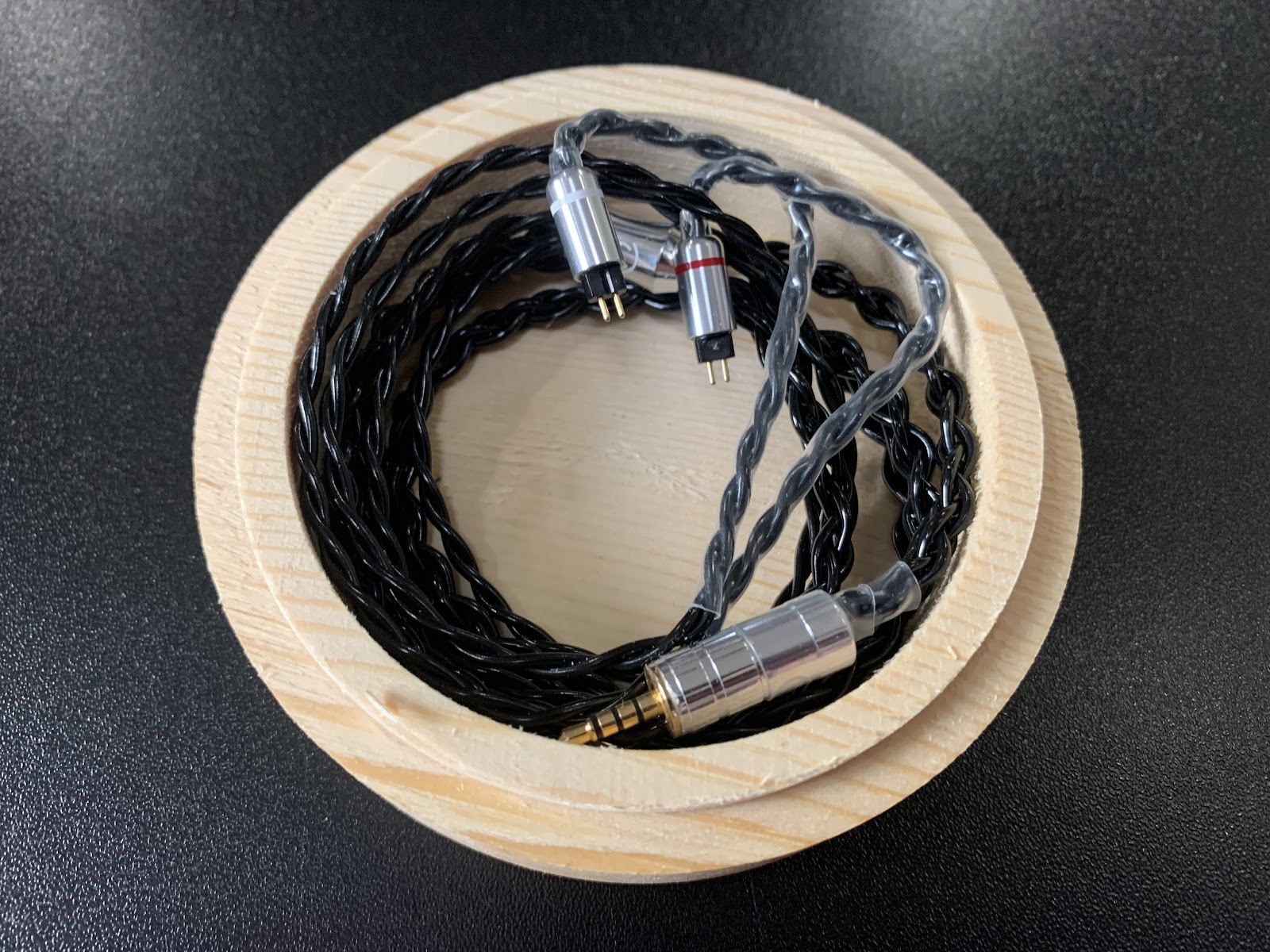
The carrying case of Origin is the right size for storage. Externally, it is padded with soft material to protect the IEMs.

Hence, to present a review of Origin’s maximum capability, I hooked it to my iFi Zen Can. All the impressions in the article were made using this setup - Lotoo PAW6000 line out to an iFi Zen Can and delivered to the PEAK Audio Origin.
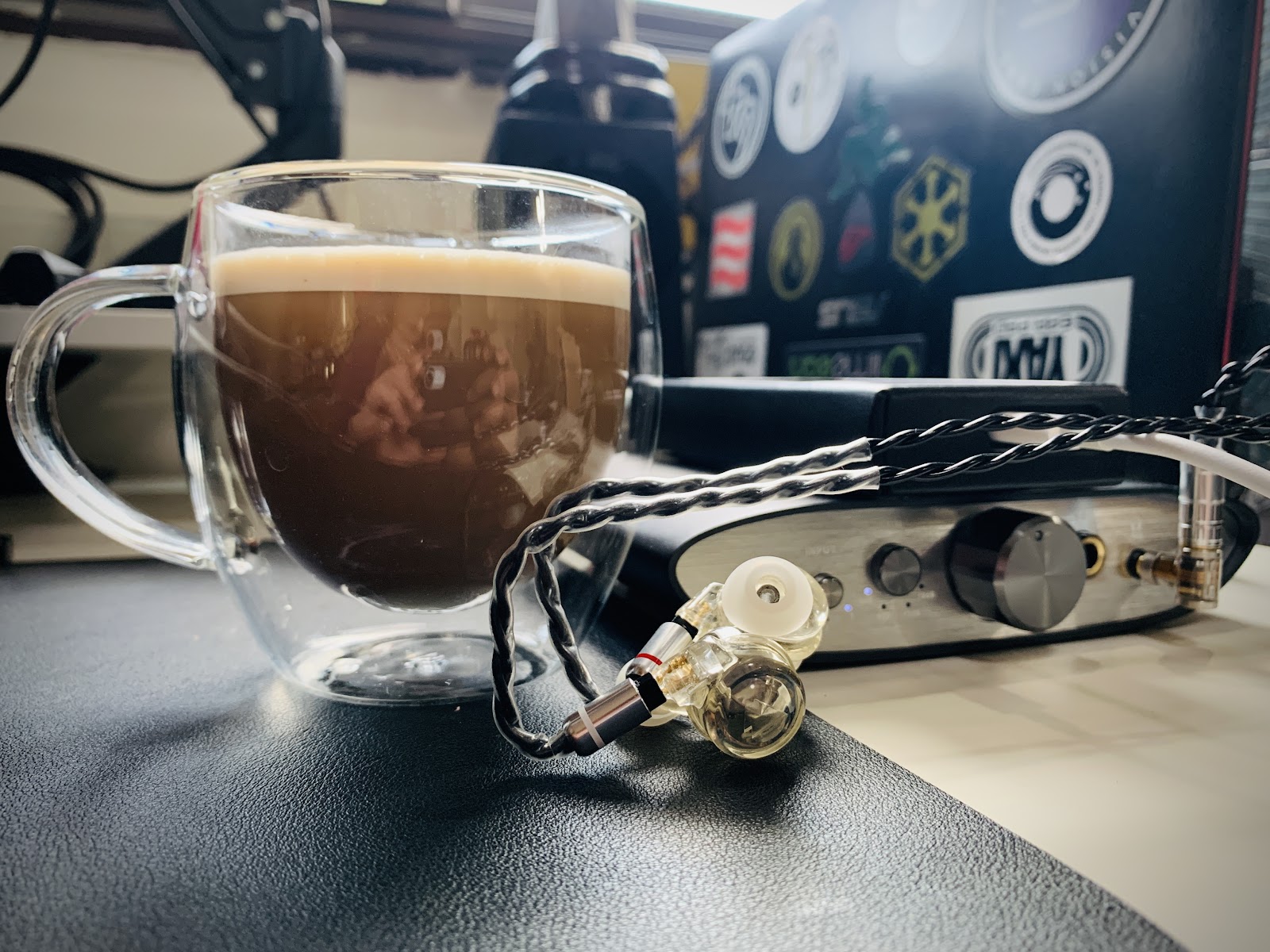
Soundstage-wise, horizontal and vertical extensions are great. However, the Origin’s depth seems to be lacking, making them seem to be one step away from having a three-dimensional soundstage. I believe this could be the limitation of the planar-magnetic driver.

The sub-bass is rolled off on the Origin, which is the main culprit causing the lack of soundstage depth. The soundstage could reach perfection if the sub-bass rumble was enhanced. The mid bass is more prominent, but still with a lean body.

The Origin have good capability to handle complicated tracks with various instruments. I auditioned them with several rock albums. The Origin can present individual instruments accurately without facing any congestion. The wide soundstage provides advantages, and vocals are still the star of the stage no matter how many competing instruments are there.
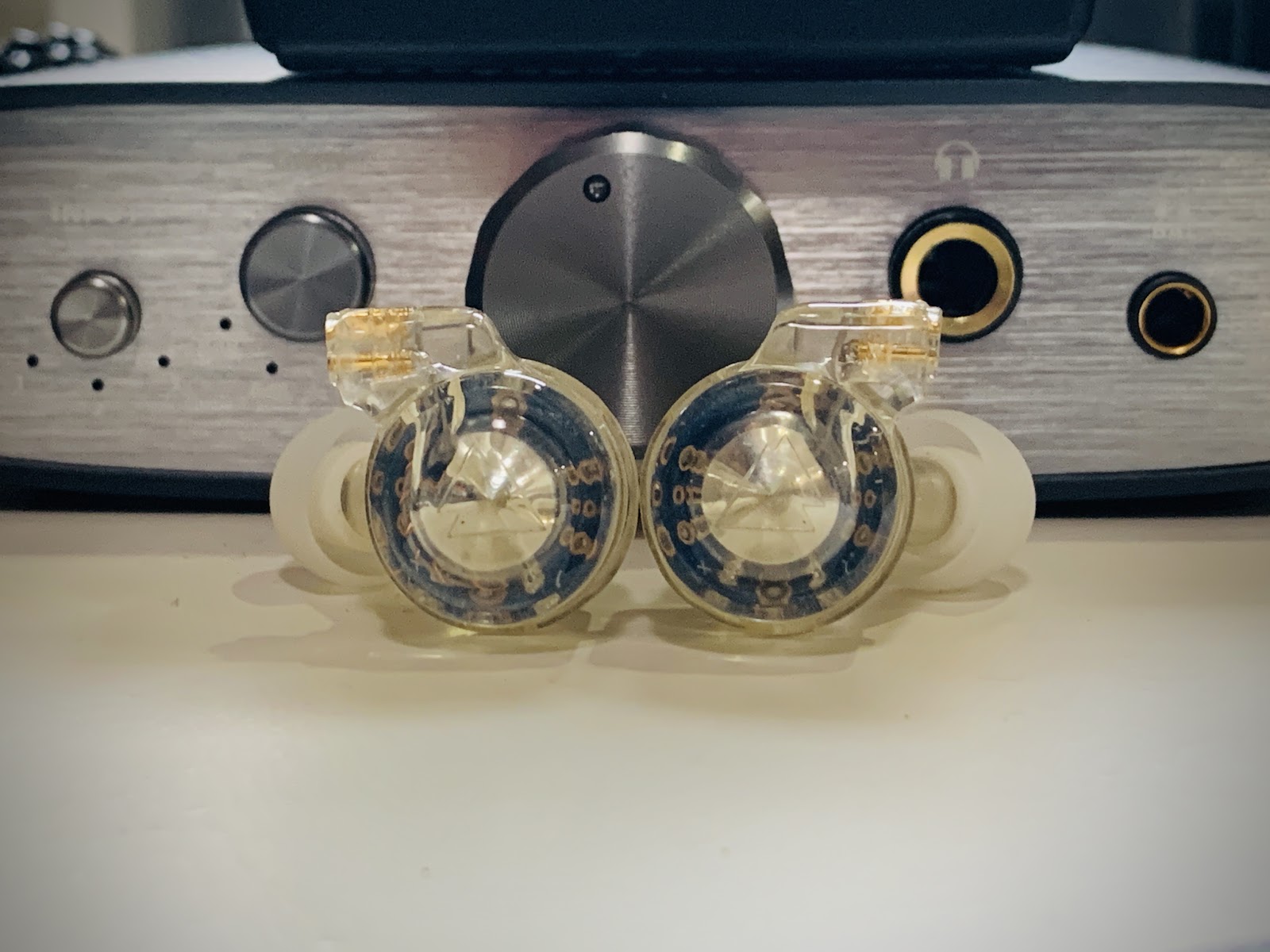
The Origin can present high-frequency instruments such as cymbals and guitar pluckings in a very natural manner. They are comfortable to listen to. The notes flow gently and tickle your eardrums.
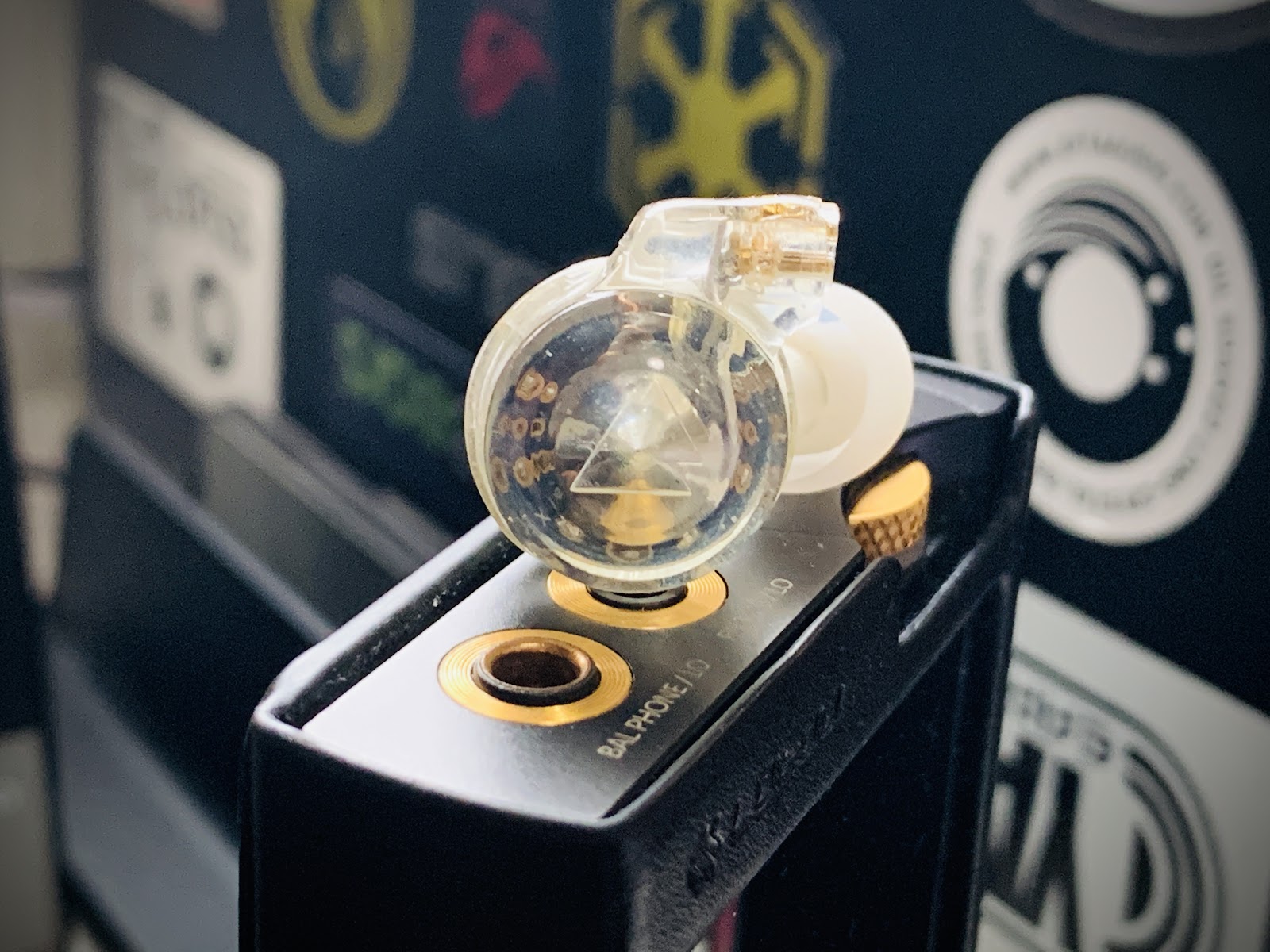
With the launch of the Origin, PEAK Audio shows the world what IEMs with a planar-magnetic driver can achieve for audiophile-grade sound reproduction. The Origin are now one of the topmost peaks for other manufacturers to try to conquer. Well done, PEAK Audio!
Thank you, Aaron, from PEAK Audio, for sending me the Origin IEMs. They were sent to me in exchange for my honest review and opinion. If you’d like to buy the Origin, you can drop Aaron a message on the PEAK Audio Facebook page.
As a new IEM manufacturer from Hong Kong, PEAK Audio is likely a stranger to many audiophiles. I came across PEAK Audio from a Facebook page recommendation. After talking to Aaron, the founder of PEAK Audio, I decided to try the Origin.
A single planar-magnetic driver powers the Origin. Planar magnetic drivers are rare in IEM driver configuration due to space constraints and source power requirements. I know of only two brands that utilize purely planar-magnetic drivers in their IEMs - Audeze and TinHiFi. PEAK Audio is the third in the market, to the best of my knowledge.
According to Aaron, he chose planar-magnetic drivers to power the Origin for the following reasons:
- Lower distortion. The signal can be delivered by Origin in the cleanest manner without any distortion.
- Stable and great extension in high frequencies, which helps to improve the overall clarity.
- Uncolored and transparent highs.
Before trying the Origin, my impression towards planar-magnetic IEMs was “meh.” After trying the Audeze iSine and TinHiFi models, I concluded that they are power-hungry, and their potential is limited. I did not see any attractive selling points, except that the driver is rare.
Will the Origin change my impression towards planar-magnetic IEMs? Let’s find out in this article!
Technical Specifications
- Form: Wired closed-back IEM
- Price: HKD6980 (~USD900)
- Driver configuration: Single planar-magnetic driver
- Impedance: 20 Ohms
- Sensitivity: 100db @ 1kHz
- Frequency response: 20Hz - 40kHz
- Cable: Dark from CM Cable - black PVC coated 28AWG Litz 7N OCC Copper with Cryo treatment.
Unboxing
The unboxing experience of the PEAK Audio Origin is absolutely luxurious. When I received the box from Aaron, I was shocked. It is huge - bigger than a lot of IEM packages in the market. The outer box of Origin is crafted with wood. This is my third pair of IEMs in a wood box; the Moondrop Blessing and Origami Audio Silver also came in wooden boxes.Opening the box, you find three major items: a PEAK Audio IEM stand holding the Origin, a leather carry case, and another round wooden box from CM Cable. The stock cable, the Dark from CM Cable, is stored in the round wooden box. The stock silicone ear tips are in the leather carry case.
This is the best unboxing experience I ever had. However, I still prefer more plain packaging - friendlier for storage, shipping fees, and the environment.
Design
When I first saw Origin’s design, it reminded me of the DUNU DK series, which has the same round housing. However, there are a lot of differences between them. The Origin’s shell is made of two pieces of transparent acrylic, which is lightweight and friendly to ears for extended listening. I particularly like the transparent design of the Origin, which lets you see the planar-magnetic driver.This design is unique to the extent that my friend spent quite a while just studying the planar-magnetic driver in the Origin. It is that attractive!
The nozzle of Origin is on the inner acrylic piece of the shell. It is very long - longer than any other of my IEMs. There is a lip on the nozzle to retain the ear tips securely. The 0.78mm 2-pin connector is on top of the shell, secured in between 2 acrylic pieces.
As mentioned in the previous section, the stock cable is from CM Cable, a Hong Kong cable manufacturer. The Dark, the stock cable for the Origin, is the new flagship model from CM Cable. Coated with black PVC, the Dark is constructed from 28AWG Litz 7N OCC Copper with Cryo treatment. My cable is terminated with a 2.5mm TRRS balanced jack. I believe the termination can be chosen when you order the Origin.
https://lh3.googleusercontent.com/oYzuFN_IJ2M8IfAd9af_Yt0bhHjh-VRdCoKNffOo73SNfhBkoK9_qCeAtLjjMdla-_ueIf0lXFNNNq2ZQO_gCZPuCqYJflMtauS17xEH9hvUtPVHLXdIDxRbezkkip****TZdl0q
The carrying case of Origin is the right size for storage. Externally, it is padded with soft material to protect the IEMs.
Comfort
I am surprised by the fit and isolation provided by the Origin. Despite looking “unique,” they fit well. The long nozzle inserts deeply into the ear canal and provides decent isolation. As mentioned, the lightweight acrylic shell does not impose unnecessary force on the ear. I have zero issues with wearing the Origin - they are one of the best fitting universal IEMs I have tried.Sound
Driveability
Rated at 20 Ohms for impedance and 100dB for sensitivity, theoretically, the Origin can be driven easily by the majority of the DAPs on the market. Indeed, both my Astell & Kern SR15 and Lotoo PAW 6000 can drive them decently. However, whenever hooked to an external amplifier, I am stunned by their performance.You can get the bare minimum from the Origin by driving it with DAP only. To maximize the return, plug them into an external amplifier. You will not be disappointed!
Hence, to present a review of Origin’s maximum capability, I hooked it to my iFi Zen Can. All the impressions in the article were made using this setup - Lotoo PAW6000 line out to an iFi Zen Can and delivered to the PEAK Audio Origin.
Sound signature and soundstage
I would classify the sound signature of the Origin as balanced and neutral. They have very good coverage of each region of the entire frequency spectrum. No bias to or against any region. The overall presentation from the Origin is clean and transparent and there is minimum coloration. This is verified by using my absolute referencing DAP, the PAW 6000.Soundstage-wise, horizontal and vertical extensions are great. However, the Origin’s depth seems to be lacking, making them seem to be one step away from having a three-dimensional soundstage. I believe this could be the limitation of the planar-magnetic driver.
Otherwise, the Origin is a great candidate to handle complicated tracks because of its wide headroom. There was no congestion observed during the reviewing period.
Lows
The lows from the Origin are lean and speedy. The planar-magnetic driver triggers a fast tap on your eardrum when there is a bass note in the track. They are definitely not a pair of basshead IEMs for those who wish to get a powerful punch on the eardrum. Thanks to the speedy bass response, there is no bleed towards the mids and the transparency in the overall presentation is preserved.The sub-bass is rolled off on the Origin, which is the main culprit causing the lack of soundstage depth. The soundstage could reach perfection if the sub-bass rumble was enhanced. The mid bass is more prominent, but still with a lean body.
The Origin’s bass response reminded me a lot of the DITA Dream XLS, which focus on precision rather than throwing huge quantities of bass to ruin the presentation’s overall cleanliness.
Mids
Thanks to the bass response’s high precision, the mids of the Origin have minimum coloration. The high-level transparency of the mids won my heart. The positioning of the mids is right in the center, neither too forward nor recessed. Personally, I really love the tuning, especially when listening to mandopop and cantopop, which focus a lot on vocals.The Origin have good capability to handle complicated tracks with various instruments. I auditioned them with several rock albums. The Origin can present individual instruments accurately without facing any congestion. The wide soundstage provides advantages, and vocals are still the star of the stage no matter how many competing instruments are there.
The Origin ensures no one snatches the spotlight from the vocalist by having a well-expanded soundstage.
Highs
The highs are the secret weapon of the Origin. They are naturally extended to a high frequency of 40kHz. Many audiophiles argue the need for such extension because, theoretically, human beings cannot hear anything beyond 20kHz. To me, I think it is necessary because extension beyond 20kHz can prevent early treble roll-off.Some of Sony’s headphones have the capability to produce a high frequency of 100kHz, and I totally support this approach to get well-extended highs.
The Origin can present high-frequency instruments such as cymbals and guitar pluckings in a very natural manner. They are comfortable to listen to. The notes flow gently and tickle your eardrums.
Personally, I would like to congratulate PEAK Audio. They got the best out of the planar-magnetic driver, especially in the highs.
Where to Buy
Verdict
The PEAK Audio Origin is, indeed, a flagship model. Their planar-magnetic driver is well-tuned to deliver a high-fidelity presentation. The Origin threatens flagship IEMs from major manufacturers that have been in the game for a long time.My impression towards planar-magnetic IEMs has changed after auditioning the Origin. I actually wish to see more successful cases of planar-magnetic IEMs in the audio industry.
With the launch of the Origin, PEAK Audio shows the world what IEMs with a planar-magnetic driver can achieve for audiophile-grade sound reproduction. The Origin are now one of the topmost peaks for other manufacturers to try to conquer. Well done, PEAK Audio!
yong_shun
1000+ Head-Fier
Pros: Stable connection
Good sound quality
Long battery life
High IP rating
Good sound quality
Long battery life
High IP rating
Cons: Hissing with sensitive IEMs
No charging case
No charging case
OEAudio is on the current hype to release their TWS Bluetooth adaptor. The WS-1 is powered by Qualcomm QCC Bluetooth Chip and it supports APTX and TWS+ mode. Adopting the circuitry design from DAPs, the WS-1 has independent amplifier chip to enhance the final audio output. The WS-1 is IPX5 certified. Users can use it for exercising.
To be honest, I find the WS-1 is extremely useful especially when I am commuting. It has great connection stability and I seldom experience signal drop-off when I am moving around. It still preserves great audio quality while offering users high level of freedom. The sound quality is relatively neutral, with minimum amount of coloration. I feel that it does not really degrade the sonic performance of the IEMs much.
However, there is a flaw. It hisses with sensitive IEMs. I think this could be one of the common issues for most of the TWS Bluetooth adaptor. Another possible improvement for OEAudio to consider is there is no charging case for WS-1. If the battery is flat when you are on-the-go, out of no choice you can only leave your IEMs aside.
yong_shun
1000+ Head-Fier
Pros: Soft and supple
Multi-plug
Improves texture
No microphonics
Increase depth and improves staging
Multi-plug
Improves texture
No microphonics
Increase depth and improves staging
Cons: Nil
This is the first cable adapted with OEAudio designed multi-plug. The plug of 2QuadSPC can be changed between 3.5mm unbalanced, 4.4mm balanced and 2.5mm balanced.
2QuadSPC is crafted from German made Nexans High purity oxygen-free copper. The oxygen contained in the copper cable is less than 8PPM, equivalent to a purity higher than 99.999% (5N).
I paired the 2QuadSPC to my favorite CIEM, ItsFit Fusion. The greatest improvement is on the texture of the overall presentation. The texture turns to be richer, with better layering between vocals and instruments. The overall stage is more 3D with better depth. It’s comfortable to listen with. The 2QuadSPC helps to tame the treble in IEMs as well. The treble can be smoothened. I think 2QuadSPC will be a good pairing for those IEMs with thinner body or insufficient depth.
Physically wise, the cable is slightly stiffer, as compared to the 2DualCPS which we reviewed just now. However, as an octa core cable, it can still be considered as supple. Similar to 2DualCPS, no significant or disturbing microphonics while moving around with 2QuadSPC on. 2QuadSPC comes with heat shrink ear guides. This makes the heavier 2QuadSPC to stay stable when you are wearing it.
yong_shun
1000+ Head-Fier
Pros: Soft and supple
No ear guides, suitable for IEMs that are not designed for hook over ear
Improves clarity
No ear guides, suitable for IEMs that are not designed for hook over ear
Improves clarity
Cons: Nil
2DualCPS is the latest four cores braided silver cable by OEAudio. From the physical appearance, I believe a lot of users will think that this is a dual core braided cable. Let me share a tip with you how to get the number of core in OEAudio cable from the model name. 2DualCPS, the dual in the model name indicated 2 core is braided internally and the 2 indicated the 2 core is braided externally. So, 2 times 2 you are going to get 4!
The CPS in the model name stands for Concentric-Lay Purified Silver. What does concentric-lay means? This is a strand arrangement method with a central core wire, surrounded by one or more layers of helically laid wires with each successive layer in alternating or uni-directional direction.
37 0.06mm silver strands are braided in each cord, giving up to total of 148 stands used in this cable. With the purification technology used, the impurities in the cable, be it due to oxidation or intrinsically in the material, are removed from the conductor to maximize the transmission of cleanest signal from the source to your IEMs.
I paired 2DualCPS to NXEars Basso. The most significant improvement is on the clarity. NXEars Basso utilizes the biggest BA drivers from Knowles and 2DualCPS improve the speed of this driver, making the bass to be tighter and faster. Because of this, the warmth in the overall presentation reduced and hence yielding a clearer sounding IEMs. I think the 2DualCPS will be extremely suitable for those who need a cable to improve the clarity of your current IEMs.
Physically wise, the 2DualCPS is soft and supple. Basically, I do not experience any significant or disturbing microphonics when I am moving around with it. There are no ear guides on the cable. So, it is possible for you to use 2DualCPS on IEMs like Final Audio E4000 or even Tita by OEAudio themselves!
yong_shun
1000+ Head-Fier
Pros: Customizable touch control
Active noise cancellation
Long battery life
Good fitting and isolation
Deep and well-extended bass
Full-bodied mids
Well-controlled highs
Comfortable sound signature
Stylish charging case
Active noise cancellation
Long battery life
Good fitting and isolation
Deep and well-extended bass
Full-bodied mids
Well-controlled highs
Comfortable sound signature
Stylish charging case
Cons: High price
With input from users based on the first generation, Sennheiser implemented active noise cancellation (ANC) and improved the ergonomic design to further enhance the listening experience of MOMENTUM True Wireless 2.
Disclaimer
This article is originally posted on Headphonesty. Thank you, Melvin and team from Sennheiser Singapore for loaning me the MOMENTUM True Wireless 2. It was loaned to me in exchange for my honest review and opinion. The unit will be returned to Sennheiser Singapore after this review.
Introduction
As mentioned in my review on MOMENTUM Wireless, 2020 is indeed an exciting year for Sennheiser. Celebrating their 75th anniversary, Sennheiser launches several products to refresh their current lineup. The new MOMENTUM True Wireless 2 is the latest addition to Sennheiser's premium true wireless earbuds range.
I can still remember when the first generation of MOMENTUM True Wireless released, the model was sold out almost everywhere I visited. In this release, Sennheiser is aiming to offer a more superior sound quality with better ergonomic design and implementation of active noise cancellation (ANC). The MOMENTUM True Wireless 2 is going to address feedback from first generation users.
With better ergonomic design, active noise cancellation implementation and longer battery life, can Sennheiser MOMENTUM True Wireless redefine the benchmark for a pair of premium true wireless earbuds?

Unboxing
Similar to other current MOMENTUM series models such as MOMENTUM Wireless, the packaging of MOMENTUM True Wireless 2 follows the characteristics of the current lineup - a box with a white background and blue liner, photo with the model name printed on the box. I would take this standardization as an approach to enhance the branding - crowds can immediately identify Sennheiser’s products from far away.
[IMG alt="Packaging for Sennheiser MOMENTUM True Wireless 2
"]https://lh4.googleusercontent.com/d...s4UbV6mCJzrYnvyZEOspTi7bbcyUmjQBckgxoUl[/IMG]
Some of the unique selling points are printed on the back of the box. At the side, users can find a list of included accessories in the box. Sennheiser publicise their in-house smartphone application, Sennheiser Smart Control there, too. I will elaborate more on this in the upcoming section.


Opening the box, it’s separated into two sections. Users can find the MOMENTUM True Wireless 2 and the charging case in the upper section. The accessories box takes up the lower section.

Here are the accessories included in the box:

Technical Specification
The shell of MOMENTUM True Wireless 2 is made on 3 pieces of plastic. The groove in between 2 pieces of plastic is obvious. I suspect the ear buds can be disassembled easily for servicing or replacing parts.

The faceplate is made of a piece of silvery metal with Sennheiser logo printed - a modern and classy design. The touch sensor is embedded underneath the faceplate. All the controls are made through touching the faceplate. I have multiple true wireless earbuds with touch control and I feel that Sennheiser is having the most stable touch control among all.
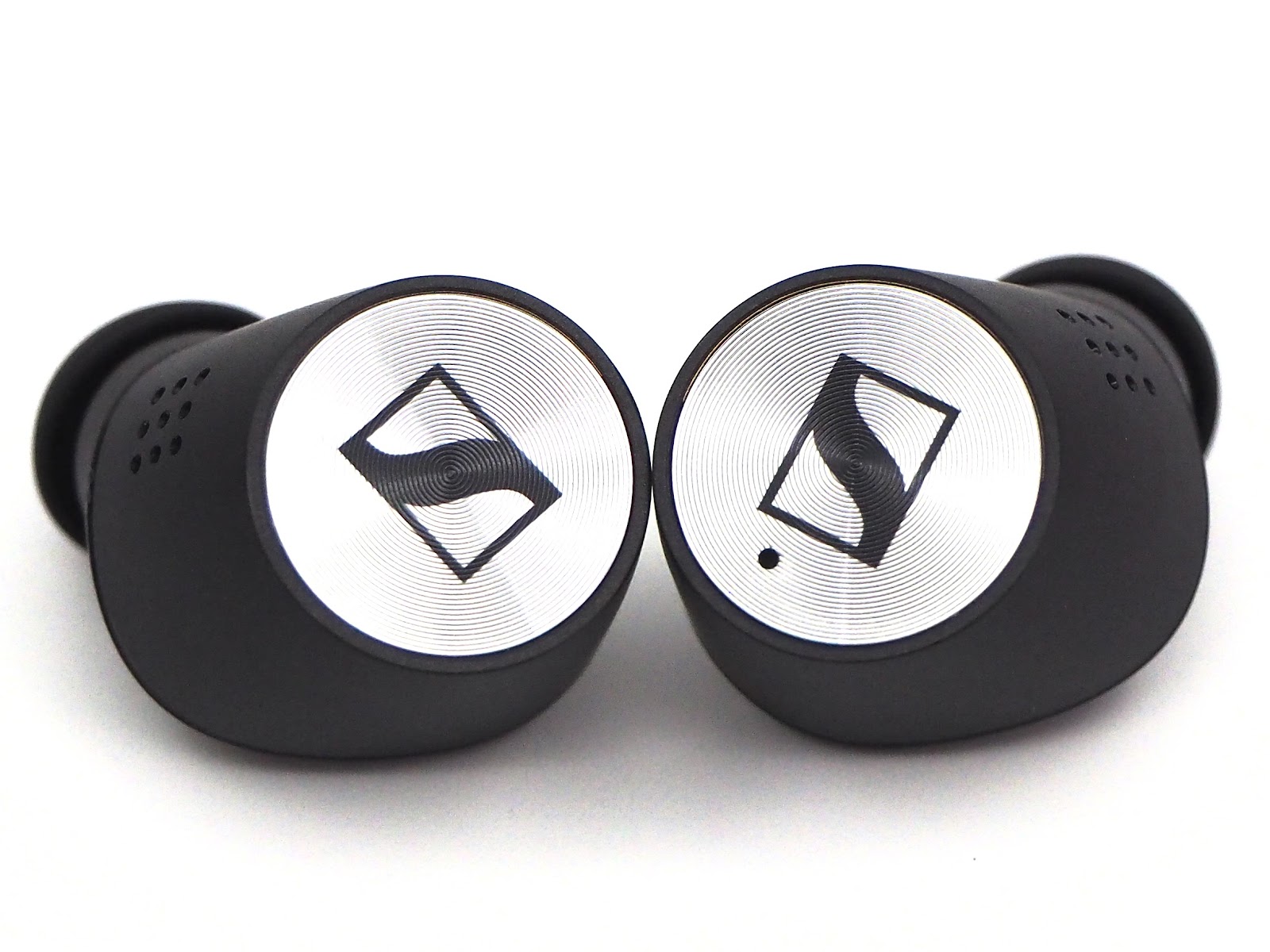
The nozzle of MOMENTUM True Wireless 2 is relatively short as compared to in-ear monitors (IEMs). However, with the improved ergonomic design, MOMENTUM True Wireless 2 is able to provide a deep insertion with its short nozzle. There is a lip on the nozzle to offer a better catch to the ear tips.
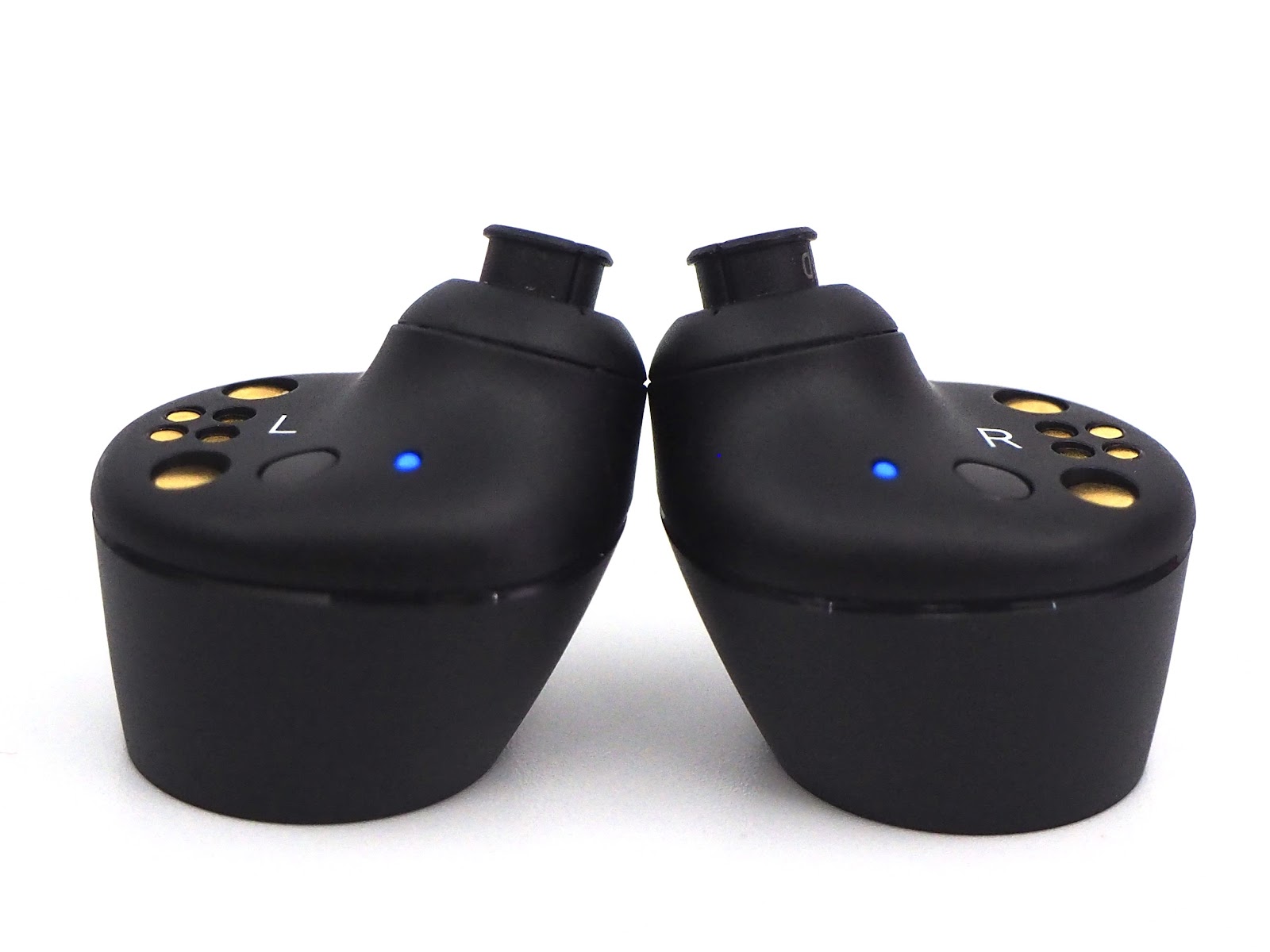
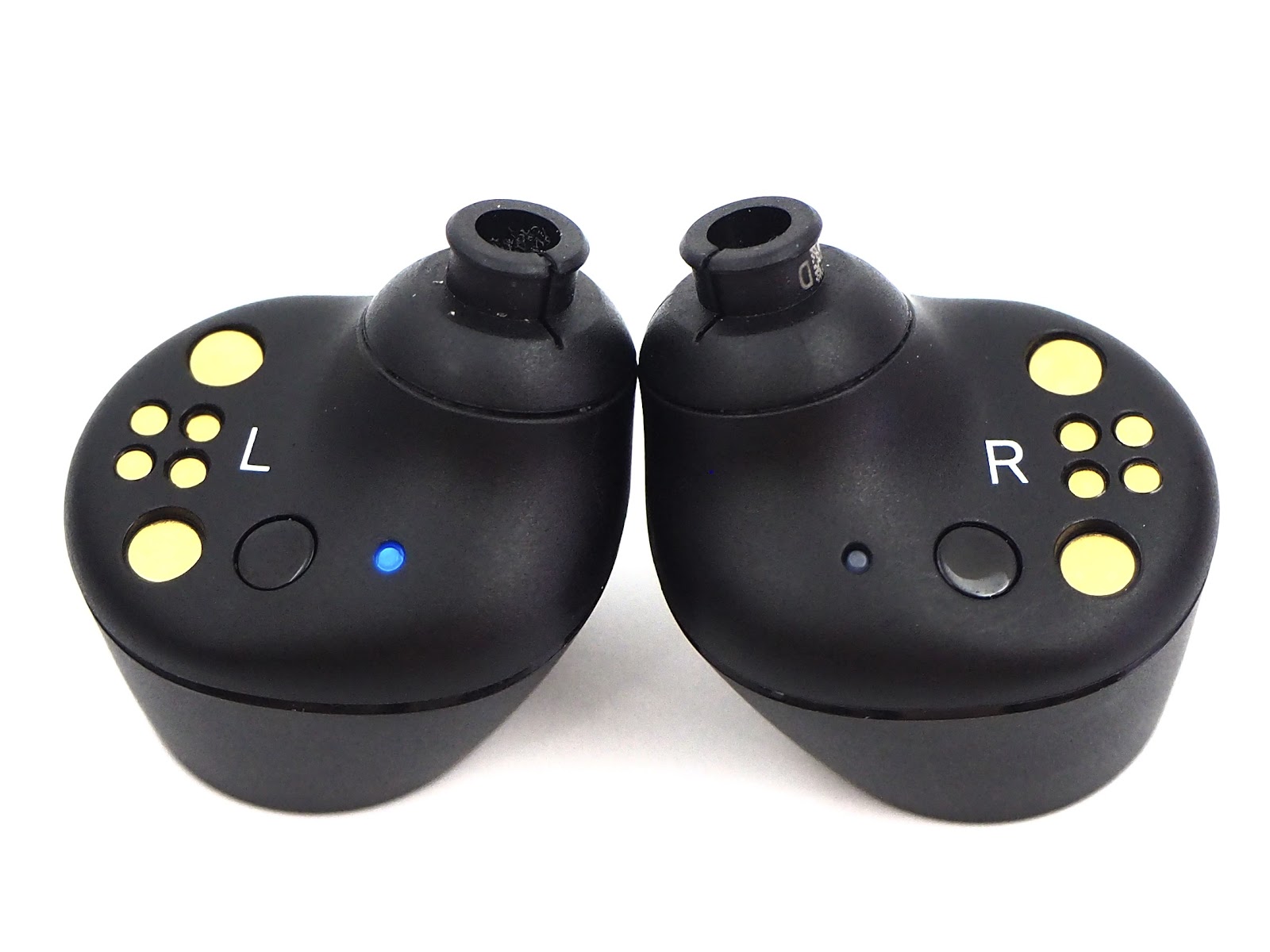

Similar to the previous generation, the charging case is covered with a layer of fabric. The Sennheiser’s logo is printed on top of the case. At the back of the case, there is a USB Type-C charging port and a light indicator. Simply press on the button beside the charging port, the light indicator will give you the battery status of the case.
[IMG alt="Charging and storage case of MOMENTUM True Wireless 2
"]https://lh5.googleusercontent.com/g...44bv00_M0ba7gJ6hhYJUTpbE4AVJBVRxyhmIRly[/IMG]
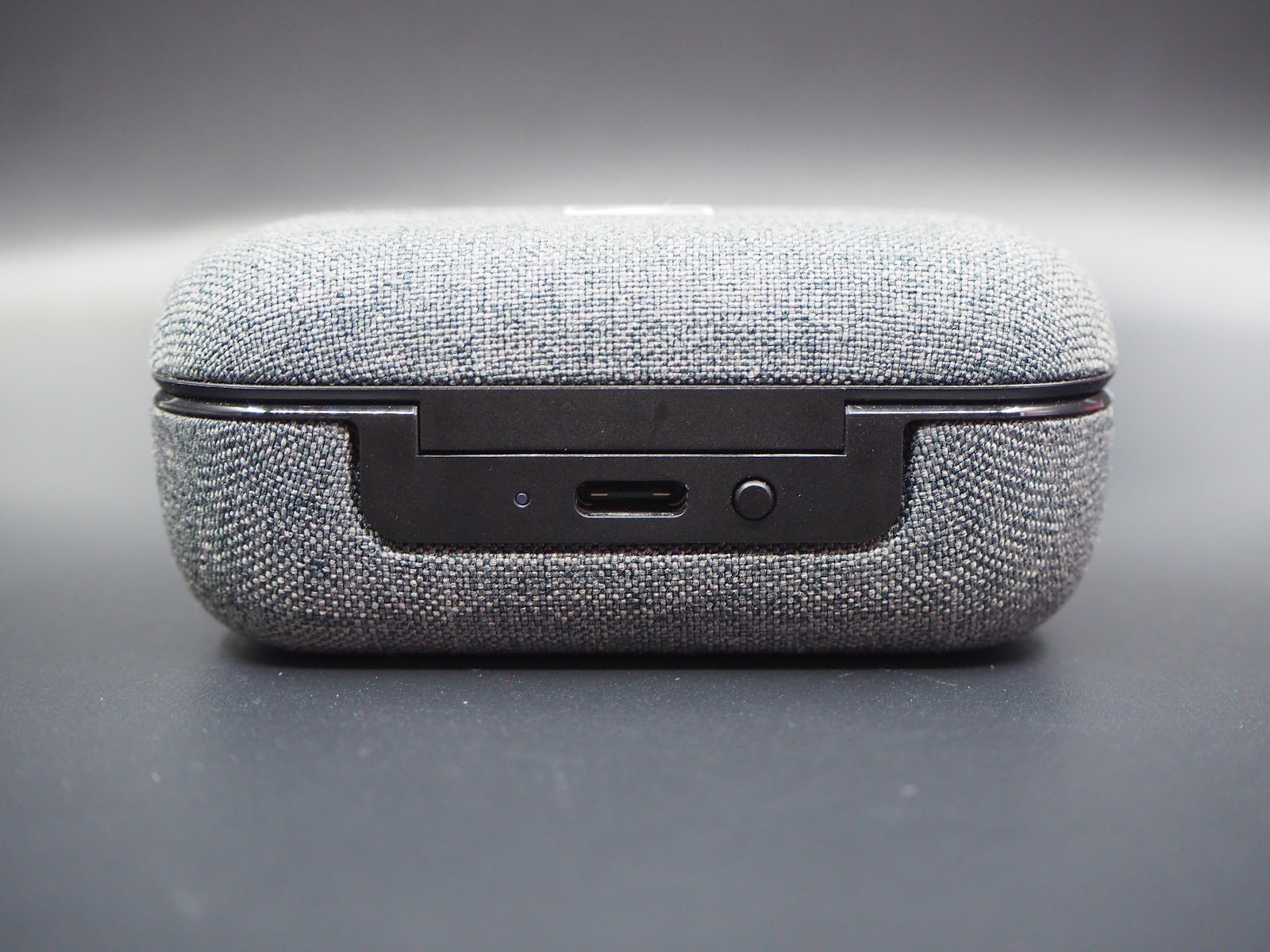
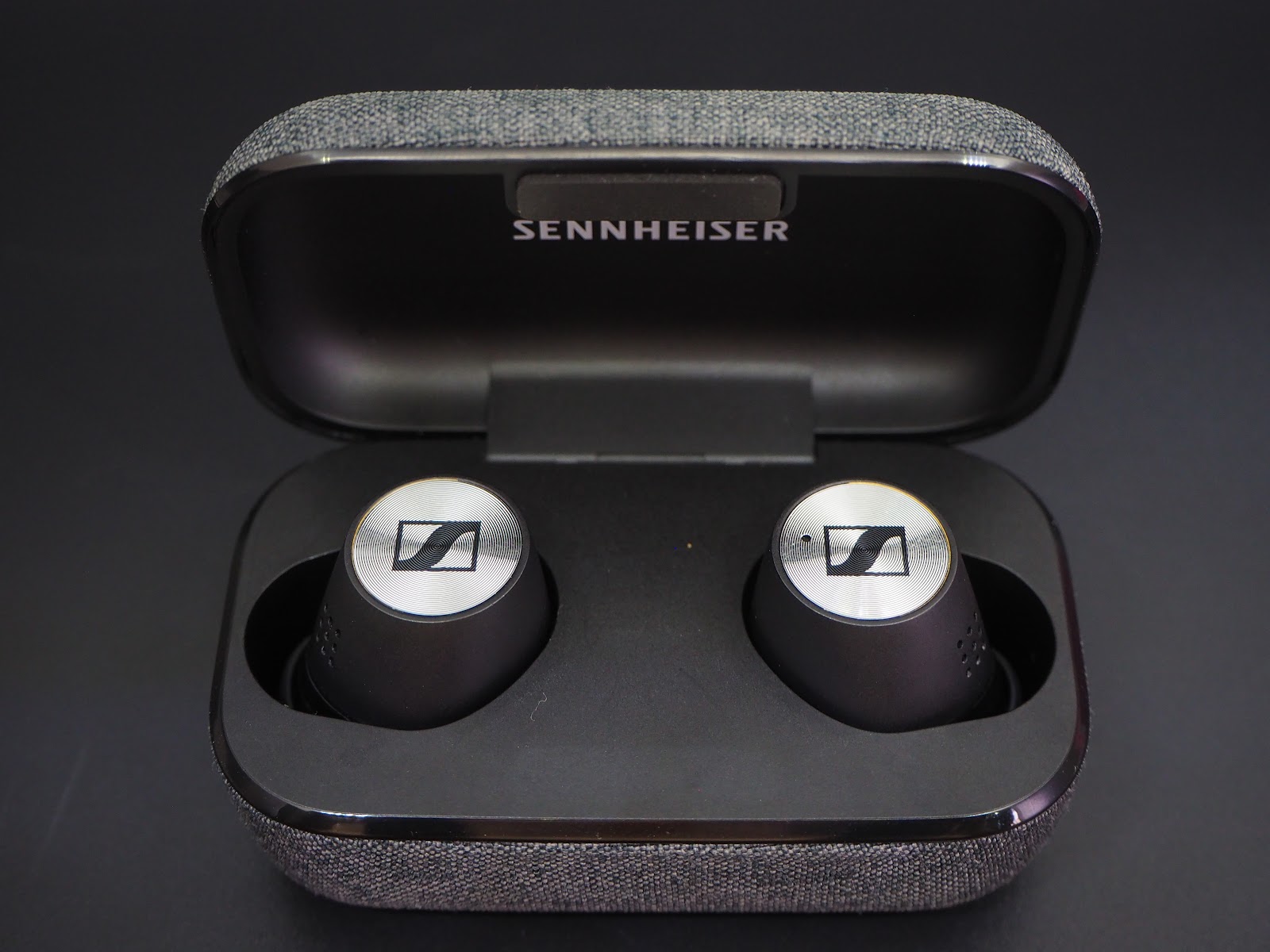
Connectivity
Powered by Bluetooth version 5.1, the MOMENTUM True Wireless 2 provides you with stable and reliable connectivity wirelessly to your devices. Multiple audio codecs are supported - SBC, AAC and aptX™. Within a month of reviewing, I had connected it to my MacBook Air and iPhone via AAC and iBasso DX220 via aptX™. It works flawlessly with all three devices without any disturbing signal interference.
Control
As mentioned in the earlier section, the control on MOMENTUM True Wireless 2 can be all done by touching the faceplate. The touch gesture can be customized on the Sennheiser Smart Control smartphone application. Users can select the most suitable gesture for each function, such as volume control, voice control and changing of tracks.
With this enablement, I can always leave my smartphone in my bag and control it using only the MOMENTUM True Wireless 2.
Fitting and Isolation
I have some experience with the first generation of MOMENTUM True Wireless. I always need to stretch my ears a little to fit the large earbuds. In the second generation, the ergonomic design is much improved. Now, I can easily put them into my ears without stretching. I even did some jump tests to ensure the fitting is secure.
With active noise cancellation implementation and better insertion into ears, MOMENTUM True Wireless 2 is definitely a good travelling companion. I have some opportunities to test them out on noisy public transport, they are really good in cancelling the noise from surrounding. Sennheiser is thoughtful enough to leave some safety margins so you can still be alerted by the announcement in the train station.
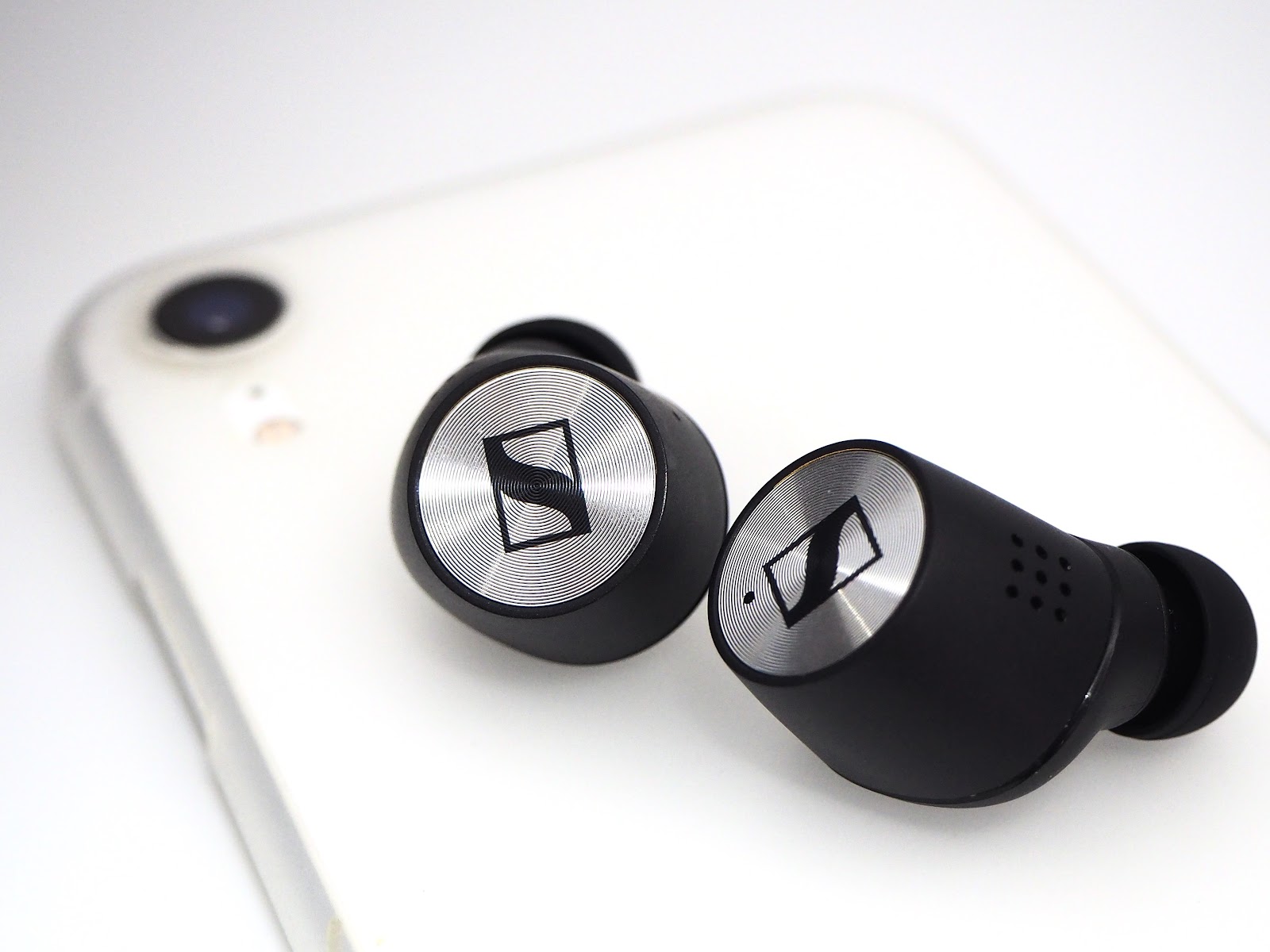
Sound Analysis
I paired the MOMENTUM True Wireless 2 to my iBasso DX220 with aptX™ for this review. As mentioned in the previous section, it paired flawlessly to my other devices, such as MacBook Air and iPhone.
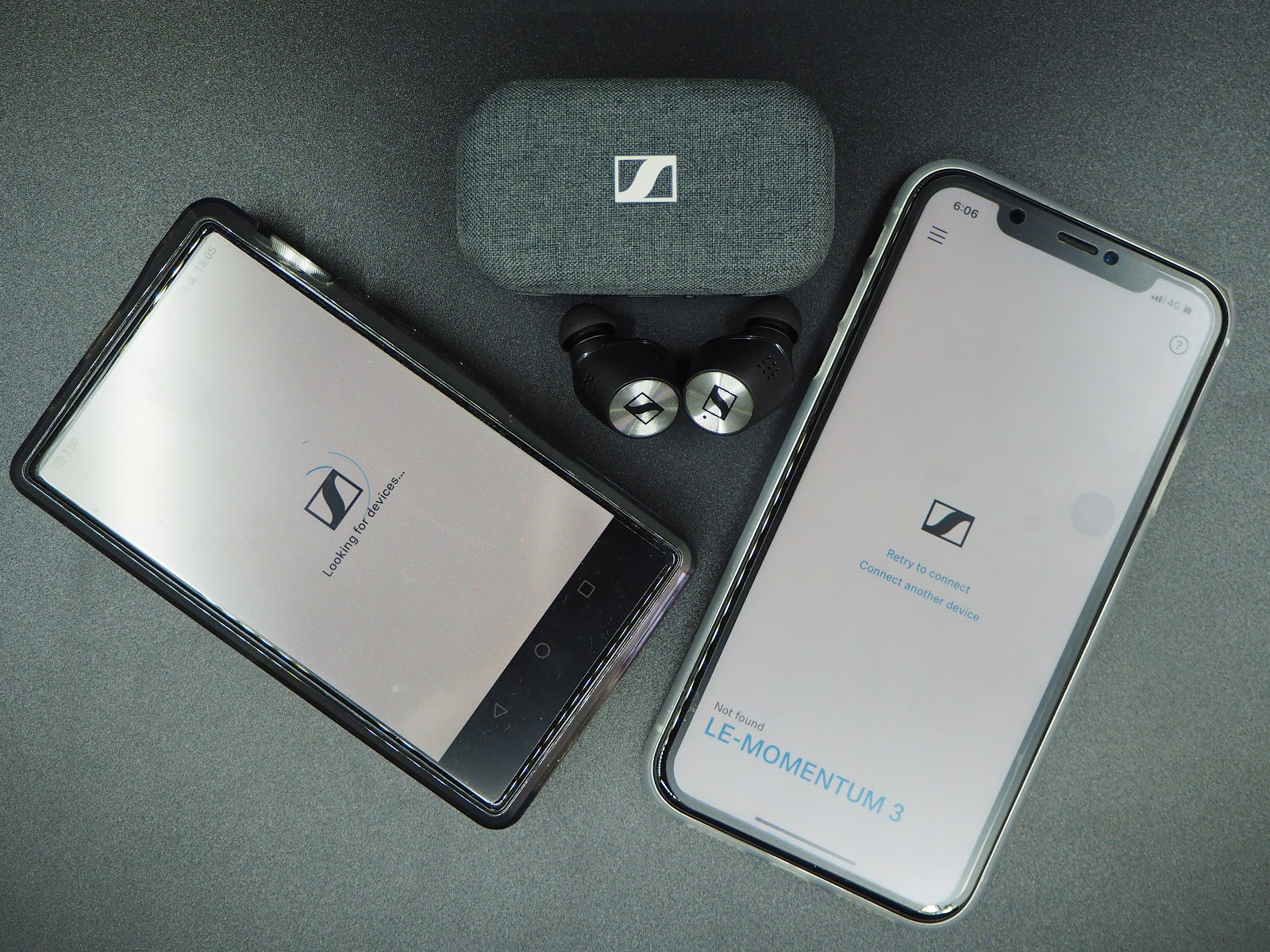
Sound Signature
The MOMENTUM True Wireless 2 has similar sound signature as other models from the MOMENTUM series - musical and fun. MOMENTUM True Wireless 2 has a L-shaped sound signature. The presentation is rich and full-bodied, with more emphasis on the bass. Similar to MOMENTUM Wireless which I reviewed earlier, it offers users a comfortable listening experience.
Soundstage
Soundstage is never a problem for Sennheiser. The MOMENTUM True Wireless 2 has an above average soundstage. The extensions in both horizontal and vertical axes are astonishing. The ANC status alters the soundstage a little - with ANC off, the soundstage is slightly wider, with air injected. With ANC mode off, the airy feel is minimized and the presentation is richer. Nevertheless, regardless of which mode is toggled, there are no congestions experienced.
Lows
The bass extension is decent. I didn’t experience any sub-bass roll-off. The quantity of the sub-bass can definitely satisfy bass-heads - it rumbles well. The decay of the bass has typical speed of a dynamic driver; this injects some warmth into the overall sound signature. Despite having a slower decay, it does not color or bleed to the mids. The overall presentation is still clean and clear.
I personally like the warm bass when listening to jazz. I really like how saxophones in jazz recordings sound on MOMENTUM True Wireless 2 - warm and full-bodied.
The mid bass on MOMENTUM True Wireless 2 is leaner, compared to the sub-bass. This makes space for the mids. The transition from the lows to mids has been done well. Sennheiser demonstrated their accuracy in tuning their IEMs in MOMENTUM True Wireless 2 - this is definitely an audiophile grade of true wireless earbuds!
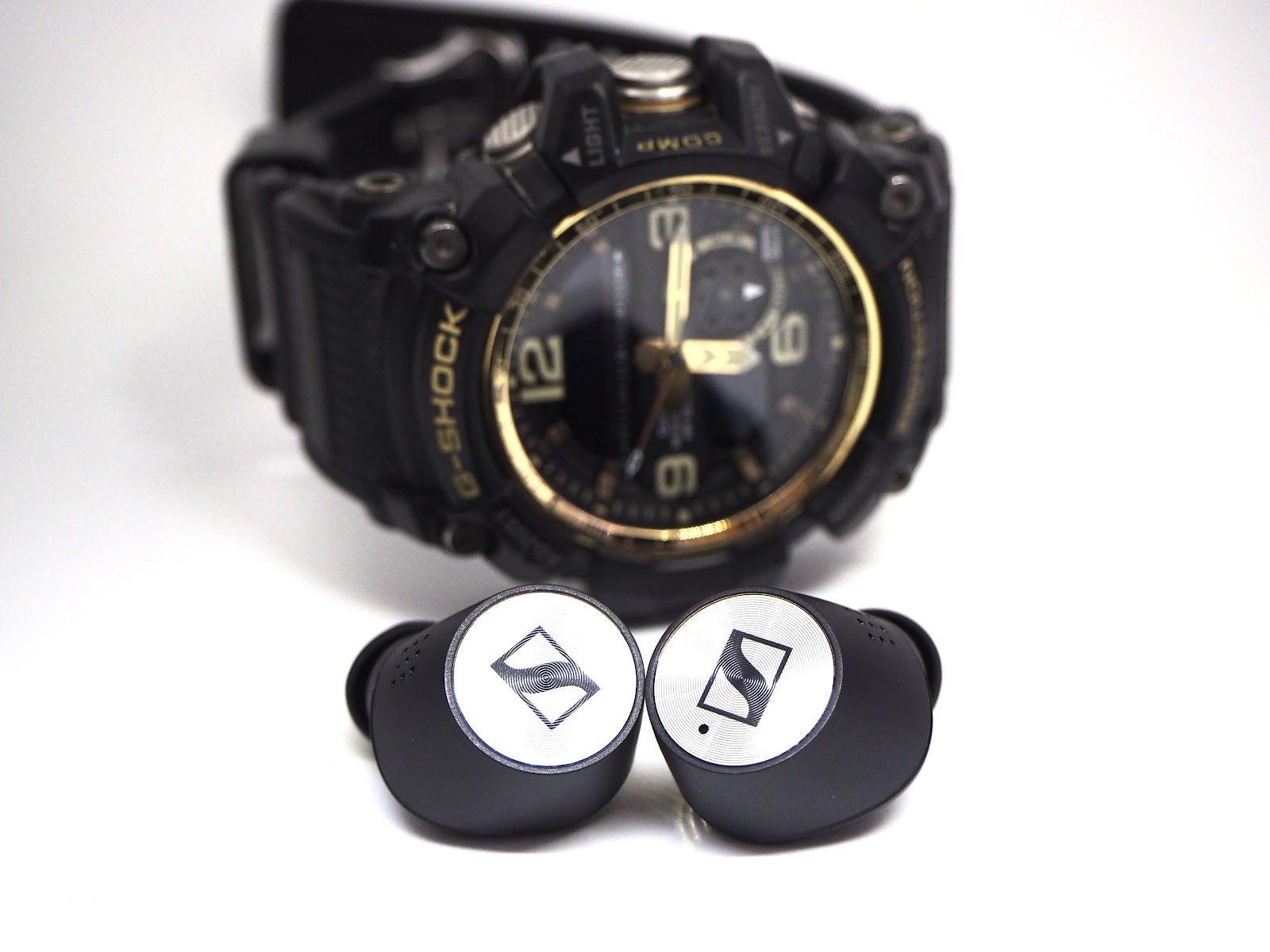
Mids
Having said that the lows are getting more emphasis, the mids of MOMENTUM True Wireless are not shy at all. It exhibits the slightly warm signature from the lows, making itself rich and smooth. The presentation is full-bodied and natural. The layering between mids and lows have been done well in MOMENTUM True Wireless 2.
Listening to Taiwanese-band, Mayday’s Life World Tour concert album, I got the autonomous sensory meridian response (ASMR) effect from Ashin’s vocal presented by MOMENTUM True Wireless 2. This is how amazing the vocals are.
The positioning of the vocals is slightly backward compared to the lows. This makes the overall listening experience comfortable because the vocals do not get too shouty, which is one of the effects that cause fatigue in prolonged listening.
Female vocals are handled well by MOMENTUM True Wireless 2 too. When Olivia Ong starts singing in Fly Me to the Moon, she owns the whole stage. Sweet, airy and spacious female vocals melt my heart immediately.
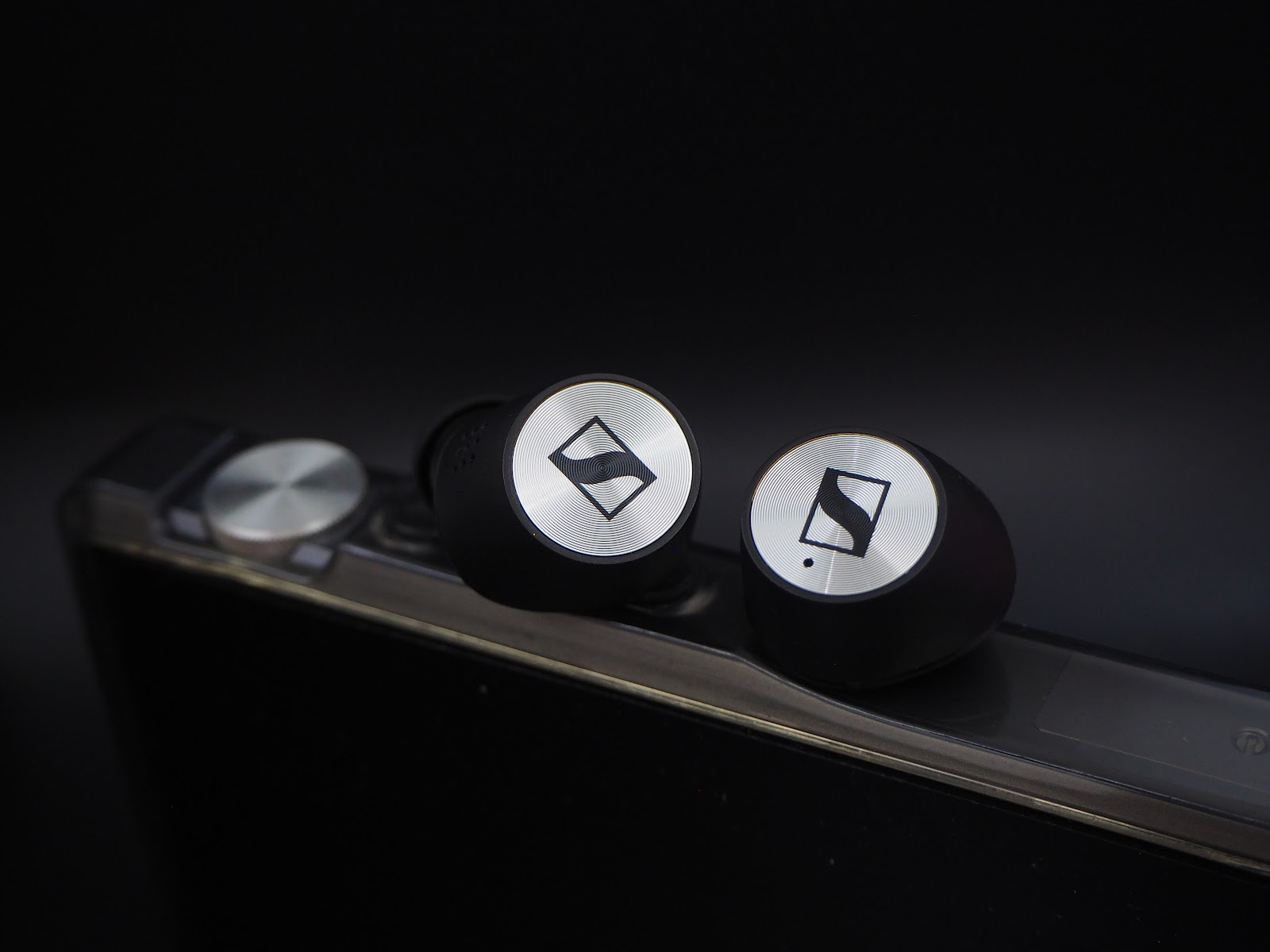
Highs
The highs are well extended. Cymbals sound crisp and natural. The MOMENTUM True Wireless 2 accurately recreates the plucking of a guitar, too. The highs inject huge amounts of air and space to the overall presentation. The overall fidelity is outstanding for a True Wireless earbuds. The air and space in the highs contribute to the end result of a wide soundstage.
As compared to other models from Sennheiser, the highs of MOMENTUM True Wireless 2 are more reserved. This further enhances the comfortability in listening. Together with the slightly warm bass, the music flows smoothly and naturally to your ear drums, without any factors that can irritate or cause fatigue.
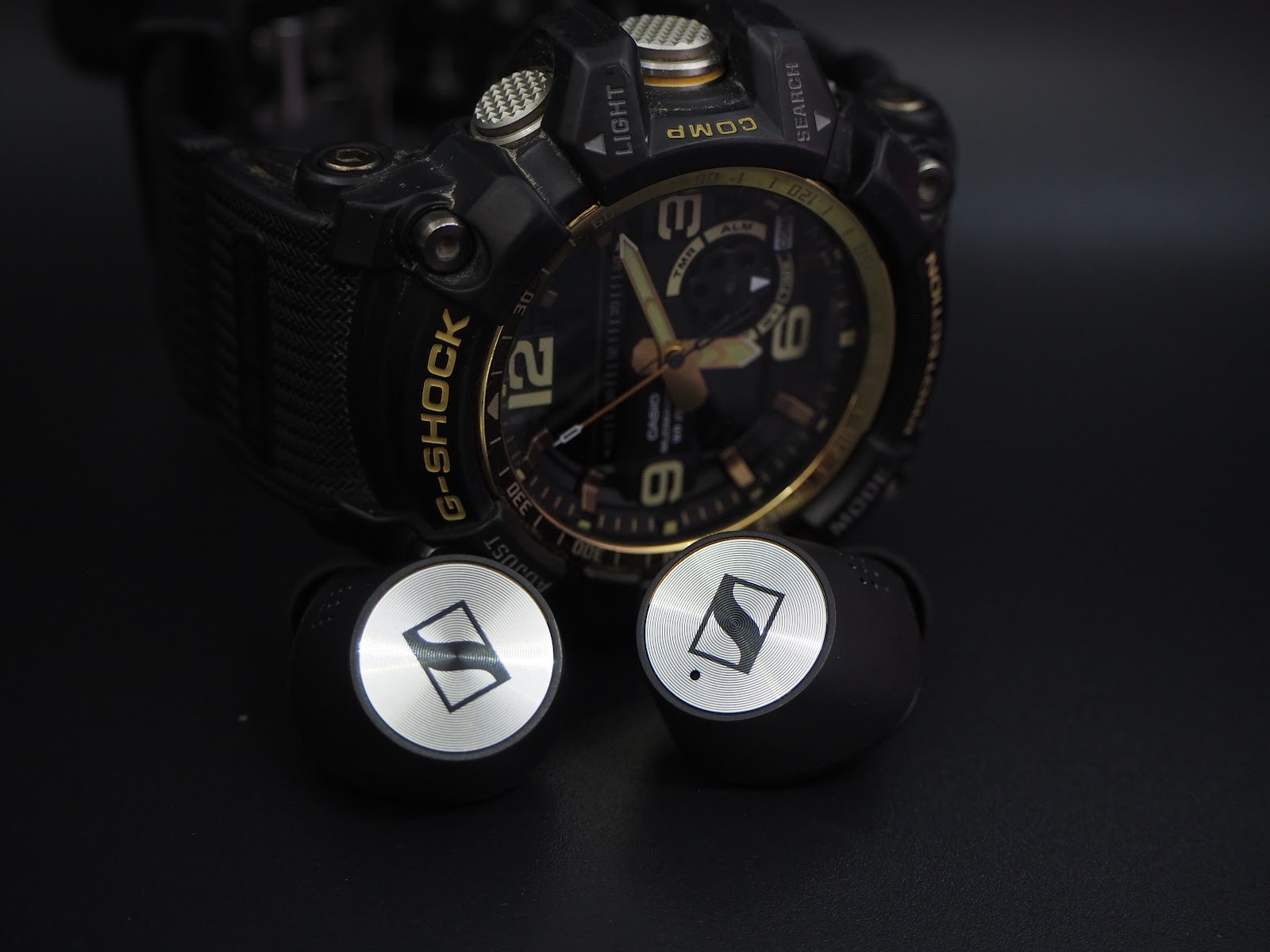
Verdict
The Sennheiser MOMENTUM True Wireless 2 successfully addressed the feedback from users based on the first generation. The second generation is indeed more user-friendly and closer to perfection. While preserving the excellent sound quality, Sennheiser improved the ergonomic design and implemented cutting-edge technologies like ANC and Bluetooth V5.1 to further strengthen the second generation of MOMENTUM True Wireless.
Disclaimer
This article is originally posted on Headphonesty. Thank you, Melvin and team from Sennheiser Singapore for loaning me the MOMENTUM True Wireless 2. It was loaned to me in exchange for my honest review and opinion. The unit will be returned to Sennheiser Singapore after this review.
Introduction
As mentioned in my review on MOMENTUM Wireless, 2020 is indeed an exciting year for Sennheiser. Celebrating their 75th anniversary, Sennheiser launches several products to refresh their current lineup. The new MOMENTUM True Wireless 2 is the latest addition to Sennheiser's premium true wireless earbuds range.
I can still remember when the first generation of MOMENTUM True Wireless released, the model was sold out almost everywhere I visited. In this release, Sennheiser is aiming to offer a more superior sound quality with better ergonomic design and implementation of active noise cancellation (ANC). The MOMENTUM True Wireless 2 is going to address feedback from first generation users.
With better ergonomic design, active noise cancellation implementation and longer battery life, can Sennheiser MOMENTUM True Wireless redefine the benchmark for a pair of premium true wireless earbuds?
Unboxing
Similar to other current MOMENTUM series models such as MOMENTUM Wireless, the packaging of MOMENTUM True Wireless 2 follows the characteristics of the current lineup - a box with a white background and blue liner, photo with the model name printed on the box. I would take this standardization as an approach to enhance the branding - crowds can immediately identify Sennheiser’s products from far away.
[IMG alt="Packaging for Sennheiser MOMENTUM True Wireless 2
"]https://lh4.googleusercontent.com/d...s4UbV6mCJzrYnvyZEOspTi7bbcyUmjQBckgxoUl[/IMG]
Some of the unique selling points are printed on the back of the box. At the side, users can find a list of included accessories in the box. Sennheiser publicise their in-house smartphone application, Sennheiser Smart Control there, too. I will elaborate more on this in the upcoming section.
Opening the box, it’s separated into two sections. Users can find the MOMENTUM True Wireless 2 and the charging case in the upper section. The accessories box takes up the lower section.
Here are the accessories included in the box:
- Four pairs of silicone ear tips (XS, S, M and L, M size pre-installed on the earbuds)
- Charging cable (USB Type-A to USB Type-C)
- Quick guide
- Compliance
- Safety guide
Technical Specification
- Dimensions: 76.8 x 43.8 x 34.7 mm (earbuds and charging case)
- USB Standard: USB Type-C
- Power supply: 5 V⎓ 650 mA max
- Driver type: Sennheiser 7mm dynamic driver
- Frequency response (Microphone): 100 Hz to 10 kHz
- Frequency response: 5 - 21,000 Hz
- Noise cancellation: Single-Mic ANC per earbud side
- Bluetooth Version: Bluetooth 5.1 compliant
- Charging time: 1.5 h for full charge / 10 min for 1.5 h playtime
- App support: Sennheiser Smart Control app for iOS™ and Android™
- Battery Specification: Built-in Lithium-Ion rechargeable batteries
- Battery time: Up to 7 hrs music playtime with earbuds and up to 28 hrs music playtime with charging case
- Supported Profiles: A2DP, AVRCP, HSP, HFP
- Codecs: SBC, AAC, aptX™
- Ear coupling: In-ear, closed acoustics
- Package dimensions (L x B x H): 170 x 115 x 45 mm
- THD, total harmonic distortion <0,08% (1kHz / 94dB)
- Warranty: 2 years
- Weight:
- Both earbuds and charging case: 70 g
- Single earbud: 6 G
- Charging case: 58 g
The shell of MOMENTUM True Wireless 2 is made on 3 pieces of plastic. The groove in between 2 pieces of plastic is obvious. I suspect the ear buds can be disassembled easily for servicing or replacing parts.
The faceplate is made of a piece of silvery metal with Sennheiser logo printed - a modern and classy design. The touch sensor is embedded underneath the faceplate. All the controls are made through touching the faceplate. I have multiple true wireless earbuds with touch control and I feel that Sennheiser is having the most stable touch control among all.
The nozzle of MOMENTUM True Wireless 2 is relatively short as compared to in-ear monitors (IEMs). However, with the improved ergonomic design, MOMENTUM True Wireless 2 is able to provide a deep insertion with its short nozzle. There is a lip on the nozzle to offer a better catch to the ear tips.
Similar to the previous generation, the charging case is covered with a layer of fabric. The Sennheiser’s logo is printed on top of the case. At the back of the case, there is a USB Type-C charging port and a light indicator. Simply press on the button beside the charging port, the light indicator will give you the battery status of the case.
[IMG alt="Charging and storage case of MOMENTUM True Wireless 2
"]https://lh5.googleusercontent.com/g...44bv00_M0ba7gJ6hhYJUTpbE4AVJBVRxyhmIRly[/IMG]
Connectivity
Powered by Bluetooth version 5.1, the MOMENTUM True Wireless 2 provides you with stable and reliable connectivity wirelessly to your devices. Multiple audio codecs are supported - SBC, AAC and aptX™. Within a month of reviewing, I had connected it to my MacBook Air and iPhone via AAC and iBasso DX220 via aptX™. It works flawlessly with all three devices without any disturbing signal interference.
Control
As mentioned in the earlier section, the control on MOMENTUM True Wireless 2 can be all done by touching the faceplate. The touch gesture can be customized on the Sennheiser Smart Control smartphone application. Users can select the most suitable gesture for each function, such as volume control, voice control and changing of tracks.
With this enablement, I can always leave my smartphone in my bag and control it using only the MOMENTUM True Wireless 2.
Fitting and Isolation
I have some experience with the first generation of MOMENTUM True Wireless. I always need to stretch my ears a little to fit the large earbuds. In the second generation, the ergonomic design is much improved. Now, I can easily put them into my ears without stretching. I even did some jump tests to ensure the fitting is secure.
With active noise cancellation implementation and better insertion into ears, MOMENTUM True Wireless 2 is definitely a good travelling companion. I have some opportunities to test them out on noisy public transport, they are really good in cancelling the noise from surrounding. Sennheiser is thoughtful enough to leave some safety margins so you can still be alerted by the announcement in the train station.
Sound Analysis
I paired the MOMENTUM True Wireless 2 to my iBasso DX220 with aptX™ for this review. As mentioned in the previous section, it paired flawlessly to my other devices, such as MacBook Air and iPhone.
Sound Signature
The MOMENTUM True Wireless 2 has similar sound signature as other models from the MOMENTUM series - musical and fun. MOMENTUM True Wireless 2 has a L-shaped sound signature. The presentation is rich and full-bodied, with more emphasis on the bass. Similar to MOMENTUM Wireless which I reviewed earlier, it offers users a comfortable listening experience.
Soundstage
Soundstage is never a problem for Sennheiser. The MOMENTUM True Wireless 2 has an above average soundstage. The extensions in both horizontal and vertical axes are astonishing. The ANC status alters the soundstage a little - with ANC off, the soundstage is slightly wider, with air injected. With ANC mode off, the airy feel is minimized and the presentation is richer. Nevertheless, regardless of which mode is toggled, there are no congestions experienced.
Lows
The bass extension is decent. I didn’t experience any sub-bass roll-off. The quantity of the sub-bass can definitely satisfy bass-heads - it rumbles well. The decay of the bass has typical speed of a dynamic driver; this injects some warmth into the overall sound signature. Despite having a slower decay, it does not color or bleed to the mids. The overall presentation is still clean and clear.
I personally like the warm bass when listening to jazz. I really like how saxophones in jazz recordings sound on MOMENTUM True Wireless 2 - warm and full-bodied.
The mid bass on MOMENTUM True Wireless 2 is leaner, compared to the sub-bass. This makes space for the mids. The transition from the lows to mids has been done well. Sennheiser demonstrated their accuracy in tuning their IEMs in MOMENTUM True Wireless 2 - this is definitely an audiophile grade of true wireless earbuds!
Mids
Having said that the lows are getting more emphasis, the mids of MOMENTUM True Wireless are not shy at all. It exhibits the slightly warm signature from the lows, making itself rich and smooth. The presentation is full-bodied and natural. The layering between mids and lows have been done well in MOMENTUM True Wireless 2.
Listening to Taiwanese-band, Mayday’s Life World Tour concert album, I got the autonomous sensory meridian response (ASMR) effect from Ashin’s vocal presented by MOMENTUM True Wireless 2. This is how amazing the vocals are.
The positioning of the vocals is slightly backward compared to the lows. This makes the overall listening experience comfortable because the vocals do not get too shouty, which is one of the effects that cause fatigue in prolonged listening.
Female vocals are handled well by MOMENTUM True Wireless 2 too. When Olivia Ong starts singing in Fly Me to the Moon, she owns the whole stage. Sweet, airy and spacious female vocals melt my heart immediately.
Highs
The highs are well extended. Cymbals sound crisp and natural. The MOMENTUM True Wireless 2 accurately recreates the plucking of a guitar, too. The highs inject huge amounts of air and space to the overall presentation. The overall fidelity is outstanding for a True Wireless earbuds. The air and space in the highs contribute to the end result of a wide soundstage.
As compared to other models from Sennheiser, the highs of MOMENTUM True Wireless 2 are more reserved. This further enhances the comfortability in listening. Together with the slightly warm bass, the music flows smoothly and naturally to your ear drums, without any factors that can irritate or cause fatigue.
Verdict
The Sennheiser MOMENTUM True Wireless 2 successfully addressed the feedback from users based on the first generation. The second generation is indeed more user-friendly and closer to perfection. While preserving the excellent sound quality, Sennheiser improved the ergonomic design and implemented cutting-edge technologies like ANC and Bluetooth V5.1 to further strengthen the second generation of MOMENTUM True Wireless.
Sennheiser MOMENTUM True Wireless 2 is retailing at SGD$449 (USD$299). You can purchase it from Sennheiser Official Website for individual countries. For those who are in Singapore, you can opt for an installment plan by Hoolah. Amongst all its upgrades, Sennheiser sees an increasing demand for the white variant and MOMENTUM True Wireless 2 has this color option now!I can now listen to it for hours due to the comfortability in both wearing and sonic performance. Thanks to the long battery life and stability in connection, I can move around in my office freely with MOMENTUM True Wireless 2 on.
Sennheiser got it right in the first generation of MOMENTUM True Wireless and I am glad that they are even another step closer to perfection with the second generation. MOMENTUM True Wireless 2 is definitely a strong contestant within its price range.
kangdaniel
Great review! What about the standby time? Dose it have draining battery issue like previous version. Tks!
yong_shun
The draining issue in first gen is solved and I do not experience similar issue in the second generation
kangdaniel
Tks for quick response! Can it last 7 hours like Sennheiser said, with ANC off?
yong_shun
1000+ Head-Fier
Pros: Available in both custom and universal models
Solid build quality
Musical and fun sound signature
Excellent fitting
Can be easily driven
Accurate bass response
Warm mid-bass
Engaging mids
Well-controlled highs
Solid build quality
Musical and fun sound signature
Excellent fitting
Can be easily driven
Accurate bass response
Warm mid-bass
Engaging mids
Well-controlled highs
Cons: The provided stock cable brings down the overall premium appearance of AV3
With the implementation of a larger balanced armature (BA) driver for bass, Avara Custom presents the AV3 - the most musical and fun-sounding model from Avara - suitable for all-rounder and mainstream music lovers.
Disclaimer
This article is posted on Headphonesty. Thank you, Alvon, founder of Avara Custom, for flying to Singapore from Surabaya, Indonesia, to take my ear impression and send me the Avara AV3 customized in-ear monitors (CIEMs). They were provided to me free of charge in exchange for my honest review and opinion.
Introduction
Alvon, the founder of Avara Custom is an avid audiophile as well as the owner of Jaben Indonesia (an audio retailer since 2009). With his long experience in this industry, he spotted the room for improvement in Indonesia’s audiophile market - a locally made, customizable and affordable line-up. Since then, he has been researching and developing CIEM markets in Indonesia.
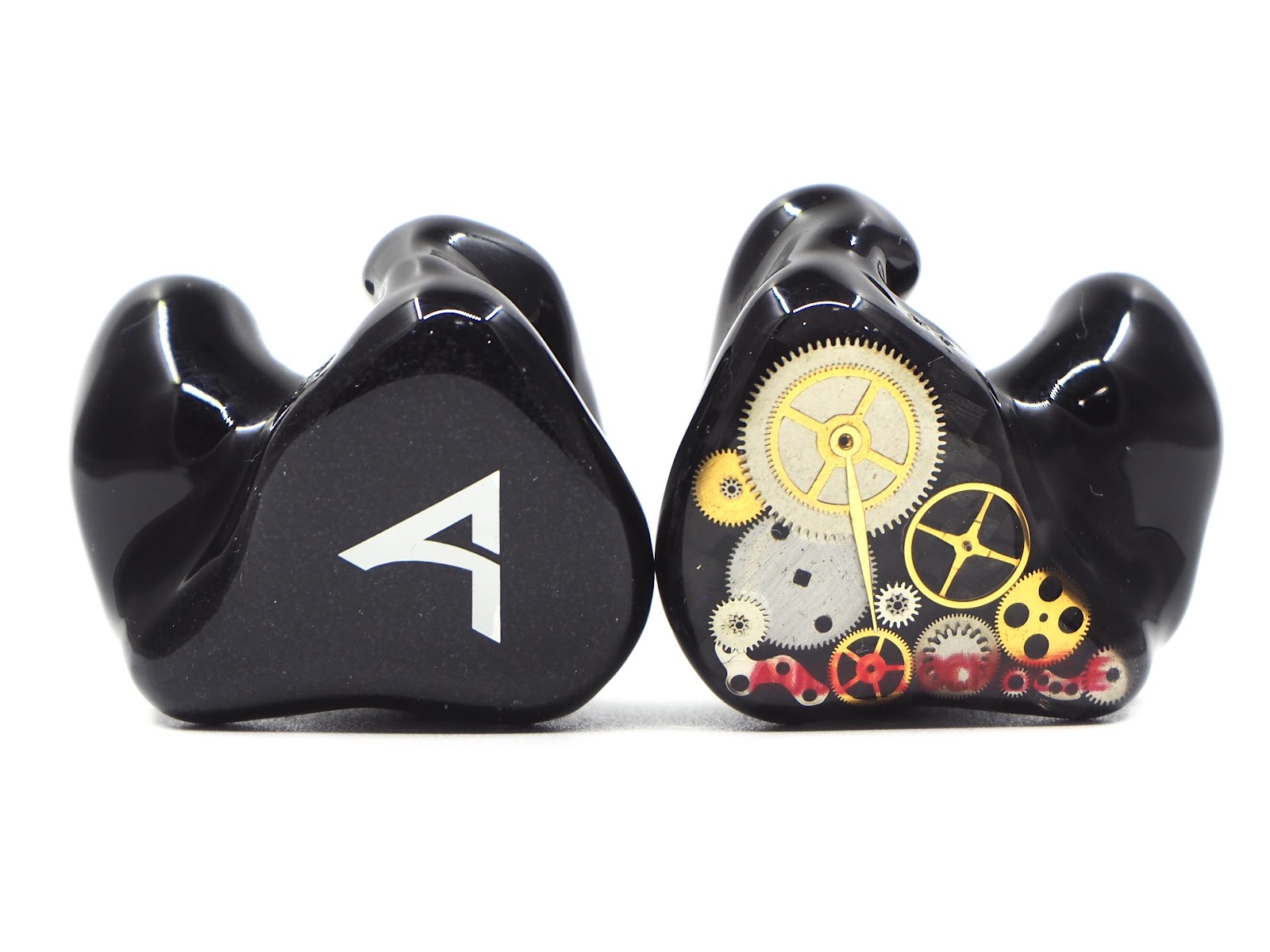
Unboxing
For those who prefer an unboxing video:
The AV3 comes in a black hard box with Avara’s custom logo printed on it. There are no other details or information can be found on the box.

Opening the box, there are brochures, stickers and a quality check (QC) card before you can reach your CIEMs. After the paperwork, users can find a clamshell hard case with a zip, cleaning tool, leather cable management clip and keychain. I particularly like the keychain and cable management clip; they have the premium look and this is a good marketing and publicity approach.
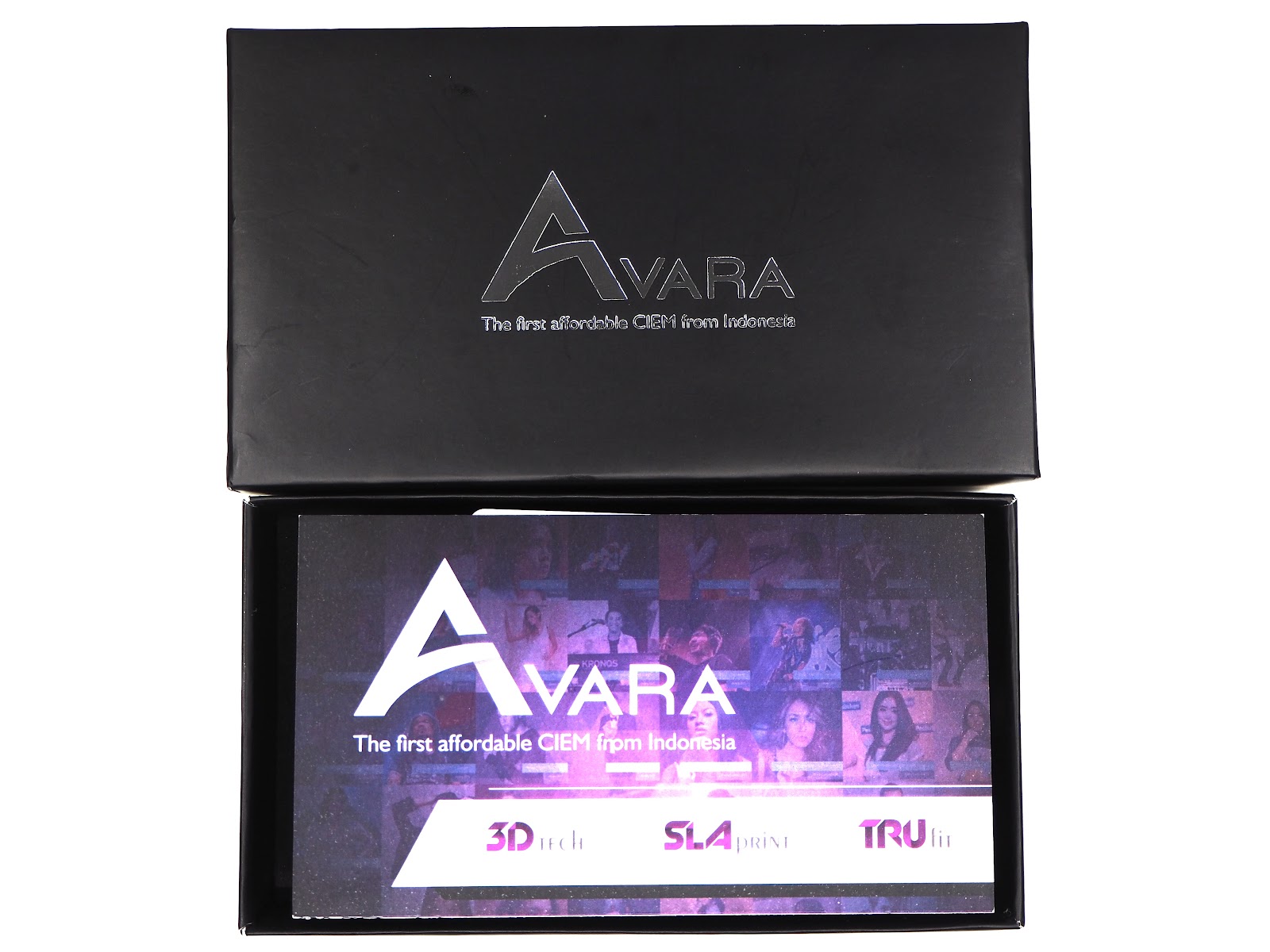

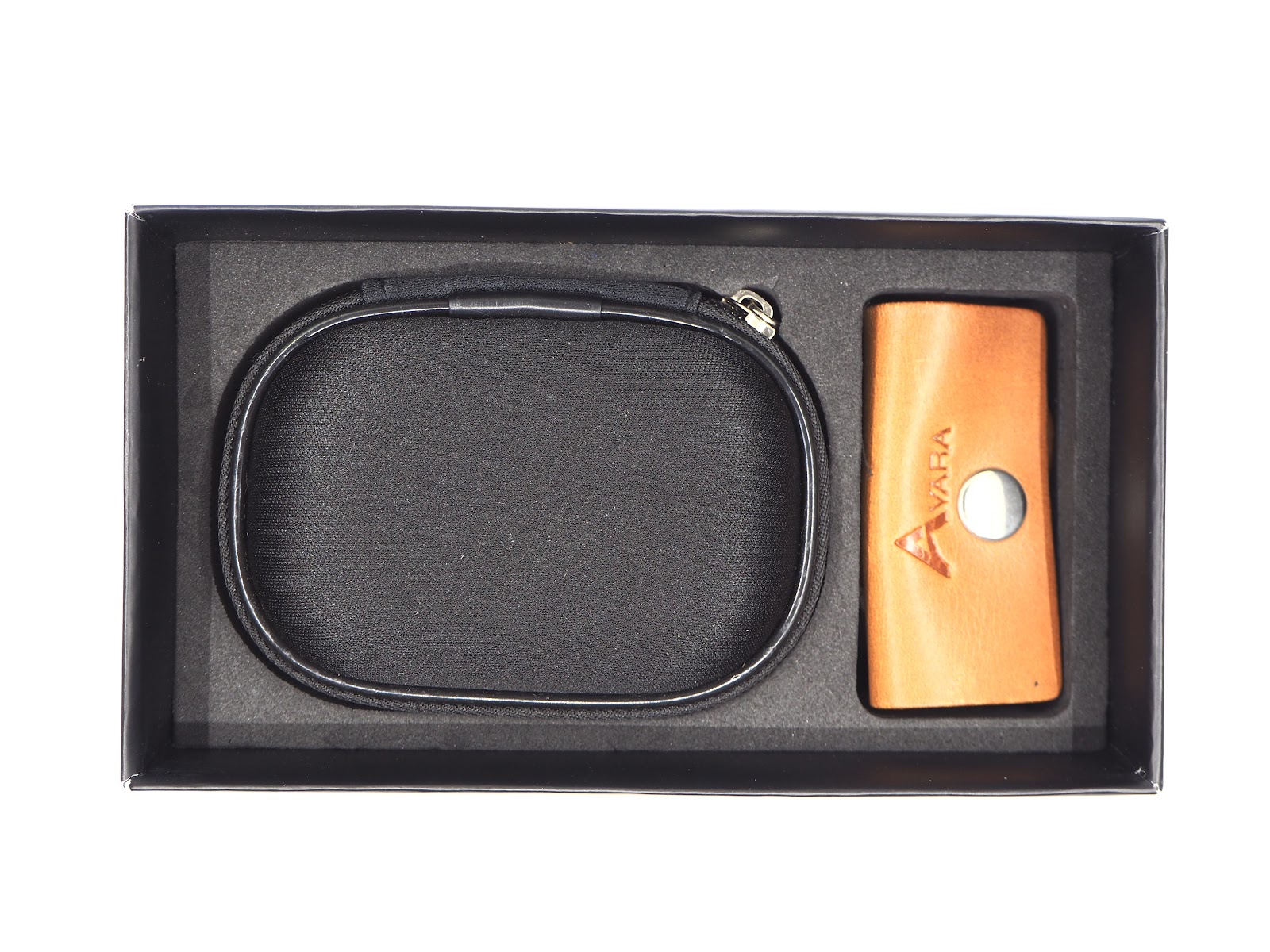

The stock cable and CIEMs are stored in the hard case. The CIEMs are well protected by soft tissues with a ziplock bag in the case. For those who opt for UIEMs, you should expect SpinFit ear tips in the packaging - a generous move from Avara!
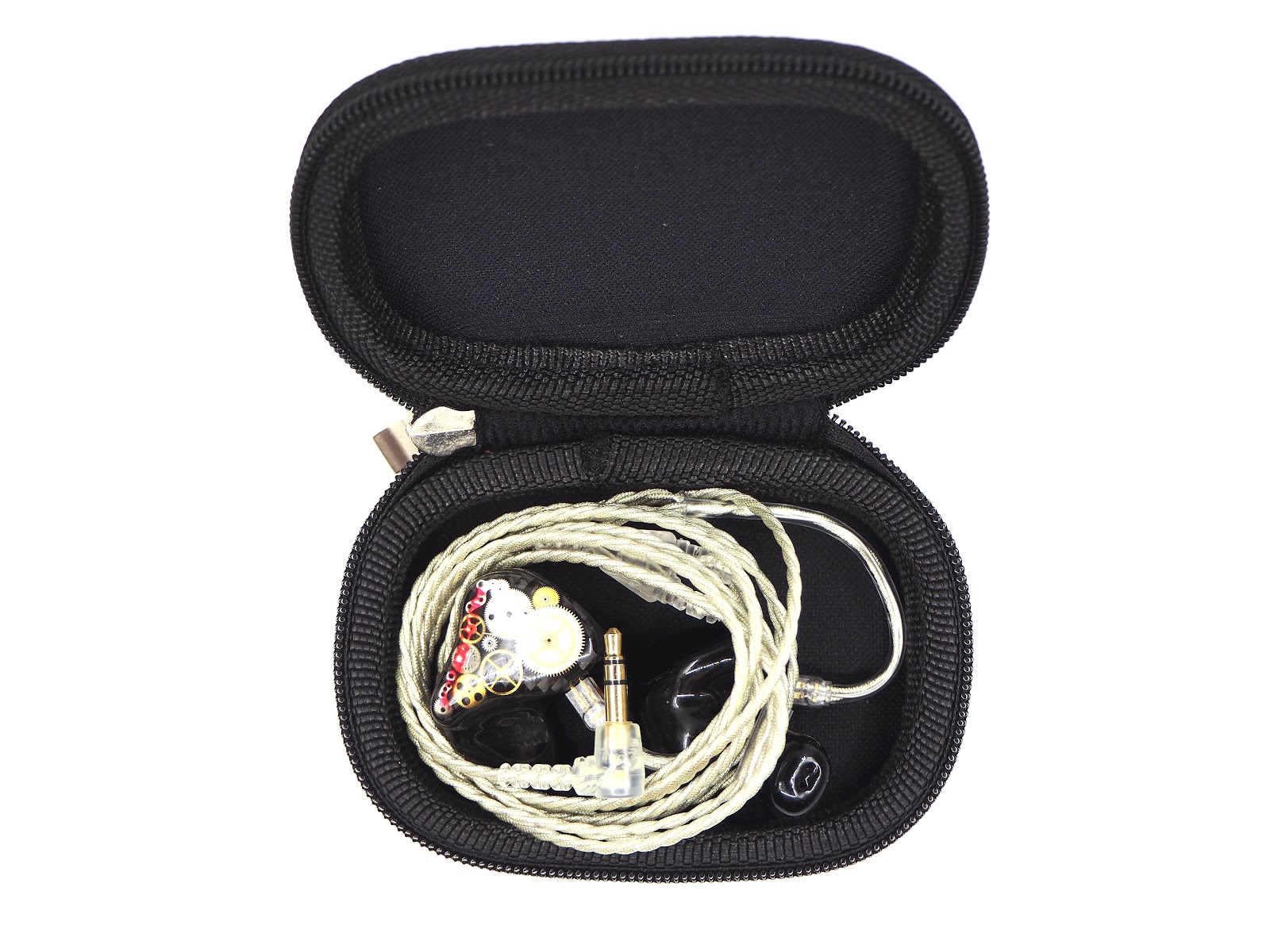
Technical Specification
Build
The build of Avara AV3 is premium. The shell is 3D printed and the final faceplate design matched perfectly with the desired design which is generated from Avara Custom IEMs Builder on their official website. As compared to my other CIEMs, AV3’s shells are heavier. I believe the outer shell is thicker, resulting in an overall heavier shell. This helps to strengthen the durability of this pair of IEMs.
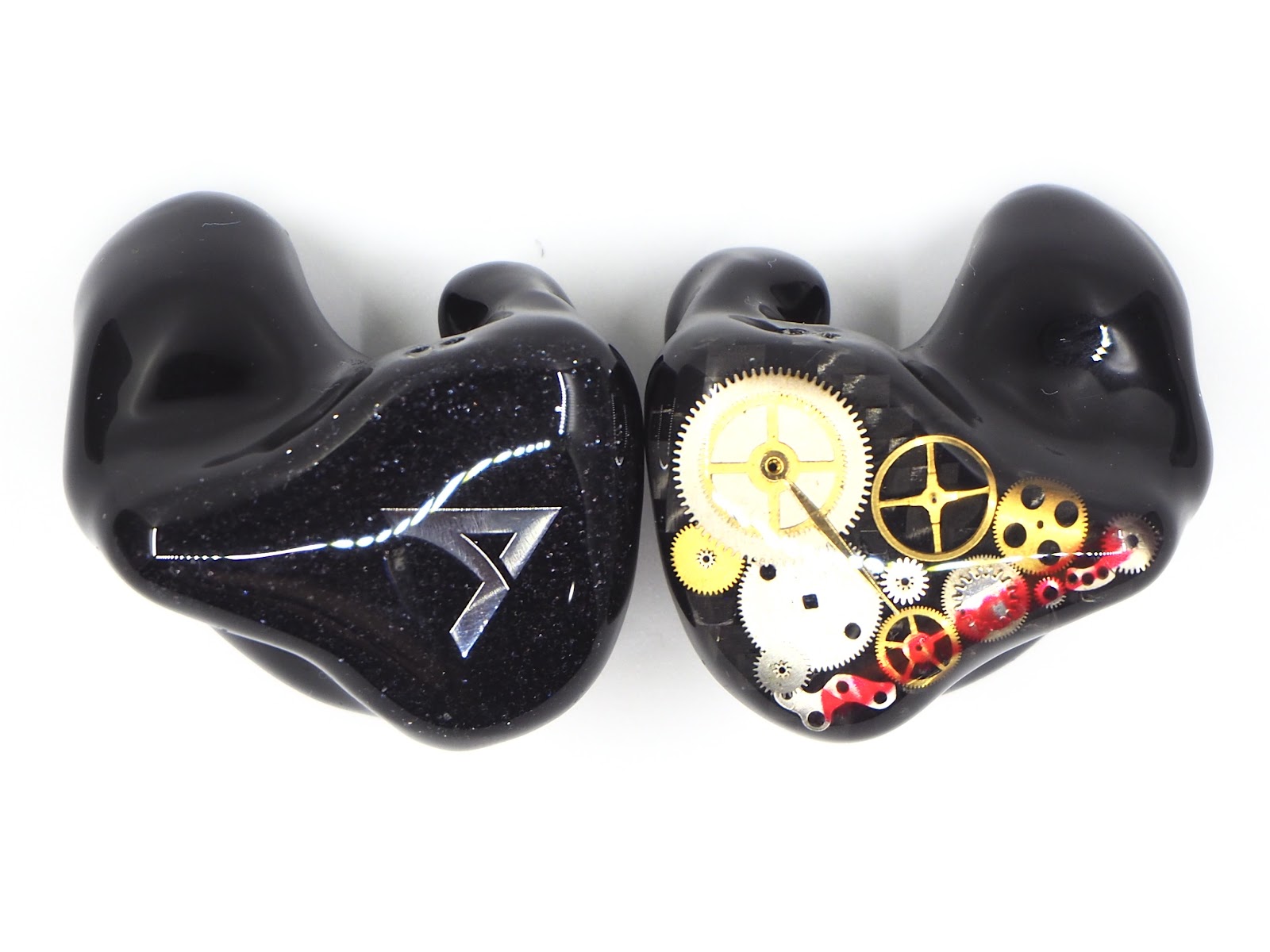
Moving to the top of the shell, there is a flush 2-pin connector. This connector is commonly found in IEMs market, particularly CIEMs. Hence, cable rolling is not an issue for AV3 as well as other models from Avara Custom.
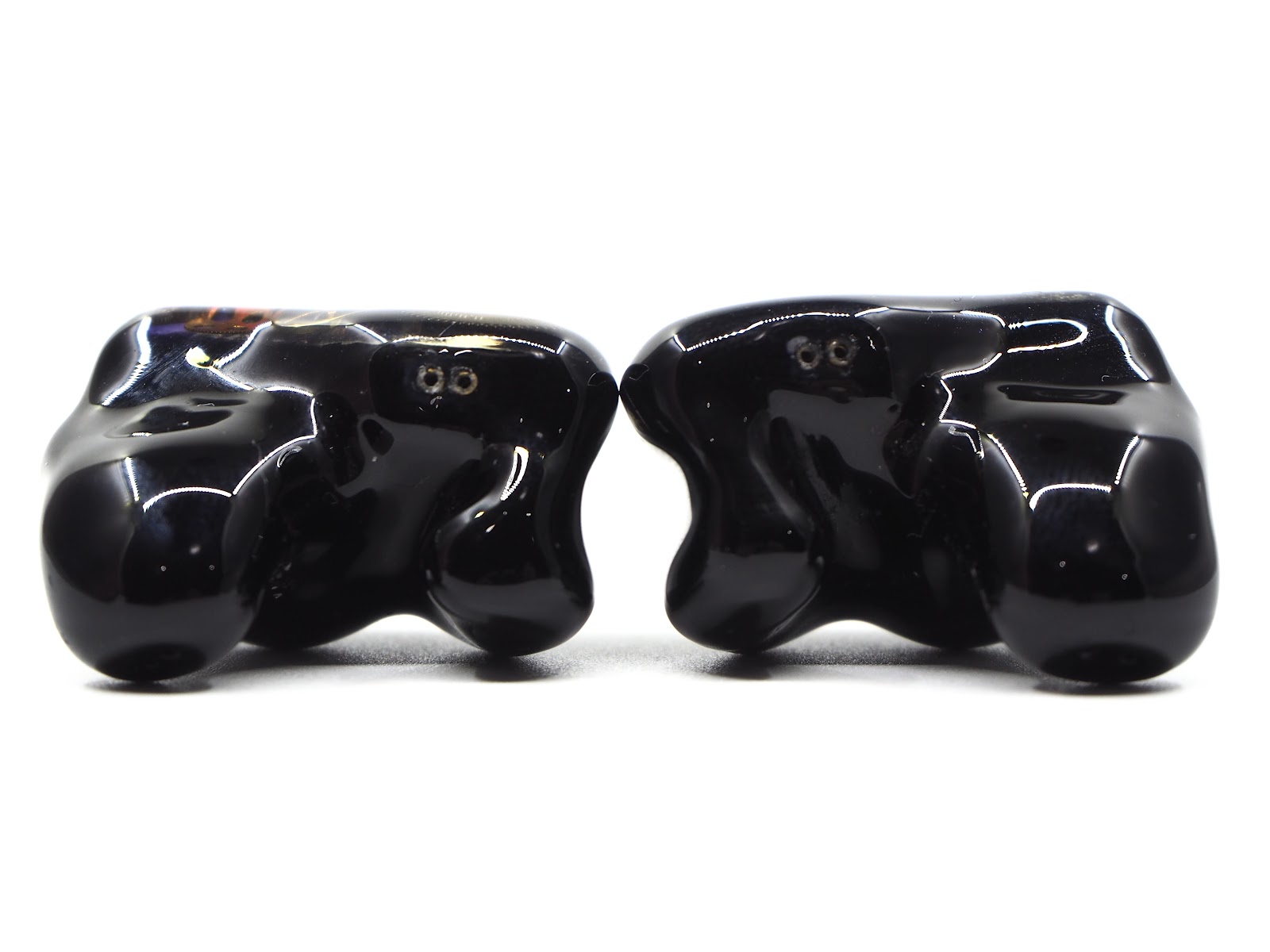
The stock cable provided is a 0.78mm 2-pin 4-wire twisted cable. It is 3.5mm unbalanced terminated. To be frank, the cable looks thin to me. I think this could be an approach for Avara Custom to reduce the overall cost. For those who need a more premium cable, upgrades can be done afterwards. Nevertheless, the cable still performs its job.


The cable comes with heat shrinked ear guides with metal wire inside. I don’t like this design because the metal wire always hits my spectacles and creates unwanted noise. The Y-splitter is transparent and users can see the wire distribution to the left and right channel. The 3.5mm unbalanced jack has a strain relief to strengthen the durability.


Fit and Isolation
Being CIEMs, AV3 offers excellent fit and isolation for me. The nozzle is slightly shorter as compared to my other CIEMs. This provides a better comfort. To maintain good isolation despite having a shorter nozzle, I realize the nozzle diameter is slightly wider. Overall, the isolation is still as good as my other CIEMs with deeper insertion.

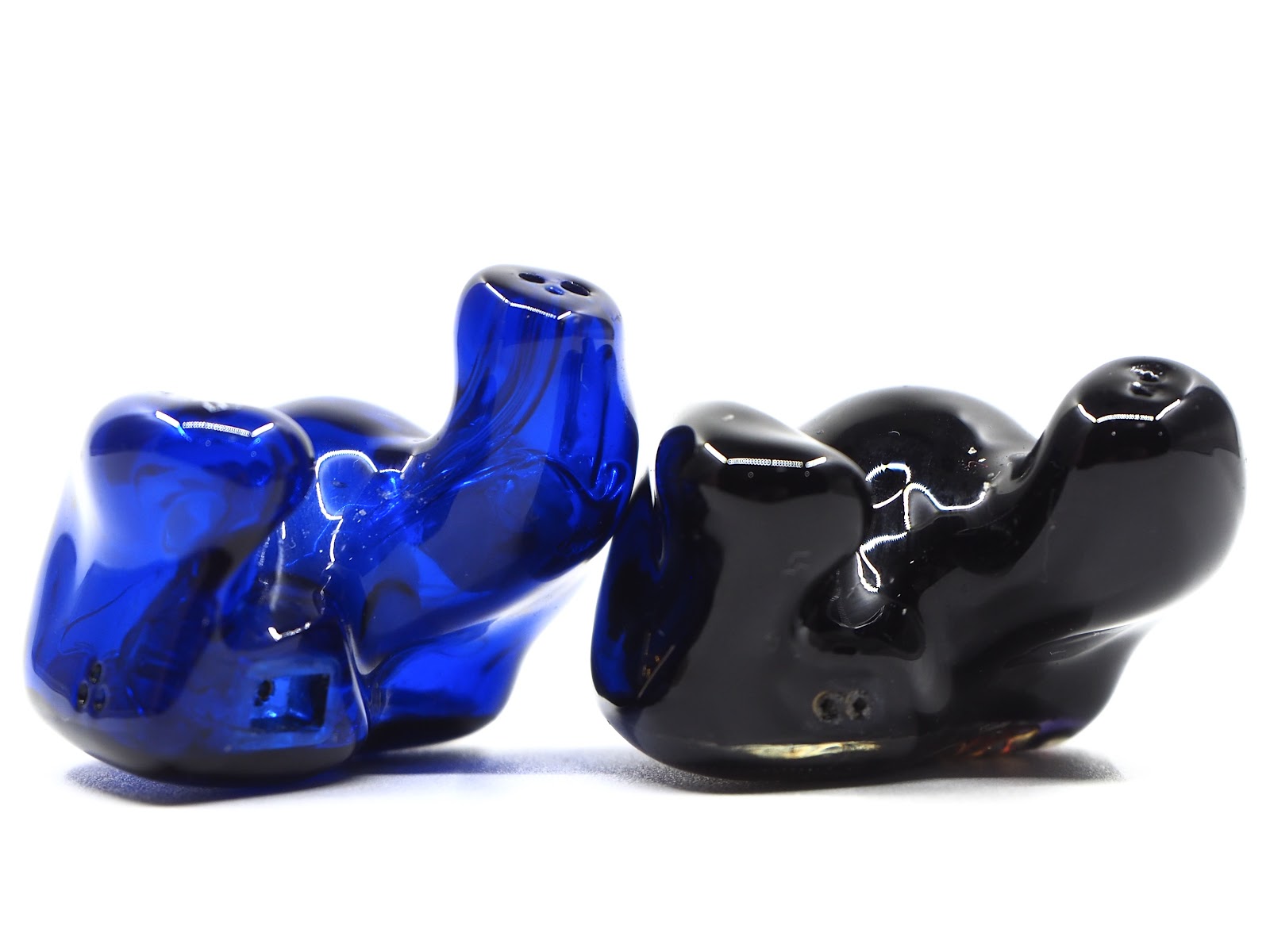
Due to Circuit Breaker implementation in Singapore, I did not have a chance to test the passive noise cancellation capability of AV3 in a noisier environment. However, with that excellent fit, I believe, without a doubt, the passive noise cancellation will be astonishing.
Sound Analysis
Similar to Avara Neo, the impedance and sensitivity are not provided by Avara Custom. Based on multiple pairings across digital audio players (DAPs), smartphones and amplifiers, AV3 can be easily driven. I don’t face any difficulties on any devices to drive the AV3 properly.
In this review, most of my impressions are from the pairing of Opus #3 hooked to the ALO Audio RX Nickel version. This is my favourite pairing for AV3. To ensure the review is accurate, I used the original stock cable provided by Avara Custom.


Sound Signature
I would classify the sound signature of AV3 as musical and fun. It has a rich mid-bass and colored presentation with warmth. It’s comfortable and relaxing to listen with. It gives me the feeling of those classic bookshelf speakers like Klipsch - music notes are flowing smoothly and lively with tons of musicality.
It’s rare to have this type of sound signature especially in the price range of USD$400. This is definitely a unique selling point for AV3. I’m sold on it!

Soundstage
The soundstage of AV3 is above average. The staging is wider horizontally as compared to the depth, creating an oval headroom. Positioning of each instrument and vocals can be identified precisely on AV3’s presentation. The staging is neither too forward nor away from the audiences. This creates an enjoyable listening experience for users.
Listening to more complicated tracks, I don’t observe congestions despite AV3 is having a rich, full-bodied sound presentation. The layering has been done well to manage all the notes from the recording.
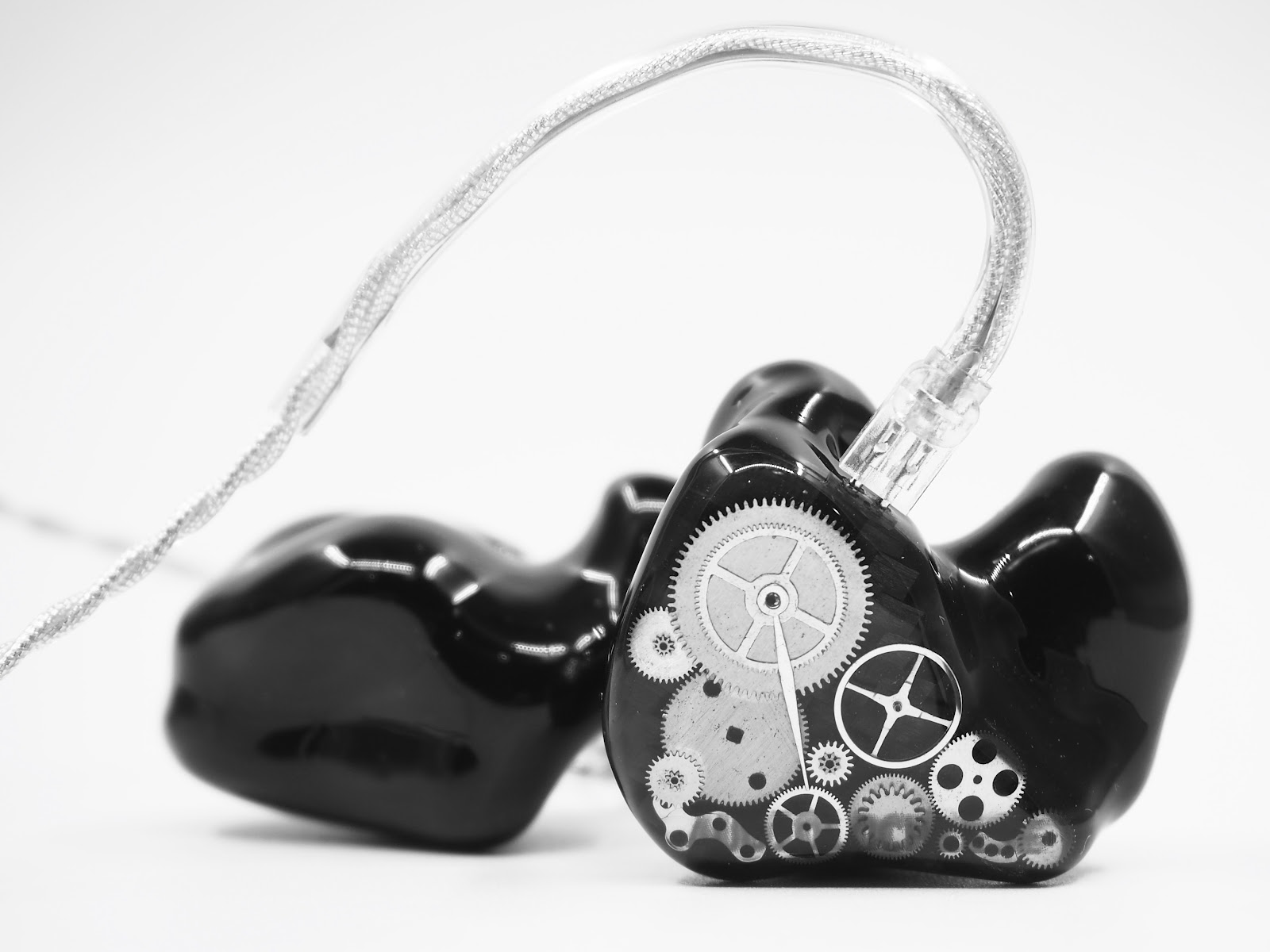
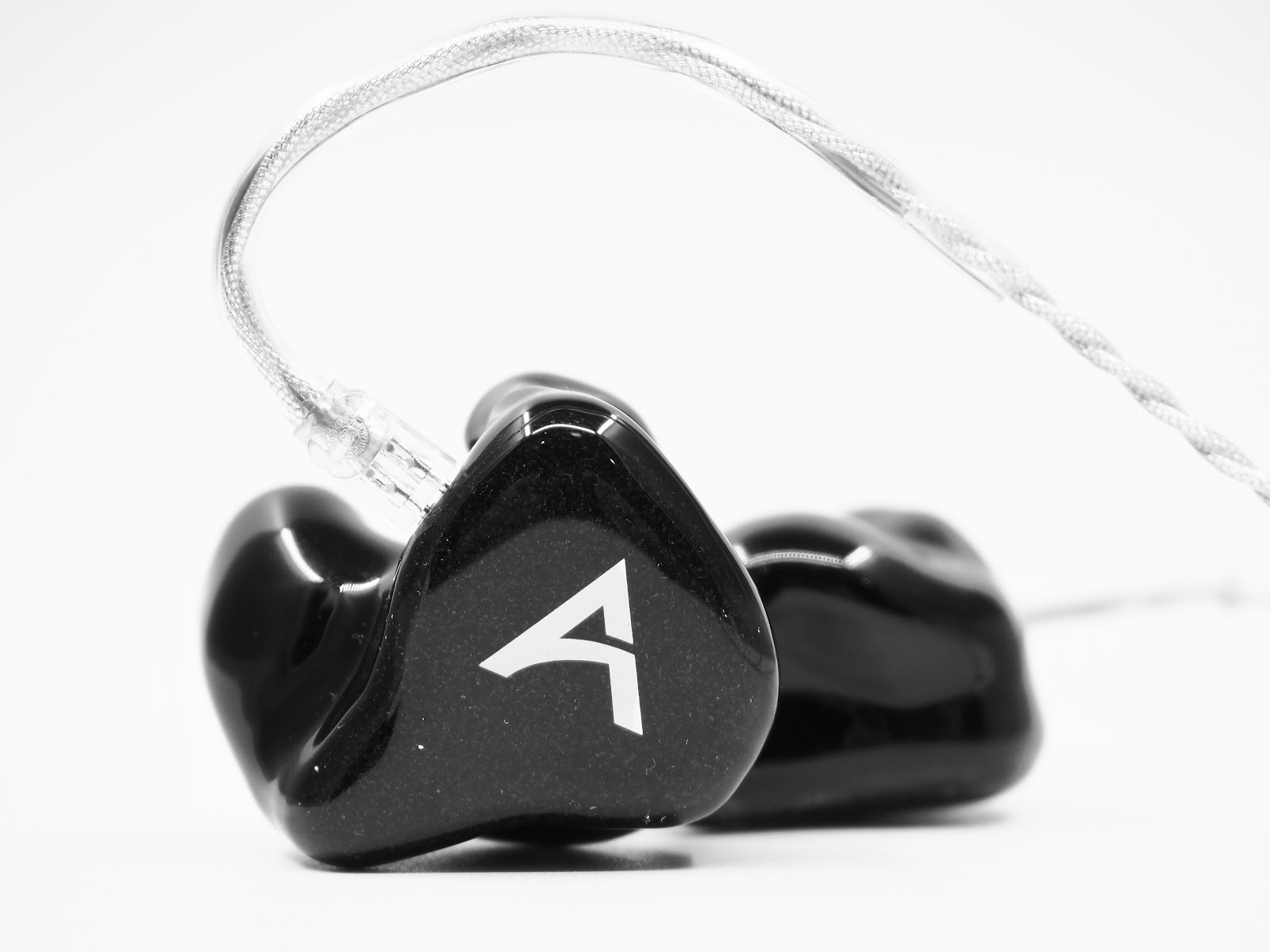
Lows
As mentioned in the sound signature section, the AV3 has rich lows which injects warmth to the overall presentation. The punch is definitely significant, compared to other triple BA driver IEMs, such as my Simgot EK3. The sub-bass is slightly recessed. The rumbles are not as great as dynamic driver powered IEMs, like Sennheiser IE400 Pro.
Moving to the mid-bass, AV3 has an excellent mid-bass performance - rich and well-controlled. The slams from the mid-bass are more prominent compared to the sub-bass. With the slightly slower decay speed, it creates a musical and fun sound signature. Despites having greater emphasis, the mid-bass does not bleed into the mids. The presentation is clean.
The warm mid-bass delivers Jazz in a very comfortable and relaxing approach, I immerse myself in the sea of Jazz when I am listening to Jazz Them Up by Bianca Wu. Simply amazing.

Mids
The mids are positioned slightly forward, having almost the same emphasis as the mid-bass. It has good energy in the mids, bringing a lively vocal presentation. The transition from the upper-bass to the mids is smooth, with a slight dip in the upper-bass to ensure the mids have good space to flex their muscles. The mids exhibit the warmth and rich texture from the bass.
The mids of AV3 are spacious, open and have good separation despite the presentation being rich and full-bodied. The flow is smooth and natural. Vocals are definitely the strength of AV3. Listening to male vocals like Jay Chou or Adam Levine, AV3 manages to deliver them accurately and naturally, without much coloration. The female vocals are sweet and airy. No sibilance or aggressiveness is found despite the mids are having more emphasis and positioned forward.

Highs
Compared to the lows and mids, the highs of AV3 don’t have much emphasis. Do not get me wrong, it’s positioned slightly backward but the presentation is still managed well by AV3. It’s smooth and tamed by the warmth from lows and mids. The extension of the bass is average. I observed a slightly early roll-off in the treble.
Listening to the orchestra, the strings sound articulate and natural. Cymbals have good sparkles and the extensions are controlled very well - there is zero distortion in the extension of highs. Every note is decayed well.
AV3 definitely is a good choice for those who are looking for a pair of IEMs that are comfortable to listen with. The highs are not fatiguing at all. This could be a good savior for those who have lower tolerance towards bright treble.
It reminds me of my Campfire Audio Nova, which is one of my all-time favorite IEM. Despite having early roll-off, the sparkle in the treble is not affected - bringing exciting yet comfortable highs.

Verdict
The Avara AV3 is a great choice for audiophiles who are looking for a musical and comfortable sounding IEM. It’s definitely an all-rounder, with well-controlled bass, engaging mids and comfortable highs. No matter which genre you are listening to, AV3’s got your back. It’s rare to find this type of sound signature in the price range of USD$400. AV3 is definitely unique and strong within this price range.
Avara AV3 is retailing at USD$340 and customization will be charged separately based on the chosen design. You can purchase it from Avara Custom’s official website. There are three main options for fellow audiophiles to choose from - CIEMs, UIEMs with bigger shells and UIEMs with smaller shells.
Avara Custom IEMs come with a 1 year official warranty and there is a 45 days refit period for CIEMs. For CIEMs, Avara Custom will take around three days to fulfill your order upon receiving your ear impressions. You can send them your physical ear impression or a scanned digital file.
After reviewing both Avara Neo and AV3, I’m confident enough to claim that Avara can definitely compete with big brands on the IEM arena. I am giving my second 5 star to Avara AV3, after ItsFit Fusion. Congratulations, Avara Custom!
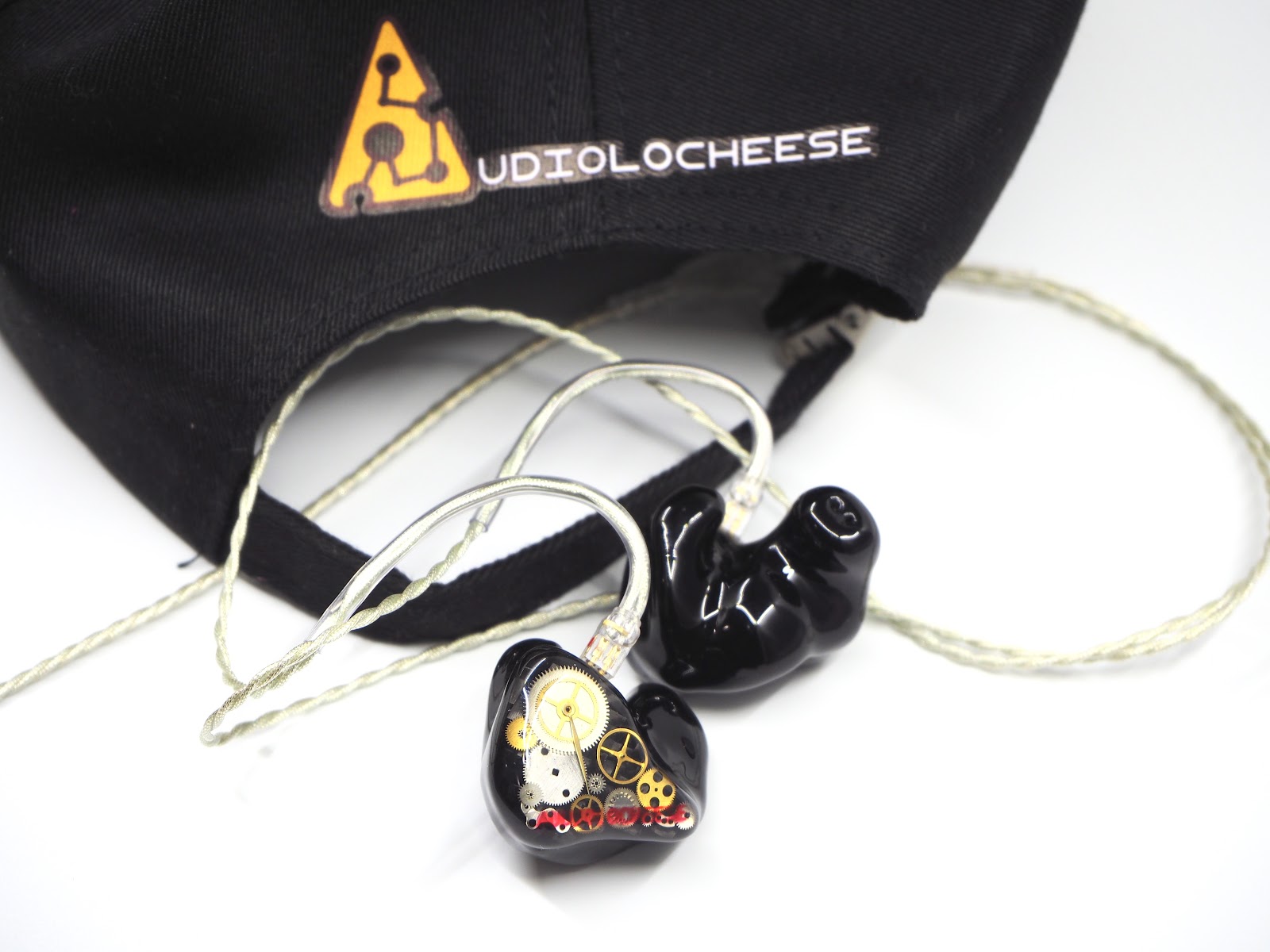
Disclaimer
This article is posted on Headphonesty. Thank you, Alvon, founder of Avara Custom, for flying to Singapore from Surabaya, Indonesia, to take my ear impression and send me the Avara AV3 customized in-ear monitors (CIEMs). They were provided to me free of charge in exchange for my honest review and opinion.
Introduction
Alvon, the founder of Avara Custom is an avid audiophile as well as the owner of Jaben Indonesia (an audio retailer since 2009). With his long experience in this industry, he spotted the room for improvement in Indonesia’s audiophile market - a locally made, customizable and affordable line-up. Since then, he has been researching and developing CIEM markets in Indonesia.
Hence, he founded Avara Custom with the aim to improve the Indonesian audio market - providing affordable yet high quality universal IEMs (UIEMs) and CIEMs to musicians and audiophiles. Without disappointment, his leap of faith was well-received locally and he even took it one step further - presenting the brand to global platforms. AV3 is one of the models in his custom series and, according to Alvon, this is the most popular model for both audiophiles and musicians.With his expertise and experience in the audio industry, particularly in Indonesia, he truly understands the unique selling points for a pair of well-received earphones - from sonic performance to physical appearance.
Avara Custom publishes this tagline on their website - “The most musical and most fun sounding CIEM from Avara, suitable for all rounder and mainstream music lovers”. How true is this? We will check it out in this article!
Unboxing
For those who prefer an unboxing video:
The AV3 comes in a black hard box with Avara’s custom logo printed on it. There are no other details or information can be found on the box.
Opening the box, there are brochures, stickers and a quality check (QC) card before you can reach your CIEMs. After the paperwork, users can find a clamshell hard case with a zip, cleaning tool, leather cable management clip and keychain. I particularly like the keychain and cable management clip; they have the premium look and this is a good marketing and publicity approach.
The stock cable and CIEMs are stored in the hard case. The CIEMs are well protected by soft tissues with a ziplock bag in the case. For those who opt for UIEMs, you should expect SpinFit ear tips in the packaging - a generous move from Avara!
Technical Specification
- Driver Configuration: Triple precision balanced armature drivers with true crossover (single lows, single mids, single highs)
- Cable: 0.78mm 2-pin with 3.5mm unbalanced terminated 4-wire twisted cable
- Sound bore: Dual bore design
Build
The build of Avara AV3 is premium. The shell is 3D printed and the final faceplate design matched perfectly with the desired design which is generated from Avara Custom IEMs Builder on their official website. As compared to my other CIEMs, AV3’s shells are heavier. I believe the outer shell is thicker, resulting in an overall heavier shell. This helps to strengthen the durability of this pair of IEMs.
Moving to the top of the shell, there is a flush 2-pin connector. This connector is commonly found in IEMs market, particularly CIEMs. Hence, cable rolling is not an issue for AV3 as well as other models from Avara Custom.
The stock cable provided is a 0.78mm 2-pin 4-wire twisted cable. It is 3.5mm unbalanced terminated. To be frank, the cable looks thin to me. I think this could be an approach for Avara Custom to reduce the overall cost. For those who need a more premium cable, upgrades can be done afterwards. Nevertheless, the cable still performs its job.
The cable comes with heat shrinked ear guides with metal wire inside. I don’t like this design because the metal wire always hits my spectacles and creates unwanted noise. The Y-splitter is transparent and users can see the wire distribution to the left and right channel. The 3.5mm unbalanced jack has a strain relief to strengthen the durability.
Fit and Isolation
Being CIEMs, AV3 offers excellent fit and isolation for me. The nozzle is slightly shorter as compared to my other CIEMs. This provides a better comfort. To maintain good isolation despite having a shorter nozzle, I realize the nozzle diameter is slightly wider. Overall, the isolation is still as good as my other CIEMs with deeper insertion.
Due to Circuit Breaker implementation in Singapore, I did not have a chance to test the passive noise cancellation capability of AV3 in a noisier environment. However, with that excellent fit, I believe, without a doubt, the passive noise cancellation will be astonishing.
Sound Analysis
Similar to Avara Neo, the impedance and sensitivity are not provided by Avara Custom. Based on multiple pairings across digital audio players (DAPs), smartphones and amplifiers, AV3 can be easily driven. I don’t face any difficulties on any devices to drive the AV3 properly.
In this review, most of my impressions are from the pairing of Opus #3 hooked to the ALO Audio RX Nickel version. This is my favourite pairing for AV3. To ensure the review is accurate, I used the original stock cable provided by Avara Custom.
Sound Signature
I would classify the sound signature of AV3 as musical and fun. It has a rich mid-bass and colored presentation with warmth. It’s comfortable and relaxing to listen with. It gives me the feeling of those classic bookshelf speakers like Klipsch - music notes are flowing smoothly and lively with tons of musicality.
It’s rare to have this type of sound signature especially in the price range of USD$400. This is definitely a unique selling point for AV3. I’m sold on it!
Soundstage
The soundstage of AV3 is above average. The staging is wider horizontally as compared to the depth, creating an oval headroom. Positioning of each instrument and vocals can be identified precisely on AV3’s presentation. The staging is neither too forward nor away from the audiences. This creates an enjoyable listening experience for users.
Listening to more complicated tracks, I don’t observe congestions despite AV3 is having a rich, full-bodied sound presentation. The layering has been done well to manage all the notes from the recording.
Lows
As mentioned in the sound signature section, the AV3 has rich lows which injects warmth to the overall presentation. The punch is definitely significant, compared to other triple BA driver IEMs, such as my Simgot EK3. The sub-bass is slightly recessed. The rumbles are not as great as dynamic driver powered IEMs, like Sennheiser IE400 Pro.
Moving to the mid-bass, AV3 has an excellent mid-bass performance - rich and well-controlled. The slams from the mid-bass are more prominent compared to the sub-bass. With the slightly slower decay speed, it creates a musical and fun sound signature. Despites having greater emphasis, the mid-bass does not bleed into the mids. The presentation is clean.
The warm mid-bass delivers Jazz in a very comfortable and relaxing approach, I immerse myself in the sea of Jazz when I am listening to Jazz Them Up by Bianca Wu. Simply amazing.
Mids
The mids are positioned slightly forward, having almost the same emphasis as the mid-bass. It has good energy in the mids, bringing a lively vocal presentation. The transition from the upper-bass to the mids is smooth, with a slight dip in the upper-bass to ensure the mids have good space to flex their muscles. The mids exhibit the warmth and rich texture from the bass.
The mids of AV3 are spacious, open and have good separation despite the presentation being rich and full-bodied. The flow is smooth and natural. Vocals are definitely the strength of AV3. Listening to male vocals like Jay Chou or Adam Levine, AV3 manages to deliver them accurately and naturally, without much coloration. The female vocals are sweet and airy. No sibilance or aggressiveness is found despite the mids are having more emphasis and positioned forward.
Highs
Compared to the lows and mids, the highs of AV3 don’t have much emphasis. Do not get me wrong, it’s positioned slightly backward but the presentation is still managed well by AV3. It’s smooth and tamed by the warmth from lows and mids. The extension of the bass is average. I observed a slightly early roll-off in the treble.
Listening to the orchestra, the strings sound articulate and natural. Cymbals have good sparkles and the extensions are controlled very well - there is zero distortion in the extension of highs. Every note is decayed well.
AV3 definitely is a good choice for those who are looking for a pair of IEMs that are comfortable to listen with. The highs are not fatiguing at all. This could be a good savior for those who have lower tolerance towards bright treble.
It reminds me of my Campfire Audio Nova, which is one of my all-time favorite IEM. Despite having early roll-off, the sparkle in the treble is not affected - bringing exciting yet comfortable highs.
Verdict
The Avara AV3 is a great choice for audiophiles who are looking for a musical and comfortable sounding IEM. It’s definitely an all-rounder, with well-controlled bass, engaging mids and comfortable highs. No matter which genre you are listening to, AV3’s got your back. It’s rare to find this type of sound signature in the price range of USD$400. AV3 is definitely unique and strong within this price range.
Avara AV3 is retailing at USD$340 and customization will be charged separately based on the chosen design. You can purchase it from Avara Custom’s official website. There are three main options for fellow audiophiles to choose from - CIEMs, UIEMs with bigger shells and UIEMs with smaller shells.
Avara Custom IEMs come with a 1 year official warranty and there is a 45 days refit period for CIEMs. For CIEMs, Avara Custom will take around three days to fulfill your order upon receiving your ear impressions. You can send them your physical ear impression or a scanned digital file.
After reviewing both Avara Neo and AV3, I’m confident enough to claim that Avara can definitely compete with big brands on the IEM arena. I am giving my second 5 star to Avara AV3, after ItsFit Fusion. Congratulations, Avara Custom!
L
LikeHolborn
kia three, Hunk One (rike dis style) ..you know its gonna be the bomb when (previously) He (av2) talked about fun and mainstream music listening. the music is not so good but the in-ear is a 100 (How did they come up with tht?)
yong_shun
1000+ Head-Fier
Pros: Deep ear cups
No pressure hotspot from the headband
Deep extending sub-bass
Well-controlled mid-bass
Outstanding noise cancellation
Well-designed application for easier control
Smooth and well extended highs
USB Type-C audio input
Eye-catching physical appearance
No pressure hotspot from the headband
Deep extending sub-bass
Well-controlled mid-bass
Outstanding noise cancellation
Well-designed application for easier control
Smooth and well extended highs
USB Type-C audio input
Eye-catching physical appearance
Cons: The case is soft and providing insufficient protection to the headphones
Unable to hang the headphones on the headphone stand because of smart on / off features
Unable to hang the headphones on the headphone stand because of smart on / off features
DisclaimerThe refreshed version of MOMENTUM Wireless is where classy and modern external design meets the Sennheiser’s superior sonic quality, with the addition of new technology implementations.
This article is posted on Headphonesty. Thank you, Melvin and team from Sennheiser Singapore, for sending me the MOMENTUM Wireless headphones despite facing the Circuit Breaker implementation in Singapore. It was provided to me free of charge in exchange for my honest review and opinion.
Introduction
2020 is indeed an exciting year for Sennheiser. Celebrating their 75th anniversary, Sennheiser launches several products to refresh their current lineup. For those who are familiar with Sennheiser’s in-ear monitors (IEMs) or headphones, MOMENTUM series is definitely not a stranger to you.
The new MOMENTUM Wireless is the latest addition to Sennheiser's premium wireless headphone range. With this release, Sennheiser is aiming to offer superior sound with the implementation of cutting-edge technology. The modern design aesthetic of MOMENTUM wireless headphones is preserved too - with some slight improvement in this release.
It redefines your premium headphone experience by reproducing the balanced depth and precision of studio-quality audio. Let’s go through the detailed study on this new release together!
Unboxing
The packaging of MOMENTUM Wireless follows the characteristics of the current lineup - a box with a white background and blue liner, photo with the model name printed on the box. I would take this standardization as an approach to enhance the branding - crowds can immediately identify Sennheiser’s products from far away.
The unique selling points of MOMENTUM Wireless are printed on the back of the box, just like IE PRO Series. At the side of the box, the included accessories are listed. The supported Bluetooth codecs are printed too.
Removing the outer sleeve, the inner white hardbox with Sennheiser logo provides sufficient protection to the headphones and included accessories. When the box is opened, the MOMENTUM Wireless is stored nicely in the grey soft storage pouch, together with accessories.
Here are the accessories included in the box:
- 3.5mm terminated audio cable
- USB Type-C charging and data transfer cable
- USB Type-C to USB Type-A adapter
- Soft storage case
- Quick guide
- Safety guide
Technical Specifications
- Bluetooth version: Bluetooth 5.0 compliant
- Supported profiles: A2DP, AVRCP, HSP, HFP
- Audio input: Bluetooth, Analog (mini jack), USB Type-C
- Power supply: 5.0 V DC, 330mA
- Battery specification: Built-In Lithium rechargeable battery
- Battery life: Maximum 17 hours
- Frequency range: 6Hz - 22kHz
- NFC: yes
- Audio codec: SBC, aptX™, aptX™ Low Latency, AAC
- Charging: USB Type-C
- Battery life: 17 hours
- Noise cancellation: 3 Active Noise Cancelling Modes
The MOMENTUM Wireless headphones exhibit the characteristics of predecessors in terms of physical appearance - stainless steel bar at the side with a genuine leather padded headband. The premium appearance of MOMENTUM Wireless is definitely a unique selling point.
Compared to other popular models like Bose QuietComfort 35 and Sony WH-1000XM3, the MOMENTUM Wireless definitely will gain you a higher head-turning rate when you are walking on the street.
The ear cups are attached to the sides stainless steel bar. It can be tilted a little in different directions to provide highest quality comfort to the users. This is a thoughtful design especially for spectacle wearers like me because spectacles can be an obstacle for the ear cups to provide good isolation.
The ear pads are padded with memory foam. This enhances the overall wearing comfort. The memory foam will adapt to your head shape and offer you a “customized” wearing experience. I didn’t feel any discomfort within the period of reviewing and I put it to the test by wearing it for a long conference meeting.
The control buttons are placed on the right ear cups. A lot of current models are following the hype of using touch control, I am glad that MOMENTUM Wireless still maintains conventional physical control buttons. I will elaborate more regarding the controls in the upcoming section.
The provided storage case is soft and can be compressed when you are not using it. Personally I prefer the harder storage case from the previous generation which is able to provide a better protection from pressure. I always store my headphones in my bag so there is a chance I might accidentally damage the headphones when I exert pressure on my bag, such as when I lean against the wall.
Control
The control for MOMENTUM Wireless is easy and I like the user-friendliness of it. Near the USB Type-C and 3.5mm audio port, the button is for activating the voice control - Siri or Google Assistant, depending on which phone is connected. If the MOMENTUM is connected to a device with no voice control capability, the music will pause for a short while and continue after it.
Moving upwards, users can find the typical three button for audio control - volume control with a play / pause button in the middle. For MOMENTUM Wireless, the play / pause button has multiple functions - you can skip the track with double press and go back to the previous track with triple press. This button will be used for picking up phone calls too. You can also reject the phone calls by pressing and holding this button.
Moving to the top button, this is the control for noise cancellation. Simply slide the button upward, the active noise cancellation will be deactivated. Sliding the button downward, transparent hearing will be activated. To end the transparent hearing, simply slide the button downwards again. The three active noise cancellation modes can be adjusted on Sennheiser Smart Control applications on users’ smartphones.
Active Noise Cancellation
Active noise cancellation (ANC) is an essential feature for most of the people nowadays especially for those who often need to squeeze into packed buses or trains, just like me. The noise from the transports and the chit chats from inconsiderate commuters are torturing. With ANC turned on, one can submerge him or herself in the sea of music, escaping from the hustle and bustle of the city.
Due to the implementation of the Circuit Breaker, I am working remotely from home. So, I didn’t have a chance to test the capability of MOMENTUM Wireless’s ANC in a noisier environment. However, my working desk is near a busy main road. With MOMENTUM Wireless on, the noise from vehicles can be eliminated, which allows me to focus on my work.
MOMENTUM Wireless comes with three ANC modes - max, anti-wind and anti-pressure. I am always using it with “max” mode on. I don’t feel the “vacuum” feel of the ANC. However, if you are more sensitive with the “vacuum feel” created by ANC, you can try anti-wind and anti-pressure mode which I believe can be considered as “partial noise cancellation”.
Smart Features
Auto On/Off
This is a cool feature that I like the most. As a user of the previous model, I always need to unfold the headphones and turn on the headphones manually. For the new MOMENTUM Wireless, the headphone will be turned on automatically when the pair of headphones are unfolded.
However, there is a disadvantage in this design. I cannot hang my MOMENTUM wireless on a headphone stand when I am at home now because this will keep it constantly turned on.
Smart Pause
When you take off MOMENTUM Wireless, the music playback will be paused. This is a design to preserve battery life and it also allows you to pick up where you left off when you’re ready to use them again.
Based on my music listening experience in the office, I think this implementation is very useful. Imagine you are working in the office and enjoying your music and your colleagues, supervisor or boss tap on your shoulder. You only need to remove your headphones to start the conversation immediately without losing your spot in your song.
TILE and Smart Control Applications
These two applications mentioned above are a must for MOMENTUM Wireless users to download on their smartphones. TILE is an application to assist you in finding your headphones when and if you misplace them. In the app, you can trigger the headphones to ring and vibrate.
For Smart Control Application, this is a control tower for your MOMENTUM Wireless. With this application, you can update the firmware of your headphones and adjust the equalizer and ANC modes. Besides that, the smart pause feature can be turned off in the application too. I hope in the future, the smart on / off feature can also be controlled in the application so I can hang the headphones on the headphone stand.
Comfort
I have a big head and based on my experience, a lot of on-ear headphones cannot fit me well. As an over-ear headphone set, MOMENTUM Wireless fits me really well. The ear cups are deep enough for my big ears. For those models with shallower ear cups, my ears tend to be pressed and uncomfortable which annoys me.
As mentioned in the “Build” section, the tilt design and memory foam padded ear cups further enhance the comfort of MOMENTUM Wireless. Despite having metal parts on the headphones, it doesn’t create pressure due to a heavy weight on my head. The padded headband distributes the pressure equally across the head, leaving no pressure hotspot.
Connectivity
MOMENTUM Wireless offers users three connection methods - Wireless (Bluetooth), USB Type-C and 3.5mm audio jack. Powered by the Bluetooth version 5.0, the connectivity between MOMENTUM Wireless and source device is very stable. Within the reviewing period, I didn’t face any signal distortions due to interference.
MOMENTUM Wireless supports SBC, aptX™, aptX™ Low Latency and AAC audio codecs. For those who are after Hi-Res audio, aptX™ will be a good codec for you. I am an Apple device user. So, I use AAC codec most often and MOMENTUM Wireless connects to my MacBook Air and iPhone XR flawlessly.
For those who are after wired connections, MOMENTUM Wireless got your back. You can connect the headphones to your device through 3.5mm audio cable or USB Type-C. Personally, I use USB Type-C connection more often because this is a good way to preserve the original sound signature.
When MOMENTUM Wireless is connected to the device through USB Type-C, the digital audio files will be decoded and amplified fully. You are going to get a sound signature close to wireless input. When MOMENTUM Wireless is connected to the device through 3.5mm audio cable, the decoding and amplifying will be done by the source. In this scenario, the source is affecting the sound signature.
Sound Analysis
To analyse the sonic quality of MOMENTUM Wireless accurately, I would use either Bluetooth or USB Type-C connection. This is to minimize the effect of decoding and amplification from the source. All decoding and amplification are done by MOMENTUM Wireless under these two connections.
I paired MOMENTUM Wireless with my MacBook and iPhone XR with AAC codec. To test the stability of aptX™ audio codec, I also paired it with my iBasso DX220.
Sound Signature
MOMENTUM Wireless has a L-shaped sound signature, with more emphasis on the low frequency compared to mids and highs. The overall signature is slightly warmer, which creates a comfortable listening experience. Comfortable sound signature and wearing really makes me hesitate taking it off.
Soundstage
The soundstage of MOMENTUM Wireless is above average. It‘s wide and deep. The ANC mode alters the soundstage a little - with “anti-pressure” mode on, the soundstage is slightly wider, with air injected. With “max” mode on, the airy feel is minimized and the presentation is richer. Nevertheless, regardless of which mode is toggled, there are no congestions experienced.
Lows
The lows of MOMENTUM Wireless are rich. It has more emphasis compared to other frequency spectrums. The amount of bass can definitely fulfill the needs of bass-heads. The sub-bass is extends deeply, creating good depth in the presentation. The feeling is like there is a subwoofer implemented - creating rumbles when the sub-bass hits.
I particularly like the “subwoofer” kind of sub-bass when I am listening to movie soundtracks like Arabian Nights of Disney Aladdin. The hits can recreate the scenes in the movie.
Moving to the mid-bass, it has similar emphasis as the sub-bass. The control of the mid-bass is good. I do not feel the bass is bloated or bleeded towards the mids. Despites having more emphasis, it still remains clean and neat, thanks to the good attack and decay speed of the bass response.
Mids
Warm and smooth could be good adjectives for the mids of MOMENTUM Wireless. The mids are slightly recessed compared to the lows. Don’t get me wrong, recessed mids doesn’t necessarily mean low quality mids. The formula does not work that way. The positioning of the mids is further from the audiences - creating a theatre like feel.
With the bass punching deeply and vocals presented smoothly, it’s definitely an enjoyable listening session. It reminds me of my Dynaudio Music 7.
The vocals have the warmth from the bass, resulting in a lively and emotional performance. You are not going to get any dry or analytical sound from the MOMENTUM Wireless. I like the positioning of the mids because this could reduce the shoutiness in the vocals and hence lengthen the listening period with it.
I particularly fall in love with the female vocals. The upper mids has the typical sound signature of Sennheiser - silky smooth and spacious. The female vocals are delivered smoothly and sweetly. It is just like a breeze of wind on your face, no irritation and full of enjoyment.
Highs
As mentioned in the previous section, the highs actually have similar characteristics of the upper-mids - spacious and well-extended. Compared to under series from Sennheiser, I believe the MOMENTUM series should have the most polite highs - more well controlled and less sparkle. This could be a savior for those who have lower tolerance towards bright treble.
The treble in MOMENTUM is not particularly bright. It’s tamed to be more gentle and soft, to suit the slightly warmer sound signature. This further reduces the fatigueness in listening. I think this is a good approach because I would not want to get fatigued because of the sound from the headphones while I am trying to avoid external noises - it defeats the purpose. I think MOMENTUM Wireless got it right!
Verdict
The Sennheiser MOMENTUM Wireless headphones successfully refreshed the MOMENTUM series and created a new benchmark for other brands. While preserving the excellent sound quality, Sennheiser improved the headphones aesthetically as well as in the technology aspects, making MOMENTUM Wireless more relevant.
Sennheiser MOMENTUM Wireless is retailing at SGD$599 (USD$399). You can purchase it from Sennheiser Official Website for individual countries. For those who are in Singapore, you can opt for an installment plan by Hoolah.The comfort and sonic presentation makes MOMENTUM Wireless a great companion for my daily commute, office work or even a long flight. I want it to be with me most of the time.
With the launch of MOMENTUM Wireless headphones, Sennheiser once again proved to the world that you can have a pair of headphones that looks and sounds great without compromising comfort. All the aspects are well-considered!
gargani
I agree with your sound description. That's a good way to describe the sound.
One thing to point out. If you you hold down the multi function ( play/ pause button for approx. 4 to 6 seconds the headphones will power off. First you'll hear the voice give the battery reading followed by the voice saying "power off."
Then you can hang them on a headphone stand. To turn them on again, just fold and unfold the headphones.
One thing to point out. If you you hold down the multi function ( play/ pause button for approx. 4 to 6 seconds the headphones will power off. First you'll hear the voice give the battery reading followed by the voice saying "power off."
Then you can hang them on a headphone stand. To turn them on again, just fold and unfold the headphones.
yong_shun
1000+ Head-Fier
Pros: »Neutral and balanced sound signature
»Excellent build quality
»Accurate and precise bass response
»Uncolored and natural midrange for vocal monitoring
»High quality stock cable
»Smooth and well extended highs
»Tons of useful accessories
»Awesome plug implementation to make stock cable usable for various DAPs
»Huge soundstage
»Excellent build quality
»Accurate and precise bass response
»Uncolored and natural midrange for vocal monitoring
»High quality stock cable
»Smooth and well extended highs
»Tons of useful accessories
»Awesome plug implementation to make stock cable usable for various DAPs
»Huge soundstage
Cons: »Might be bright for those who have lower tolerance to treble
»High price
»High price
The Dream XLS is DITA’s new flagship – a cumulation of experience throughout the years from the original Answer to the Dream Gen.1. By applying lessons learnt from the original Dream and with new technology implementation, the Dream XLS can definitely meet your expectation for a flagship model.
Disclaimer
This article is originally posted on Headphonesty. Thank you, Project Perfection Pte Ltd, authorised distributor for DITA Audio for loaning me the Dita Dream XLS in-ear monitors (IEMs). It was loaned to me in exchange for my honest review and opinion. The unit will be returned to Project Perfection after this review.
Introduction
Established in 1971, Packagers Pte. Ltd, parent company of DITA Audio, has 49 years of research and experience in automation and engineering. DITA Audio adopts the experience and methodology from the parent company to build audio products that are supreme in both build and sonic quality. Besides the experience from Packagers, DITA is constantly driving collaboration ventures with potential parties in different sectors – to enhance design, engineering and manufacturing.
In 2015, the Answer was awarded the President’s Design Award for its exemplary quality in build and thoughtful user experience consideration. In Singapore, the President’s Design Award is the highest honor for designs across all design disciplines. The award recognises the outstanding contributions by a group of people that is working hard to yield a difference to the lives of both Singaporeans and people around the world.
DITA Audio did not stop there. With the recognition from fellow Singaporeans, DITA continues their journey to conquer the audiophile communities around the world. With the lesson learnt in designing the first generation of Dream and experiences from various collaboration ventures such as collaborating with the venerable Dutch cable company, Van Den Hul, DITA launched their latest Flagship, Dream XLS to update their current lineup.
From sound signature to design and appearance, every facet of the Dream XLS is a labor of love and DITA’s endeavour to bring all it knows to your listening sessions. Let’s explore the Dream XLS in this article!
Unboxing
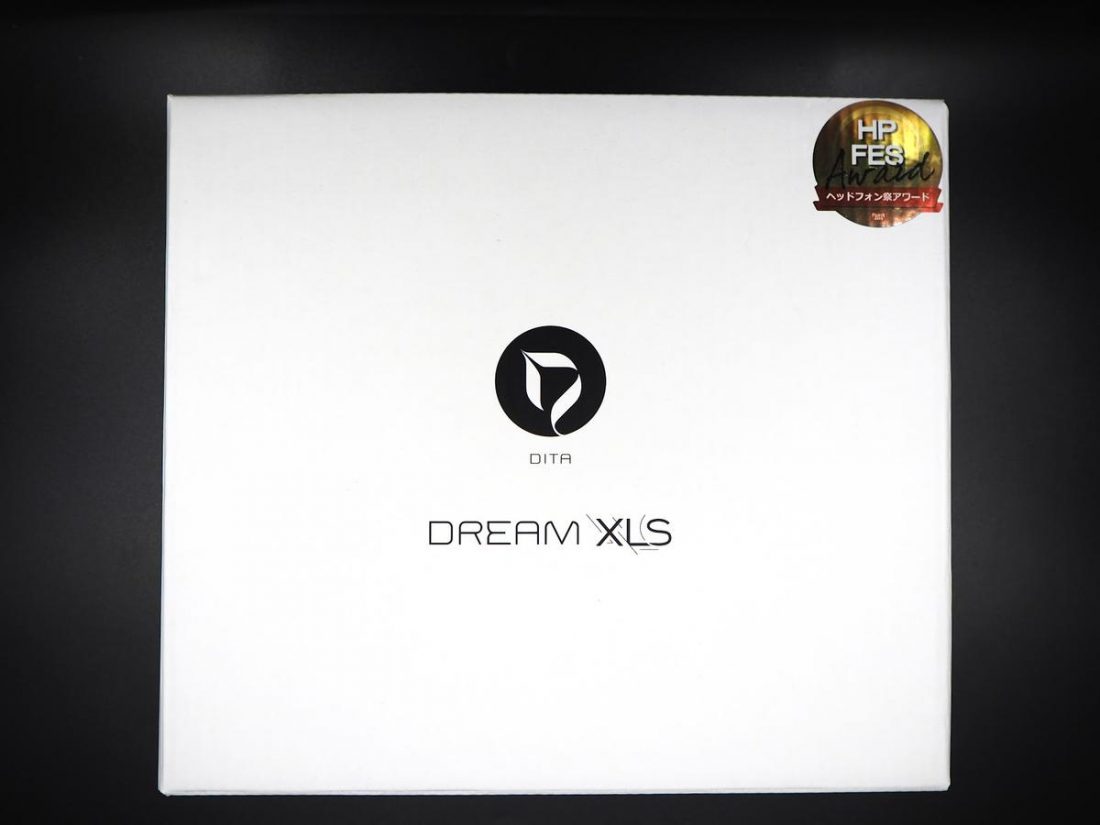
The outer box of DITA Dream XLS
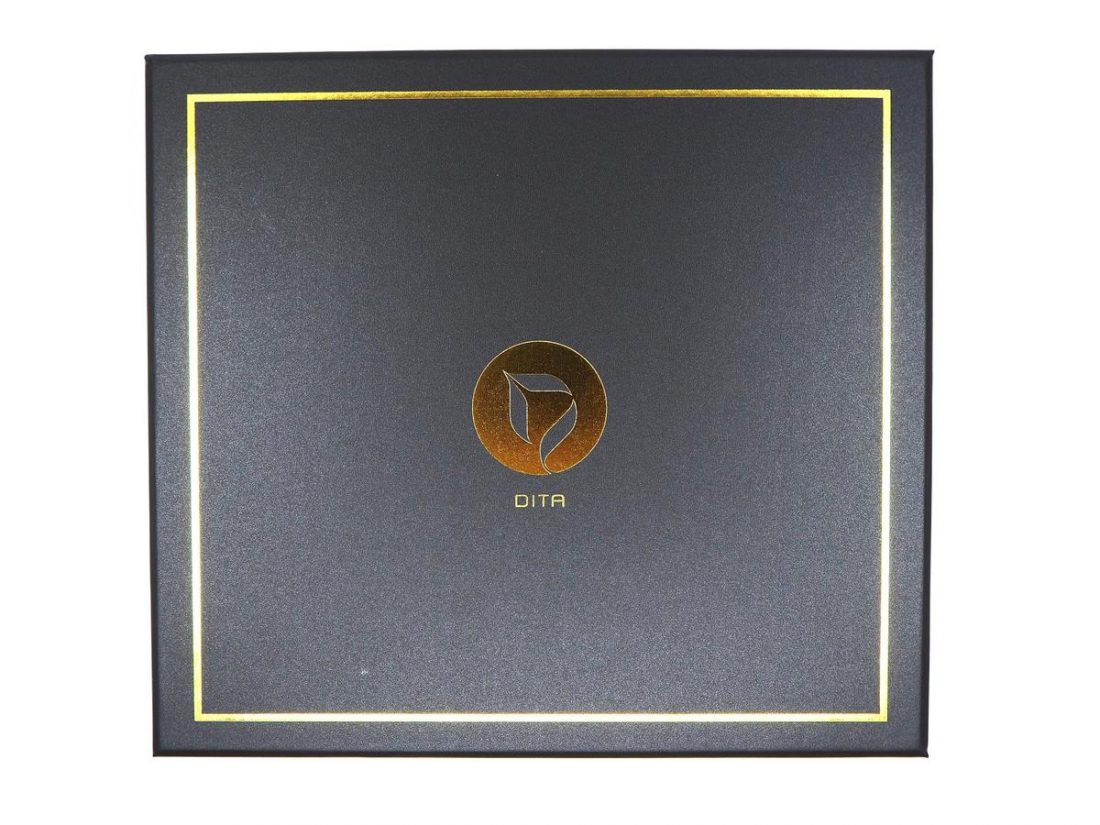
The luxury box with gold and black colour combination
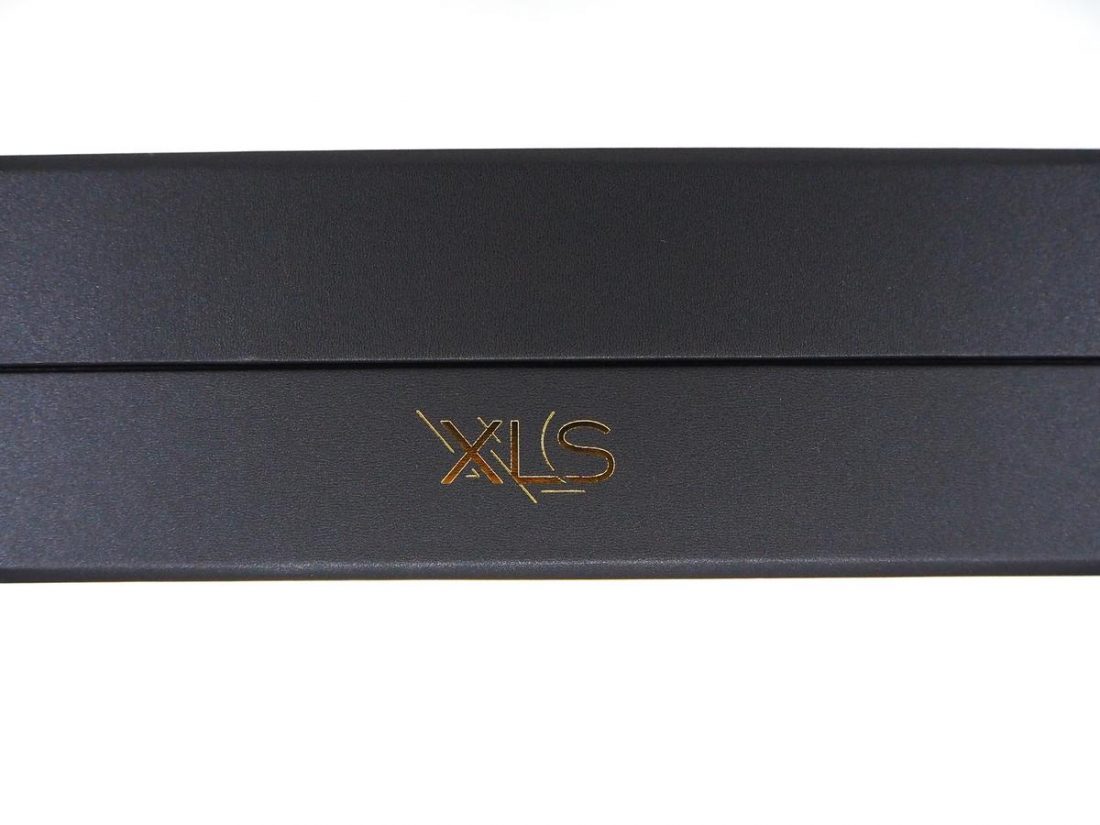
“XLS” on the side of the box
Opening the heavy, luxurious box, the inside is separated into two sections – Dream XLS with cable attached is in the upper section and other accessories such as cases and ear tips occupy the lower section.
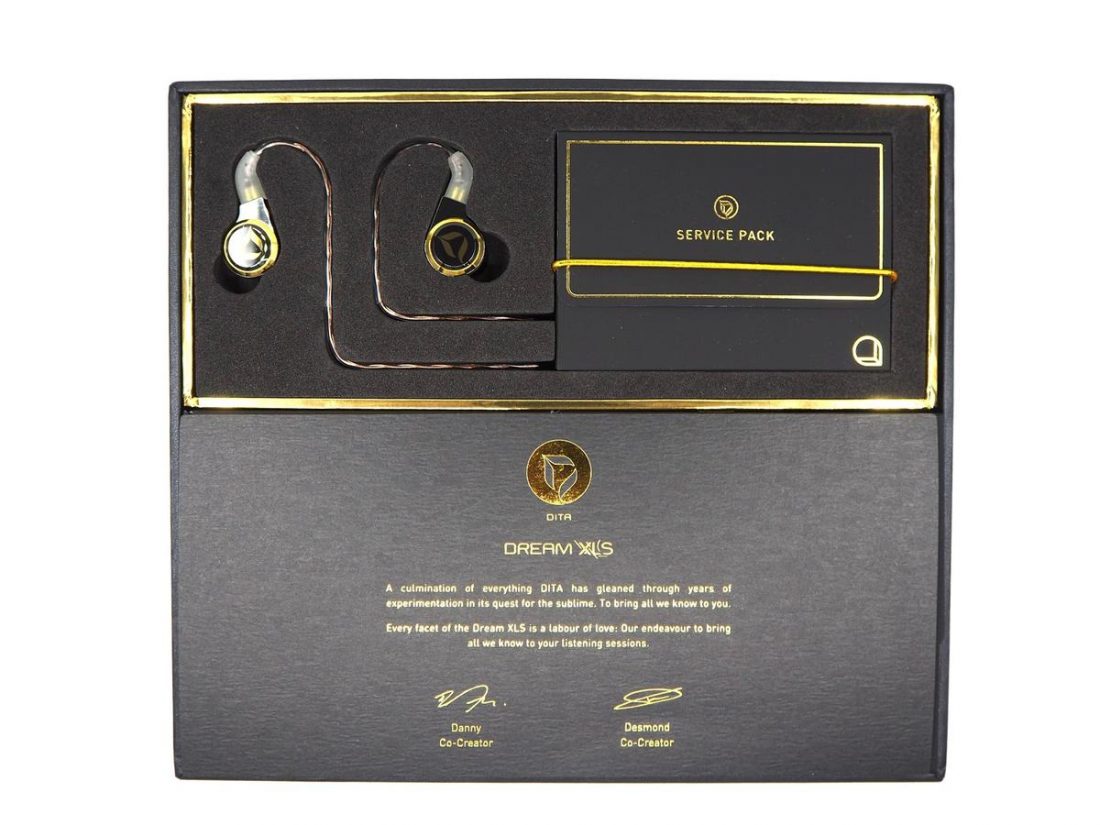
Dream XLS makes its first appearance
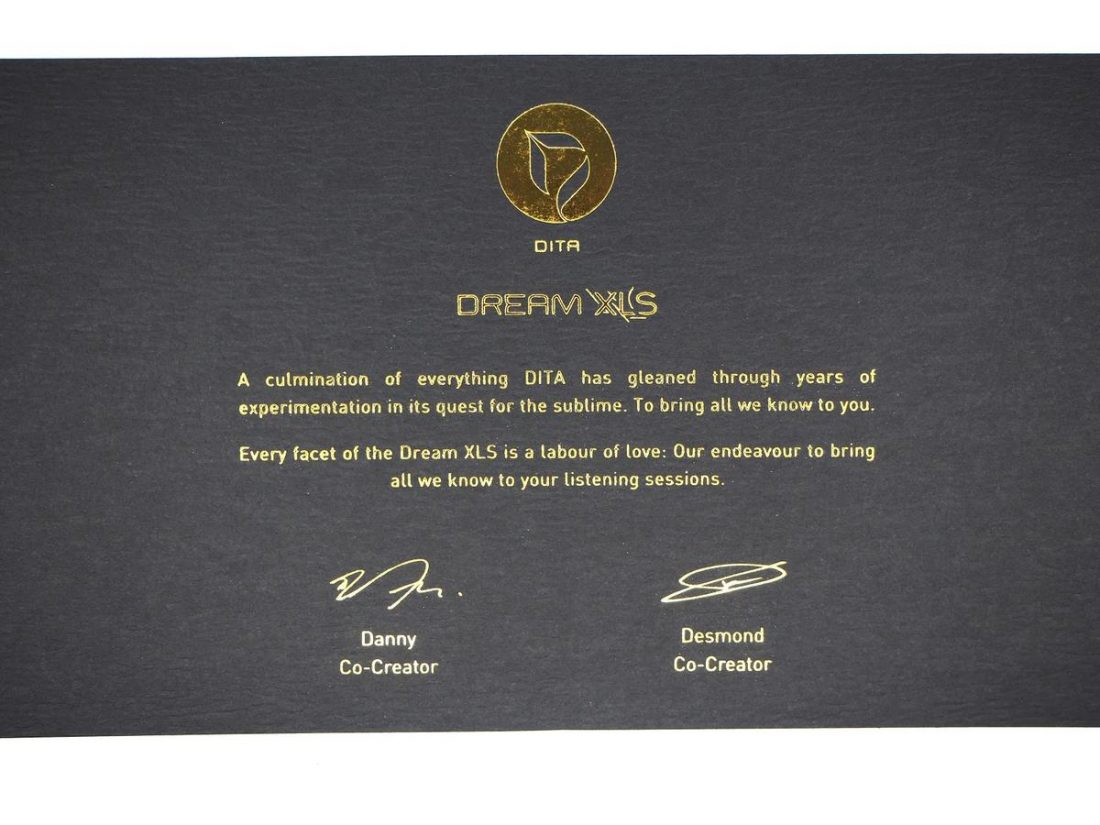
A short notes from co-creators
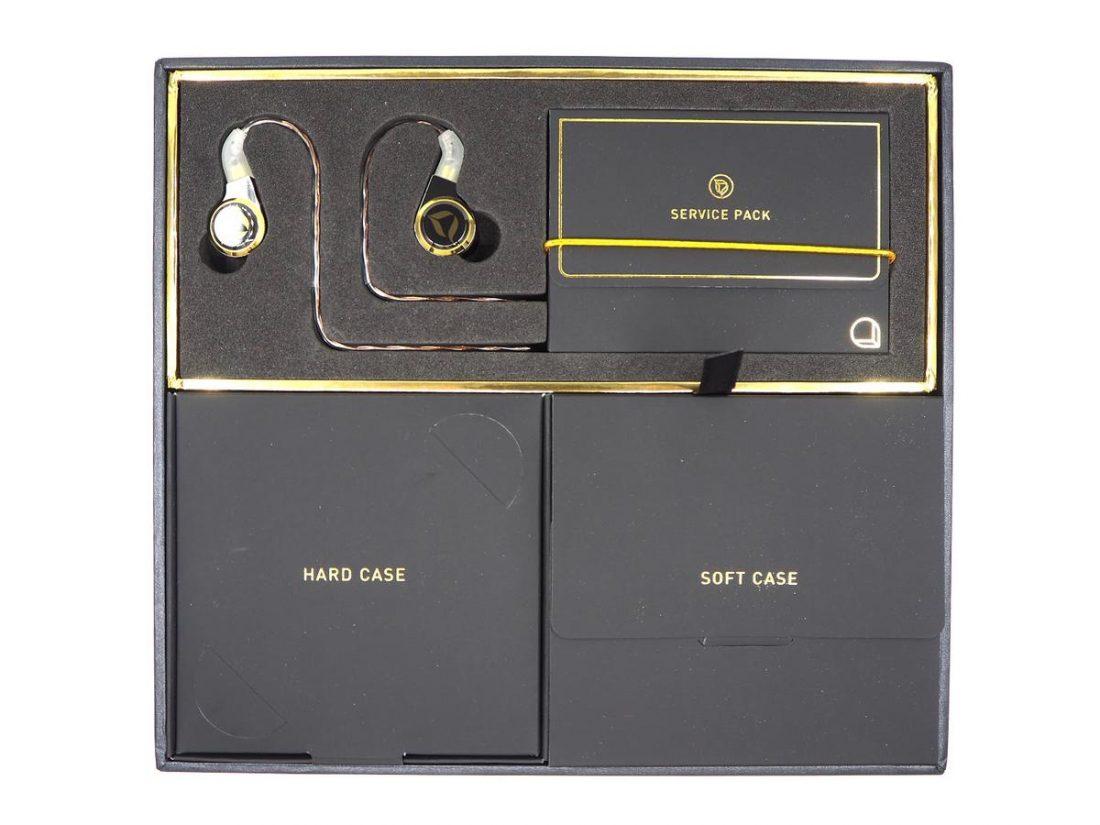
The service pack and Dream XLS occupy the top section of the box while other accessories occupy the remaining half.
Here are the accessories that you can expect in the box:
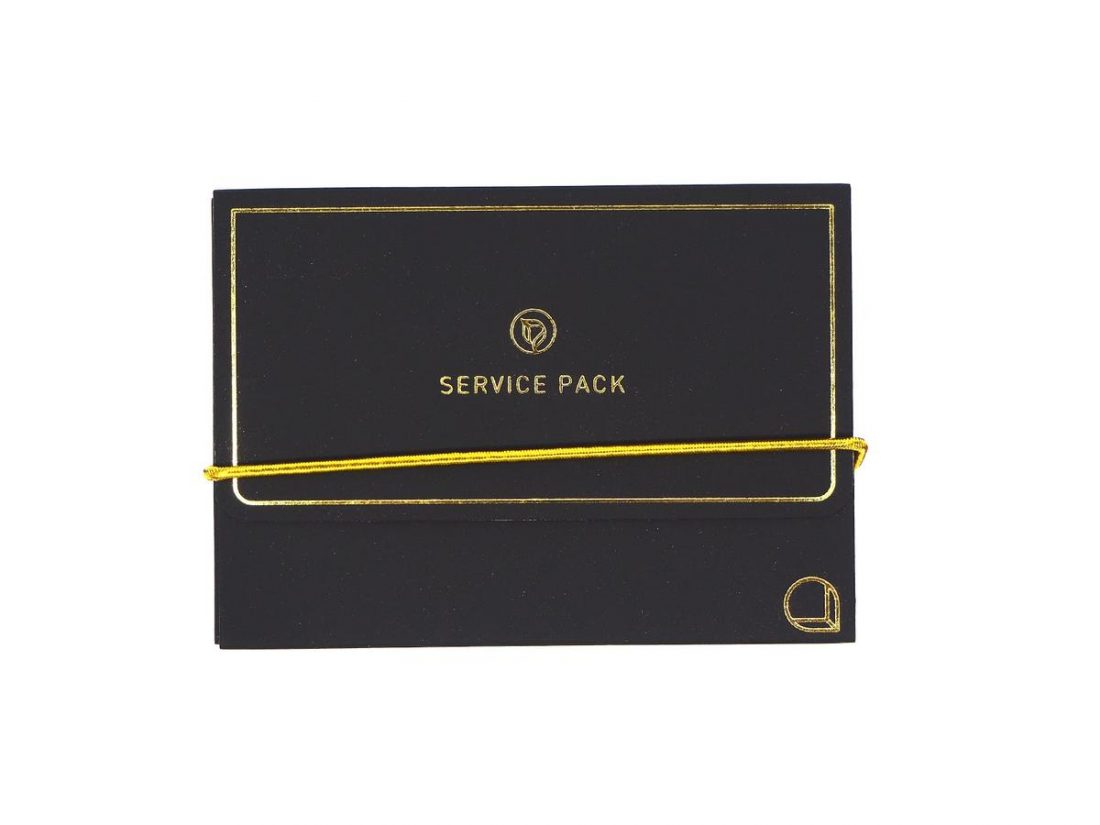
Service Pack
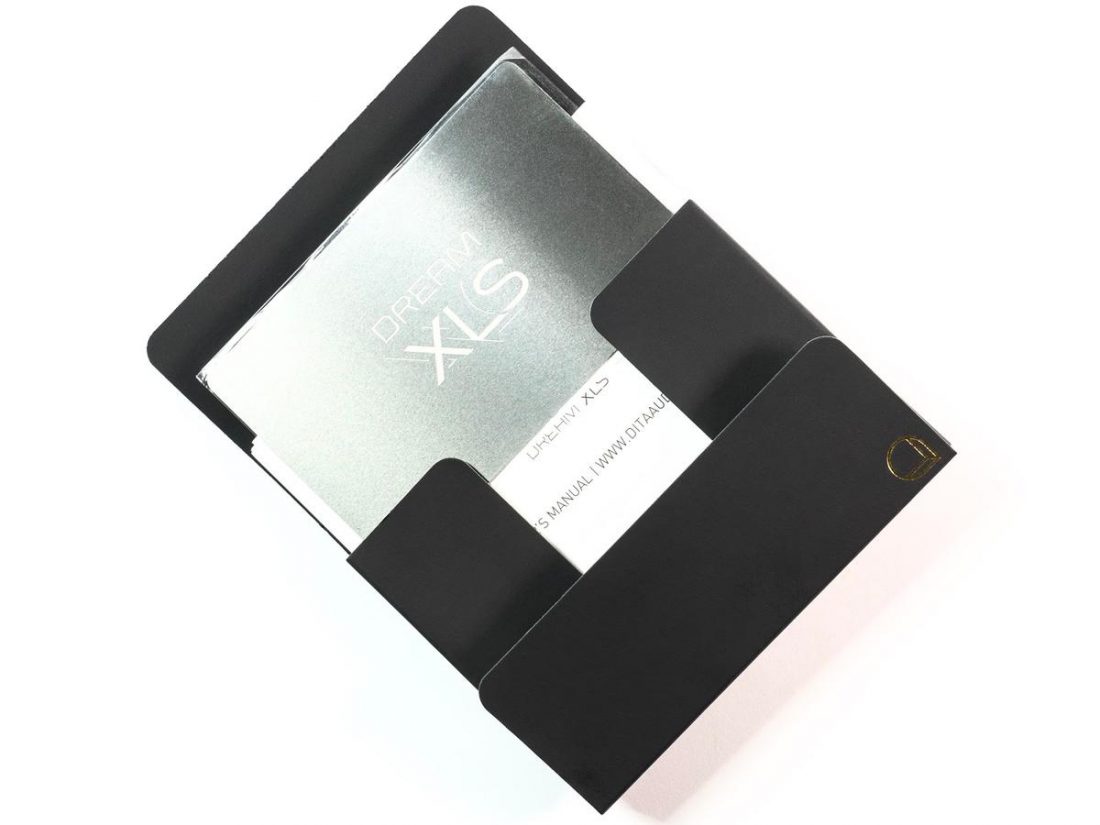 Warranty card and manual are stored in service pack
Warranty card and manual are stored in service pack
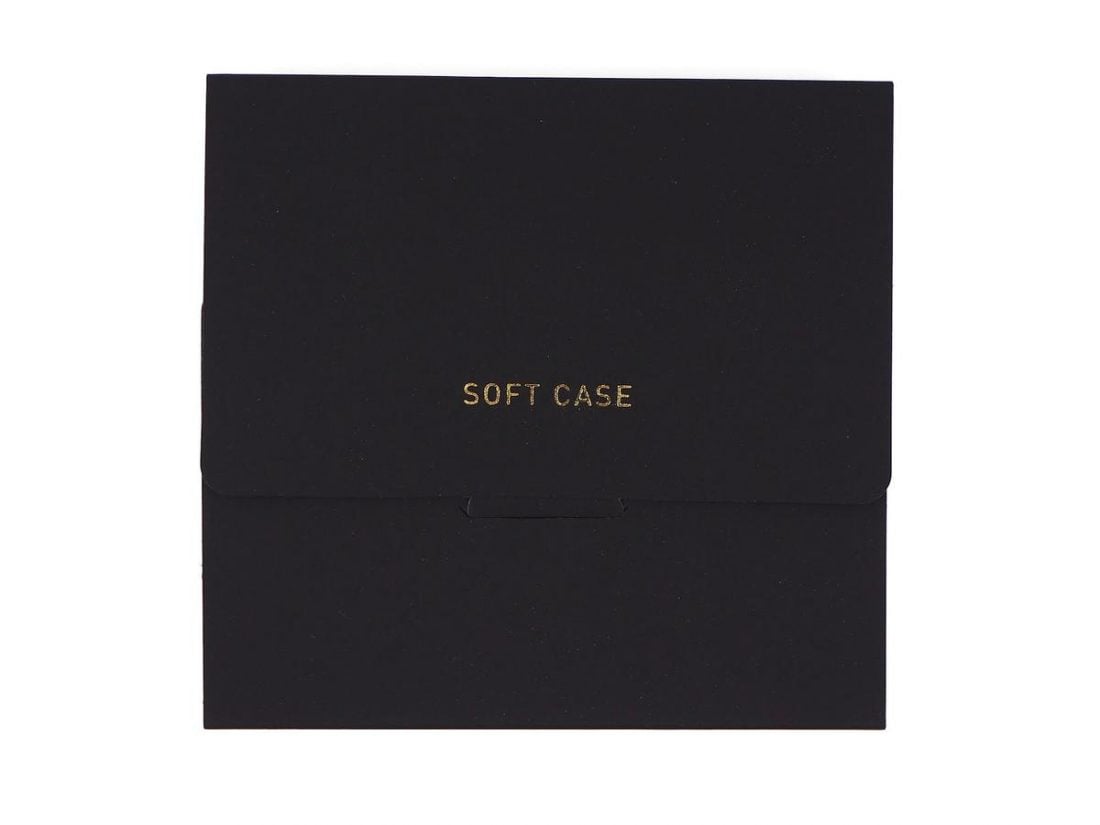
The soft case
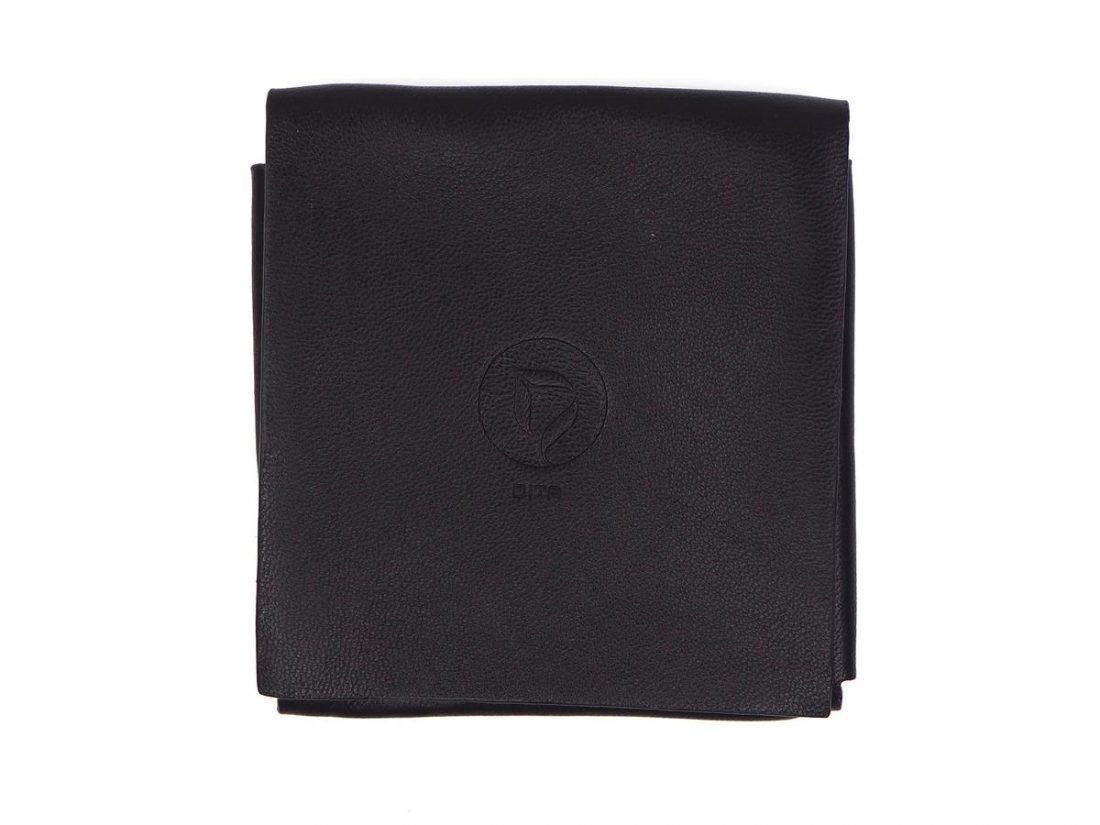
The soft case
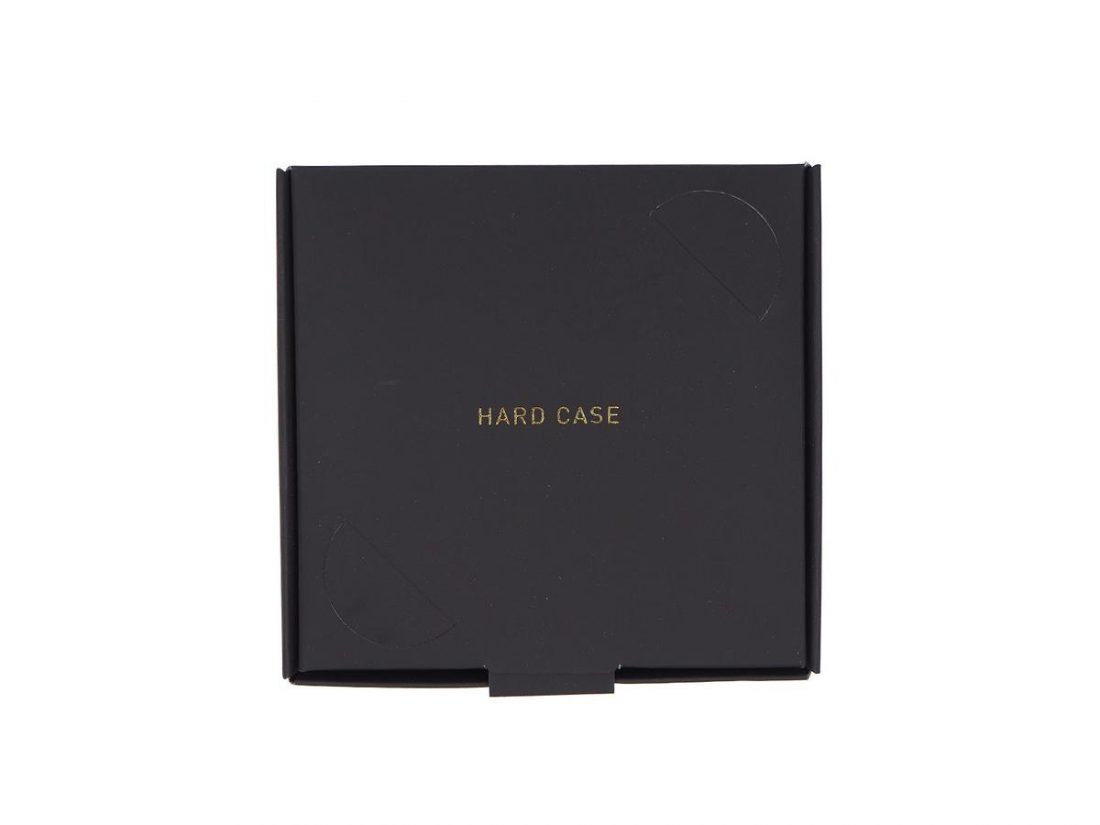
The hard case
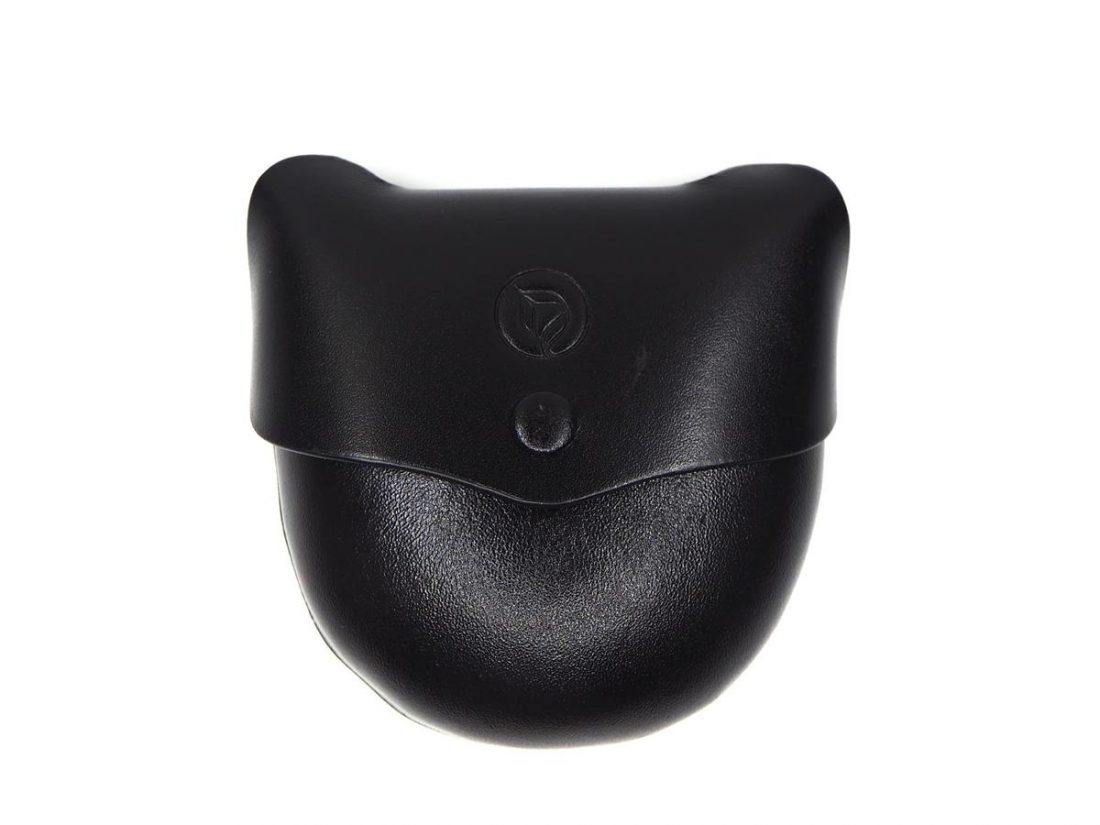
The hard case
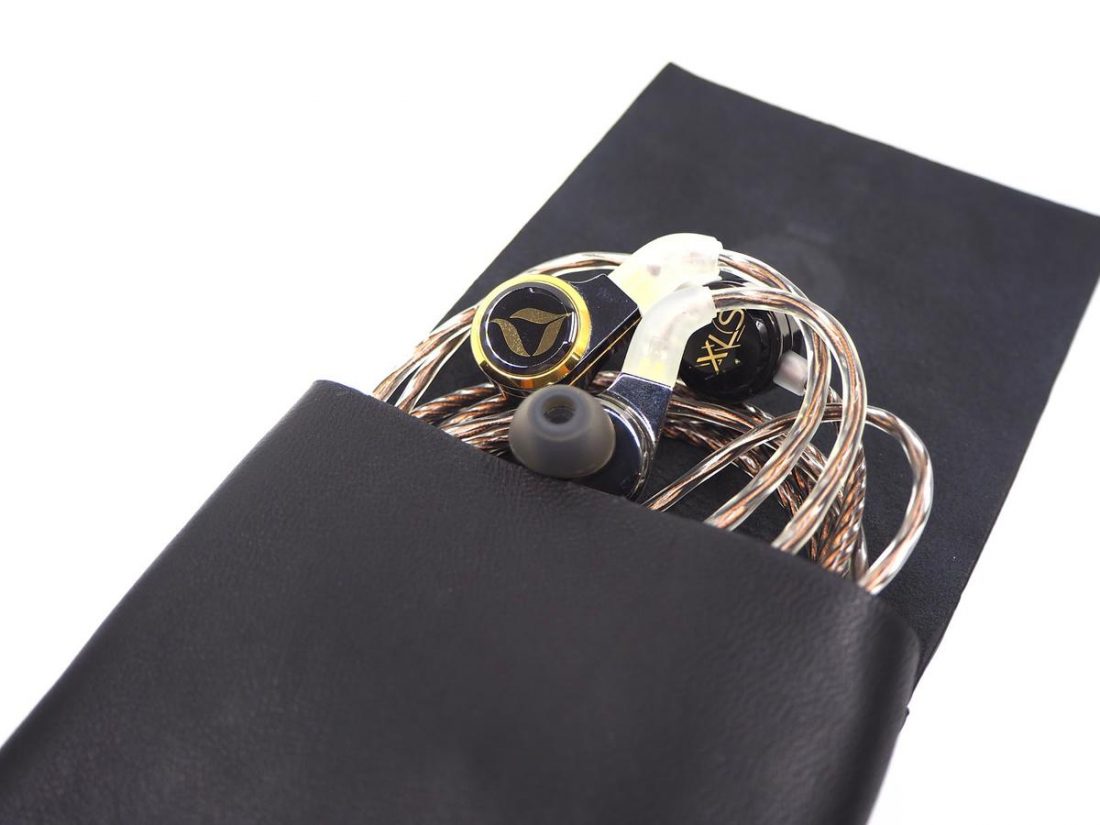
Storing Dream XLS in the soft pouch
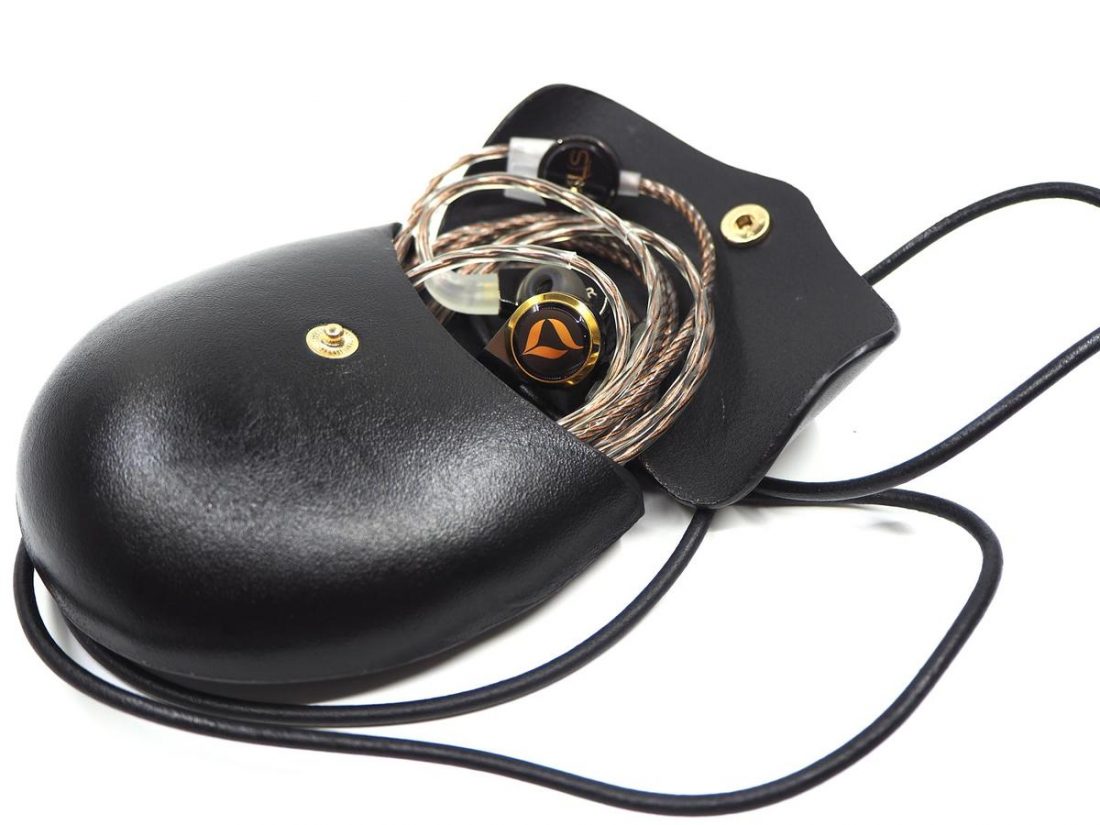
Storing Dream XLS in the hard case
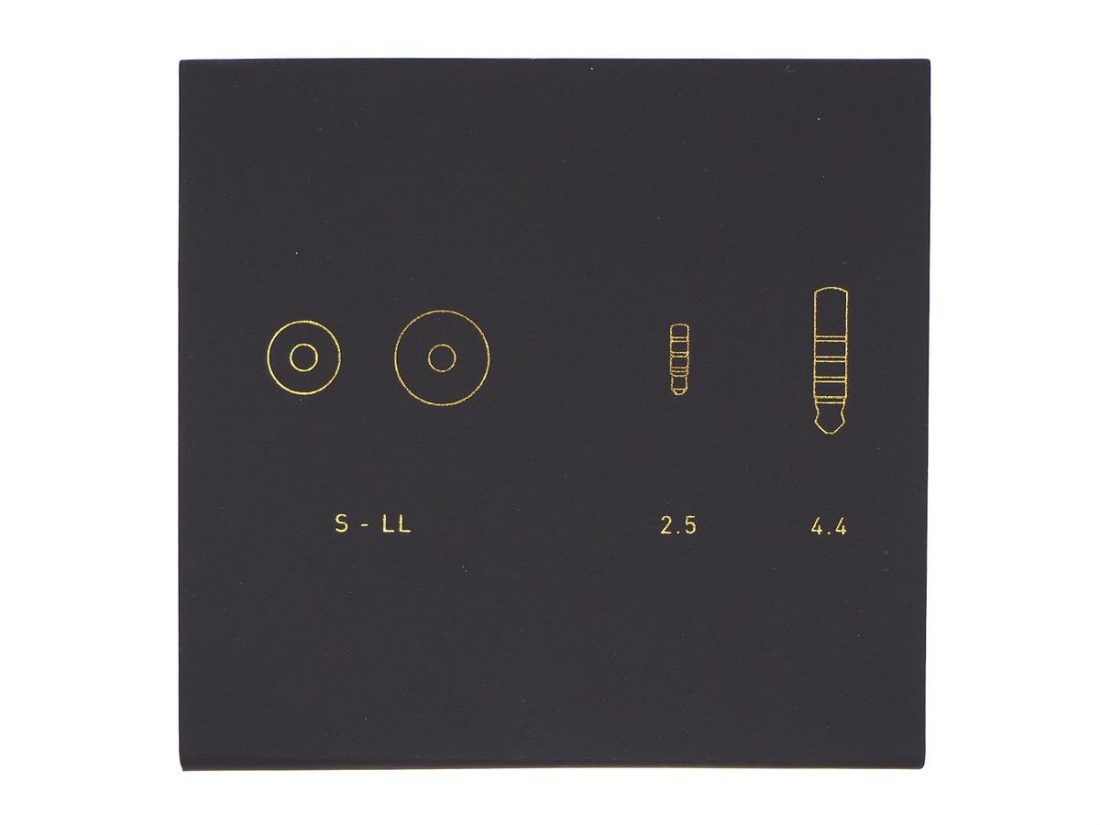
Box for ear tips, awesome plugs, fibre cloth and spare meshes for nozzle
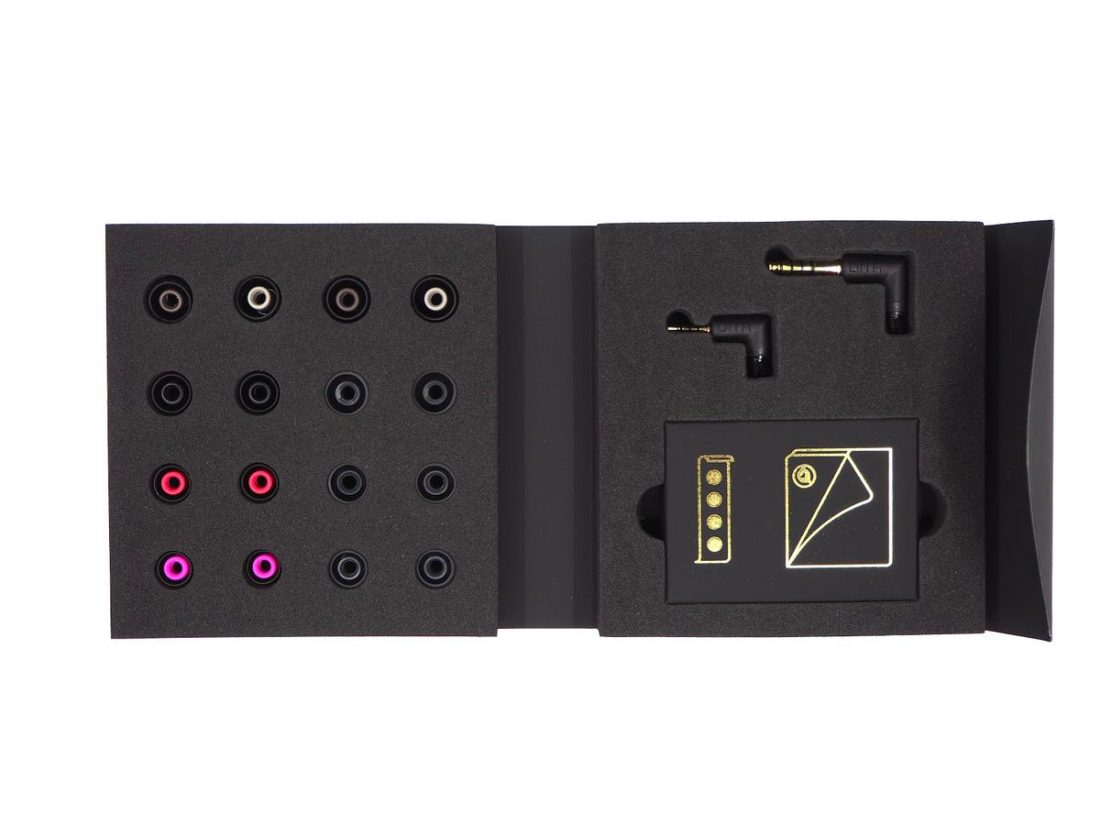
Box for ear tips, awesome plugs, fibre cloth and spare meshes for nozzle
Technical Specification
Chassis
Made entirely in Japan, the Dream XLS has an intricate, computer numerical controlled (CNC)-milled Titanium chassis with sapphire crystal faceplates created specifically for the XLS. For a dream class product, DITA only uses materials that their research deem worthy. For this expression of sound, titanium lends it’s flavor for exceptional smoothness and resolution. The chassis is hand polished to a mirror shine.
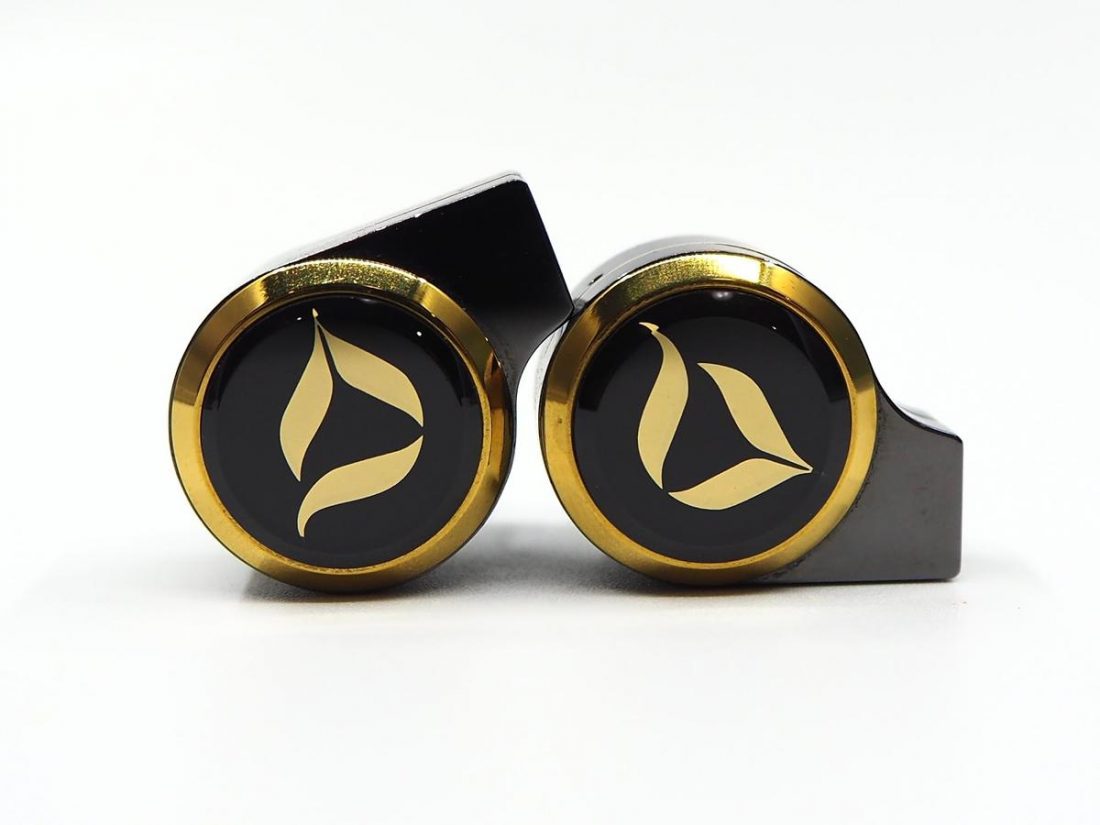 Computer numerical controlled (CNC)-milled Titanium chassis with sapphire crystal faceplate
Computer numerical controlled (CNC)-milled Titanium chassis with sapphire crystal faceplate
The build of Dream XLS is indeed very solid – a smooth surface with the titanium glowing. It immediately shows the flagship characteristic of Dream XLS. On top of the shell, users can find the recessed 2-pin connector. I did some cable rollings and 0.78mm 2-pin cables fit well with Dream XLS.
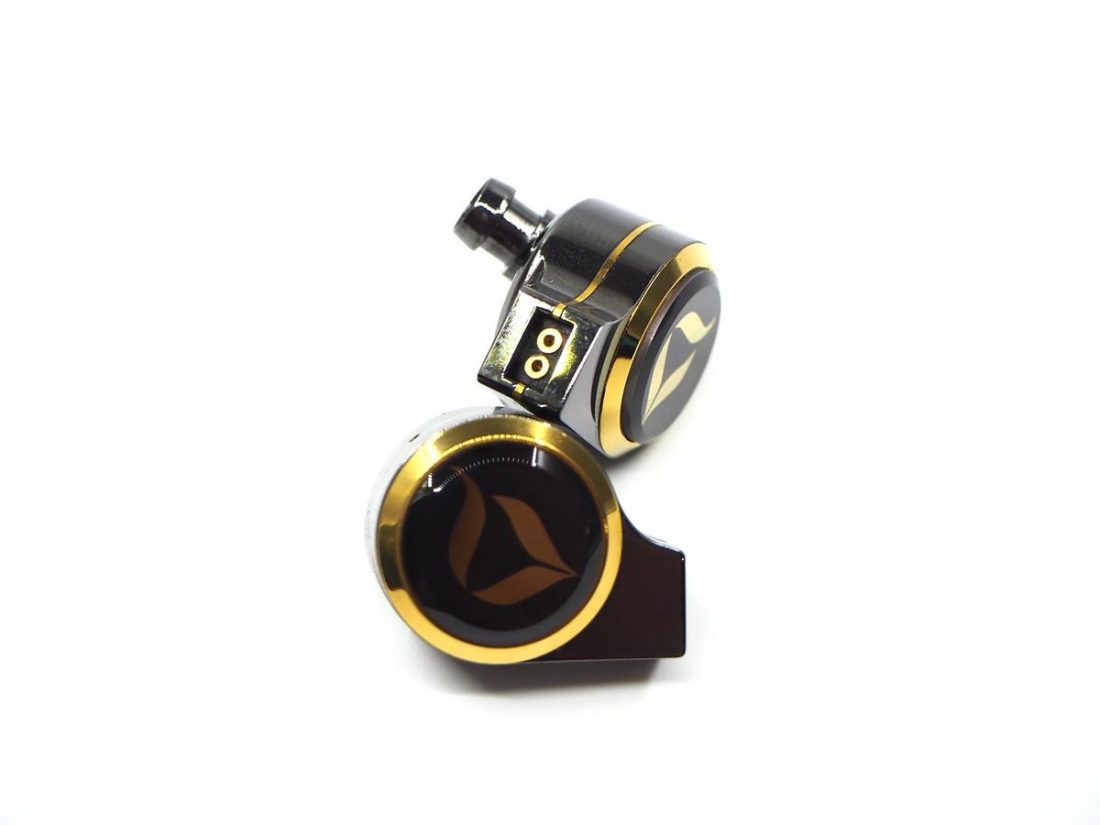
The 2-pin connector on top of the shell
The titanium nozzle is in one piece with the shell. The diameter of the nozzle can be considered averagely wide. Most of my ear tips such as SpinFit CP145 and MandarinES Symbio F can fit the nozzle well. There is a lip on the nozzle to provide a secure catch to the ear tips.
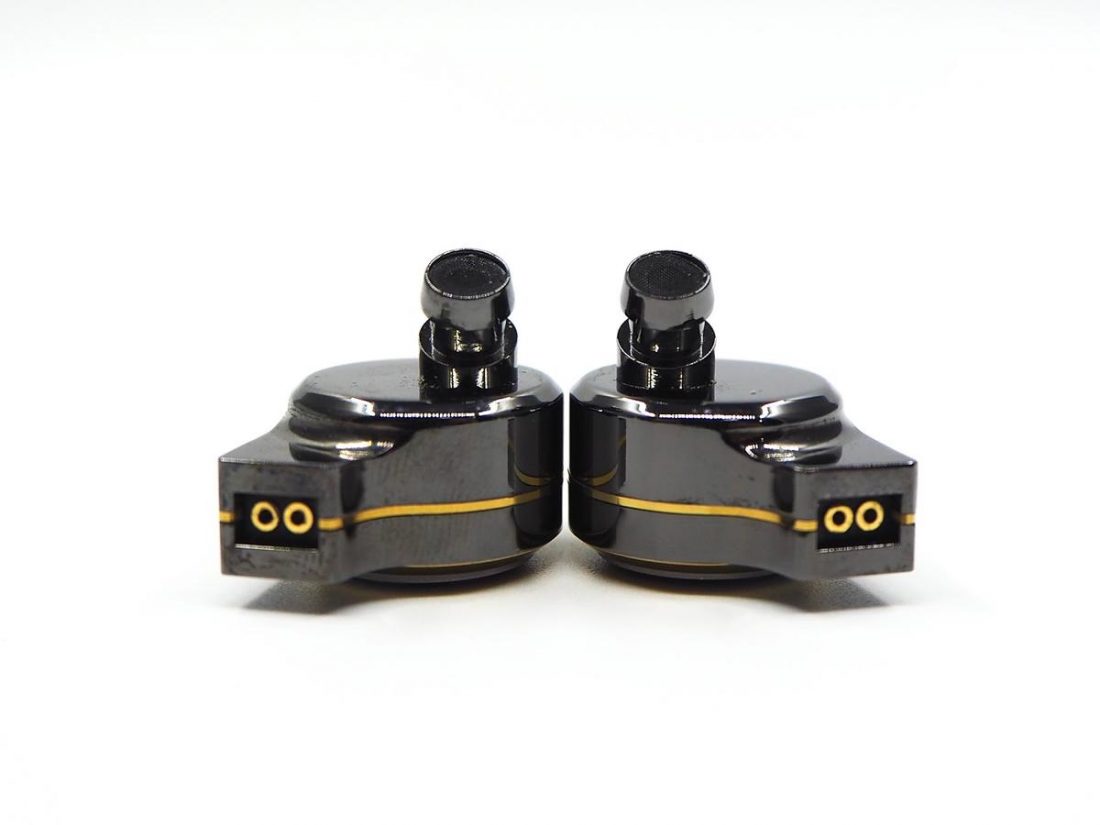
The nozzle of Dream XLS
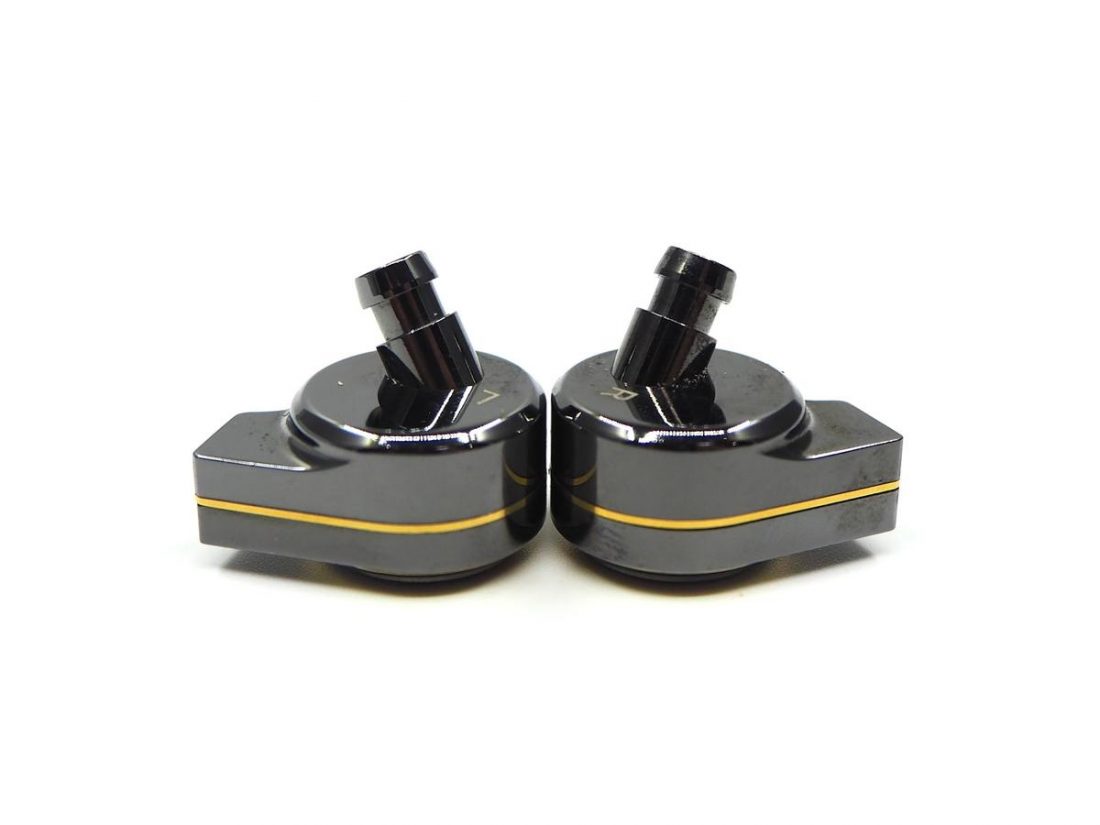
The nozzle of Dream XLS
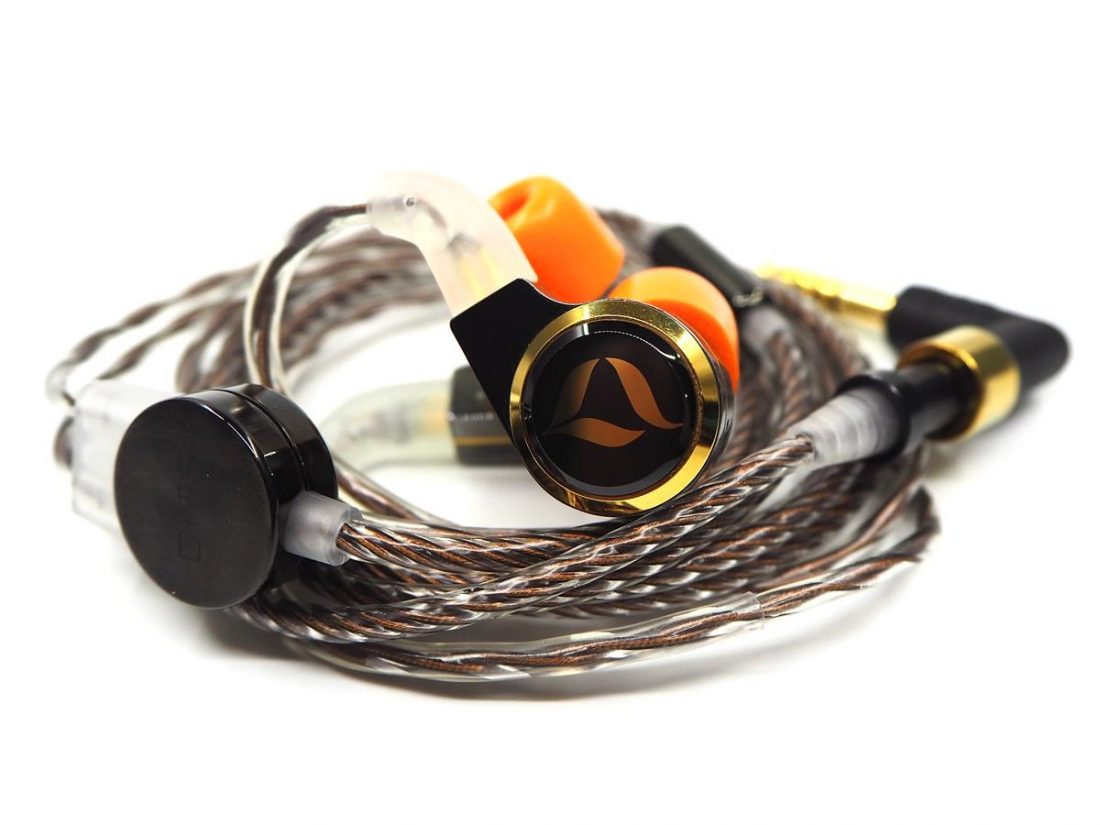
Dream XLS with MandarinES Symbio F ear tips
Dynamic Driver
The Dream XLS features the DITA Ultra-linear composite Dynamic Driver Gen XLS, which is specially designed by DITA for Dream XLS. According to DITA Audio, the improved composite dynamic driver improves resolution, sensitivity and emotional engagement. When the DITA Ultra-linear composite driver is paired with the titanium acoustic chamber, the driver is allowed to utilize the characteristics of titanium; fast, dynamic and control.
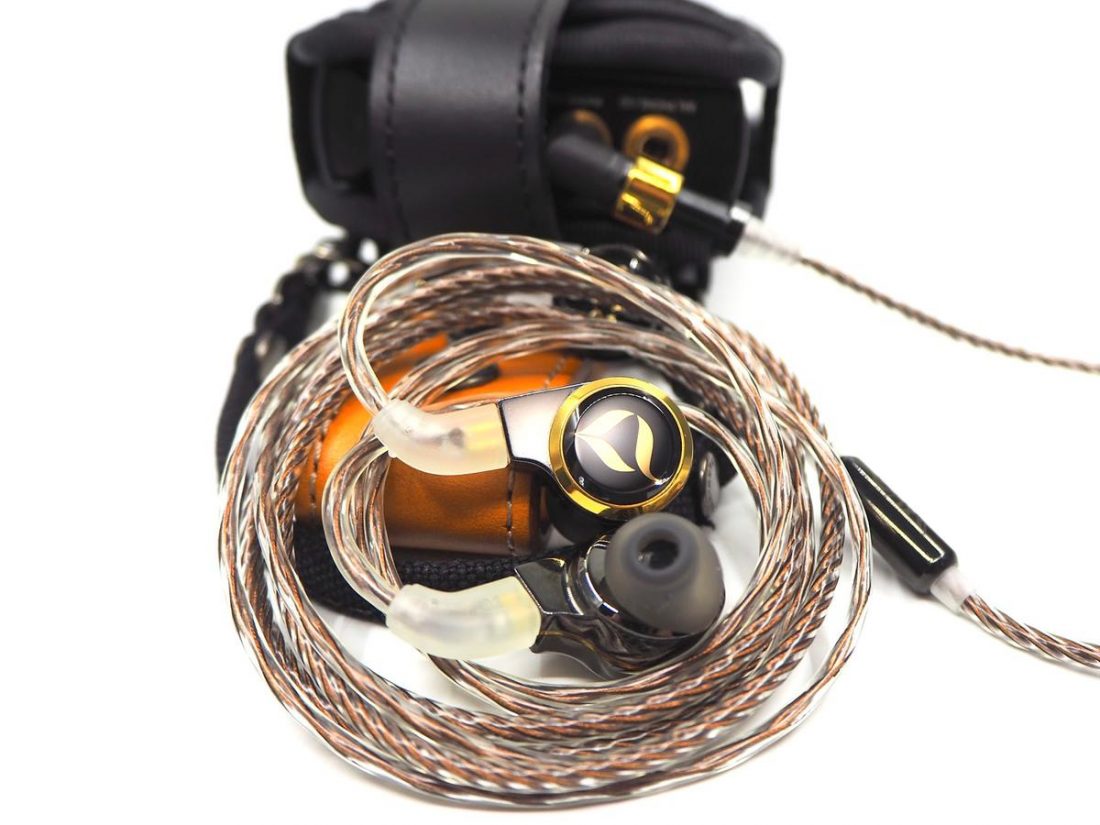
DITA Dream XLS with Van Nuys Case
Cable
An Oil Soaked Long-crystal Oxygen-free for Dream XLS (OSLO-XLS) cable is specially optimized and provided for the Dream XLS. Based on a Pure Copper-Continuous Crystal Construction (PC-Triple C) high purity copper that is extruded and soaked in a squalene suspension of gold and silver nanoparticles, it results in smoothening microscopic surface irregularities and eventually yielding a better contact and smoother signal transfer.
The sleeve of the cable is improved to be smooth and easy to manage. The Dream XLS comes with the full suite of an Awesome Plug to suit your digital audio player (DAP) out of the box.
The Awesome Plug is DITA’s future-proof solution to the traditional earphone plug, allowing the hobbyist to use a multitude of configurations on the plugs end. The plug is interchangeable and available in 2.5mm TRRS, 3.5mm TRS and 4.4mm TRRRS. The 90-degree nature of the plug is kept functional and minimally intrusive when used directly with smart devices.
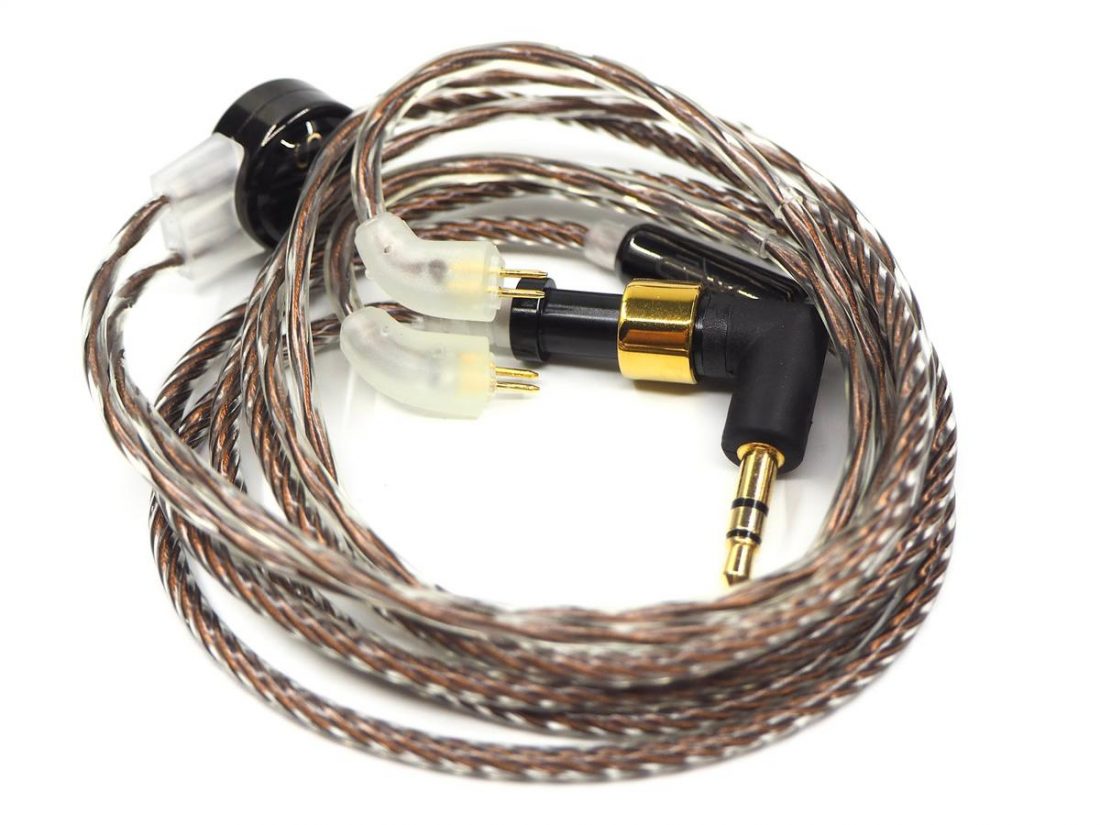
OSLO-XLS
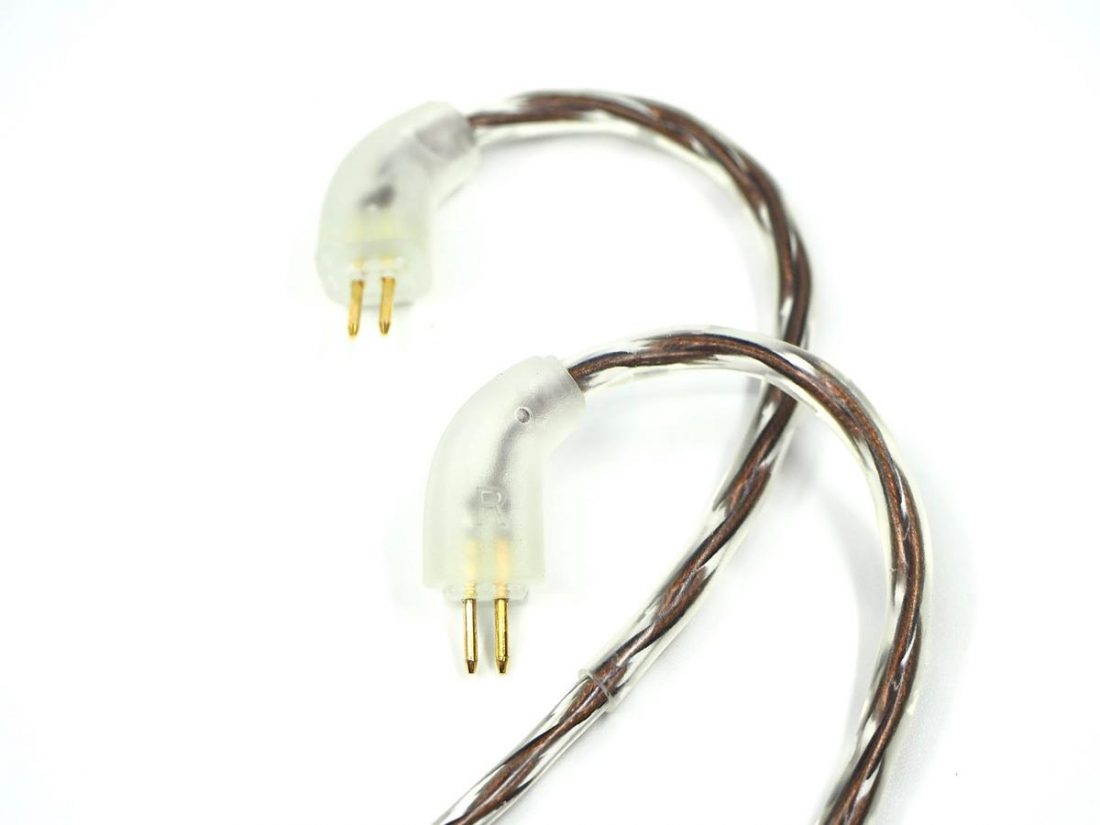
Dream XLS 2-Pin Connector
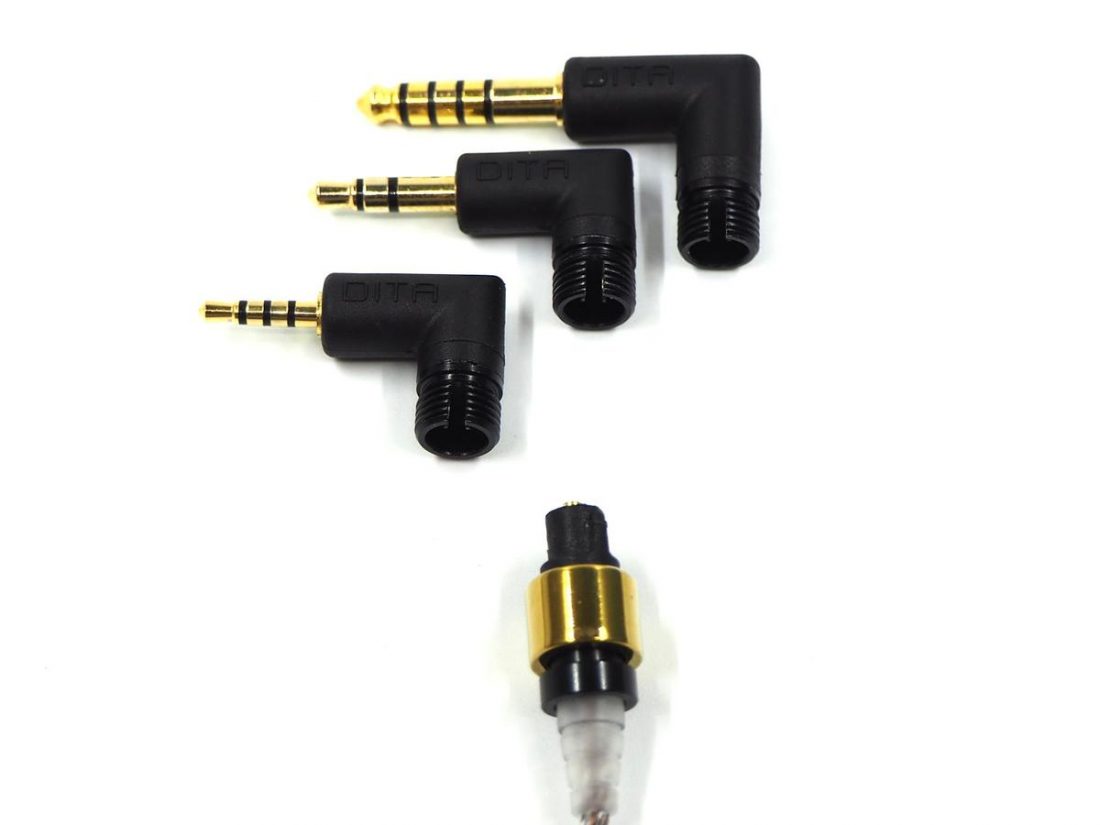
The awesome plug
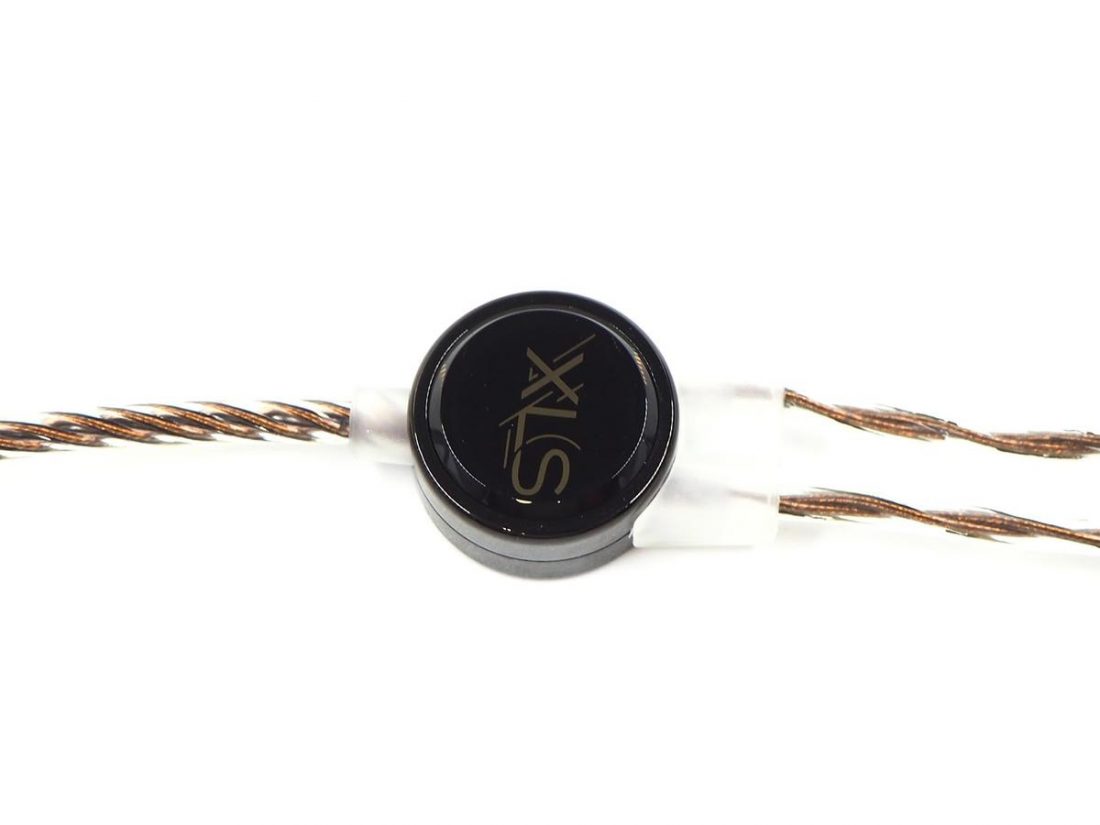
Splitter with “XLS”
Fit and Isolation
The Dream XLS has a slightly shallower fit. I always prefer a deeper insertion for better passive noise cancellation and isolation. The provided Final Audio Type-E ear tips can provide a good fit for me but the insertion is slightly too shallow. After a series of ear tips rolling, I settled down with SpinFit CP145 and MandarinES Symbio F. Both of them are giving me outstanding isolation with deep insertion.
With suitable ear tips, Dream XLS can provide good passive noise cancellation and isolation. I managed to bring Dream XLS out for some walks before the circuit breaker implemented in Singapore. It’s able to block out most of the surrounding noise from buses and railway systems. I can enjoy my music with Dream XLS during commuting.
Sound Analysis
For this review, I listened to Dream XLS extensively with it paired to Lotoo Paw 6000, Lotoo Paw S1 and iBasso DX220. I did a 200 hours burn-in for Dream XLS with my Lotoo Paw 6000. My Paw 6000 arrived a few days before Dream XLS and I did the burn-in together. Kenneth from Project Perfection especially recommended me the Paw 6000-Dream XLS pairing.
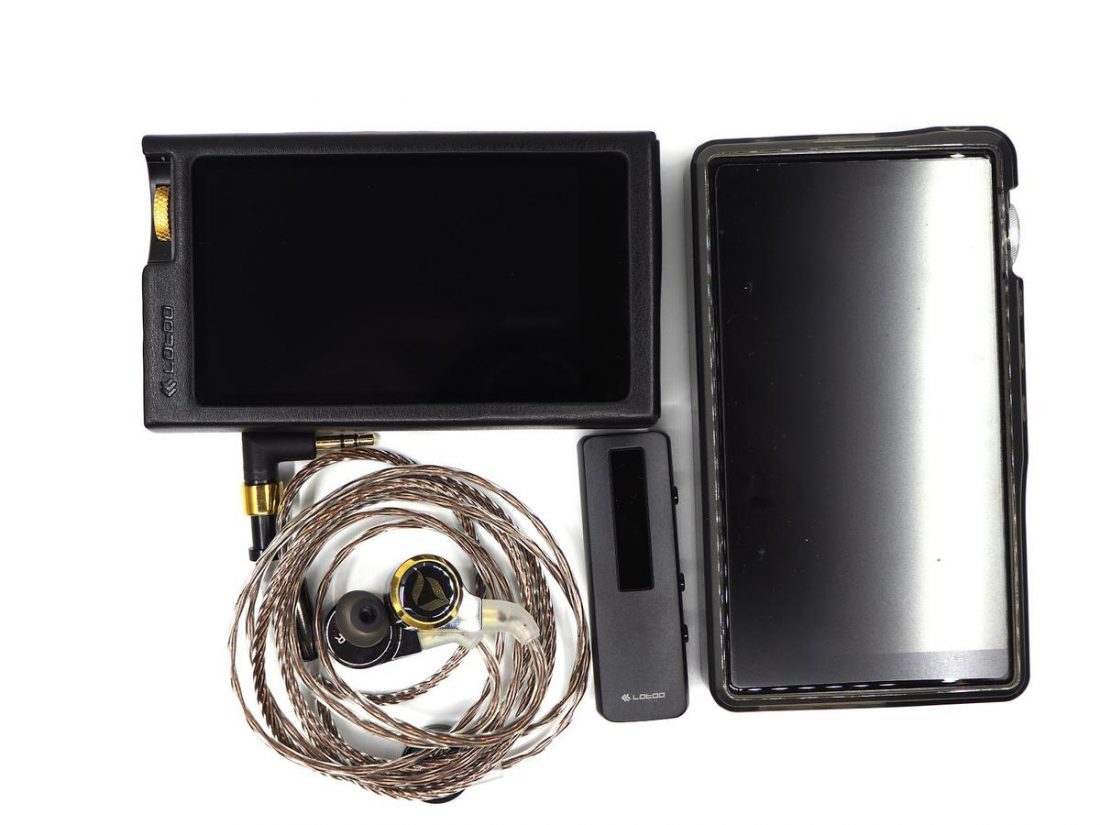
Lotoo Paw 6000, Psw S1, iBasso DX220 and DITA Dream XLS
Rated at 22 Ohms for impedance and 104db for sensitivity, Dream XLS is not hard to be driven. However, here’s my experience – I did audition with my Opus #3, which is less powerful compared to the three mentioned models. The sound signature of Dream XLS becomes thin and lean, which is quite different from the output of more powerful sources.
Then, I attached my Opus #3 to a dedicated amplifier, ALO Audio RX and the result is more promising now – close to what I get from the three mentioned models.
Feed the Dream XLS with sufficient power and you will not be disappointed. It will sing sweetly and smoothly. Tested and proven!
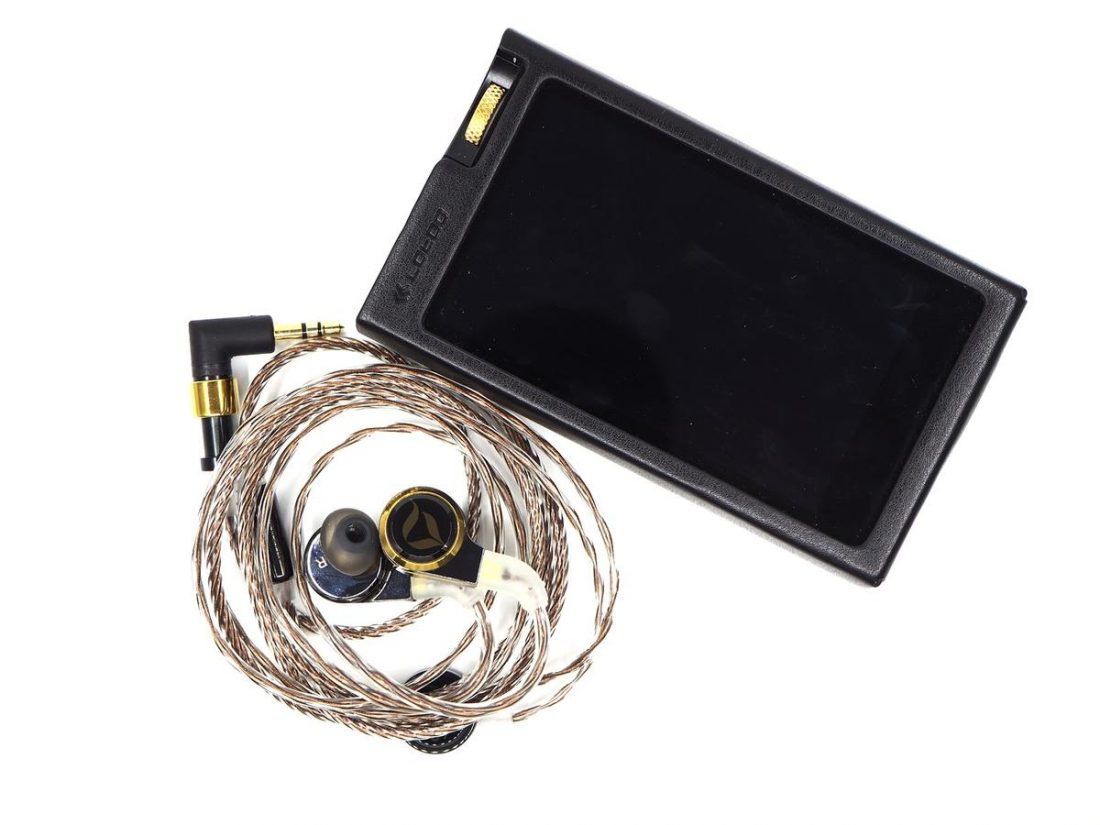
DITA Dream XLS with Lotoo Paw 6000
Sound Signature
Dream XLS has a neutral and well balanced sound signature. You are not getting any extra decibels from any frequencies. The presentation is natural and lively – minimum coloration can be observed during this period of extensive listening with Dream XLS.
Let’s talk about the texture of Dream XLS. I will define texture as how the tempo, melodic, and harmonic materials are layered in a composition, thus determining the overall quality of the sound from the IEMs. Dream XLS has good thickness in terms of texture – instruments are well-layered and delivered to the users. The presentation has a rich body.
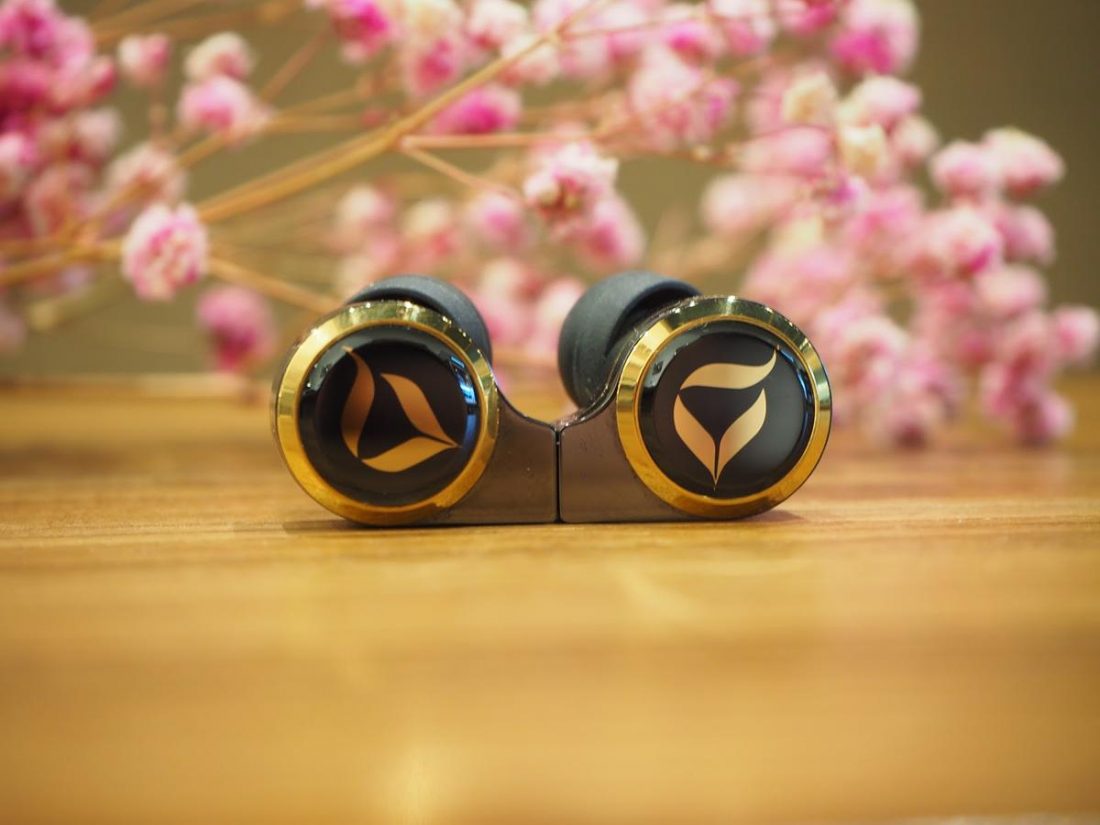
DITA Dream XLS
Soundstage
For those who are not aware, the term XLS in the model name stands for Xtra Large Soundstage, which is mentioned in the title of this article. Without disappointment, Dream XLS presents the music with bold and unexaggerated wide soundstage.
No congestion and collision, every note in the track has its dedicated position and delivered to the user accurately. This is how precise the presentation of Dream XLS is.
The presentation from Dream XLS is very accurate. I can identify the positions of instruments and vocals effortlessly. In more complicated genres like rock bands, Dream XLS can handle every note from different instruments well, delivering them in good layering, without congestion and sacrificion.
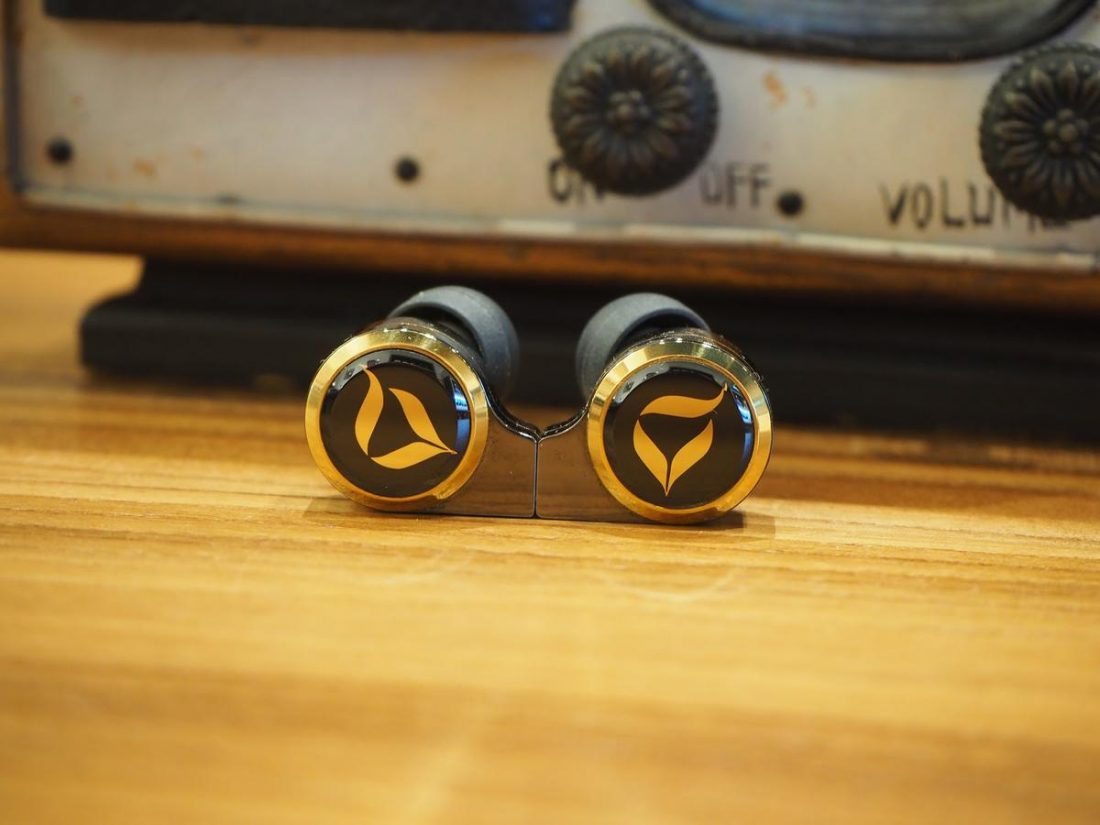
DITA Dream XLS
Lows
Unlike typical dynamic driver powered IEMs, Dream XLS does not have bombastic bass response. The bass characteristic of Dream XLS is lean and tight, which results in an accurate and precise presentation.
The Dream XLS has a fast attacking and decaying bass, which is different from conventional dynamic driver IEMs. This could be one of the dynamic driver IEMs with the least bass quantity I experienced. It’s definitely not a basshead-level IEMs.
The sub-bass has a good extension, creating a good depth in terms of soundstage. It hits tightly and deeply, without causing any effect to other frequencies. It’s like a good shadow to the track – present but not affecting. The rumbles from the sub-bass can definitely be felt. I would call it a high quality sub-bass.
Listening to Bon Jovi’s Brokenpromiseland, the ending sub-bass has very good rumbles and I can feel it.
The mid-bass is slightly forward compared to the sub-bass. The speed is as fast as the sub-bass. The fast decay controls the bass region very well, minimizing the bleeding towards the mids. The overall comment I give to the bass region is clean, clear and well-controlled. Precision is the key word to describe the bass!
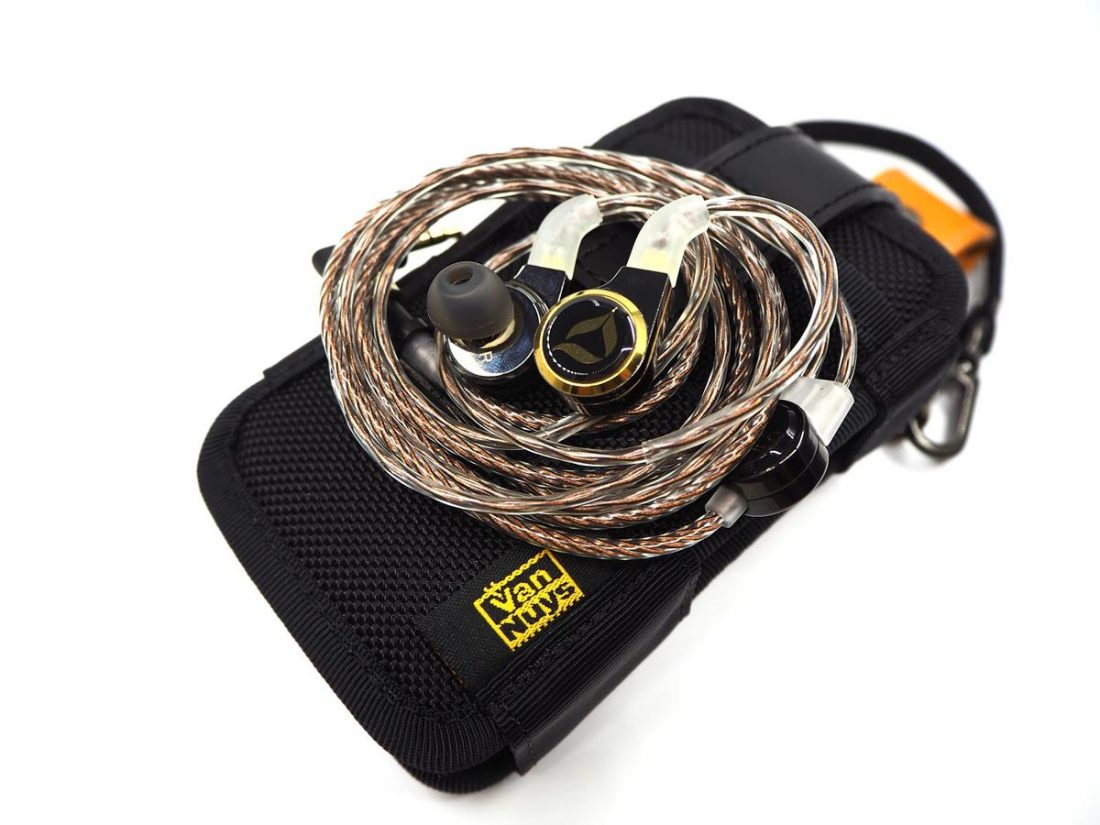
DITA Dream XLS on Van Nuys pouch
Mids
Dream XLS shines with its astonishing mids presentation – natural, rich and transparent vocals won my heart.
I will definitely list the mids presentation of Dream XLS as its unique selling point. The mids have a rich body and are very natural – just like listening to a live presentation. It’s well-balanced between analytically dry and colored wet. The lower midrange is firm and well-penetrating. I have to recommend Dream XLS for this particular recording – The Greatest Basso from Zhao Peng. It created an autonomous sensory meridian response (ASMR) effect for me.
ASMR signifies the subjective experience of “low-grade euphoria” characterized by “a combination of positive feelings and a distinct static-like tingling sensation on the skin”. It’s most commonly triggered by specific auditory or visual stimuli, and less commonly by intentional attention control.
The upper mids are transparent – spacious and airy. It has similar characteristics to the highs, which I will elaborate more in the next section. Listening to female vocals, the presentation is smoothly soft, tickling the eardrums. It has good penetration, just like the lower midrange.
I auditioned Norah Jones’ latest album Begin Again with Dream XLS. The vocals are presented with a rich body and preserved sufficient amount of air. The fidelity is outstanding!
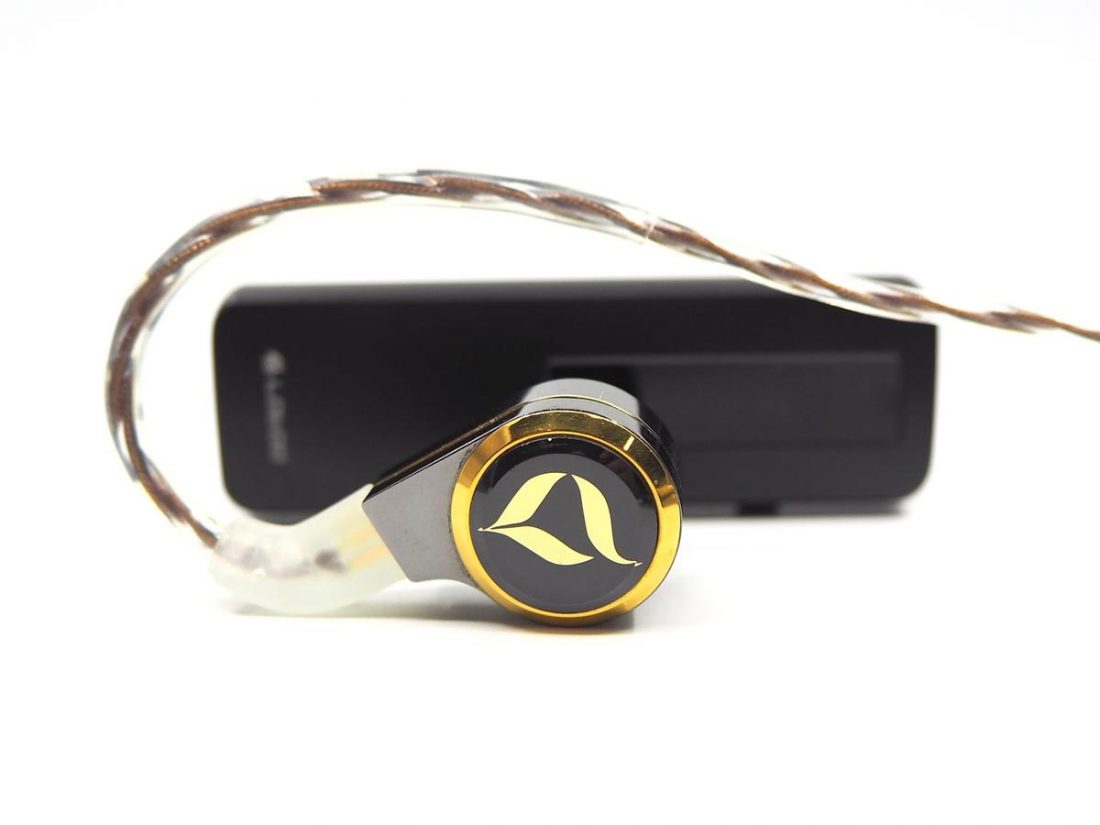
DITA Dream XLS with Lotoo Paw S1
Highs
The highs of Dream XLS is very well-extended and the decays have been handled controllably. There is no distortion in the high frequencies. There is sufficient air and space injected in the highs, creating a spacious soundstage that is full of air. This could be a secret weapon to create a Xtra Large Soundstage for Dream XLS.
The presentation of highs is natural – it’s not extended stiffly and exaggeratedly. Listening to Beethoven’s 5 Secrets by The Piano Guys, the woodwinds instruments used (flute and oboe) are presented smoothly and with rich texture. It is close to how those instruments should sound in reality. For string instruments like violin, the delivery is smooth, too.
I don’t experience any fatigue for long listening of three to four hours daily during the review period. I might have a better treble tolerance as I always prefer a brighter sound signature. For those who are fans of darker sound signature, the slightly forward treble could cause fatigue.
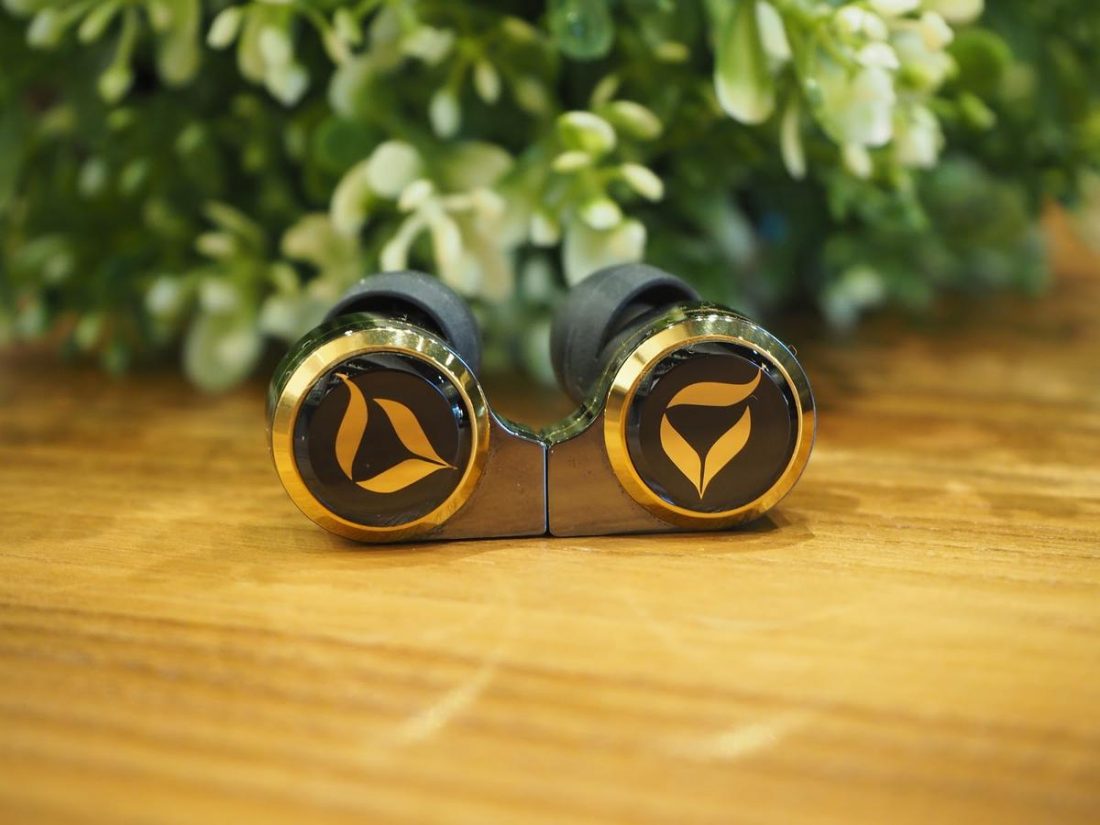
DITA Dream XLS
Verdict
The DITA Dream XLS is, indeed, the flagship model from DITA Audio, in both build and sonic quality. The high fidelity presentation with astonishing build, Dream XLS can definitely challenge flagship IEMs from various manufacturers. If my bank account allows, I would like to acquire it without a doubt.
The cumulation of a decade of dynamic driver IEM work by Dita Audio: Dream XLS combines the best of all their releases with additional space and soundstage.
DITA Dream XLS is retailing at USD$2299. You can purchase it from DITA Audio Official Website.
With the launch of Dream XLS, DITA Audio once again proves to the world that the matured state of the dynamic driver used in audiophile-grade sound reproduction is a testament to the longevity and practical benefits of it. Well done, DITA Audio!
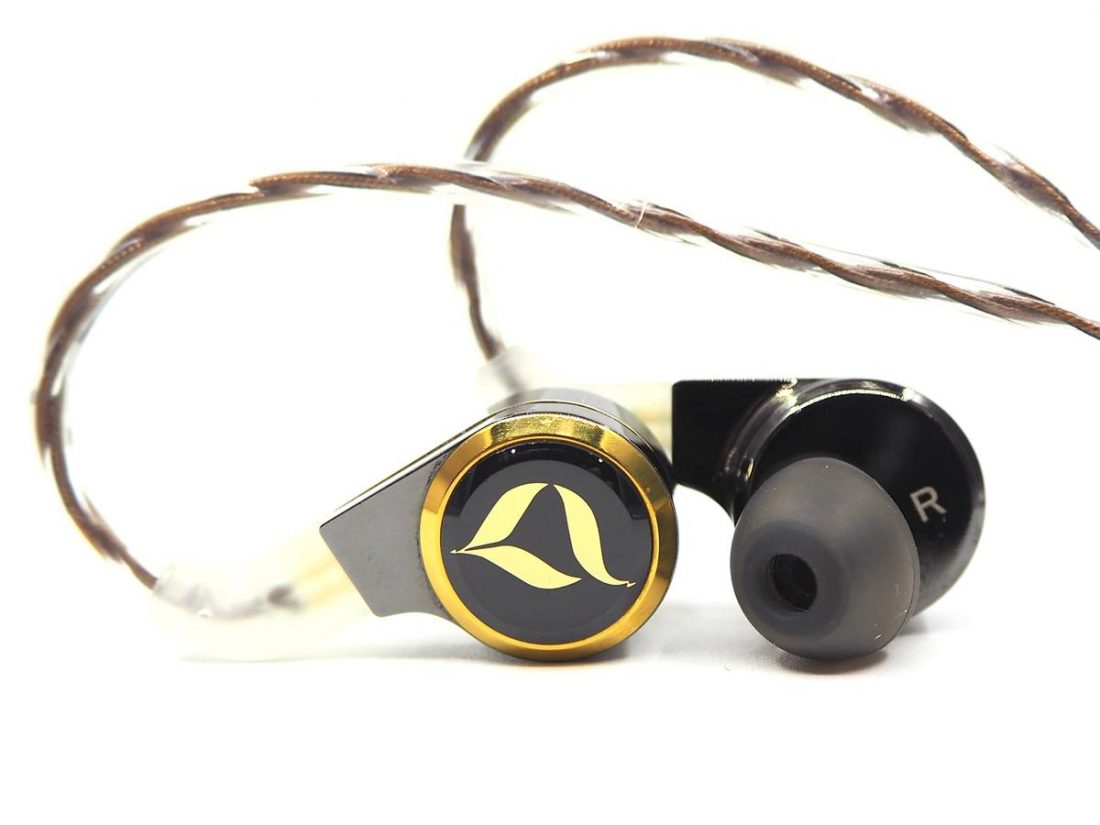
The cumulation of a decade of dynamic driver IEM work by Dita Audio: Dream XLS combines the best of all their releases with additional space and soundstage
Disclaimer
This article is originally posted on Headphonesty. Thank you, Project Perfection Pte Ltd, authorised distributor for DITA Audio for loaning me the Dita Dream XLS in-ear monitors (IEMs). It was loaned to me in exchange for my honest review and opinion. The unit will be returned to Project Perfection after this review.
Introduction
Established in 1971, Packagers Pte. Ltd, parent company of DITA Audio, has 49 years of research and experience in automation and engineering. DITA Audio adopts the experience and methodology from the parent company to build audio products that are supreme in both build and sonic quality. Besides the experience from Packagers, DITA is constantly driving collaboration ventures with potential parties in different sectors – to enhance design, engineering and manufacturing.
In 2015, the Answer was awarded the President’s Design Award for its exemplary quality in build and thoughtful user experience consideration. In Singapore, the President’s Design Award is the highest honor for designs across all design disciplines. The award recognises the outstanding contributions by a group of people that is working hard to yield a difference to the lives of both Singaporeans and people around the world.
DITA Audio did not stop there. With the recognition from fellow Singaporeans, DITA continues their journey to conquer the audiophile communities around the world. With the lesson learnt in designing the first generation of Dream and experiences from various collaboration ventures such as collaborating with the venerable Dutch cable company, Van Den Hul, DITA launched their latest Flagship, Dream XLS to update their current lineup.
From sound signature to design and appearance, every facet of the Dream XLS is a labor of love and DITA’s endeavour to bring all it knows to your listening sessions. Let’s explore the Dream XLS in this article!
Unboxing

The outer box of DITA Dream XLS

The luxury box with gold and black colour combination

“XLS” on the side of the box
Opening the heavy, luxurious box, the inside is separated into two sections – Dream XLS with cable attached is in the upper section and other accessories such as cases and ear tips occupy the lower section.

Dream XLS makes its first appearance

A short notes from co-creators

The service pack and Dream XLS occupy the top section of the box while other accessories occupy the remaining half.
Here are the accessories that you can expect in the box:
- Oil Soaked Long-crystal Oxygen-free for Dream XLS (OSLO-XLS) stock cable
- Switchable Awesome Plugs (2.5mm/3.5mm/4.4mm)
- Hard leather case
- Soft leather pouch
- 5 pairs of Final Audio Type-E ear tips
- 3 pairs of stock silicone eartips
- 2 pairs of spare nozzle meshes
- A set of Dita stickers
- Service pack (paperwork and a warranty card)

Service Pack


The soft case

The soft case

The hard case

The hard case

Storing Dream XLS in the soft pouch

Storing Dream XLS in the hard case

Box for ear tips, awesome plugs, fibre cloth and spare meshes for nozzle

Box for ear tips, awesome plugs, fibre cloth and spare meshes for nozzle
Technical Specification
- Driver Type: Ultra-linear 10mm Dynamic Driver Gen. XLS
- Frequency response: 10 – 25KHz
- Sensitivity: 104 dB
- Impedance: 22 Ohms
- Connection (Plug End): DITA Awesome Plug – Including interchangeable plugs for 2.5mm TRRS, 4.4mm TRRRS and 3.5mm TRS Single Ended
- Connection (Earphone End): XLS 2-Pin
- Cable: OSLO-XLS Cable
- Chassis Material: Grade 1, 6Al-4V Titanium
- Splitter: Stainless Steel and Sapphire
- Colour: Obsidian Black
Chassis
Made entirely in Japan, the Dream XLS has an intricate, computer numerical controlled (CNC)-milled Titanium chassis with sapphire crystal faceplates created specifically for the XLS. For a dream class product, DITA only uses materials that their research deem worthy. For this expression of sound, titanium lends it’s flavor for exceptional smoothness and resolution. The chassis is hand polished to a mirror shine.

The build of Dream XLS is indeed very solid – a smooth surface with the titanium glowing. It immediately shows the flagship characteristic of Dream XLS. On top of the shell, users can find the recessed 2-pin connector. I did some cable rollings and 0.78mm 2-pin cables fit well with Dream XLS.

The 2-pin connector on top of the shell
The titanium nozzle is in one piece with the shell. The diameter of the nozzle can be considered averagely wide. Most of my ear tips such as SpinFit CP145 and MandarinES Symbio F can fit the nozzle well. There is a lip on the nozzle to provide a secure catch to the ear tips.

The nozzle of Dream XLS

The nozzle of Dream XLS

Dream XLS with MandarinES Symbio F ear tips
Dynamic Driver
The Dream XLS features the DITA Ultra-linear composite Dynamic Driver Gen XLS, which is specially designed by DITA for Dream XLS. According to DITA Audio, the improved composite dynamic driver improves resolution, sensitivity and emotional engagement. When the DITA Ultra-linear composite driver is paired with the titanium acoustic chamber, the driver is allowed to utilize the characteristics of titanium; fast, dynamic and control.

DITA Dream XLS with Van Nuys Case
Cable
An Oil Soaked Long-crystal Oxygen-free for Dream XLS (OSLO-XLS) cable is specially optimized and provided for the Dream XLS. Based on a Pure Copper-Continuous Crystal Construction (PC-Triple C) high purity copper that is extruded and soaked in a squalene suspension of gold and silver nanoparticles, it results in smoothening microscopic surface irregularities and eventually yielding a better contact and smoother signal transfer.
The sleeve of the cable is improved to be smooth and easy to manage. The Dream XLS comes with the full suite of an Awesome Plug to suit your digital audio player (DAP) out of the box.
The Awesome Plug is DITA’s future-proof solution to the traditional earphone plug, allowing the hobbyist to use a multitude of configurations on the plugs end. The plug is interchangeable and available in 2.5mm TRRS, 3.5mm TRS and 4.4mm TRRRS. The 90-degree nature of the plug is kept functional and minimally intrusive when used directly with smart devices.

OSLO-XLS

Dream XLS 2-Pin Connector

The awesome plug

Splitter with “XLS”
Fit and Isolation
The Dream XLS has a slightly shallower fit. I always prefer a deeper insertion for better passive noise cancellation and isolation. The provided Final Audio Type-E ear tips can provide a good fit for me but the insertion is slightly too shallow. After a series of ear tips rolling, I settled down with SpinFit CP145 and MandarinES Symbio F. Both of them are giving me outstanding isolation with deep insertion.
With suitable ear tips, Dream XLS can provide good passive noise cancellation and isolation. I managed to bring Dream XLS out for some walks before the circuit breaker implemented in Singapore. It’s able to block out most of the surrounding noise from buses and railway systems. I can enjoy my music with Dream XLS during commuting.
Sound Analysis
For this review, I listened to Dream XLS extensively with it paired to Lotoo Paw 6000, Lotoo Paw S1 and iBasso DX220. I did a 200 hours burn-in for Dream XLS with my Lotoo Paw 6000. My Paw 6000 arrived a few days before Dream XLS and I did the burn-in together. Kenneth from Project Perfection especially recommended me the Paw 6000-Dream XLS pairing.

Lotoo Paw 6000, Psw S1, iBasso DX220 and DITA Dream XLS
Rated at 22 Ohms for impedance and 104db for sensitivity, Dream XLS is not hard to be driven. However, here’s my experience – I did audition with my Opus #3, which is less powerful compared to the three mentioned models. The sound signature of Dream XLS becomes thin and lean, which is quite different from the output of more powerful sources.
Then, I attached my Opus #3 to a dedicated amplifier, ALO Audio RX and the result is more promising now – close to what I get from the three mentioned models.
Feed the Dream XLS with sufficient power and you will not be disappointed. It will sing sweetly and smoothly. Tested and proven!

DITA Dream XLS with Lotoo Paw 6000
Sound Signature
Dream XLS has a neutral and well balanced sound signature. You are not getting any extra decibels from any frequencies. The presentation is natural and lively – minimum coloration can be observed during this period of extensive listening with Dream XLS.
Let’s talk about the texture of Dream XLS. I will define texture as how the tempo, melodic, and harmonic materials are layered in a composition, thus determining the overall quality of the sound from the IEMs. Dream XLS has good thickness in terms of texture – instruments are well-layered and delivered to the users. The presentation has a rich body.

DITA Dream XLS
Soundstage
For those who are not aware, the term XLS in the model name stands for Xtra Large Soundstage, which is mentioned in the title of this article. Without disappointment, Dream XLS presents the music with bold and unexaggerated wide soundstage.
No congestion and collision, every note in the track has its dedicated position and delivered to the user accurately. This is how precise the presentation of Dream XLS is.
The presentation from Dream XLS is very accurate. I can identify the positions of instruments and vocals effortlessly. In more complicated genres like rock bands, Dream XLS can handle every note from different instruments well, delivering them in good layering, without congestion and sacrificion.

DITA Dream XLS
Lows
Unlike typical dynamic driver powered IEMs, Dream XLS does not have bombastic bass response. The bass characteristic of Dream XLS is lean and tight, which results in an accurate and precise presentation.
The Dream XLS has a fast attacking and decaying bass, which is different from conventional dynamic driver IEMs. This could be one of the dynamic driver IEMs with the least bass quantity I experienced. It’s definitely not a basshead-level IEMs.
The sub-bass has a good extension, creating a good depth in terms of soundstage. It hits tightly and deeply, without causing any effect to other frequencies. It’s like a good shadow to the track – present but not affecting. The rumbles from the sub-bass can definitely be felt. I would call it a high quality sub-bass.
Listening to Bon Jovi’s Brokenpromiseland, the ending sub-bass has very good rumbles and I can feel it.
The mid-bass is slightly forward compared to the sub-bass. The speed is as fast as the sub-bass. The fast decay controls the bass region very well, minimizing the bleeding towards the mids. The overall comment I give to the bass region is clean, clear and well-controlled. Precision is the key word to describe the bass!

DITA Dream XLS on Van Nuys pouch
Mids
Dream XLS shines with its astonishing mids presentation – natural, rich and transparent vocals won my heart.
I will definitely list the mids presentation of Dream XLS as its unique selling point. The mids have a rich body and are very natural – just like listening to a live presentation. It’s well-balanced between analytically dry and colored wet. The lower midrange is firm and well-penetrating. I have to recommend Dream XLS for this particular recording – The Greatest Basso from Zhao Peng. It created an autonomous sensory meridian response (ASMR) effect for me.
ASMR signifies the subjective experience of “low-grade euphoria” characterized by “a combination of positive feelings and a distinct static-like tingling sensation on the skin”. It’s most commonly triggered by specific auditory or visual stimuli, and less commonly by intentional attention control.
The upper mids are transparent – spacious and airy. It has similar characteristics to the highs, which I will elaborate more in the next section. Listening to female vocals, the presentation is smoothly soft, tickling the eardrums. It has good penetration, just like the lower midrange.
I auditioned Norah Jones’ latest album Begin Again with Dream XLS. The vocals are presented with a rich body and preserved sufficient amount of air. The fidelity is outstanding!

DITA Dream XLS with Lotoo Paw S1
Highs
The highs of Dream XLS is very well-extended and the decays have been handled controllably. There is no distortion in the high frequencies. There is sufficient air and space injected in the highs, creating a spacious soundstage that is full of air. This could be a secret weapon to create a Xtra Large Soundstage for Dream XLS.
The presentation of highs is natural – it’s not extended stiffly and exaggeratedly. Listening to Beethoven’s 5 Secrets by The Piano Guys, the woodwinds instruments used (flute and oboe) are presented smoothly and with rich texture. It is close to how those instruments should sound in reality. For string instruments like violin, the delivery is smooth, too.
I don’t experience any fatigue for long listening of three to four hours daily during the review period. I might have a better treble tolerance as I always prefer a brighter sound signature. For those who are fans of darker sound signature, the slightly forward treble could cause fatigue.

DITA Dream XLS
Verdict
The DITA Dream XLS is, indeed, the flagship model from DITA Audio, in both build and sonic quality. The high fidelity presentation with astonishing build, Dream XLS can definitely challenge flagship IEMs from various manufacturers. If my bank account allows, I would like to acquire it without a doubt.
The cumulation of a decade of dynamic driver IEM work by Dita Audio: Dream XLS combines the best of all their releases with additional space and soundstage.
DITA Dream XLS is retailing at USD$2299. You can purchase it from DITA Audio Official Website.
With the launch of Dream XLS, DITA Audio once again proves to the world that the matured state of the dynamic driver used in audiophile-grade sound reproduction is a testament to the longevity and practical benefits of it. Well done, DITA Audio!

The cumulation of a decade of dynamic driver IEM work by Dita Audio: Dream XLS combines the best of all their releases with additional space and soundstage
Last edited:
yong_shun
1000+ Head-Fier
Pros: » Small form factor
» Innovative exchangeable back cover design
» Accurate bass
» Emotional mids
» Neutral and uncolored sound signature
» High quality stock cable
» Easily driven
» Innovative exchangeable back cover design
» Accurate bass
» Emotional mids
» Neutral and uncolored sound signature
» High quality stock cable
» Easily driven
Cons: » Early roll-off in highs
» Complicated and tedious to change back cover
» Complicated and tedious to change back cover
Disclaimer
Thank you, Yang, from Optimization Elements (OE) Audio for sending me the Tita in exchange for my honest opinions. I am not affiliated with the company and no incentive will be given for a positive review. Here is my review.
Introduction
I heard of OEAudio from Alex Twister, founder of Twister6. He introduced the OEAudio adaptor, which is the smallest in the world in his review of Westone W80 and UMPro50 cable rolling with 2pin cables.
Quote Alex's words in his review:
 Unboxing
Unboxing
Here's my unboxing video for OEAudio Tita:
Here are the accessories in the box:

The box of OEAudio Tita

Specifications are listed on the back of the box

Opening the box

Exchangeable back cover design

Provided storage pouch

Stock cable
Technical Specification
Build
Chassis
When I first opened the box, Tita reminds me of Final Audio IEMs design - simplistic piston design. The outer shell is made of plastic. However, the inner core of the IEMs is actually crafted by titanium. The core extends all the way to the nozzle. According to OEAudio, titanium is an ideal sound material for its outstanding resonance features.
Tita has a horn nozzle design which enhances energy of sound and the extensiveness of trebles, based on OEAudio's introduction.There is no crossover implemented in Tita. Sound adjustments are done by the cavity itself and the Titanium horn which introduces less distortion and unleashes the potential of the driver itself.
Tita comes with three set of exchangeable back cover for the IEMs shell: stainless steel, brass and aluminium. Each of them will factor a different sound signature to Tita. I will introduce them in detailed later in the sound analysis section.

Shell of OEAudio Tita

MMCX plug

A "naked" Tita
Cable
The overall texture of this cable is soft and supple. A stiff cable could be a deal-breaker and I am glad that OEAudio took this into consideration. I like the plug particularly. It is sturdy and durable based on physical appearance. There is a logo engraved on the plug. There is no ear guide at the connector.
This is a piece of good news for me because ear guides are a disaster to me as a myopia sufferer.

The stock cable

MMCX connector

3.5mm unbalanced TRS jack
Fit and Isolation
With the small shell, Tita is able to provide deep insertion for most of the users, no matter how big or small are your ears. With the large stock ear tips, it blocks out most of the external noise from entering the ear canal with music on. Do note that the passive noise cancellation is dependent on the back covers used. Stainless steel and brass are having slightly weaker passive noise cancellation due to the open-back design.
Sound Analysis
Sound Signature
Each of the back cover will factor a different sound signature to Tita. Stainless steel has an open back design with a small hole at the back. This yields a balanced and ‘calm’ style of sound, a tighter bass and a swift treble.

Stainless steel back cover with a small opening
Brass is a material with augmented resonance. The brass back cover has an open back with a bigger back hole has compared to stainless steel, resulting in a warmer tone of bass, a looser sound style, and a gentle voice performance. it has greater extensiveness of treble.

Brass back cover

Brass back cover is having a bigger opening at the back as compared to stainless steel
Aluminium back cover has a close back design which has the most active sound among all three back covers. It has augmented and energetic bass which make it suitable for tracks and recordings with stronger rhythm.

Aluminium back cover

Closed back cover
Soundstage
The soundstage of Tita is above average. It has good width and depth to handle complicated genres like rock bands. During the reviewing period, I do not face any congestions. The layering in complicated tracks have been done well by Tita - I still cannot believe this can be done on a pair of single BA powered IEMs.

Tita with Lotoo Paw 5000 MKII
Lows
The lows of the Tita extend deep; it rumbles in the sub-bass and maintains excellent control when moving to the mid-bass. It has a very high quality bass as a pair of IEMs with only single BA. The speed is average. The bass has some warmth and rich texture. These two factors yield a natural sound that doesn’t come close to being analytical.
With stainless steel back cover on, the bass is well-controlled with a slightly faster decay. This makes Tita a good monitoring IEMs with this back cover. If you need more warmth, brass back cover got your back. The bass is boosted slightly with a slower decay. The sound signature turns warmer and more analogue.
For pop lovers, I would recommend the aluminium cover. The bass is boosted like brass back cover but with good control like stainless steel. This keep the bass in the dedicated frequency region, without bleeding towards the mids.

Tita with iBasso DX220

Tita with iBasso DX220
Mids
If you read my previous reviews, you will understand how much I appreciate good mids. I am a Mandopop and Cantopop lover. Good vocals are essential for me. What does“good mids” mean to me? The texture needs to be thick enough. What do I mean?
Texture is how the vocals and other mid frequency instruments are combined in a composition, thus determining the overall presentation of the mids in a piece.
This is very tricky because the vocals become too honky when the texture is too thick. When the vocals are too thin, they lose the spotlight. The stage will be taken over by other frequency regions.
The Tita has a good grasp on texture. The mids are rich, thick, and juicy. It has sufficient air and space in the mids to make the vocalists sound lively. I particularly like the mids from the stainless steel back cover - airy and spacious. I always get a crystal clear vocals from this pairing. The mids is very firm and well-penetrated.

Tita with Lotoo Paw S1
Highs
The treble can be shy sometimes. It is not always energetic. It can sit in any tracks without any issues. The treble synchronises in a balanced manner with the rest of the spectrum. It gives the overall presentation a sufficient amount of air and space. Nonetheless, the treble is not airiest but it coexist flawlessly with the mids and lows.
The highs do not have the best extension but it is sufficient to make the sound sparkle. The highs start to roll-off at around 10kHz on the frequency response curve, which could be unacceptable for some treble lovers. The highs sound smooth, without any sense of piercing to the ears. This could be a saviour for those who have lower treble tolerance.
Perhaps OEAudio should start to pursue Hi-Res certification to motivate them to push the frequency response to 40 kHz. This might extend the high extension and mitigate early roll-off issues.
Verdict
The OEAudio Tita is a good start for OEAudio. It ticked numbers of boxes to be a pair of outstanding IEMs - small form factor with well-controlled bass and transparent mids. I think this strength can be used by OEAudio for their advertising of the Tita. The tuning showed maturity of OEAudio in this industry despite this is their first IEMs. I am looking forward to their future releases.
OEAudio's Tita is retailing at USD$169. You can purchase it from OEAudio official website. With the launch of Tita, it’s time for OEAudio to gather feedback for this IEM attempt and plan for their next release.

Tita with Van Nuys case
Thank you, Yang, from Optimization Elements (OE) Audio for sending me the Tita in exchange for my honest opinions. I am not affiliated with the company and no incentive will be given for a positive review. Here is my review.
Introduction
I heard of OEAudio from Alex Twister, founder of Twister6. He introduced the OEAudio adaptor, which is the smallest in the world in his review of Westone W80 and UMPro50 cable rolling with 2pin cables.
Quote Alex's words in his review:
I reviewed their cable - 2DualOFC in 2019 and Yang sent me their latest in-ear monitors (IEMs), Tita for review purposes recently. Powered by single Sonion balanced armature driver, I am anticipated to experience Tita because there are plenty of single BA IEMs in the market but only a few did it right.Will Tita join the force of being a pair of "right-sounding" single BA IEMs? We will check it out in this article!Then I noticed MusicTeck listed new OE Audio adapters and decided to give them a try. Never heard of this company before, Optimization Elements, but they turned out to be the best I have tried so far.

Here's my unboxing video for OEAudio Tita:
Here are the accessories in the box:
- 3 exchangeable back cover for Tita
- Screw driver (to remove and install the screw for back cover)
- Screws (secure back cover)
- 3 pairs of silicone ear tips (S,M and L)
- OEAudio 2DualOFC stock cable
- Soft storage pouch

The box of OEAudio Tita

Specifications are listed on the back of the box

Opening the box

Exchangeable back cover design

Provided storage pouch

Stock cable
Technical Specification
- Frequency response: 20-16000Hz
- Sensitivity@500Hz: 106dBSPL/mVA
- Impedance@500Hz: 6Ohm
- Cable: 2DualOFC
- Cable termination: 3.5mm unbalanced terminated with MMCX connector
- Cable length: 1.2m
Build
Chassis
When I first opened the box, Tita reminds me of Final Audio IEMs design - simplistic piston design. The outer shell is made of plastic. However, the inner core of the IEMs is actually crafted by titanium. The core extends all the way to the nozzle. According to OEAudio, titanium is an ideal sound material for its outstanding resonance features.
Tita has a horn nozzle design which enhances energy of sound and the extensiveness of trebles, based on OEAudio's introduction.There is no crossover implemented in Tita. Sound adjustments are done by the cavity itself and the Titanium horn which introduces less distortion and unleashes the potential of the driver itself.
Tita comes with three set of exchangeable back cover for the IEMs shell: stainless steel, brass and aluminium. Each of them will factor a different sound signature to Tita. I will introduce them in detailed later in the sound analysis section.

Shell of OEAudio Tita

MMCX plug

A "naked" Tita
Cable
The overall texture of this cable is soft and supple. A stiff cable could be a deal-breaker and I am glad that OEAudio took this into consideration. I like the plug particularly. It is sturdy and durable based on physical appearance. There is a logo engraved on the plug. There is no ear guide at the connector.
This is a piece of good news for me because ear guides are a disaster to me as a myopia sufferer.

The stock cable

MMCX connector

3.5mm unbalanced TRS jack
Fit and Isolation
With the small shell, Tita is able to provide deep insertion for most of the users, no matter how big or small are your ears. With the large stock ear tips, it blocks out most of the external noise from entering the ear canal with music on. Do note that the passive noise cancellation is dependent on the back covers used. Stainless steel and brass are having slightly weaker passive noise cancellation due to the open-back design.
Sound Analysis
Sound Signature
Each of the back cover will factor a different sound signature to Tita. Stainless steel has an open back design with a small hole at the back. This yields a balanced and ‘calm’ style of sound, a tighter bass and a swift treble.

Stainless steel back cover with a small opening
Brass is a material with augmented resonance. The brass back cover has an open back with a bigger back hole has compared to stainless steel, resulting in a warmer tone of bass, a looser sound style, and a gentle voice performance. it has greater extensiveness of treble.

Brass back cover

Brass back cover is having a bigger opening at the back as compared to stainless steel
Aluminium back cover has a close back design which has the most active sound among all three back covers. It has augmented and energetic bass which make it suitable for tracks and recordings with stronger rhythm.

Aluminium back cover

Closed back cover
Soundstage
The soundstage of Tita is above average. It has good width and depth to handle complicated genres like rock bands. During the reviewing period, I do not face any congestions. The layering in complicated tracks have been done well by Tita - I still cannot believe this can be done on a pair of single BA powered IEMs.

Tita with Lotoo Paw 5000 MKII
Lows
The lows of the Tita extend deep; it rumbles in the sub-bass and maintains excellent control when moving to the mid-bass. It has a very high quality bass as a pair of IEMs with only single BA. The speed is average. The bass has some warmth and rich texture. These two factors yield a natural sound that doesn’t come close to being analytical.
With stainless steel back cover on, the bass is well-controlled with a slightly faster decay. This makes Tita a good monitoring IEMs with this back cover. If you need more warmth, brass back cover got your back. The bass is boosted slightly with a slower decay. The sound signature turns warmer and more analogue.
For pop lovers, I would recommend the aluminium cover. The bass is boosted like brass back cover but with good control like stainless steel. This keep the bass in the dedicated frequency region, without bleeding towards the mids.

Tita with iBasso DX220

Tita with iBasso DX220
Mids
If you read my previous reviews, you will understand how much I appreciate good mids. I am a Mandopop and Cantopop lover. Good vocals are essential for me. What does“good mids” mean to me? The texture needs to be thick enough. What do I mean?
Texture is how the vocals and other mid frequency instruments are combined in a composition, thus determining the overall presentation of the mids in a piece.
This is very tricky because the vocals become too honky when the texture is too thick. When the vocals are too thin, they lose the spotlight. The stage will be taken over by other frequency regions.
The Tita has a good grasp on texture. The mids are rich, thick, and juicy. It has sufficient air and space in the mids to make the vocalists sound lively. I particularly like the mids from the stainless steel back cover - airy and spacious. I always get a crystal clear vocals from this pairing. The mids is very firm and well-penetrated.

Tita with Lotoo Paw S1
Highs
The treble can be shy sometimes. It is not always energetic. It can sit in any tracks without any issues. The treble synchronises in a balanced manner with the rest of the spectrum. It gives the overall presentation a sufficient amount of air and space. Nonetheless, the treble is not airiest but it coexist flawlessly with the mids and lows.
The highs do not have the best extension but it is sufficient to make the sound sparkle. The highs start to roll-off at around 10kHz on the frequency response curve, which could be unacceptable for some treble lovers. The highs sound smooth, without any sense of piercing to the ears. This could be a saviour for those who have lower treble tolerance.
Perhaps OEAudio should start to pursue Hi-Res certification to motivate them to push the frequency response to 40 kHz. This might extend the high extension and mitigate early roll-off issues.
Tita with Opus #3 and ALO Audio RX combo
Verdict
The OEAudio Tita is a good start for OEAudio. It ticked numbers of boxes to be a pair of outstanding IEMs - small form factor with well-controlled bass and transparent mids. I think this strength can be used by OEAudio for their advertising of the Tita. The tuning showed maturity of OEAudio in this industry despite this is their first IEMs. I am looking forward to their future releases.
OEAudio's Tita is retailing at USD$169. You can purchase it from OEAudio official website. With the launch of Tita, it’s time for OEAudio to gather feedback for this IEM attempt and plan for their next release.

Tita with Van Nuys case
LostnAmerica
Nice review, although not many reviews out there yet yours is welcomed...Greetings, what would a comparable sound signature wise with a little more extension in the treble region? Thank you.
yong_shun
Thank you @LostnAmerica . If you want something close to this with a little more extension in treble, I would recommend perhaps BQEYZ Spring 1 or Final Audio E4000.
yong_shun
1000+ Head-Fier
Pros: Neutral and balanced sound signature
Excellent build quality
Deep extending sub-bass
Well-controlled mid-bass
Good isolation
Transparent and airy mids
Smooth and well extended highs
High quality storage case
Excellent build quality
Deep extending sub-bass
Well-controlled mid-bass
Good isolation
Transparent and airy mids
Smooth and well extended highs
High quality storage case
Cons: Rare Pentaconn Ear connector
High-resolution, transparent mid-ranges, precise soundstage, and a robust design fit for any stage - meet the all-new IE400 Pro.
Disclaimer
Thank you, Melvin and team from Sennheiser Singapore, for sending me the IE400 Pro in-ear monitors (IEMs) despite facing the Circuit Breaker implementation in Singapore. It was provided to me free of charge in exchange for my honest review and opinion.
Introduction
Sennheiser Electronic GmbH & Co. KG has produced numerous high fidelity products - impressing the audiophile community since 1945. Being a family business, founded by Prof. Dr. Fritz Sennheiser, the legacy is built and passed down from generation to generation without compromising details.
Sennheiser HE-1
, one of the most expensive headphones, is a status that shows where Sennheiser stands in this audio market - king of the kings.
During 2018’s 4th quarter, I had the opportunity to attend the grand opening of the Sennheiser HE-1 Experience Center in Singapore. The CEO of Sennheiser, Mr. Daniel Sennheiser flew all the way from Germany to Singapore to attend this memorable event. Andreas and Daniel Sennheiser, the third generation CEOs of Sennheiser, continue to extend the spirit of their grandfather in designing high quality audio gadgets for all purposes.
In 2018, Sennheiser released the IE PRO series IEMs. This series is designed for all purposes - no matter if you’re in a studio, on stage or simply an audiophile like me. I reviewed the entry level IE40 Pro last year and now I’m continuing to experience this series.
The IE400 Pro is the middle-range model in this series. In this article, I’ll walk you through the greatness of Sennheiser’s legacy!
Unboxing
The unboxing experience for the IE400 Pro is pleasant. It comes in a relatively large box compared to other brands. The Sennheiser branding, the model’s name and photo are printed on the outer paper sleeve.
Removing the outer sleeve, the inner hard box provides protection to the IEMs. The IE400 Pro makes its first appearance when we open the box, with the cable and medium-sized silicone ear tips attached.
There is a hard case provided for storage purposes. Removing it, we can find the accessories provided:
- 3 pairs of foam ear tips (small, medium and large)
- 2 pairs of silicone ear tips (small and large, medium is pre-installed on the IEMs)
- 3.5mm to 6.3mm adaptor
- Cleaning tool
Technical Specification
- Impedance: 16 Ohms
- Frequency response: 6 - 19,000 Hz
- Sound pressure level (SPL): 123 dB (1kHz / 1 Vrms)
- THD, total harmonic distortion < 0.08 %
- Cable length: 1.3m
- Transducer principle: Dynamic
- Weight: 18 g
- Attenuation: up to 26 dB
The shell of IE400 Pro is built using plastic. I got the smoky black color variant. I can look through the almost transparent shell - the neat driver and cable arrangement gives it an expensive look. The choice of material results in the IEMs to be lightweight.
IE400 Pro has a detachable cable design. This is a requirement for those who are working in the studio or on stage because some of them will use a mono cable, which connects to the single side of the IEMs. For audiophiles, the detachable cable is an advantage too - for cable replacement or even an upgrade.
Sennheiser is using the Pentaconn Ear connector, designed and innovated by Nippon Dics on IE400 Pro. This makes it easier for audiophiles to get upgraded cable from various cable manufacturers. As mentioned by Sennheiser, the cable is designed with an innovative internal cable duct (patent pending), which is fit for stage use.
The nozzle is in one piece with the IEM shell. There are a number of small holes on the nozzle. The nozzle is relatively short. There is a lip on the nozzle to provide a better catch on the ear tips. This makes ear tips rolling better.
Fit and Isolation
The shell is well-designed and does not have any pressure spot that causes irritation in the ear after lengthy listening sessions. This small housing IEM sits well in my ears and creates good isolation. I believe the fit will be satisfying for most people because of its small form factor.
There is a small vent on the external side of the shell to mitigate driver flex. I didn’t experience any driver flexes during this period of audition. Due to the circuit breaker, I didn’t have a chance to test the isolation in a noisier environment, such as during commuting. However, IE400 Pro does offer me decent isolation and passive noise cancellation.
[note yellow]Driver flex is when the driver bends due to the pressure of air against it. Usually, it occurs when you're inserting the IEM into your ear and air in the shell creates pressure to bend the driver.[/note]
Sound Analysis
To analyze the sound quality of the IE400 Pro accurately, I paired it with my new all-time favorite reference digital audio player (DAP), the Lotoo Paw 6000. Paw 6000 has the same output power on both 3.5mm unbalanced and 4.4mm balanced. I’m using the stock 3.5mm unbalanced cable for this review.
Rated at 16 Ohms for impedance, IE400 Pro can be easily driven with DAPs or even smartphones. This makes IE400 Pro a multipurpose IEM for different usages - no matter if you are in a studio, on stage or for casual usage.
Sound Signature
The IE400 Pro has a neutral and balanced sound signature. I would class it as a reference gear. I use it for critical listening most of the time. However, this IEM does not have the signature of a typical studio monitor - a cold and dark sound signature. It is a slight touch on the warm side, making it a suitable candidate for casual listening too.
Soundstage
The soundstage of the IE400 Pro is above average both horizontally and vertically. The overall presentation is spacious and it’s neither overly forward nor distanced. The distance between the listener and performers is accurately positioned - resulting in a precise and comfortable experience. The positioning of individual instruments and vocals are accurate. Closing your eyes, you can tell exactly where those instruments are - just like listening in a theatre or concert.
Lows
Powered by a single dynamic 7mm wideband transducer, IE400 Pro delivers a lively bass - punchy and full of dynamic.
The lows are extending deep and punching sufficiently strong, triggering the excitement in listeners. Despite having a punchy and rich texture bass, Sennheiser didn’t compromise any fidelity quality in designing the IE400 Pro. The bass is speedy in both attack and decay. The presence is significant and accurate. This makes it a pair of reliable reference IEMs for sure.
The IE400 Pro has a good sub-bass extension. The well-extended sub-bass creates a good depth in the soundstage. Moving to the mid-bass, the presence starts to be more conservative. This makes space for the upcoming mids. However, the mid-bass is not overly shy. The connection and transition between lows and mids are great - no gap in between.
Mids
This is where I love IE400 Pro the most. The mids presentation is transparent and spacious. Minimum color is injected to the mids, giving the purest presentation. Pairing with my Lotoo Paw 6000, the presentation is lively, just like listening to a live concert. Listening to male vocals, they exhibit the slightly rich texture from the lows, making them firm and well-penetrated.
The slightly warm and rich textured male vocals result in a presentation with emotions and souls, bringing the end result a step nearer to live concert.
The IE400 Pro is handling the female vocals well too. The way it delivers the female vocals is sweet and swift. There is no sluggishness in the presentation. The upper mids are spacious and airy. In terms of overall mids, the positioning is slightly forward, as compared to the bass. The layering between mids and bass has further enhanced the accuracy of the whole presentation from IE400 Pro.
Highs
I have auditioned numerous Sennheiser’s models, from entry level like Momentum In-Ear to the top of the line like HD820. Highs are always a weapon for Sennheiser - clear, well-handled, free from distortion, smooth. There are endless positive terms that I can use in describing it. Without any disappointment, the IE400 Pro exhibits the same characteristic as its predecessors. The highs are very well-extended, making the overall fidelity to be high quality.
During my time as a headphone specialist in one Singapore’s audio shops for four years, I received occasional feedback from Sennheiser users saying that the highs in some of the models cause fatigue after long listening. For IE400 Pro, the highs are smooth and easy to listen to. I don’t face any fatigue after long listening. It actually became a companion for me during this Circuit Breaker.
Comparison
Queen of Audio Mojito (QoA) (USD$399)
Standing beside QoA’s flagship model, the IE400 Pro has a dull appearance. QoA uses stable wood to build the Mojito’s shell, making it unique. IE400 Pro will be a more professional looking IEM with a smoky black or clear shell for stage and monitor use.
In terms of fitting, QoA offers a deeper insertion. However, I am getting better isolation and passive noise cancellation from IE400 Pro. I believe this could be due to the ergonomic shape of the shell. Sennheiser has much experience in designing a good pair of IEMs that is great in both sonic quality and fitting. This could be a good lesson for other manufacturers to learn from.
In terms of sound, Mojito is having a warmer sound signature compared to the well-balanced and neutral IE400 Pro. The IE400 Pro is offering a better soundstage. The positioning is more accurate on IE400 Pro, too. Personally, I choose IE400 Pro over Mojito because of the soundstage and fidelity.
Avara Custom AV3 (USD$340)
Avara AV3 is one of my favorite reference IEMs. Putting it together with IE400 Pro, I really faced difficulties in choosing the winner. In terms of fitting, the custom AV3 without a doubt provides me with a better isolation. However, IE400 Pro is not too far behind. It’s a close fight here.
In terms of sonic quality, I think both of them have a unique characteristic. AV3 is closer to a neutral stage monitor, like Westone UMPro 30. Flat response across different frequencies and no bias for or against any spectrums. The IE400 Pro is more lively compared to AV3, offering more ups and downs in the presentation. Both of them are suitable for critical listening but I would choose IE400 Pro during casual listening because it’s more lively.
Verdict
The Sennheiser IE400 Pro is, indeed, a satisfactory pair of IEMs that serve different purposes. No matter what your need, IE400 Pro will have a solution for you. Excellent fitting along with its neutral and lively sound signature won my heart over from other models.
[bq]The accuracy and maturity in tuning a single dynamic driver has once again portrayed the success and expertise of Sennheiser in this industry.[/bq]
Sennheiser IE400 Pro is retailing at SGD$539 (~USD$349). You can purchase it from Sennheiser Official Website for individual countries. For those who are in Singapore, it’s definitely a great time for you to acquire a pair. Celebrating their 75th anniversary, Sennheiser Singapore is running a 44% off for IE400 Pro, retailing at SGD$299 now. This deal will expire at the end of May.
With the launch of IE PRO series, the legacy of Sennheiser continues and they have proven to the world that they are still relevant even after more than half a decade. Congratulations, Sennheiser!
Last edited:
Sennheiser
Thanks for your review, congratulations on finishing writing it!
yong_shun
Thank you @Sennheiser ! It's indeed a great pair of IEMs!
yong_shun
1000+ Head-Fier
Pros: Reference sound signature
Supreme build quality
High quality leather case and charging cable
Smooth interface
Bi-directional Bluetooth
LDAC enabled
Long-lasting battery life
Powerful output power
USB DAC function
On-the-air (OTA) firmware update
Supreme build quality
High quality leather case and charging cable
Smooth interface
Bi-directional Bluetooth
LDAC enabled
Long-lasting battery life
Powerful output power
USB DAC function
On-the-air (OTA) firmware update
Cons: No streaming services
With the success of the latest flagship, Lotoo Paw Gold Touch (LPGT), Lotoo heard the demands from those who have a stricter budget. The all-new Paw 6000 is the solution for them.
Disclaimer
This review is originally posted on Headphonesty. Thank you, Pauline and team from Lotoo, for sending me the Lotoo Paw 6000 from Beijing, China, despite facing the Covid-19 pandemic. It was provided to me free of charge in exchange for my honest review and opinion.
Introduction
For those who have been in the audiophile community for a long time, Lotoo is definitely not a stranger. Founded in 1999, Lotoo is a professional audio equipment manufacturer in Beijing. Initially, Lotoo put all their focus on professional voice recorders. After several years in the recording industry, Lotoo decided to take a leap forward, embarking into the digital audio player (DAP) market.
Not long after CanJam, Lotoo revealed the sneak peek for Paw 6000. I anticipated to audition the Paw 6000 and even attended the launch event by Project Perfection Pte Ltd in Singapore. I am sold to it after the first audition of Paw 6000 in the launch event.

Unboxing
The unboxing experience for Paw 6000 is pleasant. Compared to other models within the price range of USD$1200, Paw 6000 has a relatively simple packaging. It’s similar to Sony NW-WM1A’s packaging. It comes in a black sturdy box with the brand and model name printed on the paper sleeve.

Opening the sleeve, Paw 6000 makes its first appearance to the user. The accessories are kept underneath the DAP. Here’s a list of items you can expect in the box:


The leather case is well-designed. It fits the DAP like a glove. Besides the fit, Lotoo is very thoughtful in designing the case. The charger opening on the case is opened wider so that the user can eject or insert the SD card without removing the case.
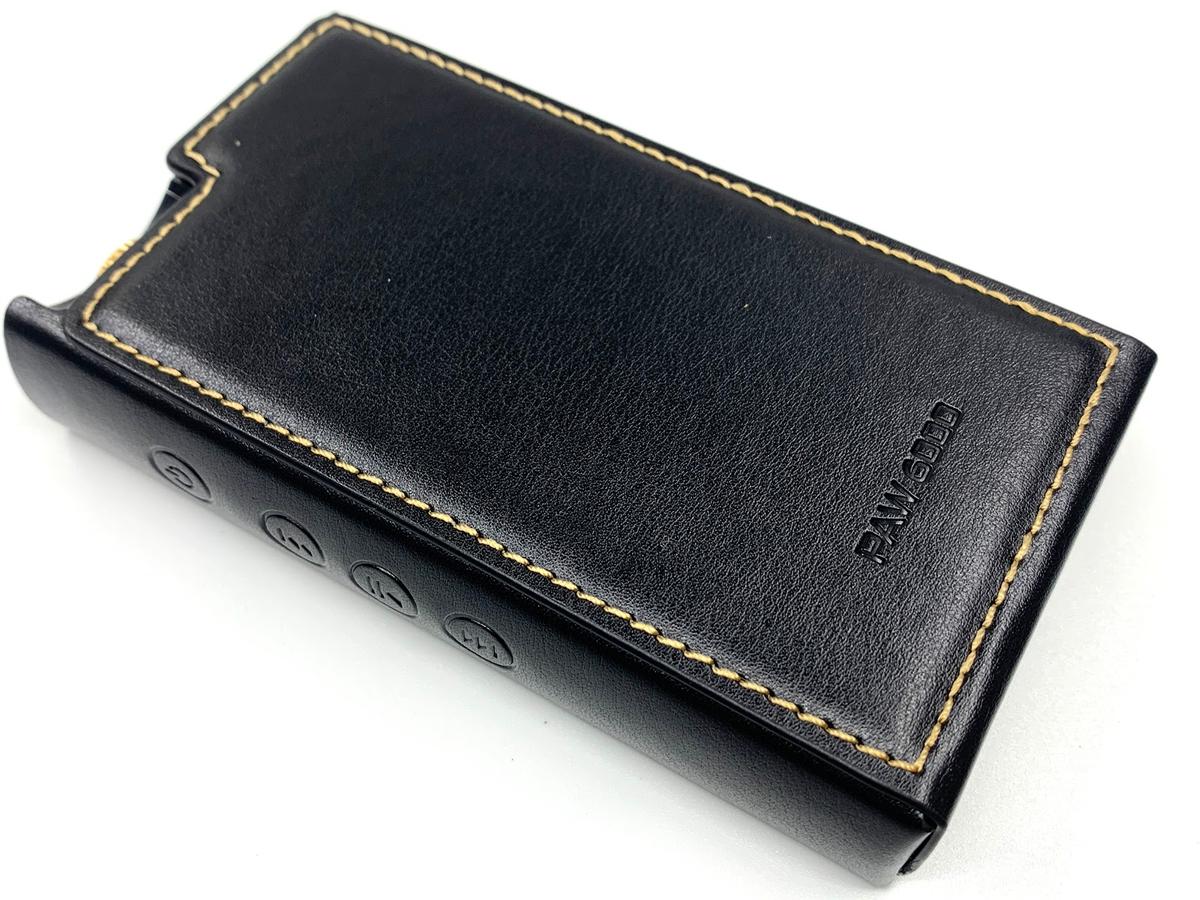
The Integration
Paw 6000 is designed to be a smaller and more affordable model compared to the current flagship, Paw Gold Touch. It could be defined as the upgrade for Paw 5000 and Paw 5000 mk II, too. Powered by a single AKM AK4493EQ DAC chip, Paw 6000 can support playback for audio files up to 32bit 768kHz and native DSD256 easily.
Similar to its predecessors as well as the current flagship, Paw 6000 is not equipped with internal memory. It has a micro SD slot that can support up to a 2TB micro SD card. I’m using a 256GB SD card and Paw 6000 handles file reading effortlessly and flawlessly.
Paw 6000 is using a 3.77” in-plane switching (IPS) touch screen. This is a major upgrade from predecessors which are using the mechanical button for controls. The included screen protector is a good accessory to protect this implementation. I installed it immediately after unboxing.
For analogue output, Paw 6000 supports 3.5mm unbalanced and 4.4mm Pentaconn balanced output. Based on the technical specifications listed on Lotoo’s official website, both outputs are giving the same amount of power. The only difference between balanced and unbalanced outputs is the noise floor. Pentaconn balanced output offers you a better noise floor.
Similar to the predecessors and flagship models, Paw 6000 is parametric equalizer enabled. However, if you research or study in more detail, you will realise Paw 6000 is not equipped with a hardware digital signal processing (DSP) chip. The functionality of the DSP in Paw Gold Touch is to support DSD512 and dual phase-locked loop (PLL) clocks. Paw 6000 can only support up to DSD256, so it’s normal for Lotoo to remove DSP from the design.
I used Lotoo Paw 5000 mk II for a while and I was surprised to see that Paw 6000 is WiFi enabled. The WiFi is solely for software updates. It’s not designed for streaming services. I like this design because I no longer need to connect my DAP to my laptop to update it. I can do it with the DAP connected to WiFi. This is very convenient and I tried it once. Tested and proven!
Paw 6000 has a few identities. It can act as a DAP, a USB digital analogue converter (DAC), Bluetooth DAC and Bluetooth transmitter. With one device on hand, it can fulfill almost all the needs from the users in terms of entertainment. Paw 6000 utilises USB Type C 3.1 connection. With this USB Type C enablement, the file transfer is lightning fast.
You can find bi-directional Bluetooth version 4.2 under the hood of Paw 6000. It supports LDAC Hi-Res codec. For those who need some freedom and wish to preserve high sonic quality, LDAC implementation is a great selling point. The codec that can be decoded through LDAC is 24bit/96kHz, far beyond other codecs like Advance Audio Coding (AAC) or low-complexity subband codec (SBC).
Another selling point that won my heart is the battery life. Paw 6000 is powered by a 5200 mAh battery. On the specification sheet, it states that Paw 6000 can last for 16 hours with continuous playback. Out of curiosity, I tested and it’s right! Actually, I got a total playback time of slightly more than 16 hours.

The back of Paw 6000 is covered by glass too. However, there is no screen protector included for the back panel. This is a small issue for me because I protected it with the provided leather case from the first moment I used it.
The audio outputs are located on top of the DAP, together with the volume control knob. They are in gold - a perfect match with the matte black chassis of Paw 6000. Initially, the audio outputs were a little tight for me but they are getting a little wider now after a period of usage.
Moving to the volume control knob, there is a “breathing light” embedded under the knob. You can turn it on in the setting of DAP. I think this is a cool feature, especially when I am listening at night with lights turned off. I can easily find the DAP with the breathing light. The volume control knob is well-built and provides a tactile response for every step you adjust.


The physical control buttons are located on the right side of the DAP. The top button is the power button for waking up the screen and turning on/off the device. Following the power button are conventional buttons for audio controls, play/pause button and next/previous track button. In the settings, users can change the next/previous track button to suit personal preference.

The charging and data transferring USB Type-C port is located on the bottom of the DAP, together with micro SD card slot. The overall design of Paw 6000 is sturdy. It has a dimension of 112 x 65 x 18 mm and puts 225g on the scale. It is, without a doubt, a pocket-friendly design. I have no issues carrying it around in my pocket.

User Interface
Paw 6000 is powered by Lotoo Touch Operating System (LTOS), similar to its elder brother Paw Gold Touch. This OS is in-house specially designed by Lotoo for these two models. We can expect a perfect integration between the hardware and software since the OS is proprietary catered to the hardware in Paw Gold Touch and Paw 6000. Without disappointing the user, Paw 6000 can be booted within 3 seconds. This is the fastest that I experienced so far.
On the main screen, there are six different options for users to play around with - Playlist, Album List, Songs, Folders, Artist and Settings. It is very user-friendly and easy to navigate. Below these six options, there is a minimized ‘now playing’ screen. Users can control it there, or go to the maximized ‘now playing’ screen by tapping on it.
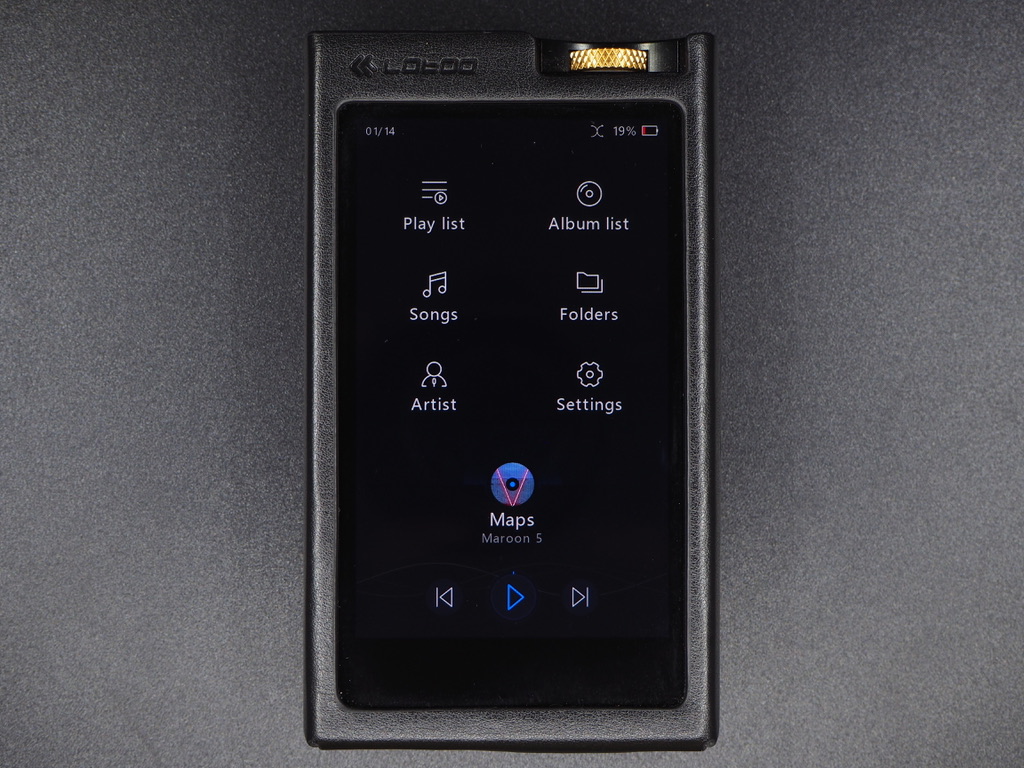
Media Management
Navigating the media on Paw 6000 is an easy task. Users can go into any option, except Settings to find the desired track easily. To set up a playlist, you can set up the playlist in the Playlist option on the main screen and add in your tracks. Users can choose the artist or album and add all the tracks that fall under the selection into the playlist, too. This is applicable to folders as well.
There’s a cool feature in Paw 6000 that I often use - the search function. If you drag down the control panel on the screen, you will see a search bar. Simply key in the track name and Paw 6000 can immediately show you the track. I have more than 100GB of tracks in the SD card and this function really shortens time for me to find a particular track. I love it!

Parametric Equalizer (PMEQ) and Acoustic Timbre Embellisher (ATE)
In the maximized ‘now playing’ screen, users can find a control button that will lead you to the PMEQ and ATE settings. I am not a big fan of PMEQ. However, this is a good inclusion in the firmware development because this allows users to do the final tuning in the pairing.
In the PMEQ setting, there is a list of pre-set profiles that you can choose from. If you want something that is customized to your personal preference, you can create a profile in the setting, too. PMEQ allows you to create a profile in 5 bands equalizer.
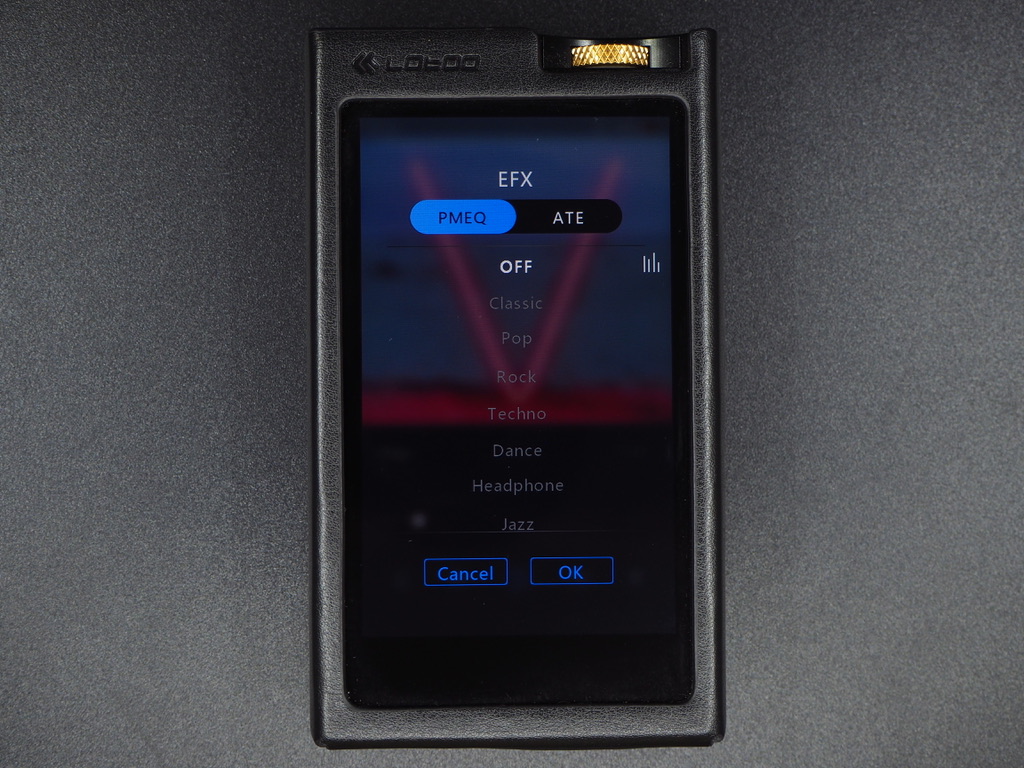
On the other hand, ATE also has a list of profiles that users can select from. These profiles can be easily understood as Lotoo’s studio quality filters. Besides PMEQ and ATE, users will get the conventional option to switch between digital filter settings of the AK4493 DAC. There are six options for PCM and two for DSD.

Bluetooth
As mentioned briefly in the previous section, Paw 6000 is implemented with a bi-directional Bluetooth. To define the term ‘bi-directional’, it simply means Paw 6000 can be used as a transmitter and a receiver. In transmitter mode, you can connect your wireless headphones to Paw 6000.

On the other hand, in receiver mode, you can connect your phone to Paw 6000 and use streaming services on your phone. Paw 6000 will act as a Bluetooth DAC in this scenario. This perfectly addresses the non-existing streaming capability on Paw 6000. Although I do not usually stream, I still think this is a good feature to be implemented.
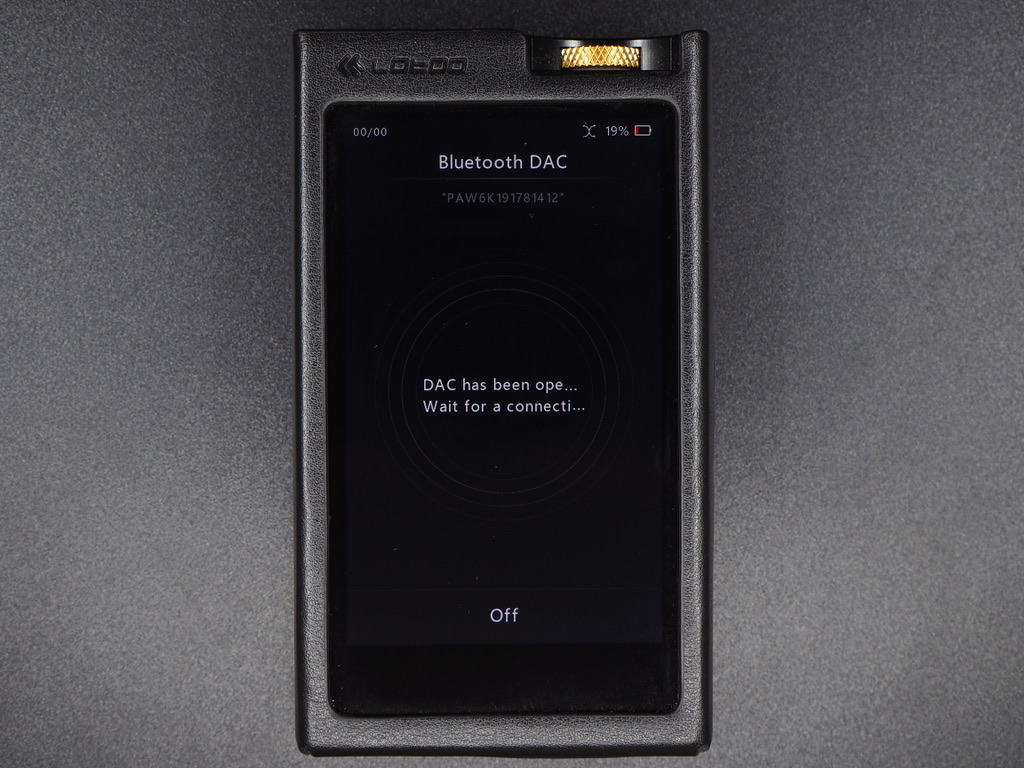
USB DAC
Another cool feature Paw 6000 provides is USB DAC function. Simply connect Paw 6000 to your laptop or PC, there will be a pop up screen. Choose USB DAC (PC) if you want to charge your Paw 6000 simultaneously. Otherwise, you can choose USB DAC (phone).
After choosing the desired connection, the screen will show 32bit/44kHz. This is the sampling rate requested by Paw 6000 to the source. In the USB DAC mode, the PMEQ and ATE features can still be used.
The PAW 6000 always requests 32bit/44kHz sampling rate from the host device. If the file played is lower than the requested sampling rate, the host will just add zeros to “up-sampling” to the requested sampling rate.
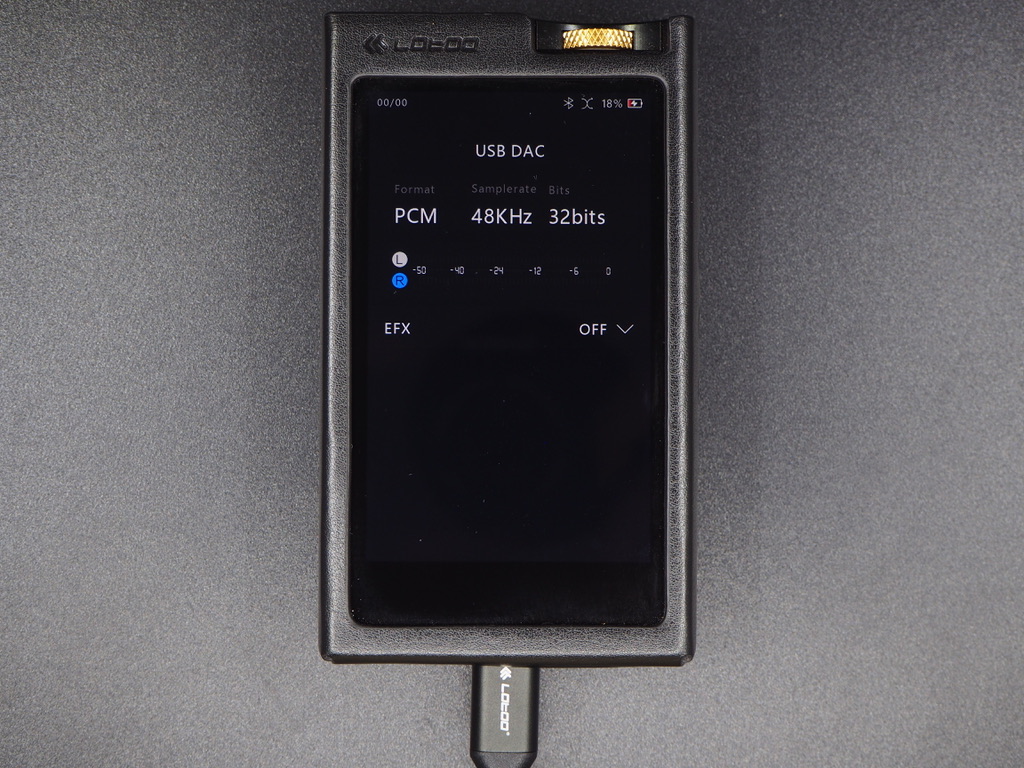
Sound Analysis
Before listening to Paw 6000, based on my experience in using Paw 5000 mk II and auditioning for Paw Gold Touch, I could roughly predict the sound signature. It is going to be neutral, just like its predecessor and elder brother. Without any disappointment, the sound signature of Paw 6000 is indeed neutral and well-balanced across frequency spectrums.
It is a reference sounding DAP. The overall presentation is transparent and free from coloration. No one is getting any additional “flavors” from the Paw 6000. It delivers according to what it is tasked to play. I have been using the Paw 6000 as my reference DAP, together with my iBasso DX220. I will comment about the comparison in the latter part in this article.
Lows
The lows are presented with a good weight and full body. The richness in the lows is well-balanced - neither too warm nor too lean. I am satisfied with the dynamic and punch presented by Paw 6000 in lows. The layering has been handled well, too. You are not going to face any congestion in the presentation.
The mids are very transparent and breathy, just like the overall presentation. The vocals delivered are natural and realistic. There is no additional coloration to the midrange. Similar to the lows, you can expect a rich textured midrange to be delivered by Paw 6000. The soundstage is very open. The positioning of vocals and other instruments is precise.
The highs of Paw 6000 portray a natural timbre. It hits you like spring wind breezes on your eardrum. It’s comfortable to listen to. You should not expect an overly forward or shy treble. It is well-maintained to be at the same level as the other two frequencies. The treble is very well-extended. There is neither distortion nor early roll-off in the treble observed within this reviewing period of around 1 month.
Pairing
I did several IEM pairings to test out the capability of Paw 6000. Surprisingly, it pairs up well with them and I cherry picked a few to share in this article.
Dita XLS Dream
This is a dream pairing. Kenneth, from Project Perfection Pte Ltd, Lotoo’s distributor in Southeast Asia, recommended this to me. The dynamic driver in the Dream XLS is well-activated. The soundstage is something that I am sold on. The term “XLS” in the model name of Dream XLS stands for “Extra Large Soundstage”. Paw 6000 further enhances this characteristic. The presentation is simply spacious and airy.

Avara Custom AV3
This is my first acquired custom IEM. It has a very well-balanced sound signature, just like Paw 6000. I love this pairing because the overall presentation just sounds referencing. I’m impressed by the transparency presented in this pairing. The midrange sounds natural, with rich texture. I feel very comfortable listening to this pairing. No overwhelming lows and fatigue-causing highs.

Sennheiser IE400 Pro
This is another reference grade IEM, just like AV3. I first listened to IE400 Pro with my Opus #3. The presentation is above average with good fidelity. When I paired it with Paw 6000, I was immediately amazed. The soundstage is opened up. The bass has a thicker texture, compared to what my Opus #3 presented initially.

Origami Audio Silver
I’m glad to have a chance to audition this amazing IEM with my Paw 6000 in Singapore. In March, David from E1 Personal Audio Singapore got the Origami Audio Silver from founder Oya-San for local audiophiles to audition. I spent almost two hours listening to it with my Paw 6000. The pairing is impressive. The presentation is dynamic with a punchy bass. The vocals, female vocals especially, sound sweet and breathy.

Comparison
Sony NW-WM1A
WM1A is my favorite reference grade digital audio player (DAP) before I came into contact with other brands like IBasso Audio DX220 or Lotoo Paw 6000. WM1A has good neutrality in terms of sonic presentation which makes it an all-rounder for different genres.
I actually prefer the neutrality in Paw 6000 more. The presentation is more analogue as compared to WM1A. WM1A sounds technical and cold when we compare it with Lotoo. I think this analogue sounding DAP stole my heart.
The battery life of Paw 6000 is around half of WM1A’s 33 hours. Rated at 16 hours, I think this is sufficient for most of the people, including me. I can charge the device once every 2-3 days.
In terms of output power, I find Paw 6000 to have a better power output. Rated at 300 mW @ 32 ohms, I am able to drive most of my IEMs well. I revisited my Tin Audio P1, a power-hungry beast. I’m glad that it’s potential is fully unveiled by Paw 6000’s powerful output.
The background of Paw 6000 is darker and the noise floor is lower too. Besides driving those power-hungry beasts, Paw 6000 can handle sensitive IEMs like Campfire Audio Andromeda well, too.

iBasso DX220
Another favorite reference DAP for comparison here. The first thing that caused me to prefer Paw 6000 over DX220 is definitely the battery life. A short playback duration of 6 hours is always a problem for me. I always need to charge my DX220 in the office during a workday. Paw 6000 totally solved my problem.
DX220 runs Android. You can enjoy the streaming services such as Tidal and Spotify on DX220, but not on Paw 6000. However, this is not an issue for me because I always rely on my personal music library. For those who stream, you can still use Paw 6000 and connect it to your phone via Bluetooth. Not a big deal here.
In terms of sonic quality, both of them are reference grade. However, there are still slight differences between them. DX220 is more forward and aggressive, as compared to Paw 6000’s calm and steady. The bass of DX220 is punchier, but with a faster decay speed. The richer texture bass of Paw 6000 sounds more natural.

FiiO M15
M15 is the latest flagship from FiiO. FiiO released M11, M11 Pro and M15 in a timeframe of 12 months; an exciting year indeed. Hardware wise, M15 uses dual flagship DAC chips from AKM, AKM4499. This is very attractive to users because the other DAP that is using this chip is Astell and Kern SP2000 which is tagged with a price of USD$3499 while M15 costs only USD$1299.
However, while I tested and compared it with my Paw 6000, I observed the importance of integration. I still remember when I first posted the information of Paw 6000 on my social media page; a netizen questioned why a DAP with single AKM4493EQ chip is selling more than USD$1000. My initial thought is: you’re paying for integration.
To illustrate this, I would like to use Apple as an example. Apple's iPhone is always deemed as overpriced. However, if you are an iPhone user, you understand what you are paying for. It’s not the brand, but the hardware and software integration.
In terms of sound signature, FiiO M15 is on the brighter side while Paw 6000 is a more reference sounding DAP. FiiO M15 reminds me of my Opus #3. They have similar sound signatures. The detail presentation from M15 is superb. However, they sound a little “dry” or technical for long listening.
M15 is running Android 7.0. Users can stream from services on M15, just like on DX220. The battery life for M15 and Paw 6000 is similar. However, I believe with streaming services and WiFi on, the battery life might be shorter. M15 has an additional 2.5mm output besides 4.4mm Pentaconn balanced and 3.5mm unbalanced.

Verdict
The Lotoo Paw 6000 is a great choice for those who are looking for a reference grade DAP like Paw Gold Touch but with a stricter budget - just like me. I’m happy to see this option offered by Lotoo. More audiophiles can now be blessed by the greatness of Lotoo DAP, physically and sonically.
It has an outstanding build and smooth navigating firmware. The form factor of Paw 6000 is pocket friendly. I believe these are some external factors that come into picture when an audiophile is choosing a DAP. Besides that, its natural and well-balanced sound signature is definitely a selling point that won my heart over other DAPs in the market.
Paw 6000 is retailing at USD$1199. You can purchase it from Lotoo’s authorized agents. In Southeast Asia, you can check out Project Perfection Pte Ltd’s official website.
Disclaimer
This review is originally posted on Headphonesty. Thank you, Pauline and team from Lotoo, for sending me the Lotoo Paw 6000 from Beijing, China, despite facing the Covid-19 pandemic. It was provided to me free of charge in exchange for my honest review and opinion.
Introduction
For those who have been in the audiophile community for a long time, Lotoo is definitely not a stranger. Founded in 1999, Lotoo is a professional audio equipment manufacturer in Beijing. Initially, Lotoo put all their focus on professional voice recorders. After several years in the recording industry, Lotoo decided to take a leap forward, embarking into the digital audio player (DAP) market.
Paw Gold Touch was launched in early 2019. I first auditioned the DAP in CanJam Singapore 2019. It is amazing and I’m surprised by the sound quality as well as the portability compared to other flagship models that are as heavy as a brick, such as Sony NW-WM1Z or Astell and Kern SP2000.A fact that cannot be denied is that Lotoo has the top-level professional audio technology R&D team in Asia. And with their long experience in this industry, they have never failed to fulfill the community’s needs in audio quality.
Not long after CanJam, Lotoo revealed the sneak peek for Paw 6000. I anticipated to audition the Paw 6000 and even attended the launch event by Project Perfection Pte Ltd in Singapore. I am sold to it after the first audition of Paw 6000 in the launch event.
In this review, I will guide you through how this Paw 6000 won my heart at first sight.

Unboxing
The unboxing experience for Paw 6000 is pleasant. Compared to other models within the price range of USD$1200, Paw 6000 has a relatively simple packaging. It’s similar to Sony NW-WM1A’s packaging. It comes in a black sturdy box with the brand and model name printed on the paper sleeve.

Opening the sleeve, Paw 6000 makes its first appearance to the user. The accessories are kept underneath the DAP. Here’s a list of items you can expect in the box:
- Paw 6000
- Leather case
- Two hardened 9+ glass screen protectors
- Microfiber cleaning cloth
- Multilingual user manual
- Warranty card (in Chinese)
- USB Type-C charging and data transfer cable


The leather case is well-designed. It fits the DAP like a glove. Besides the fit, Lotoo is very thoughtful in designing the case. The charger opening on the case is opened wider so that the user can eject or insert the SD card without removing the case.
This is the design I need because I have four DAPs and only two SD cards. I need to eject and insert the SD card very often.

The Integration
Paw 6000 is designed to be a smaller and more affordable model compared to the current flagship, Paw Gold Touch. It could be defined as the upgrade for Paw 5000 and Paw 5000 mk II, too. Powered by a single AKM AK4493EQ DAC chip, Paw 6000 can support playback for audio files up to 32bit 768kHz and native DSD256 easily.
Similar to its predecessors as well as the current flagship, Paw 6000 is not equipped with internal memory. It has a micro SD slot that can support up to a 2TB micro SD card. I’m using a 256GB SD card and Paw 6000 handles file reading effortlessly and flawlessly.
Paw 6000 is using a 3.77” in-plane switching (IPS) touch screen. This is a major upgrade from predecessors which are using the mechanical button for controls. The included screen protector is a good accessory to protect this implementation. I installed it immediately after unboxing.
For analogue output, Paw 6000 supports 3.5mm unbalanced and 4.4mm Pentaconn balanced output. Based on the technical specifications listed on Lotoo’s official website, both outputs are giving the same amount of power. The only difference between balanced and unbalanced outputs is the noise floor. Pentaconn balanced output offers you a better noise floor.
Similar to the predecessors and flagship models, Paw 6000 is parametric equalizer enabled. However, if you research or study in more detail, you will realise Paw 6000 is not equipped with a hardware digital signal processing (DSP) chip. The functionality of the DSP in Paw Gold Touch is to support DSD512 and dual phase-locked loop (PLL) clocks. Paw 6000 can only support up to DSD256, so it’s normal for Lotoo to remove DSP from the design.
I used Lotoo Paw 5000 mk II for a while and I was surprised to see that Paw 6000 is WiFi enabled. The WiFi is solely for software updates. It’s not designed for streaming services. I like this design because I no longer need to connect my DAP to my laptop to update it. I can do it with the DAP connected to WiFi. This is very convenient and I tried it once. Tested and proven!
Paw 6000 has a few identities. It can act as a DAP, a USB digital analogue converter (DAC), Bluetooth DAC and Bluetooth transmitter. With one device on hand, it can fulfill almost all the needs from the users in terms of entertainment. Paw 6000 utilises USB Type C 3.1 connection. With this USB Type C enablement, the file transfer is lightning fast.
You can find bi-directional Bluetooth version 4.2 under the hood of Paw 6000. It supports LDAC Hi-Res codec. For those who need some freedom and wish to preserve high sonic quality, LDAC implementation is a great selling point. The codec that can be decoded through LDAC is 24bit/96kHz, far beyond other codecs like Advance Audio Coding (AAC) or low-complexity subband codec (SBC).
Another selling point that won my heart is the battery life. Paw 6000 is powered by a 5200 mAh battery. On the specification sheet, it states that Paw 6000 can last for 16 hours with continuous playback. Out of curiosity, I tested and it’s right! Actually, I got a total playback time of slightly more than 16 hours.
Technical SpecificationI’m totally satisfied with this and, compared to my current DAP, iBasso DX220, 16 hours is really a luxury. The DX220 can barely last for 6 hours with continuous playback.
- DAC chip: AK4493EQ
- Supported formats: DSD256 / PCM up to 768KHz
- Operational amplifier: OPA1622 (both single-end and balanced)
- Headphone output: 300mw / channel @ 32ohm
- Battery capacity: 5200 mAh
- Playable time: 16 hours
- Storage: MicroSD card (theoretically supports up to 2TB)
- Bluetooth Version: Bluetooth V4.2
- Dimension: 112x65x18mm
- Weight: 228g
As a Paw 5000 mk II user, I am impressed by the improvement Lotoo achieved in Paw 6000. The build quality of Paw 6000 is extraordinarily good. The chassis is computer numerical control (CNC) crafted with aircraft aluminium alloy. On the front top left corner, there is a “Lotoo” logo engraved in the alloy. The 3.77” screen integrated perfectly with the chassis, forming a bezel-less design.I like the luxury color code in Paw 6000’s design. The combination of black and gold makes it a social status for audiophiles.

The back of Paw 6000 is covered by glass too. However, there is no screen protector included for the back panel. This is a small issue for me because I protected it with the provided leather case from the first moment I used it.
The audio outputs are located on top of the DAP, together with the volume control knob. They are in gold - a perfect match with the matte black chassis of Paw 6000. Initially, the audio outputs were a little tight for me but they are getting a little wider now after a period of usage.
Moving to the volume control knob, there is a “breathing light” embedded under the knob. You can turn it on in the setting of DAP. I think this is a cool feature, especially when I am listening at night with lights turned off. I can easily find the DAP with the breathing light. The volume control knob is well-built and provides a tactile response for every step you adjust.


The physical control buttons are located on the right side of the DAP. The top button is the power button for waking up the screen and turning on/off the device. Following the power button are conventional buttons for audio controls, play/pause button and next/previous track button. In the settings, users can change the next/previous track button to suit personal preference.

The charging and data transferring USB Type-C port is located on the bottom of the DAP, together with micro SD card slot. The overall design of Paw 6000 is sturdy. It has a dimension of 112 x 65 x 18 mm and puts 225g on the scale. It is, without a doubt, a pocket-friendly design. I have no issues carrying it around in my pocket.

User Interface
Paw 6000 is powered by Lotoo Touch Operating System (LTOS), similar to its elder brother Paw Gold Touch. This OS is in-house specially designed by Lotoo for these two models. We can expect a perfect integration between the hardware and software since the OS is proprietary catered to the hardware in Paw Gold Touch and Paw 6000. Without disappointing the user, Paw 6000 can be booted within 3 seconds. This is the fastest that I experienced so far.
On the main screen, there are six different options for users to play around with - Playlist, Album List, Songs, Folders, Artist and Settings. It is very user-friendly and easy to navigate. Below these six options, there is a minimized ‘now playing’ screen. Users can control it there, or go to the maximized ‘now playing’ screen by tapping on it.

Media Management
Navigating the media on Paw 6000 is an easy task. Users can go into any option, except Settings to find the desired track easily. To set up a playlist, you can set up the playlist in the Playlist option on the main screen and add in your tracks. Users can choose the artist or album and add all the tracks that fall under the selection into the playlist, too. This is applicable to folders as well.
There’s a cool feature in Paw 6000 that I often use - the search function. If you drag down the control panel on the screen, you will see a search bar. Simply key in the track name and Paw 6000 can immediately show you the track. I have more than 100GB of tracks in the SD card and this function really shortens time for me to find a particular track. I love it!

Parametric Equalizer (PMEQ) and Acoustic Timbre Embellisher (ATE)
In the maximized ‘now playing’ screen, users can find a control button that will lead you to the PMEQ and ATE settings. I am not a big fan of PMEQ. However, this is a good inclusion in the firmware development because this allows users to do the final tuning in the pairing.
In the PMEQ setting, there is a list of pre-set profiles that you can choose from. If you want something that is customized to your personal preference, you can create a profile in the setting, too. PMEQ allows you to create a profile in 5 bands equalizer.

On the other hand, ATE also has a list of profiles that users can select from. These profiles can be easily understood as Lotoo’s studio quality filters. Besides PMEQ and ATE, users will get the conventional option to switch between digital filter settings of the AK4493 DAC. There are six options for PCM and two for DSD.

Bluetooth
As mentioned briefly in the previous section, Paw 6000 is implemented with a bi-directional Bluetooth. To define the term ‘bi-directional’, it simply means Paw 6000 can be used as a transmitter and a receiver. In transmitter mode, you can connect your wireless headphones to Paw 6000.

On the other hand, in receiver mode, you can connect your phone to Paw 6000 and use streaming services on your phone. Paw 6000 will act as a Bluetooth DAC in this scenario. This perfectly addresses the non-existing streaming capability on Paw 6000. Although I do not usually stream, I still think this is a good feature to be implemented.

USB DAC
Another cool feature Paw 6000 provides is USB DAC function. Simply connect Paw 6000 to your laptop or PC, there will be a pop up screen. Choose USB DAC (PC) if you want to charge your Paw 6000 simultaneously. Otherwise, you can choose USB DAC (phone).
After choosing the desired connection, the screen will show 32bit/44kHz. This is the sampling rate requested by Paw 6000 to the source. In the USB DAC mode, the PMEQ and ATE features can still be used.
The PAW 6000 always requests 32bit/44kHz sampling rate from the host device. If the file played is lower than the requested sampling rate, the host will just add zeros to “up-sampling” to the requested sampling rate.

Sound Analysis
Before listening to Paw 6000, based on my experience in using Paw 5000 mk II and auditioning for Paw Gold Touch, I could roughly predict the sound signature. It is going to be neutral, just like its predecessor and elder brother. Without any disappointment, the sound signature of Paw 6000 is indeed neutral and well-balanced across frequency spectrums.
It is a reference sounding DAP. The overall presentation is transparent and free from coloration. No one is getting any additional “flavors” from the Paw 6000. It delivers according to what it is tasked to play. I have been using the Paw 6000 as my reference DAP, together with my iBasso DX220. I will comment about the comparison in the latter part in this article.
Lows
The lows are presented with a good weight and full body. The richness in the lows is well-balanced - neither too warm nor too lean. I am satisfied with the dynamic and punch presented by Paw 6000 in lows. The layering has been handled well, too. You are not going to face any congestion in the presentation.
MidsThe speed of the low frequency delivered by Paw 6000 is very well-controlled - between muddy caused by slow decay and analytical caused by speedy decay.
The mids are very transparent and breathy, just like the overall presentation. The vocals delivered are natural and realistic. There is no additional coloration to the midrange. Similar to the lows, you can expect a rich textured midrange to be delivered by Paw 6000. The soundstage is very open. The positioning of vocals and other instruments is precise.
HighsClosing my eyes and listening to what Paw 6000 delivers, I can feel the headroom and the space, making it very entertaining.
The highs of Paw 6000 portray a natural timbre. It hits you like spring wind breezes on your eardrum. It’s comfortable to listen to. You should not expect an overly forward or shy treble. It is well-maintained to be at the same level as the other two frequencies. The treble is very well-extended. There is neither distortion nor early roll-off in the treble observed within this reviewing period of around 1 month.
Pairing
I did several IEM pairings to test out the capability of Paw 6000. Surprisingly, it pairs up well with them and I cherry picked a few to share in this article.
Dita XLS Dream
This is a dream pairing. Kenneth, from Project Perfection Pte Ltd, Lotoo’s distributor in Southeast Asia, recommended this to me. The dynamic driver in the Dream XLS is well-activated. The soundstage is something that I am sold on. The term “XLS” in the model name of Dream XLS stands for “Extra Large Soundstage”. Paw 6000 further enhances this characteristic. The presentation is simply spacious and airy.

Avara Custom AV3
This is my first acquired custom IEM. It has a very well-balanced sound signature, just like Paw 6000. I love this pairing because the overall presentation just sounds referencing. I’m impressed by the transparency presented in this pairing. The midrange sounds natural, with rich texture. I feel very comfortable listening to this pairing. No overwhelming lows and fatigue-causing highs.

Sennheiser IE400 Pro
This is another reference grade IEM, just like AV3. I first listened to IE400 Pro with my Opus #3. The presentation is above average with good fidelity. When I paired it with Paw 6000, I was immediately amazed. The soundstage is opened up. The bass has a thicker texture, compared to what my Opus #3 presented initially.
It gives me the same feeling of what I get with Paw 6000 and Dream XLS pairing - high fidelity with wide soundstage.

Origami Audio Silver
I’m glad to have a chance to audition this amazing IEM with my Paw 6000 in Singapore. In March, David from E1 Personal Audio Singapore got the Origami Audio Silver from founder Oya-San for local audiophiles to audition. I spent almost two hours listening to it with my Paw 6000. The pairing is impressive. The presentation is dynamic with a punchy bass. The vocals, female vocals especially, sound sweet and breathy.
I shared my impression with Oya-san and I’m happy to say that he is listening to this pairing now.

Comparison
Sony NW-WM1A
WM1A is my favorite reference grade digital audio player (DAP) before I came into contact with other brands like IBasso Audio DX220 or Lotoo Paw 6000. WM1A has good neutrality in terms of sonic presentation which makes it an all-rounder for different genres.
I actually prefer the neutrality in Paw 6000 more. The presentation is more analogue as compared to WM1A. WM1A sounds technical and cold when we compare it with Lotoo. I think this analogue sounding DAP stole my heart.
The battery life of Paw 6000 is around half of WM1A’s 33 hours. Rated at 16 hours, I think this is sufficient for most of the people, including me. I can charge the device once every 2-3 days.
In terms of output power, I find Paw 6000 to have a better power output. Rated at 300 mW @ 32 ohms, I am able to drive most of my IEMs well. I revisited my Tin Audio P1, a power-hungry beast. I’m glad that it’s potential is fully unveiled by Paw 6000’s powerful output.
The background of Paw 6000 is darker and the noise floor is lower too. Besides driving those power-hungry beasts, Paw 6000 can handle sensitive IEMs like Campfire Audio Andromeda well, too.

iBasso DX220
Another favorite reference DAP for comparison here. The first thing that caused me to prefer Paw 6000 over DX220 is definitely the battery life. A short playback duration of 6 hours is always a problem for me. I always need to charge my DX220 in the office during a workday. Paw 6000 totally solved my problem.
DX220 runs Android. You can enjoy the streaming services such as Tidal and Spotify on DX220, but not on Paw 6000. However, this is not an issue for me because I always rely on my personal music library. For those who stream, you can still use Paw 6000 and connect it to your phone via Bluetooth. Not a big deal here.
In terms of sonic quality, both of them are reference grade. However, there are still slight differences between them. DX220 is more forward and aggressive, as compared to Paw 6000’s calm and steady. The bass of DX220 is punchier, but with a faster decay speed. The richer texture bass of Paw 6000 sounds more natural.

FiiO M15
M15 is the latest flagship from FiiO. FiiO released M11, M11 Pro and M15 in a timeframe of 12 months; an exciting year indeed. Hardware wise, M15 uses dual flagship DAC chips from AKM, AKM4499. This is very attractive to users because the other DAP that is using this chip is Astell and Kern SP2000 which is tagged with a price of USD$3499 while M15 costs only USD$1299.
However, while I tested and compared it with my Paw 6000, I observed the importance of integration. I still remember when I first posted the information of Paw 6000 on my social media page; a netizen questioned why a DAP with single AKM4493EQ chip is selling more than USD$1000. My initial thought is: you’re paying for integration.
To illustrate this, I would like to use Apple as an example. Apple's iPhone is always deemed as overpriced. However, if you are an iPhone user, you understand what you are paying for. It’s not the brand, but the hardware and software integration.
In terms of sound signature, FiiO M15 is on the brighter side while Paw 6000 is a more reference sounding DAP. FiiO M15 reminds me of my Opus #3. They have similar sound signatures. The detail presentation from M15 is superb. However, they sound a little “dry” or technical for long listening.
M15 is running Android 7.0. Users can stream from services on M15, just like on DX220. The battery life for M15 and Paw 6000 is similar. However, I believe with streaming services and WiFi on, the battery life might be shorter. M15 has an additional 2.5mm output besides 4.4mm Pentaconn balanced and 3.5mm unbalanced.

Verdict
The Lotoo Paw 6000 is a great choice for those who are looking for a reference grade DAP like Paw Gold Touch but with a stricter budget - just like me. I’m happy to see this option offered by Lotoo. More audiophiles can now be blessed by the greatness of Lotoo DAP, physically and sonically.
It has an outstanding build and smooth navigating firmware. The form factor of Paw 6000 is pocket friendly. I believe these are some external factors that come into picture when an audiophile is choosing a DAP. Besides that, its natural and well-balanced sound signature is definitely a selling point that won my heart over other DAPs in the market.
Paw 6000 is retailing at USD$1199. You can purchase it from Lotoo’s authorized agents. In Southeast Asia, you can check out Project Perfection Pte Ltd’s official website.
Reference sound signature, supreme build quality, smooth user interface and long-lasting battery life of Paw 6000 gives it a well-deserved five star rating. Congratulations, Lotoo. This is my very first five review for a DAP.
Last edited:
Rolu
The logic is longevity. Android DAPs get outdated and laggy and need to be refreshed every few years like smartphones. For local files-only people, streaming doesn't matter and I rather have fast speed and longevity.
yong_shun
1000+ Head-Fier
Pros: Tight Bass
Forward Mids
Well extended treble
deep insertion
Long battery life
small form factor
excellent isolation
Forward Mids
Well extended treble
deep insertion
Long battery life
small form factor
excellent isolation
Cons: No aptX audio codec
Released in 2017, H Series, the predecessor of Hakii, was a premium product line of HAVIT, who strives to provide high quality audio products in competitive prices to worldwide consumers. In 2019, H Series has become Hakii, and independent casual sports audio brand. Here's a comparison review between Hakii G1Pro and Moon. Let's find out more:
yong_shun
1000+ Head-Fier
Pros: Ear wing design to improve fitting
Long battery life
Impactful bass
Well extended highs
aptX enabled
Bluetooth V5.0
Long battery life
Impactful bass
Well extended highs
aptX enabled
Bluetooth V5.0
Cons: Micro USB charging
No AAC codec
Recessed mids
Shallow insertion
No AAC codec
Recessed mids
Shallow insertion
Released in 2017, H Series, the predecessor of Hakii, was a premium product line of HAVIT, who strives to provide high quality audio products in competitive prices to worldwide consumers. In 2019, H Series has become Hakii, and independent casual sports audio brand. Here's a comparison review between Hakii G1Pro and Moon. Let's find out more!
yong_shun
1000+ Head-Fier
Pros: Customizable faceplate
Solid build quality
Good clarity in terms of sound signature
Excellent fitting
Can be easily driven
Accurate bass response
Breathy and spacious mids
Well-extended and controlled highs
Solid build quality
Good clarity in terms of sound signature
Excellent fitting
Can be easily driven
Accurate bass response
Breathy and spacious mids
Well-extended and controlled highs
Cons: Highs can be too sharp for those with lower treble tolerance
Higher mids can be shrill in some tracks
Higher mids can be shrill in some tracks
Review: Avara Neo - Creative Unleash
After a few years of dedication in shaping the Indonesian Custom in-ear monitor (IEM) market, Avara Custom decided to launch Avara NEO, the world’s first pair of truly customizable universal in-ear monitors (UIEMs).
Introduction
Being an avid audiophile, the owner of Jaben Indonesia (an audio retailer since 2009), and the founder of Avara Custom, Alvon spotted the need for improvement in Indonesia’s audiophile market - a locally made, customizable and affordable line-up. Since then, he has been researching and developing custom IEM (CIEM) markets in Indonesia.
With his experience in retailing many major brands of headphones and IEMs in Indonesia, he truly understands the features necessary for a pair of well-received earphones - from sonic performance to physical appearance.
Avara Custom is his proposed solution to improving the Indonesian market - providing affordable CIEMs to musicians and audiophiles. His idea was well-received locally and he even took it one step further - presenting the brand to global platforms. His creativity does not stop here. Avara Neo, the first truly customizable UIEM is another approach from him to cater those with stricter budgets.

Unboxing
The unboxing experience for Avara Neo is pleasant and colorful. It comes in a purple paper box. On top of the box, there is the tagline “The First Fully Customized Universal Earphone from Indonesia” - the fact that makes Avara Neo special.
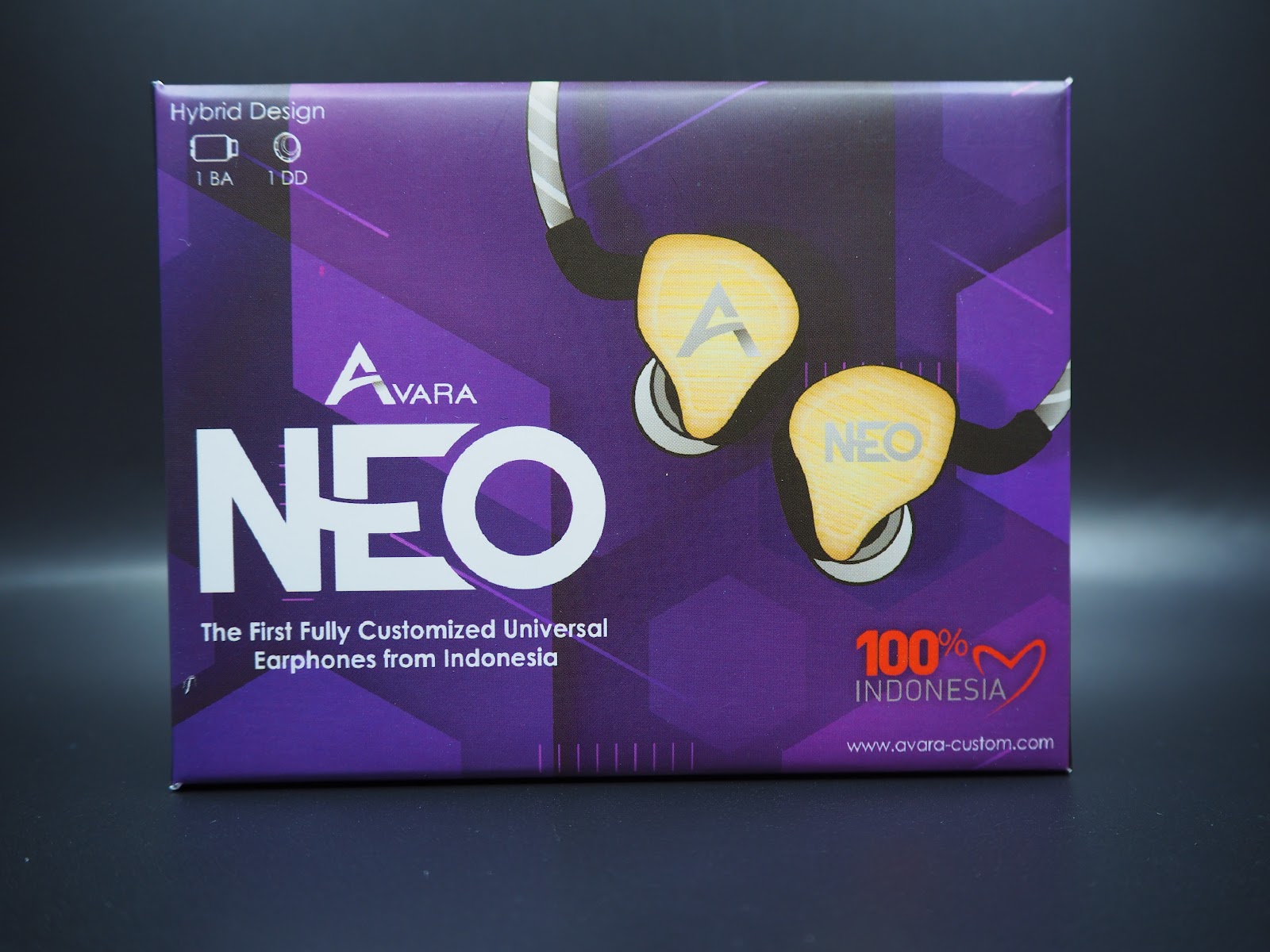
Opening the box, users will find a quality control (QC) card to prove that this particular pair of IEMs is checked before shipping. Besides that, there is a brochure included in the box to explain the uniqueness of Neo to new-comers. Underneath, there is a semi-hard zip case.
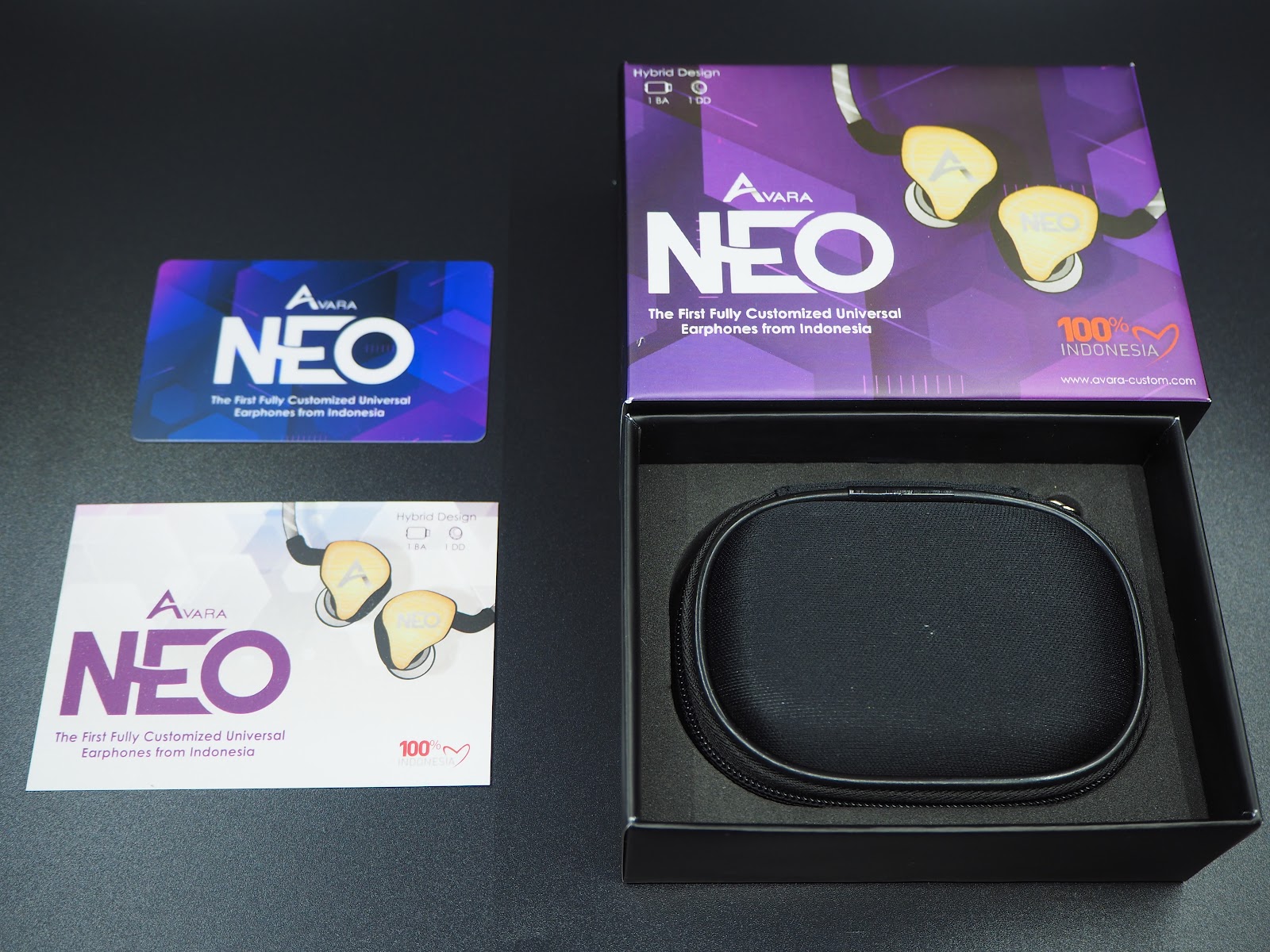
Opening the zip case, I found my customized Avara Neo. I will elaborate more on the design and customization process later in this article. The stock cable and ear tips are included in the case, too. Very simple - no flash in terms of accessories provided. You receive what you require. There are three pairs of different-sized silicone ear tips. A braided, four wired 3.5mm unbalanced terminated cable is provided as the stock.

Technical Specification
Customization
The customization process is as easy as “abc” - simply visit IEM builder on Avara Custom’s official website and choose your country’s currency.
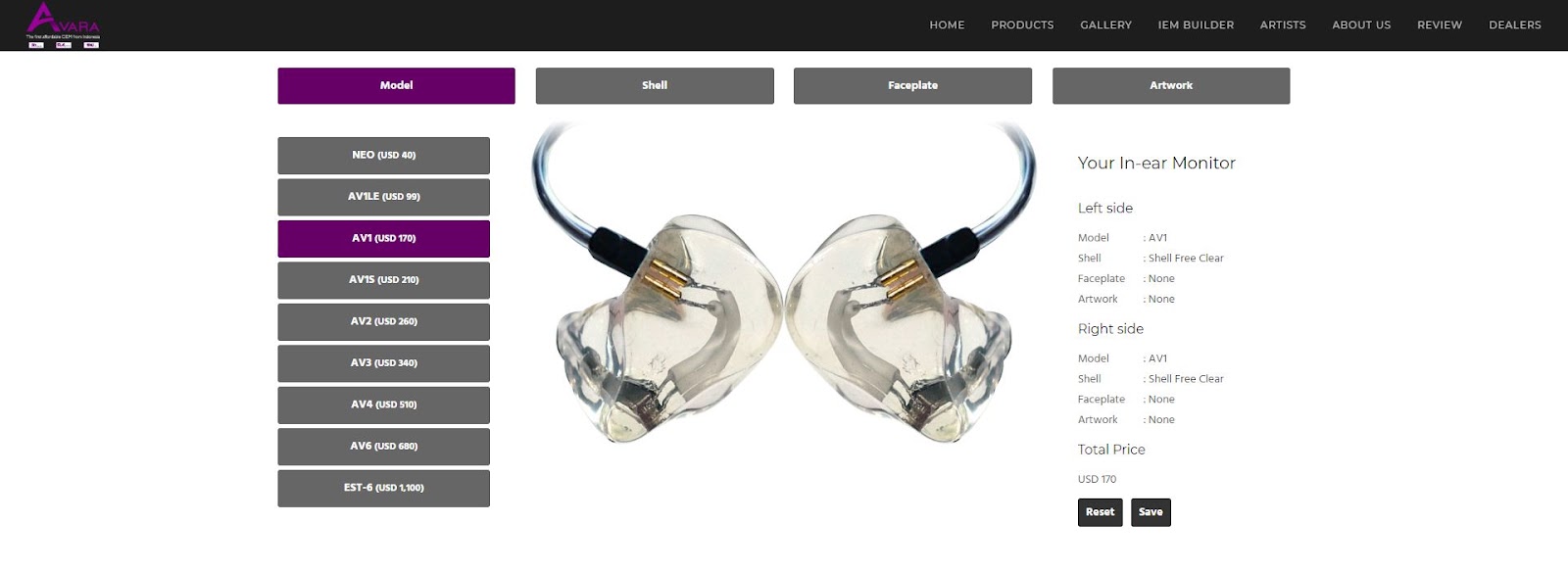
There are several faceplates you can choose from to make your IEMs unique. Some of them are complimentary, while some “premium” faceplates are an additional charge. I chose Glitter Yellow (right IEM) and Glitter Purple (left IEM) for my faceplates. It cost an additional USD$14 per side. I also requested to insert artwork on both sides of my IEMs which cost USD$7 per side. After the process was complete, the final amount charged was USD$82.
Build
I was impressed by the build of Neo upon receiving them. My design was transferred to Neo flawlessly - a memorial for the late National Basketball Association (NBA) superstar, Kobe Bryant. I inserted the “Black Mamba” logo and the Kobe Bryant Memorial logo on each side of my Neo. The purple and yellow faceplates indicate the colour of Los Angeles Lakers (LAL), the team that Kobe played for.
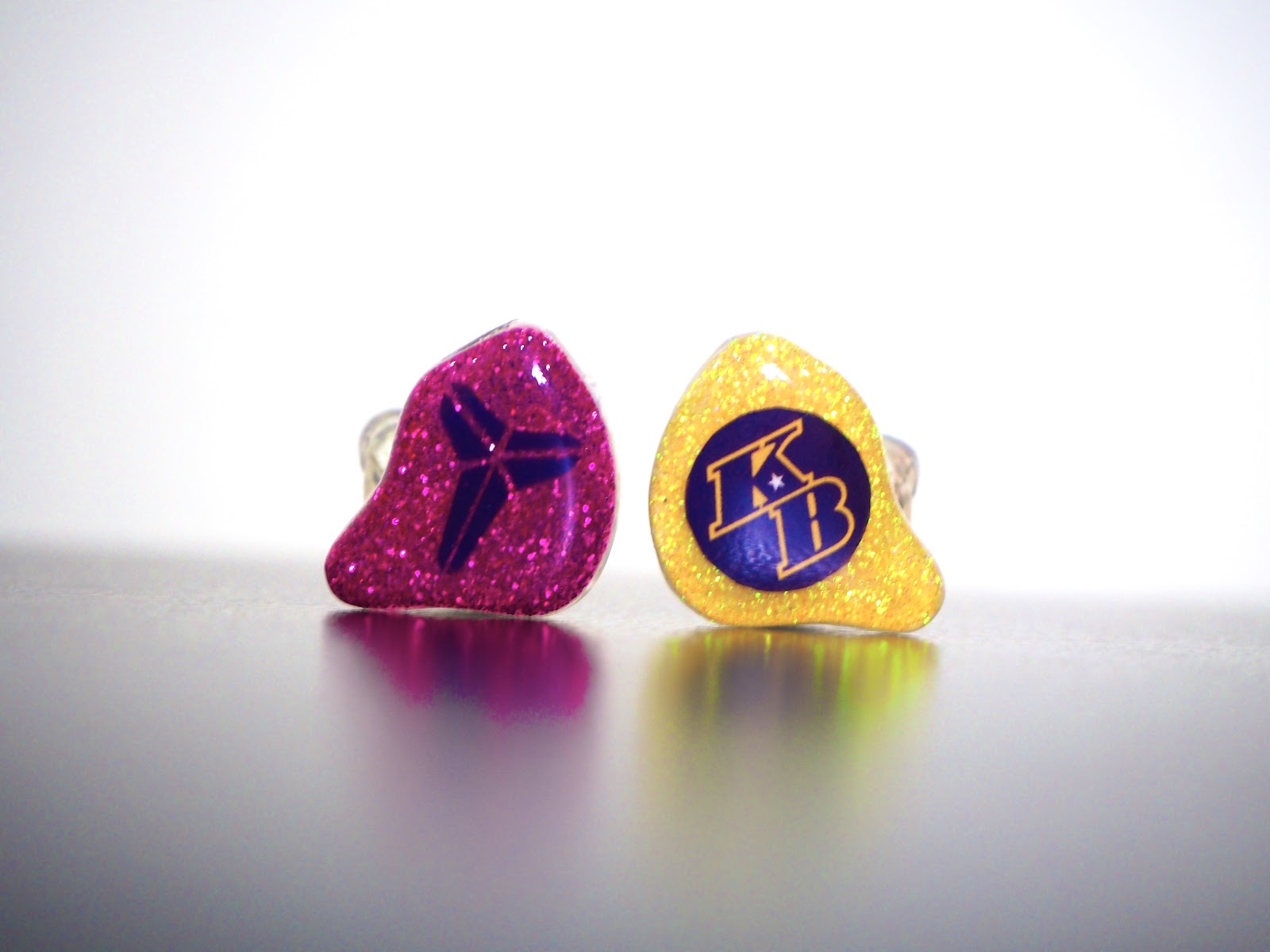
The overall physical appearance shows Avara Custom’s maturity in offering CIEM services. The shell is in a custom-like shape, which offers good isolation. The build is, indeed, excellent. It does not give me the fragile feel that an entry level Chi-Fi normally offers.
Avara Neo utilizes a 0.78mm non-recessed 2-pin connector. This makes cable rolling an easy task. I’ve been playing with different cables during the review period. The nozzle is in a single bore with a metal grill design. The bore is slightly wider so tips rolling might not be as easy as cable rolling. Fortunately, the stock ear tips are high quality. I didn’t need to explore other alternatives to provide a better fit.
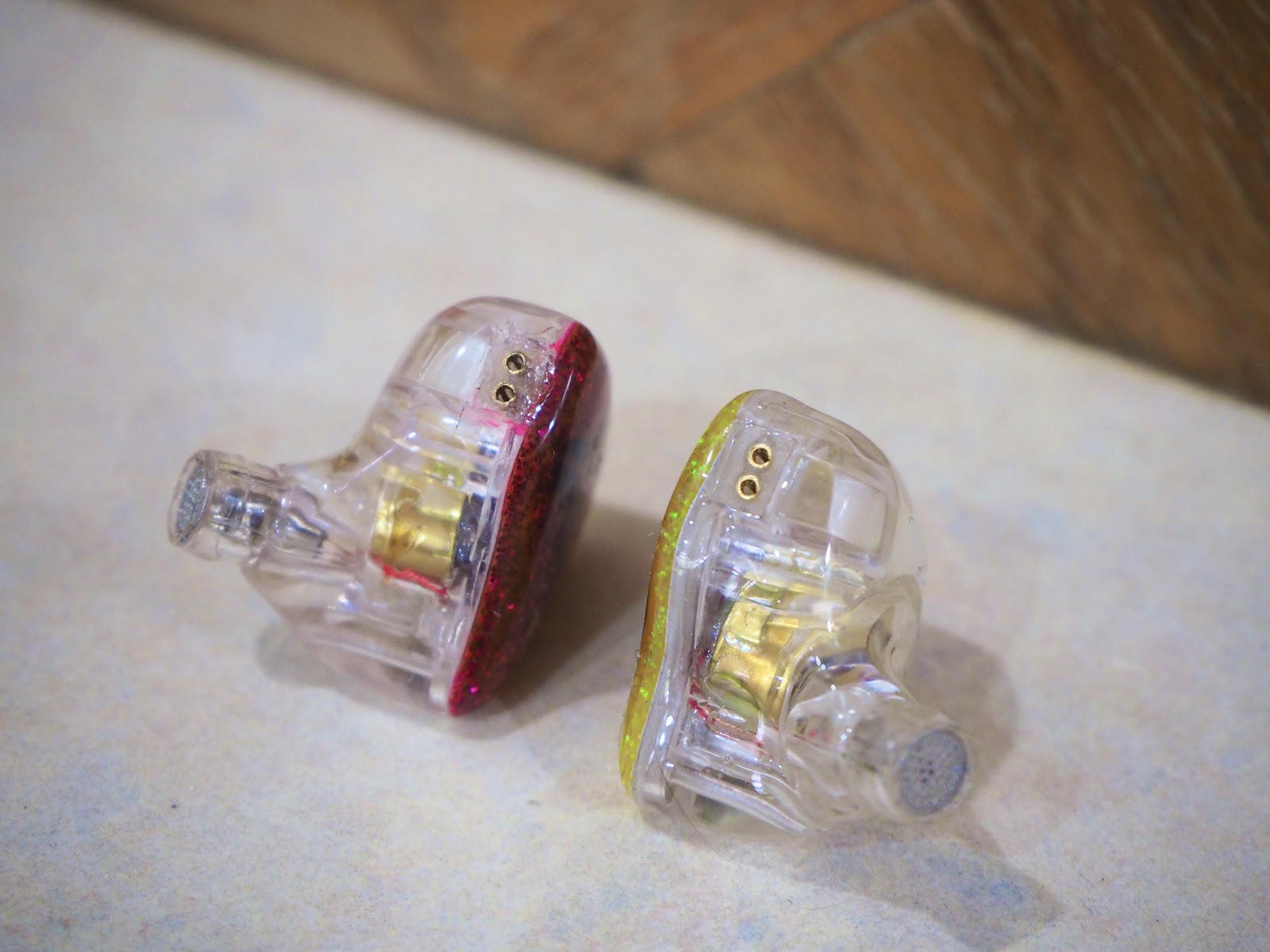

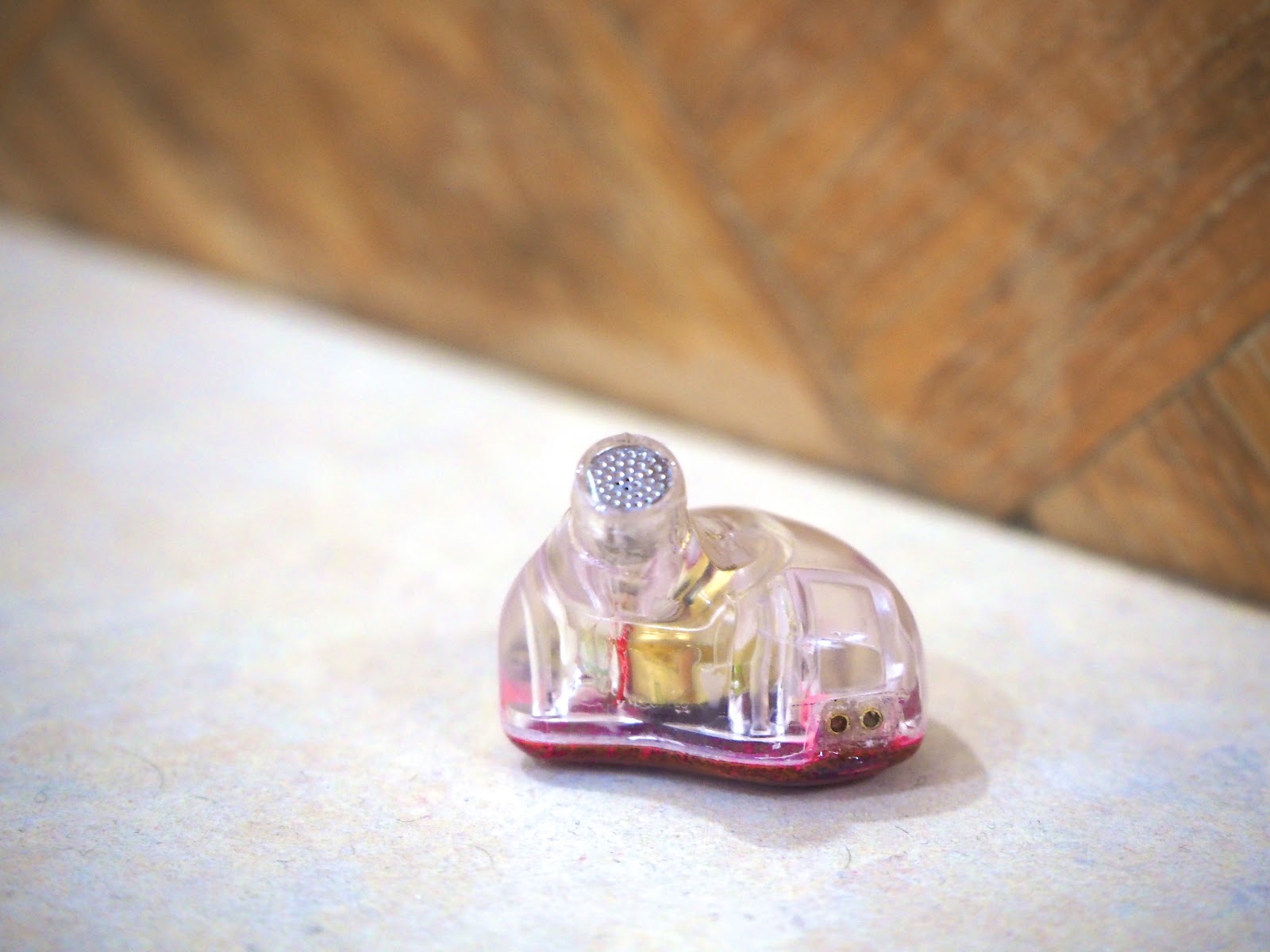
The stock cable is a four-core braided cable as mentioned in the unboxing section. It’s machine braided, so it’s neat and firm. There is minimum microphonics as the cable is soft. Avara Custom’s logo is printed on the 3.5mm unbalanced jack. There’s a strain relief to improve the durability of the cable at the jack. Moving up, the cable comes with a heat-shrink ear guide which helps the cable to stay behind users’ ears.
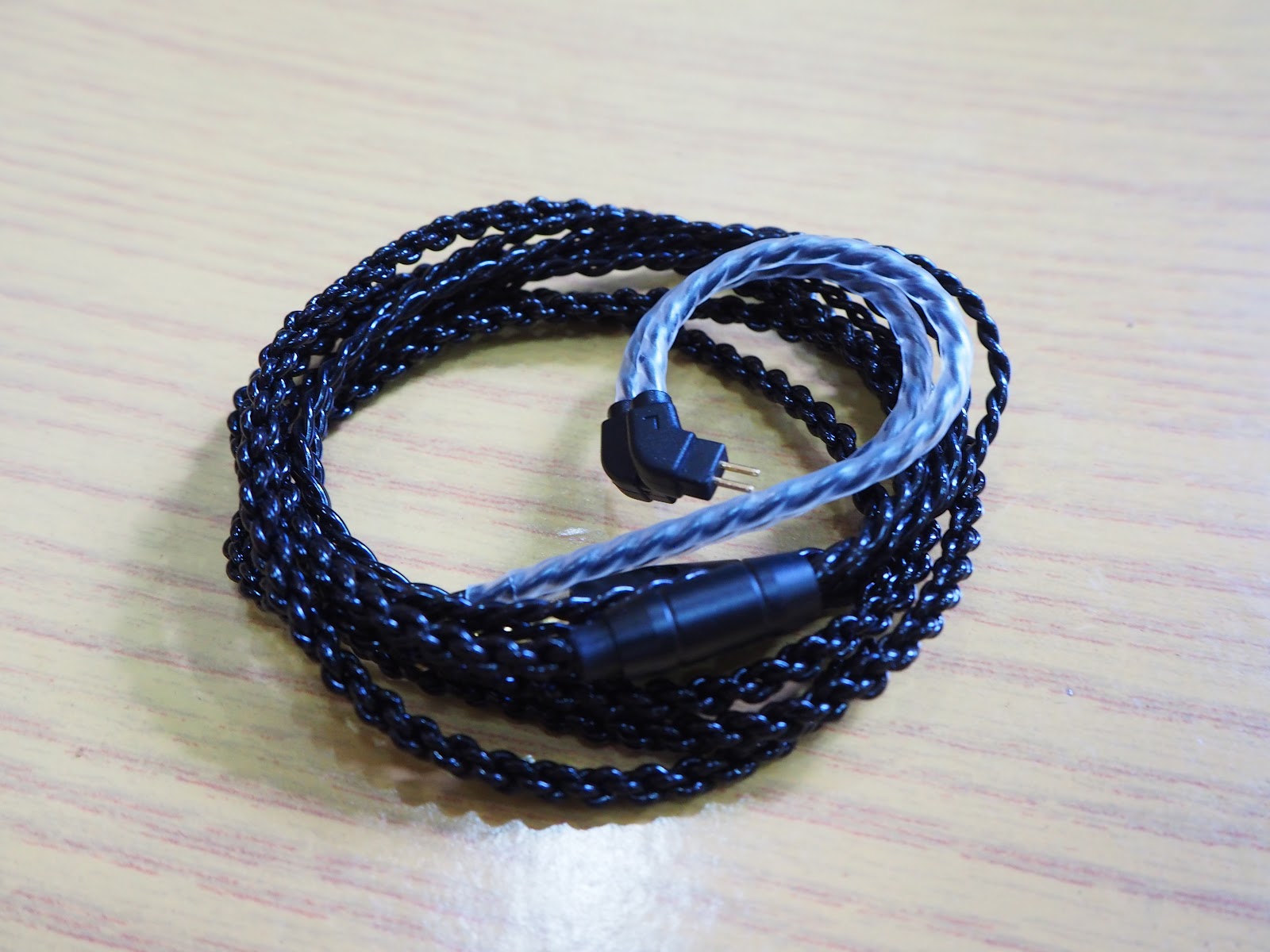
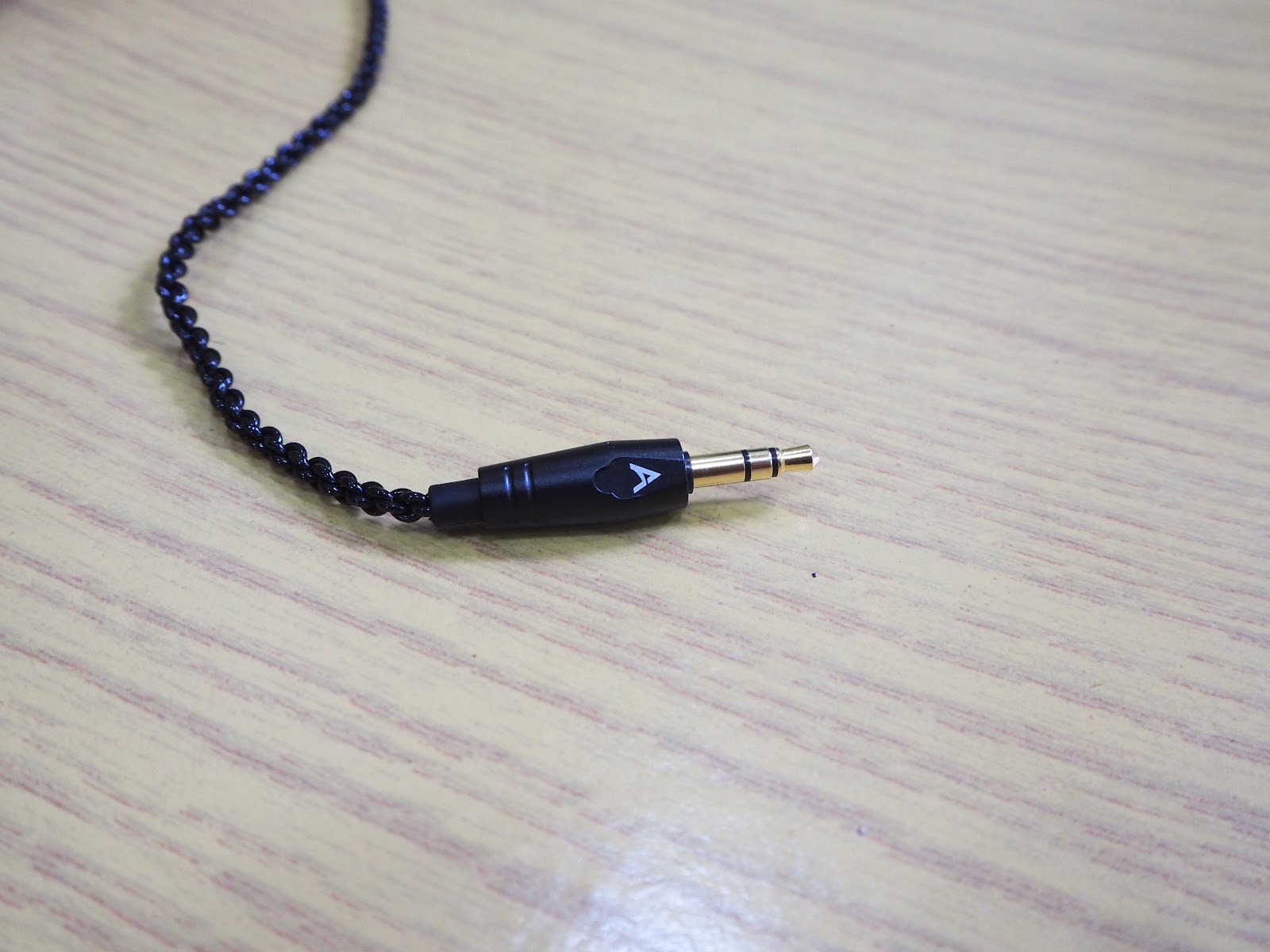
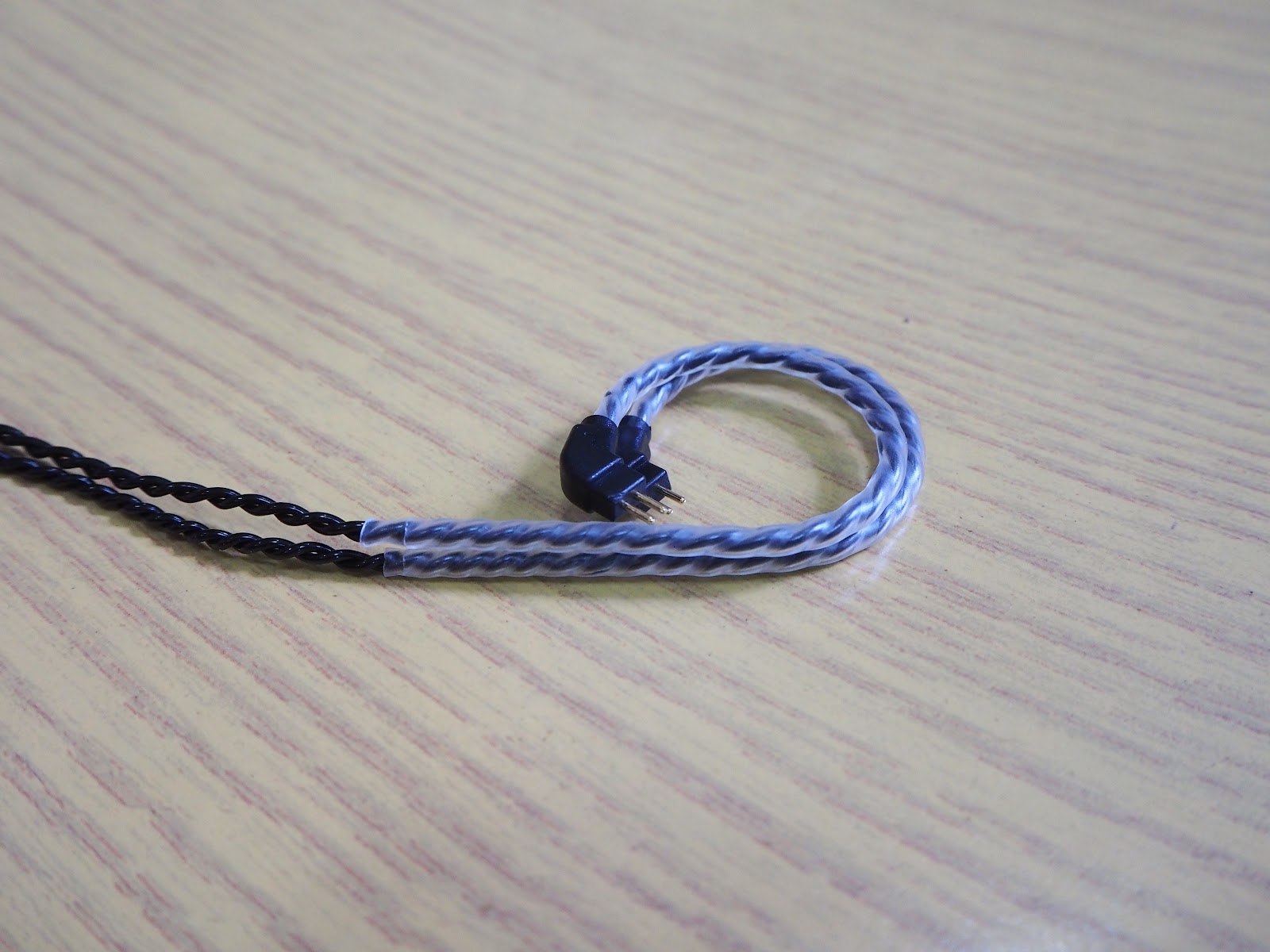
Fit and Isolation
With a custom-like shell, Avara Neo gives me an above average isolation. The high quality silicone ear tips provided in the box helps to block out most of the noise from surrounding sound. I was using it as my commuting companion in this review period. I was able to submerge myself in a sea of music without being affected by the hustle and bustle from this busy city.
There is a vent on the internal side of the shell to address the dynamic driver flex. This is a smart design by putting the vent on the internal as opposed to the external side because it minimizes outside noise.
Driver flex is when the driver bends due to the pressure of air against it. Usually, it occurs when you're inserting the IEM into your ear and air in the shell creates pressure to bend the driver.

Sound Analysis
To provide an accurate analysis on sonic performance of Avara Neo, I paired the stock cable and ear tips with one of my current reference digital audio players (DAPs), iBasso DX220 which is loaned to me from Zeppelin and Co.
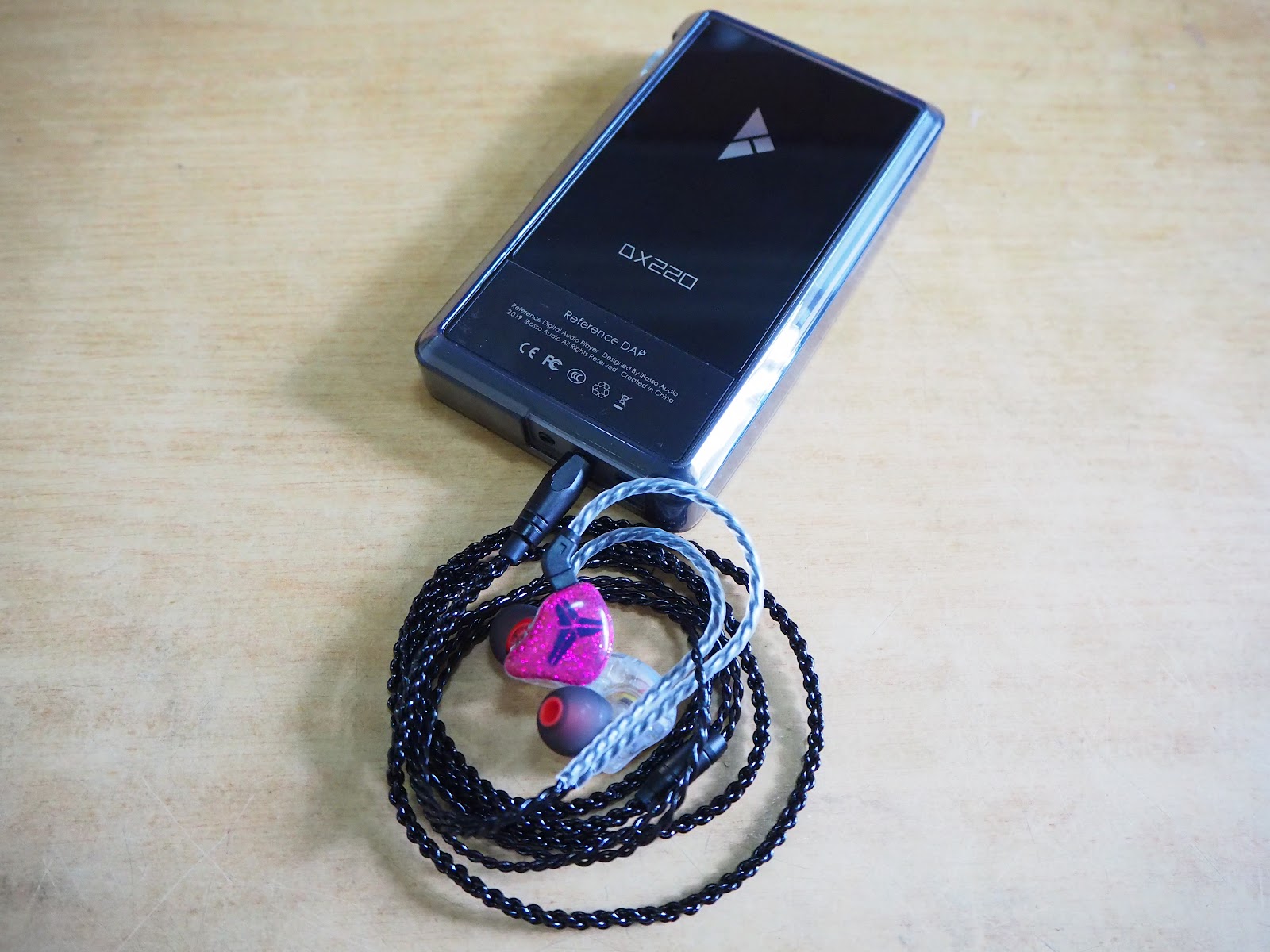
Driverability
While I can’t find information on its impedance and sensitivity, based on my pairing with DAPs and smartphones, Avara Neo is an easy-driven IEM. You don’t need a powerful source to make the Neo sing. This further makes it a suitable model for entry-level audiophiles who mainly rely on smartphones as music sources.
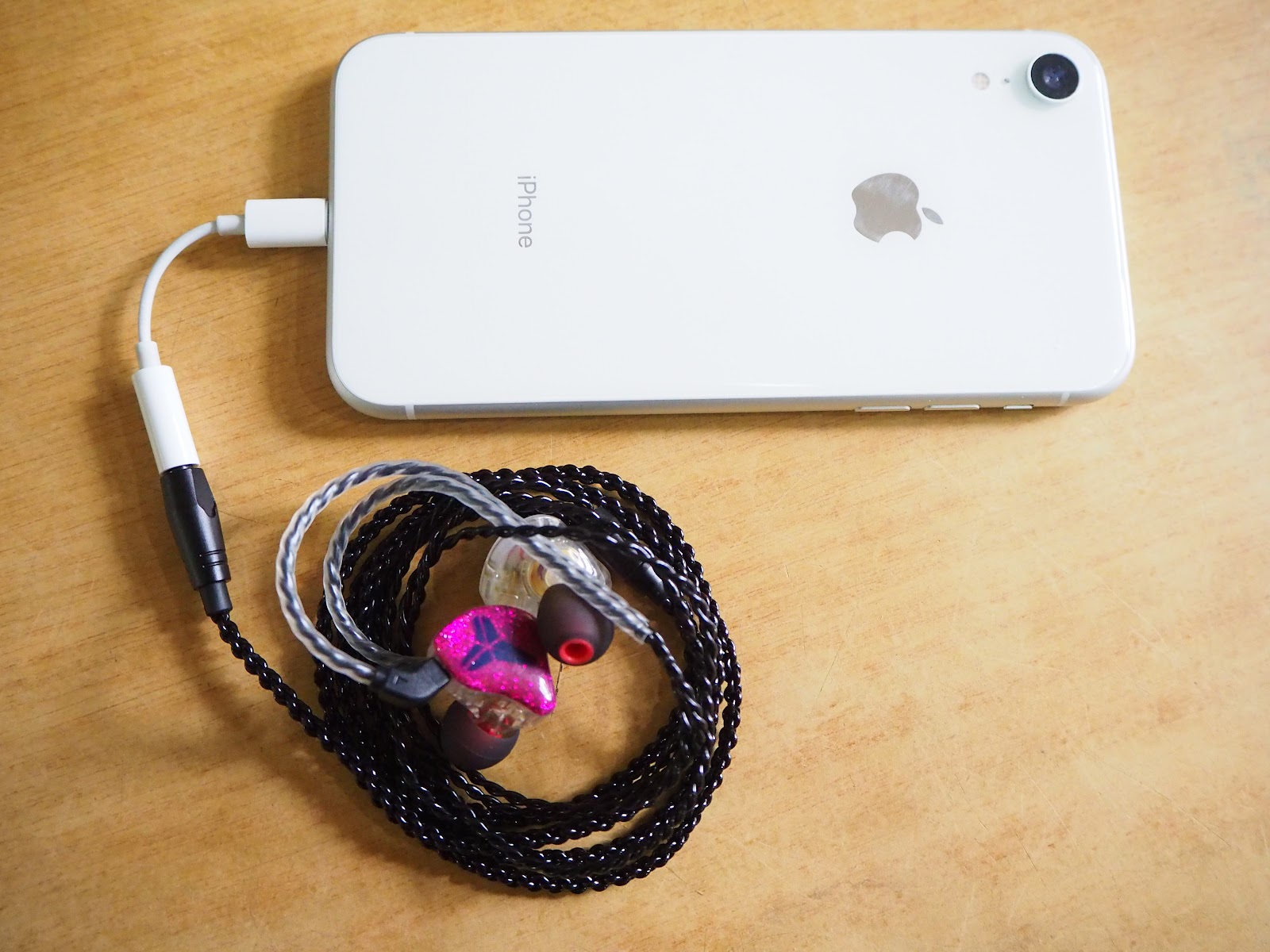
Sound Signature and Soundstage
The sound signature of Avara Neo is on the brighter side. It has a very detailed presentation. The attack and decay speed are fast compared to other models within the price range of USD$100.
[bq]This makes Neo unique because the general tuning trend in this price range is to make the IEMs as fun as possible - to the extent that details can be compromised. A lot of them are in the V-shaped sound signature.[/bq]
The soundstage of Neo is average for both the X and Y-axis. On the X-axis, the presentation can be too forward and aggressive in some of the tracks. This could cause some fatigueness. The depth and height is sufficient, but I would appreciate it more if it could extend more on both sides - having a more three-dimensional stage. The current profile is linear.

Lows
The lows of Avara Neo are lean. It has a fast attack and decay - faster than most dynamic drivers. This yields a very accurate and precise presentation. This could be one of the highest quality basses that I have experienced in the USD$100 range; I’m impressed by its precision! The sub-bass has a good extension; it punches energetically.
The mid-bass is shy compared to the sub-bass. This tuning makes space for a smooth transition from lows to mids with minimum bleeding. Avara Neo is precisely tuned - every note stays in the respective frequency spectrum.
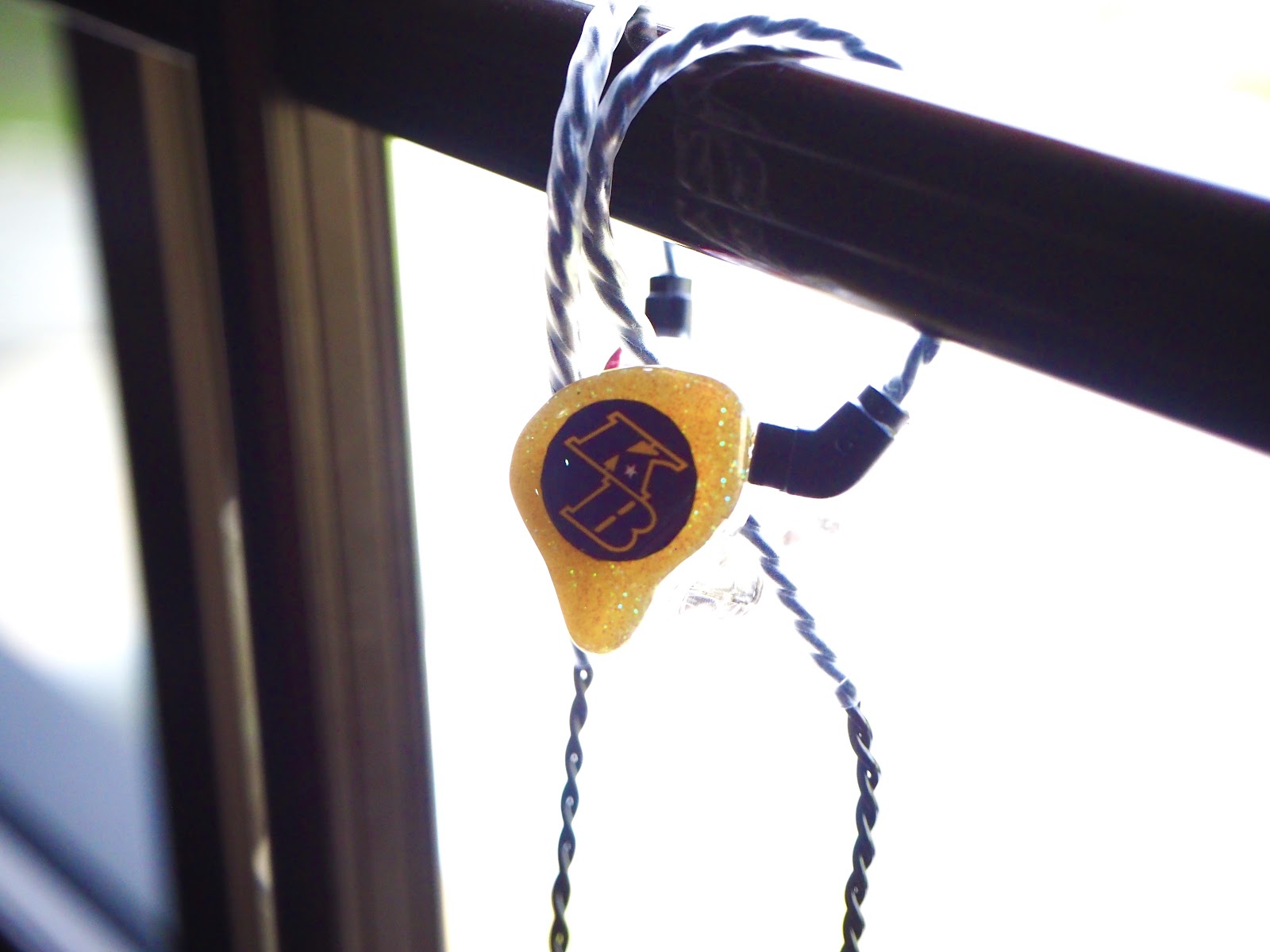
Mids
To analyse the mids of the Avara Neo, I will separate it to two significantly different portions - lower and higher. The lower mids are polite and shy, having the same profile of Neo’s mid-bass. Those male vocals with lower pitch sound recessed. Despite being recessed, the presentation is still of high quality. They sound breathy because of the space created from the shy mid-bass. It’s not congested in this spectrum.
Moving to the higher mids, it starts to be more energetic compared to the lower mids. Female vocals sound forward. Listening to Adele, Neo delivers the presentation just as if Adele is singing right beside you. However, it might be a little shrill. I prefer to have a distance so I can feel the whole stage.
Despite the positioning being a little forward, the female vocals sound sweet and airy. Adele’s vocals are produced accurately even in high frequency; the extension is managed well.

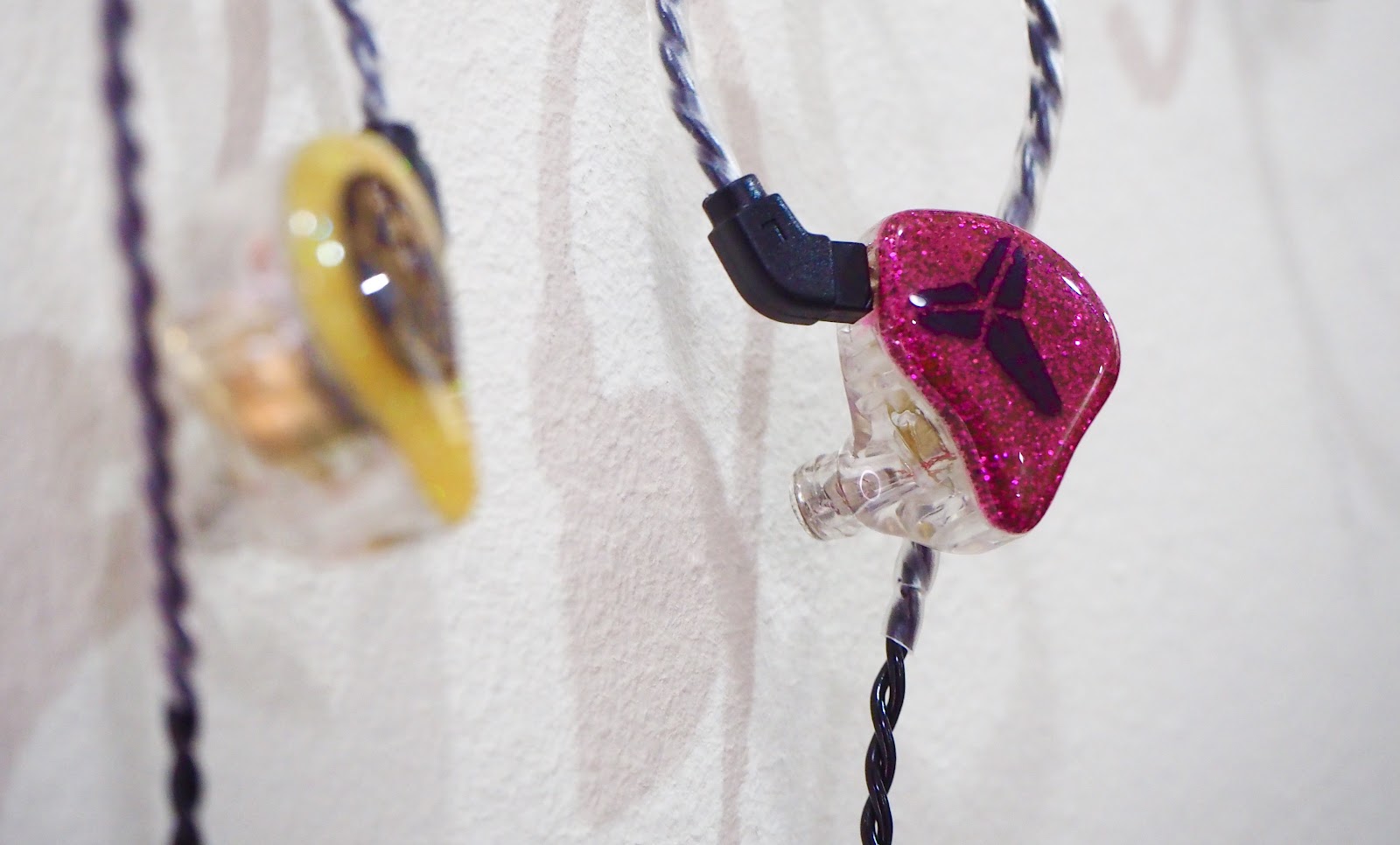
Highs
The highs of the Neo are the star of the overall presentation. They sparkle and shine. However, it is at the line between being too bright and just right. It could cause some fatigueness for those who have lower tolerance towards highs. The highs have a good amount of energy and it’s more forward in terms of positioning compared to the lows.
I’m a bright sound signature lover so this is not an issue for me.
Neo is able to produce guitar pluckings and cymbal crushings accurately. The presentation is very lively. It has good extension and is well-controlled. There is no distortion in the roll-off. This is a deal breaker for a lot of entry level IEMs, where the roll-off of the highs is not properly managed, causing distortion. This, again, makes Neo a strong contestant in this price range.

Verdict
The Avara Neo is a great choice for entry-level audiophiles who are looking for affordable and customizable IEMs. I’m happy to see that customization is now accessible to almost everyone in the audiophile industry. I hope to see this feature become more and more accessible to all audiophiles - no matter their budget.
The customizable faceplate is definitely not the only unique selling point of Neo. A unique tuning that focuses on details makes Neo a strong contestant in the price range of USD$100. Avara Neo is retailing at USD$40 and customization will be charged separately based on the chosen design. You can purchase it from Avara Custom’s official website.
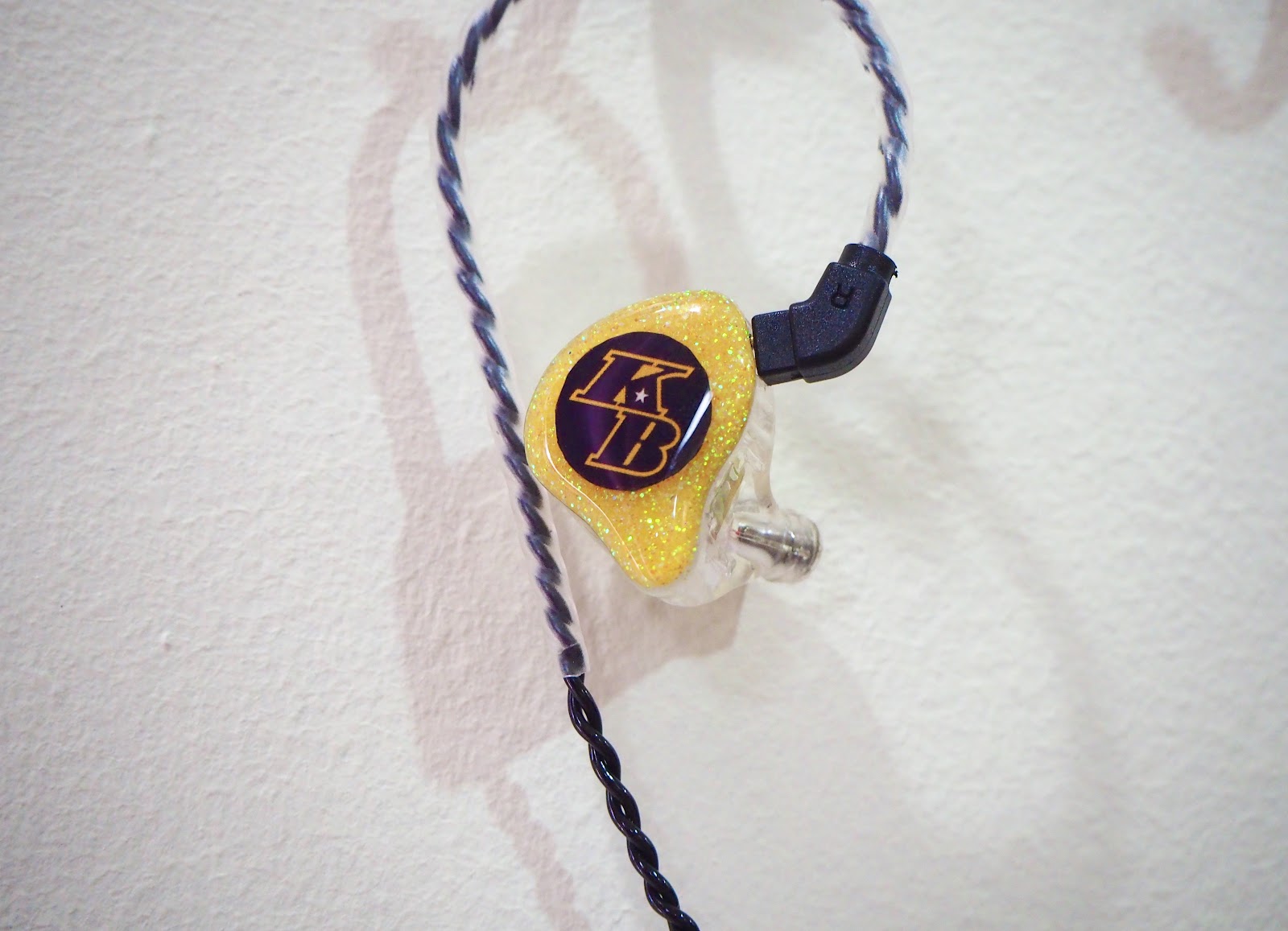
After a few years of dedication in shaping the Indonesian Custom in-ear monitor (IEM) market, Avara Custom decided to launch Avara NEO, the world’s first pair of truly customizable universal in-ear monitors (UIEMs).
Thank you, Alvon, founder of Avara Custom, for bringing me the Avara Neo IEMs from Surabaya, Indonesia. They were provided to me free of charge in exchange for my honest review and opinion.
Introduction
Being an avid audiophile, the owner of Jaben Indonesia (an audio retailer since 2009), and the founder of Avara Custom, Alvon spotted the need for improvement in Indonesia’s audiophile market - a locally made, customizable and affordable line-up. Since then, he has been researching and developing custom IEM (CIEM) markets in Indonesia.
With his experience in retailing many major brands of headphones and IEMs in Indonesia, he truly understands the features necessary for a pair of well-received earphones - from sonic performance to physical appearance.
Avara Custom is his proposed solution to improving the Indonesian market - providing affordable CIEMs to musicians and audiophiles. His idea was well-received locally and he even took it one step further - presenting the brand to global platforms. His creativity does not stop here. Avara Neo, the first truly customizable UIEM is another approach from him to cater those with stricter budgets.
Customization is no longer a privilege only for those with a deeper pocket. Everyone can customize with enablement from Avara Neo. Let’s take a look at my pair!
Unboxing
The unboxing experience for Avara Neo is pleasant and colorful. It comes in a purple paper box. On top of the box, there is the tagline “The First Fully Customized Universal Earphone from Indonesia” - the fact that makes Avara Neo special.
Opening the box, users will find a quality control (QC) card to prove that this particular pair of IEMs is checked before shipping. Besides that, there is a brochure included in the box to explain the uniqueness of Neo to new-comers. Underneath, there is a semi-hard zip case.
Opening the zip case, I found my customized Avara Neo. I will elaborate more on the design and customization process later in this article. The stock cable and ear tips are included in the case, too. Very simple - no flash in terms of accessories provided. You receive what you require. There are three pairs of different-sized silicone ear tips. A braided, four wired 3.5mm unbalanced terminated cable is provided as the stock.
Technical Specification
- Driver configuration: Single dynamic driver (lows) and single balance precision balanced armature (BA) driver (highs) with true crossover
- Input Connector : 1/8” (3.5mm), Gold Plated
- Impedance: Unknown
- Frequency Response: Unknown
Customization
I have some experience with online IEM builders for various brands; but Avara Custom provided one of the most user-friendly. Customization is rarely that easy!
The customization process is as easy as “abc” - simply visit IEM builder on Avara Custom’s official website and choose your country’s currency.
There are several faceplates you can choose from to make your IEMs unique. Some of them are complimentary, while some “premium” faceplates are an additional charge. I chose Glitter Yellow (right IEM) and Glitter Purple (left IEM) for my faceplates. It cost an additional USD$14 per side. I also requested to insert artwork on both sides of my IEMs which cost USD$7 per side. After the process was complete, the final amount charged was USD$82.
USD$82 for customized hybrid IEMs - not that expensive, right? Customization is no longer a dream for entry-level audiophiles.
Build
I was impressed by the build of Neo upon receiving them. My design was transferred to Neo flawlessly - a memorial for the late National Basketball Association (NBA) superstar, Kobe Bryant. I inserted the “Black Mamba” logo and the Kobe Bryant Memorial logo on each side of my Neo. The purple and yellow faceplates indicate the colour of Los Angeles Lakers (LAL), the team that Kobe played for.
This is my last respect to my NBA idol. Rest in peace, Kobe. We will remember you, forever.
The overall physical appearance shows Avara Custom’s maturity in offering CIEM services. The shell is in a custom-like shape, which offers good isolation. The build is, indeed, excellent. It does not give me the fragile feel that an entry level Chi-Fi normally offers.
Avara Neo utilizes a 0.78mm non-recessed 2-pin connector. This makes cable rolling an easy task. I’ve been playing with different cables during the review period. The nozzle is in a single bore with a metal grill design. The bore is slightly wider so tips rolling might not be as easy as cable rolling. Fortunately, the stock ear tips are high quality. I didn’t need to explore other alternatives to provide a better fit.
The stock cable is a four-core braided cable as mentioned in the unboxing section. It’s machine braided, so it’s neat and firm. There is minimum microphonics as the cable is soft. Avara Custom’s logo is printed on the 3.5mm unbalanced jack. There’s a strain relief to improve the durability of the cable at the jack. Moving up, the cable comes with a heat-shrink ear guide which helps the cable to stay behind users’ ears.
Fit and Isolation
With a custom-like shell, Avara Neo gives me an above average isolation. The high quality silicone ear tips provided in the box helps to block out most of the noise from surrounding sound. I was using it as my commuting companion in this review period. I was able to submerge myself in a sea of music without being affected by the hustle and bustle from this busy city.
There is a vent on the internal side of the shell to address the dynamic driver flex. This is a smart design by putting the vent on the internal as opposed to the external side because it minimizes outside noise.
Driver flex is when the driver bends due to the pressure of air against it. Usually, it occurs when you're inserting the IEM into your ear and air in the shell creates pressure to bend the driver.
Sound Analysis
To provide an accurate analysis on sonic performance of Avara Neo, I paired the stock cable and ear tips with one of my current reference digital audio players (DAPs), iBasso DX220 which is loaned to me from Zeppelin and Co.
Driverability
While I can’t find information on its impedance and sensitivity, based on my pairing with DAPs and smartphones, Avara Neo is an easy-driven IEM. You don’t need a powerful source to make the Neo sing. This further makes it a suitable model for entry-level audiophiles who mainly rely on smartphones as music sources.
Sound Signature and Soundstage
The sound signature of Avara Neo is on the brighter side. It has a very detailed presentation. The attack and decay speed are fast compared to other models within the price range of USD$100.
[bq]This makes Neo unique because the general tuning trend in this price range is to make the IEMs as fun as possible - to the extent that details can be compromised. A lot of them are in the V-shaped sound signature.[/bq]
The soundstage of Neo is average for both the X and Y-axis. On the X-axis, the presentation can be too forward and aggressive in some of the tracks. This could cause some fatigueness. The depth and height is sufficient, but I would appreciate it more if it could extend more on both sides - having a more three-dimensional stage. The current profile is linear.
Lows
The lows of Avara Neo are lean. It has a fast attack and decay - faster than most dynamic drivers. This yields a very accurate and precise presentation. This could be one of the highest quality basses that I have experienced in the USD$100 range; I’m impressed by its precision! The sub-bass has a good extension; it punches energetically.
The kick disappears fast - it’s touch and go.
The mid-bass is shy compared to the sub-bass. This tuning makes space for a smooth transition from lows to mids with minimum bleeding. Avara Neo is precisely tuned - every note stays in the respective frequency spectrum.
Mids
To analyse the mids of the Avara Neo, I will separate it to two significantly different portions - lower and higher. The lower mids are polite and shy, having the same profile of Neo’s mid-bass. Those male vocals with lower pitch sound recessed. Despite being recessed, the presentation is still of high quality. They sound breathy because of the space created from the shy mid-bass. It’s not congested in this spectrum.
I listened to Westlife and Backstreet Boys albums continuously and loved how Avara Neo presents the male vocals.
Moving to the higher mids, it starts to be more energetic compared to the lower mids. Female vocals sound forward. Listening to Adele, Neo delivers the presentation just as if Adele is singing right beside you. However, it might be a little shrill. I prefer to have a distance so I can feel the whole stage.
Despite the positioning being a little forward, the female vocals sound sweet and airy. Adele’s vocals are produced accurately even in high frequency; the extension is managed well.
Highs
The highs of the Neo are the star of the overall presentation. They sparkle and shine. However, it is at the line between being too bright and just right. It could cause some fatigueness for those who have lower tolerance towards highs. The highs have a good amount of energy and it’s more forward in terms of positioning compared to the lows.
I’m a bright sound signature lover so this is not an issue for me.
Neo is able to produce guitar pluckings and cymbal crushings accurately. The presentation is very lively. It has good extension and is well-controlled. There is no distortion in the roll-off. This is a deal breaker for a lot of entry level IEMs, where the roll-off of the highs is not properly managed, causing distortion. This, again, makes Neo a strong contestant in this price range.
Verdict
The Avara Neo is a great choice for entry-level audiophiles who are looking for affordable and customizable IEMs. I’m happy to see that customization is now accessible to almost everyone in the audiophile industry. I hope to see this feature become more and more accessible to all audiophiles - no matter their budget.
The customizable faceplate is definitely not the only unique selling point of Neo. A unique tuning that focuses on details makes Neo a strong contestant in the price range of USD$100. Avara Neo is retailing at USD$40 and customization will be charged separately based on the chosen design. You can purchase it from Avara Custom’s official website.
With the launch of Avara Neo, the expectation for a sub-USD$100 IEM is raised. I expect more from other manufacturers now. Neo is the new benchmark for this price range.
yong_shun
1000+ Head-Fier
Pros: Strong braid
Affordable price
Customizable (to certain extend)
Non-fatiguing
Good pairing to various sound signature
Preserve resolution
Soft and supple
Affordable price
Customizable (to certain extend)
Non-fatiguing
Good pairing to various sound signature
Preserve resolution
Soft and supple
Cons: None
Disclaimer
Thank you, Eric from Eletech for providing me the Fortitude in-ear monitors (IEMs) cable. It was provided to me in exchange for my honest review and opinion.
Introduction
Element Technology (Eletech) is an innovative driven cable artisan headquartered in Singapore. Co-Founded by Eric Chong, a prominent figure within the cable segment of Head-Fi industry alongside materials specialist Wang, an incredible talent in the arts of materials engineering whom have been experimenting with cable crafts for decades. Eletech is the platform wherein the pair explores unconventional approaches to developing the zenith of cables though the perfect synergy of musicality, technology, design and innovation.
Eric Chong has been deeply involved with the IEM cable industry segment for the better parts of 5 years while being an industry veteran for the past decade. He has collated various forms of limitations that cable manufacturers have encountered that has steered themselves away from a breakthrough of current bottleneck. Eletech therefore adopted a community-driven approach that is reinforced by a global mindset and talents to their R&D ensuring that the products and innovation shall always stay at the forefront of the industry while maintain excellent transparency. Eletech has also forged various vital connections with IEM & DAP manufacturers, constantly collecting feedback as to ensure that our products are in perfect synergy with the industry key leader's products.
'Fortitude' is designed with a completely fresh philosophy and offers excellent ergonomics, a perfect tinge of warmth with undeniable vocals solvency. It's unique geometry combined with a Type 4-Litz set up enables the Copper to offer excellent staging precision unlike most coppers. Augmented by a Kevlar core, the "Fortitude" is resilient while ensuring the structural stability of extremely high strand counts.


Unboxing
The unboxing experience for Fortitude is rather satisfying. The cable is packed in a cloth pouch together with a leather cable management clip. Then the cloth pouch is stored in the black box with a card stating the specifications. You get all the information and accessories you need from the packaging.
Here're the photos:




Technical Specifications:
I have been buying and testing cables from different manufacturers since 2 years ago. The first aspect that comes to my mind when I am choosing the cable is the stiffness of the cable. I have almost zero tolerance towards a stiff cable that will knock on your body and create unbearable microphonics when you are moving around. This is why I gave up on ALO Audio Reference 8 despite having excellent sonic quality.
I am glad that Fortitude is soft and supple. The cable can be stored easily in my pelican case even without a cable management clip. This is how soft the cable is. When I am moving around, such as commuting, the cable did not produce significant microphonics due to the movement. This allowed me to enjoy my music even on the go.

Fortitude is a four wire braided cable. The braiding is neat and firm. I have some bad experience in braiding from some manufacturers such as Effect Audio. The braiding of my Origin and Ares II became loose after a few months. This made me frustrated. Based on the final work from Eletech, I believe Fortitude could last me longer, definitely longer than those loosely braided cables.
Moving to the hardware, I can feel the passionate and efforts from Eletech by the presentation. Grand, classy and extraordinary. Let's start from the audio jack. The audio jack utilized is designed and produced in-house by Eletech. Unlike mainstream cable manufacturers that use either outsourced audio jack or random "carbon-fiber" coated jack, Eletech came out with a specially designed jack. The rose gold metal is cut by CNC machine, I believe, which requires a significant amount of time and manpower to achieve such accurate and smooth surface.
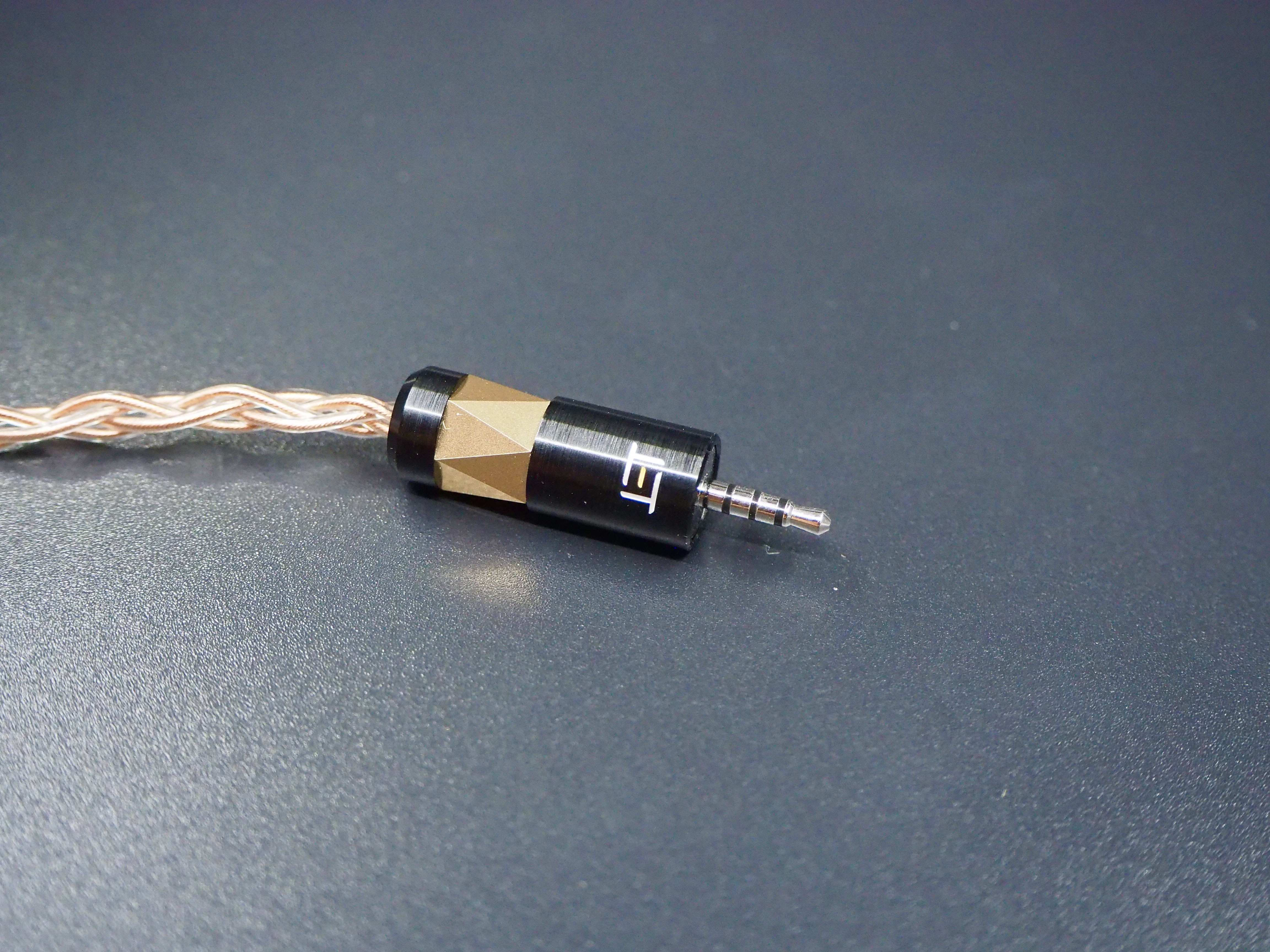
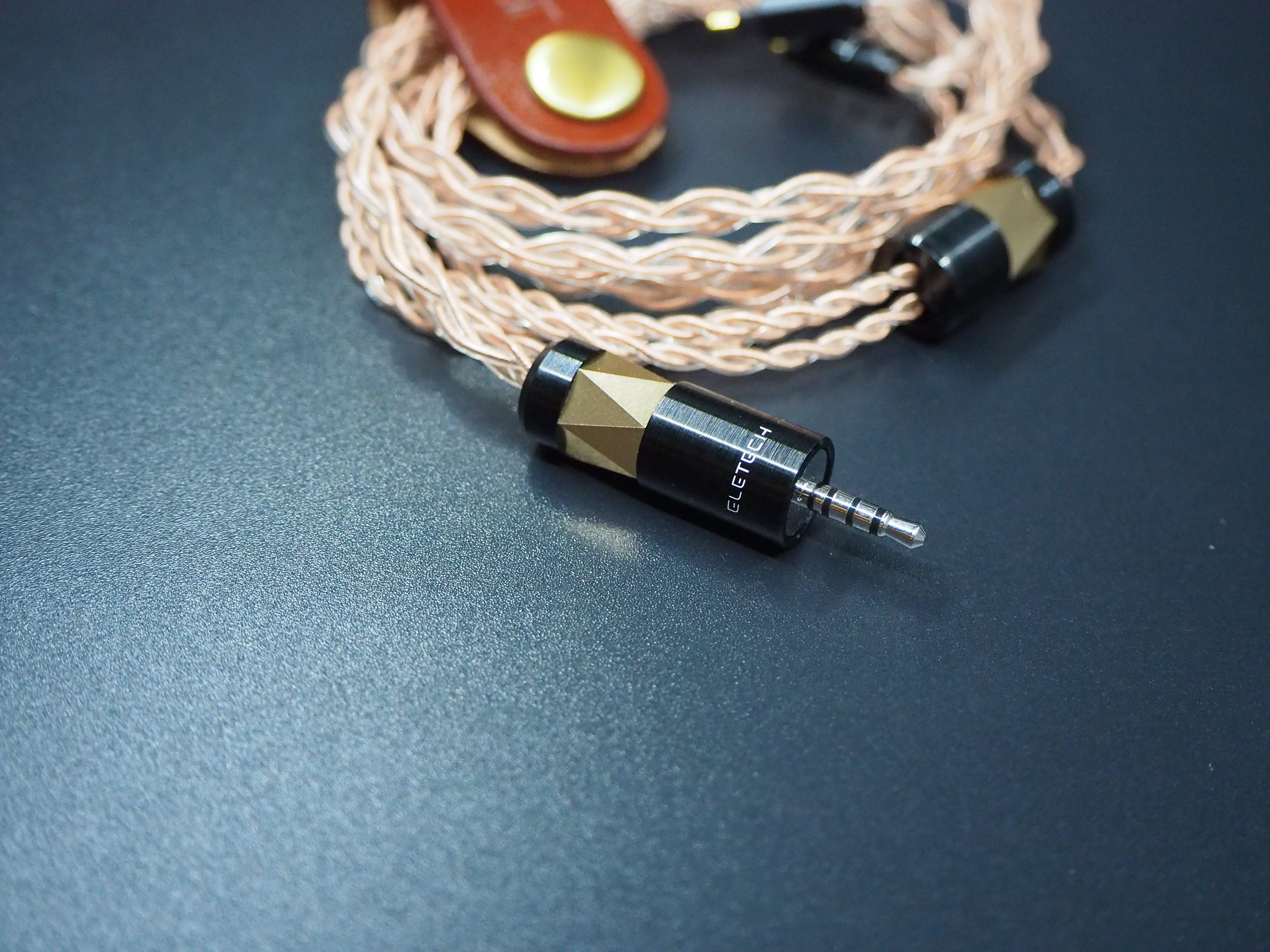
Moving to the splitter, the same design used in audio jack is used. I shall not elaborate more here. It makes the overall design uniform and neat. The 2-pin connector is nicely done. Similar to audio jack and splitter, the connector is designed and produced in-house by Eletech. Electech has high accuracy in getting the connector diameter right. I tested Fortitude on a few IEMs, be it recessed 2-pin or flat 2-pin, Fortitude can handle them accurately and precisely.



Sound Analysis
To analyse the sonic performance of Fortitude, a few IEMs had been chosen to pair with it:

Sound Signature
The sound signature of Fortitude is different from typical or mainstream copper cable. It does not have the scorching warm kind of sound signature. It is smooth, but at the same time preserve the details and resolution. I would say it found a balance between overly warm and overly analytical. This is a balance sounding copper cable, rare!
Pairing
1. Jomo Audio Haka
This is a pairing suggested by a fan during the launch event in Singapore. I did not get his name so if you are reading this and you are the one who suggested, please let me know. He is using a custom Haka and he bought Fortitude immediately after trying it at the launch event. Haka is my favorite single balanced armature (BA) driver IEM. It has very good neutrality across the whole frequency spectrum.
If you visited Jomo Audio website, there are two options available for you - with stock cable or Effect Audio Ares II. Indeed, Effect Audio Ares II is a great pairing with Haka and I mentioned it in my review. However, after pairing Haka with Fortitude, I changed my mind. Fortitude preserves the neutrality of Haka and give it additional synergy to bring out the resolution. The presentation is smoother without compromising details. This makes it different from Ares II pairing which boosted the bass and make it a more "bassy" IEMs.
One vote for this pairing!



2. Moondrop Blessing
In my review, I called Blessing as a baby Campfire Andromeda. It has a few characteristics which are similar to Andromeda - highly resolving, airy and sparkling. The lean body of Blessing makes the overall signature even closer to Andromeda. I have been looking for a good cable that able to thicken the body and smoothen the highs. I am glad that I met Fortitude.
With Fortitude paired, the overall sound signature is smooth. I can listen to it longer now without feeling fatigue due to the sparkling highs. This makes the presentation more neutral and natural. Analytical nature is reduced. The body is thicken at the same time. Now, I can listen to Jazz with my Blessing. Saxophone sounds realistic with the thickened body. The notes are delivered to my eardrums with more energy.
Another vote for this pairing!

3. Campfire Audio IO
The highly debated Campfire Audio IO had been selected to try the pairing. The lows and highs of IO is close to Andromeda, accurate and well extended. However, the weakness is at the mids, which I need the most as I listen to pop songs the most. The mids is somehow hollow and weak. This makes the overall presentation a little unnatural. I have been trying with a few cables to match with IO, the best I can get is using my Effect Audio Eros II. It does help but very minimum.
Putting on Fortitude to my IO, the vocals have a thicker body, just like what mentioned in the previous pairing with Blessing. The vocals are now more natural. Fortitude ability in preserving the tightness of bass makes it a more suitable candidate to stay with IO than Eros II. Thickening the mids without overly boosting the bass, this is an ideal situation which I always hoping and now I obtained. I am glad with it.
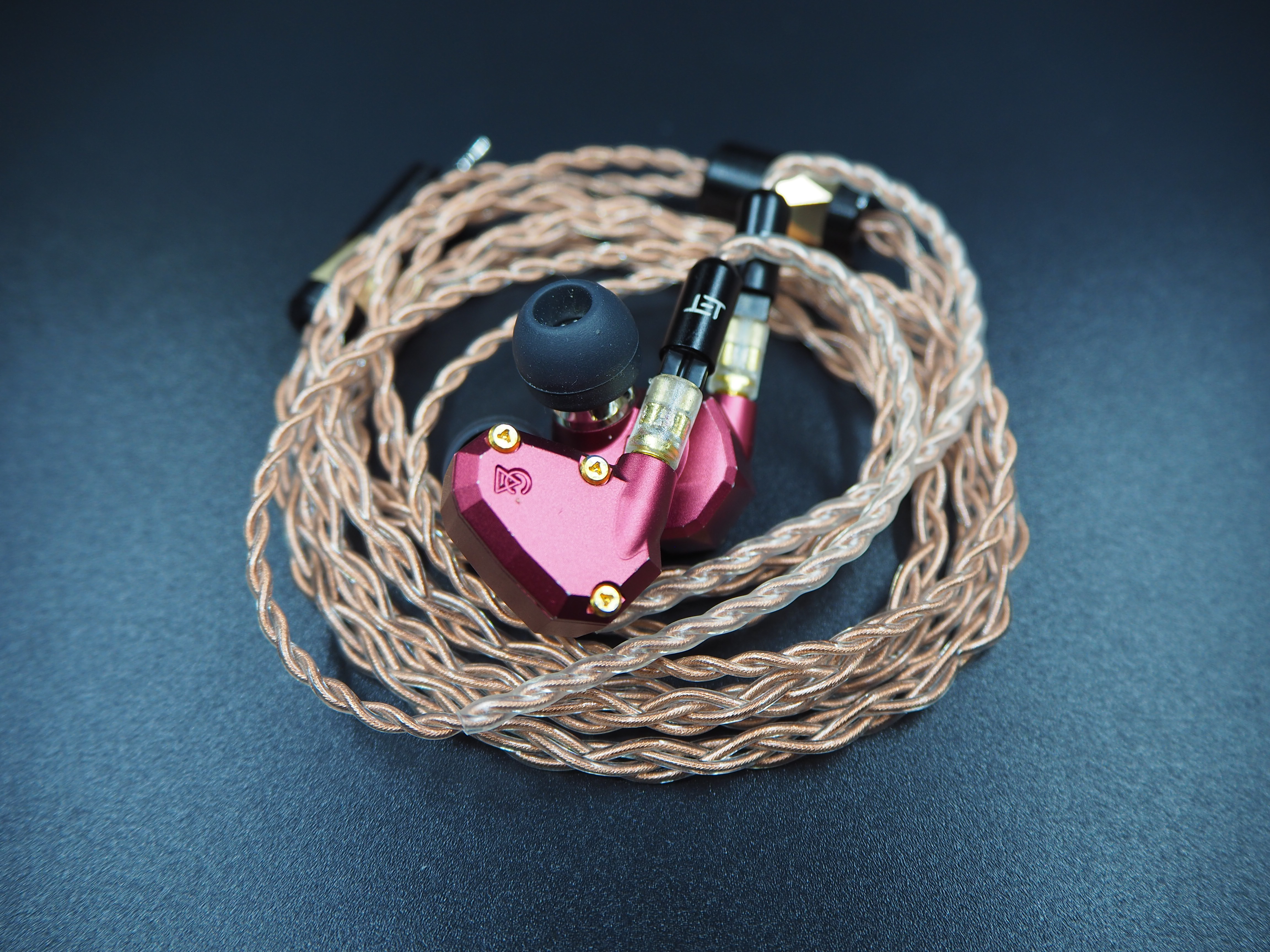
Conclusion
The Fortitude retails for USD$199. For those who are interested, you can get yours from following channels:
The release of Fortitude indeed created a challenge and a threat to those cable manufacturers already in the market. Personally, I would recommend Fortitude to be paired with a leaner sounding IEMs like Andromeda. Don't get me wrong, Fortitude can do different type of works besides pairing with a leaner sounding IEMs. It had proved itself by being a good pairing with Haka as well as IO which are having a different sound signature.
Thank you, Eric from Eletech for providing me the Fortitude in-ear monitors (IEMs) cable. It was provided to me in exchange for my honest review and opinion.
Introduction
Element Technology (Eletech) is an innovative driven cable artisan headquartered in Singapore. Co-Founded by Eric Chong, a prominent figure within the cable segment of Head-Fi industry alongside materials specialist Wang, an incredible talent in the arts of materials engineering whom have been experimenting with cable crafts for decades. Eletech is the platform wherein the pair explores unconventional approaches to developing the zenith of cables though the perfect synergy of musicality, technology, design and innovation.
Eric Chong has been deeply involved with the IEM cable industry segment for the better parts of 5 years while being an industry veteran for the past decade. He has collated various forms of limitations that cable manufacturers have encountered that has steered themselves away from a breakthrough of current bottleneck. Eletech therefore adopted a community-driven approach that is reinforced by a global mindset and talents to their R&D ensuring that the products and innovation shall always stay at the forefront of the industry while maintain excellent transparency. Eletech has also forged various vital connections with IEM & DAP manufacturers, constantly collecting feedback as to ensure that our products are in perfect synergy with the industry key leader's products.
'Fortitude' is designed with a completely fresh philosophy and offers excellent ergonomics, a perfect tinge of warmth with undeniable vocals solvency. It's unique geometry combined with a Type 4-Litz set up enables the Copper to offer excellent staging precision unlike most coppers. Augmented by a Kevlar core, the "Fortitude" is resilient while ensuring the structural stability of extremely high strand counts.


Unboxing
The unboxing experience for Fortitude is rather satisfying. The cable is packed in a cloth pouch together with a leather cable management clip. Then the cloth pouch is stored in the black box with a card stating the specifications. You get all the information and accessories you need from the packaging.
Here're the photos:




Technical Specifications:
- 26 AWG
- Flawless OCC Copper
- Extreme high strand counts
- Hybrid Type-4 Litz Geometry ; Kevlar Resilient Core
- Cryogenically Treated
- Eletech Customised connectors and Y-split
- Individually Enamelled strands
- FlexiMax Insulation™ (patent pending)
I have been buying and testing cables from different manufacturers since 2 years ago. The first aspect that comes to my mind when I am choosing the cable is the stiffness of the cable. I have almost zero tolerance towards a stiff cable that will knock on your body and create unbearable microphonics when you are moving around. This is why I gave up on ALO Audio Reference 8 despite having excellent sonic quality.
I am glad that Fortitude is soft and supple. The cable can be stored easily in my pelican case even without a cable management clip. This is how soft the cable is. When I am moving around, such as commuting, the cable did not produce significant microphonics due to the movement. This allowed me to enjoy my music even on the go.

Fortitude is a four wire braided cable. The braiding is neat and firm. I have some bad experience in braiding from some manufacturers such as Effect Audio. The braiding of my Origin and Ares II became loose after a few months. This made me frustrated. Based on the final work from Eletech, I believe Fortitude could last me longer, definitely longer than those loosely braided cables.
Moving to the hardware, I can feel the passionate and efforts from Eletech by the presentation. Grand, classy and extraordinary. Let's start from the audio jack. The audio jack utilized is designed and produced in-house by Eletech. Unlike mainstream cable manufacturers that use either outsourced audio jack or random "carbon-fiber" coated jack, Eletech came out with a specially designed jack. The rose gold metal is cut by CNC machine, I believe, which requires a significant amount of time and manpower to achieve such accurate and smooth surface.


Moving to the splitter, the same design used in audio jack is used. I shall not elaborate more here. It makes the overall design uniform and neat. The 2-pin connector is nicely done. Similar to audio jack and splitter, the connector is designed and produced in-house by Eletech. Electech has high accuracy in getting the connector diameter right. I tested Fortitude on a few IEMs, be it recessed 2-pin or flat 2-pin, Fortitude can handle them accurately and precisely.



Sound Analysis
To analyse the sonic performance of Fortitude, a few IEMs had been chosen to pair with it:
- Jomo Audio Haka (Neutral)
- Moondrop Blessing (Bright)
- Campfire Audio IO (U-Shaped)

Sound Signature
The sound signature of Fortitude is different from typical or mainstream copper cable. It does not have the scorching warm kind of sound signature. It is smooth, but at the same time preserve the details and resolution. I would say it found a balance between overly warm and overly analytical. This is a balance sounding copper cable, rare!
Pairing
1. Jomo Audio Haka
This is a pairing suggested by a fan during the launch event in Singapore. I did not get his name so if you are reading this and you are the one who suggested, please let me know. He is using a custom Haka and he bought Fortitude immediately after trying it at the launch event. Haka is my favorite single balanced armature (BA) driver IEM. It has very good neutrality across the whole frequency spectrum.
If you visited Jomo Audio website, there are two options available for you - with stock cable or Effect Audio Ares II. Indeed, Effect Audio Ares II is a great pairing with Haka and I mentioned it in my review. However, after pairing Haka with Fortitude, I changed my mind. Fortitude preserves the neutrality of Haka and give it additional synergy to bring out the resolution. The presentation is smoother without compromising details. This makes it different from Ares II pairing which boosted the bass and make it a more "bassy" IEMs.
One vote for this pairing!



2. Moondrop Blessing
In my review, I called Blessing as a baby Campfire Andromeda. It has a few characteristics which are similar to Andromeda - highly resolving, airy and sparkling. The lean body of Blessing makes the overall signature even closer to Andromeda. I have been looking for a good cable that able to thicken the body and smoothen the highs. I am glad that I met Fortitude.
With Fortitude paired, the overall sound signature is smooth. I can listen to it longer now without feeling fatigue due to the sparkling highs. This makes the presentation more neutral and natural. Analytical nature is reduced. The body is thicken at the same time. Now, I can listen to Jazz with my Blessing. Saxophone sounds realistic with the thickened body. The notes are delivered to my eardrums with more energy.
Another vote for this pairing!

3. Campfire Audio IO
The highly debated Campfire Audio IO had been selected to try the pairing. The lows and highs of IO is close to Andromeda, accurate and well extended. However, the weakness is at the mids, which I need the most as I listen to pop songs the most. The mids is somehow hollow and weak. This makes the overall presentation a little unnatural. I have been trying with a few cables to match with IO, the best I can get is using my Effect Audio Eros II. It does help but very minimum.
Putting on Fortitude to my IO, the vocals have a thicker body, just like what mentioned in the previous pairing with Blessing. The vocals are now more natural. Fortitude ability in preserving the tightness of bass makes it a more suitable candidate to stay with IO than Eros II. Thickening the mids without overly boosting the bass, this is an ideal situation which I always hoping and now I obtained. I am glad with it.

Conclusion
The Fortitude retails for USD$199. For those who are interested, you can get yours from following channels:
The release of Fortitude indeed created a challenge and a threat to those cable manufacturers already in the market. Personally, I would recommend Fortitude to be paired with a leaner sounding IEMs like Andromeda. Don't get me wrong, Fortitude can do different type of works besides pairing with a leaner sounding IEMs. It had proved itself by being a good pairing with Haka as well as IO which are having a different sound signature.
I would call Fortitude an all-rounder. Its outgoing characteristic make it a popular and well-received kids in this community!
G
grantr2
Thank you for your review. I just got into higher end IEMs and picked up a u12t. Heard how terrible the stock cable was, and how upgrading a cable can make all the difference. Based on your review, this cable seemed like a great value for the price as I was able to find an open box model on sale. Looking forward to trying it out once it comes in, thanks again for this great review!
Drock6
I also have the U12T. How did you like this as an upgrade cable for it?





















